t u d i o L A P R I M I T I V E

zine issue 58 september 2024

https://www.euanmacleod.com/



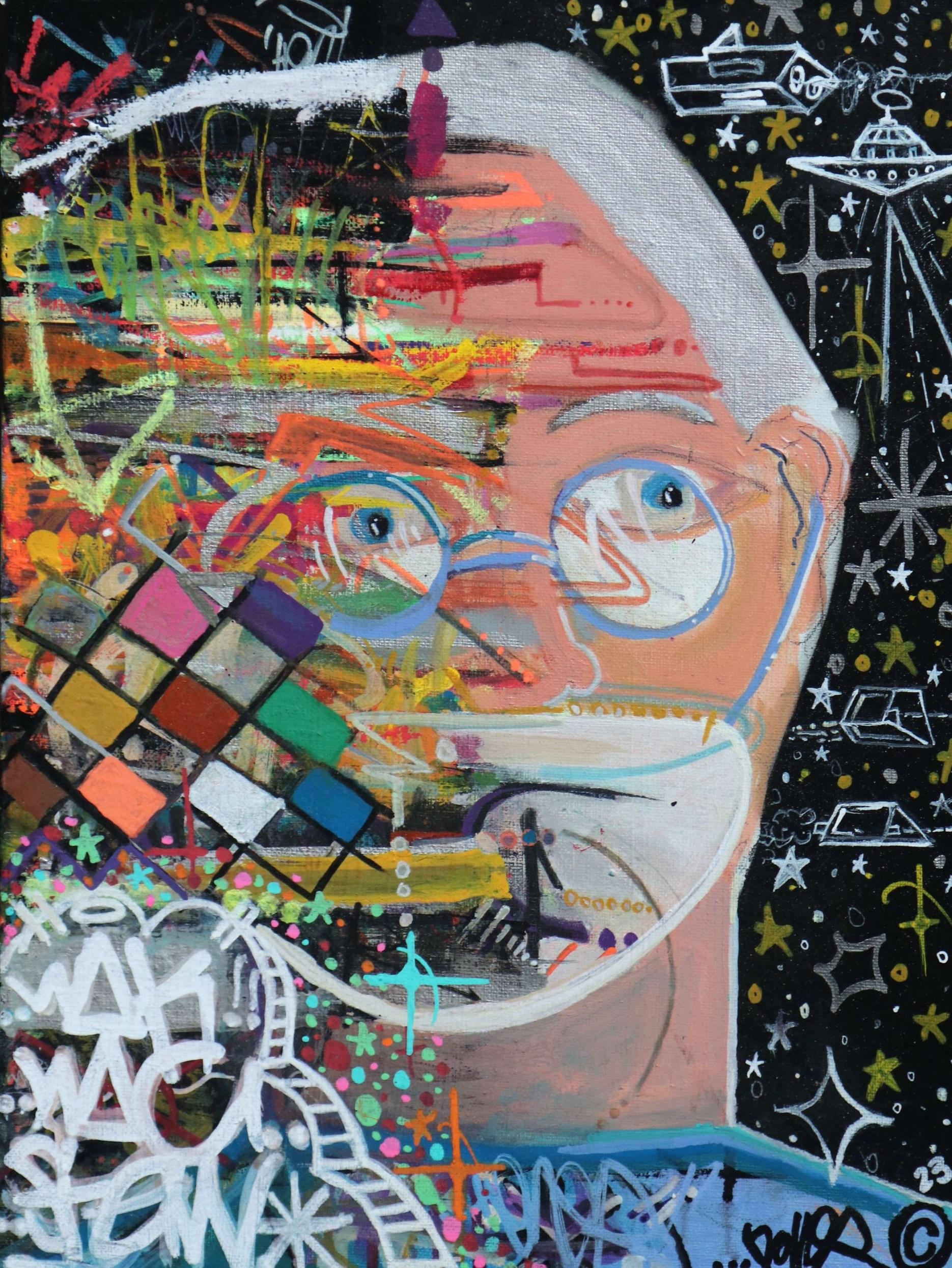

t u d i o L A P R I M I T I V E

zine issue 58 september 2024

https://www.euanmacleod.com/




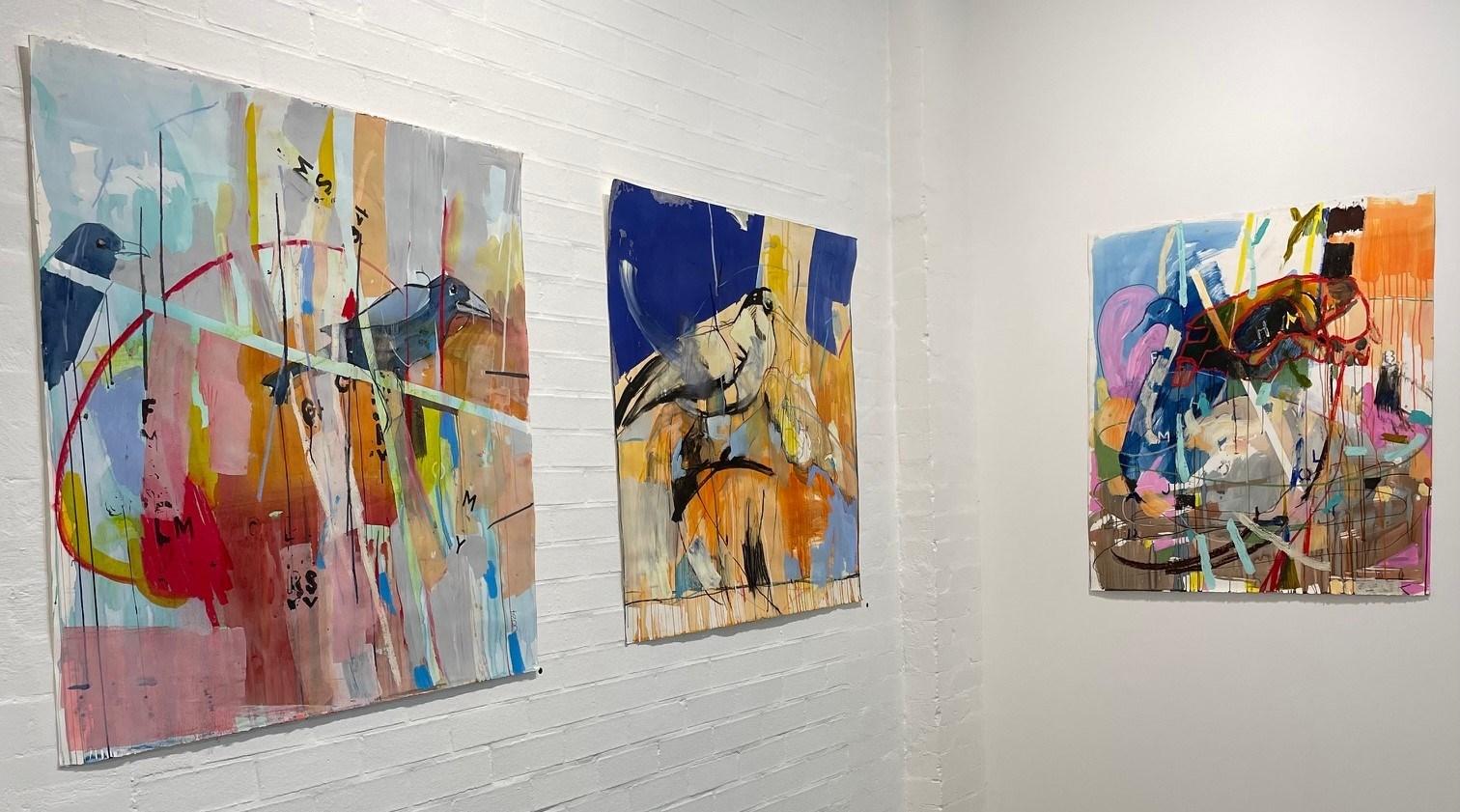
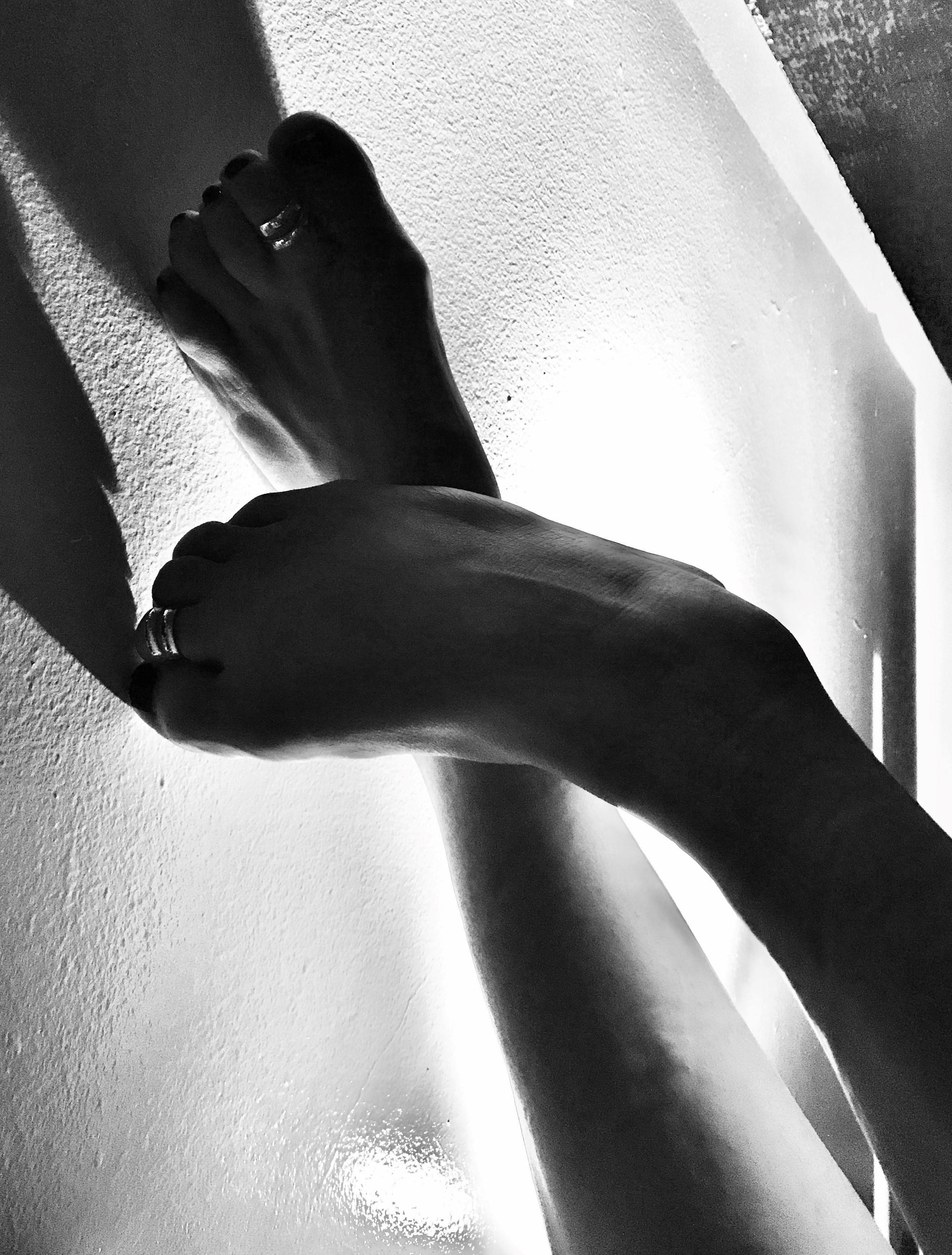
R E B E C C A P O T T E R
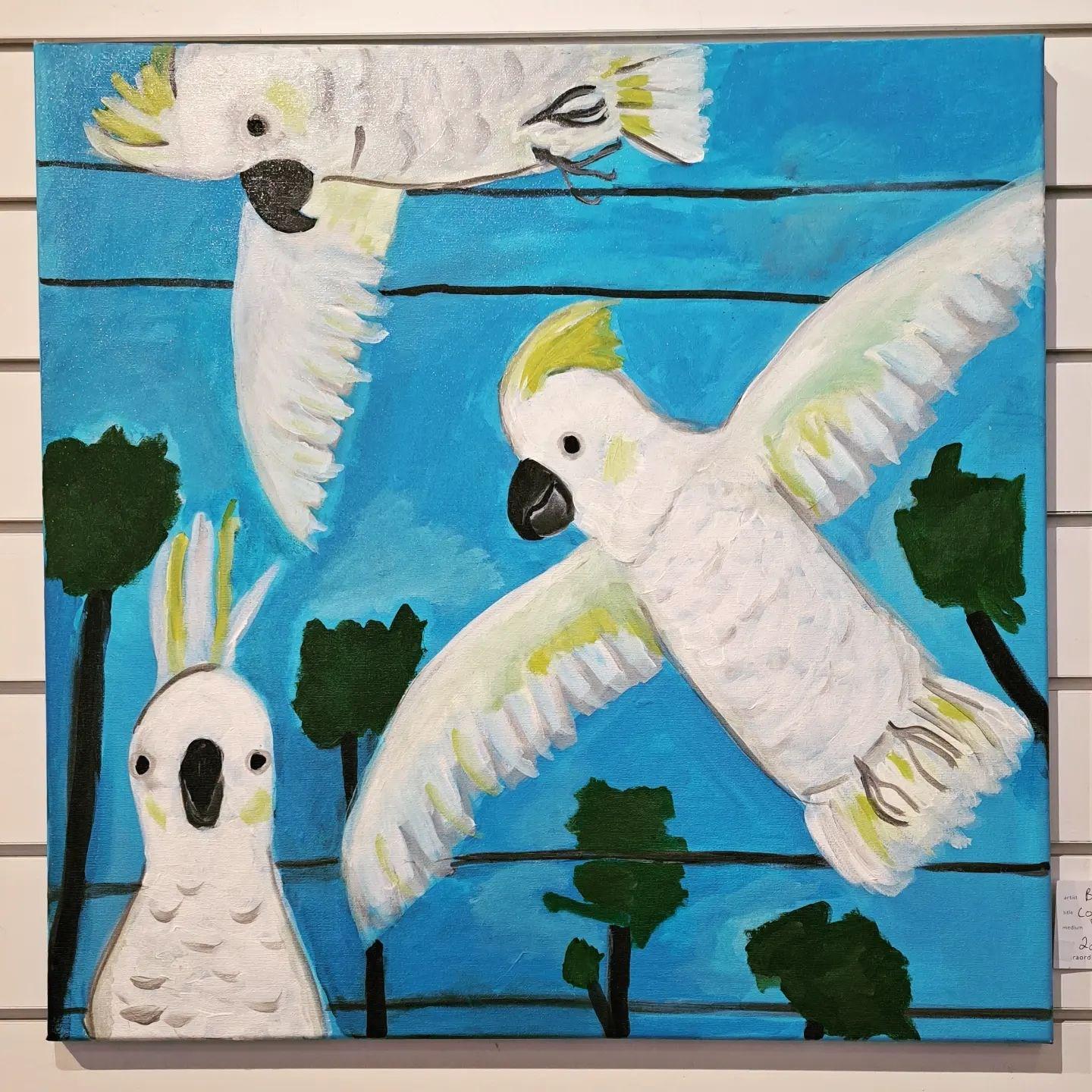
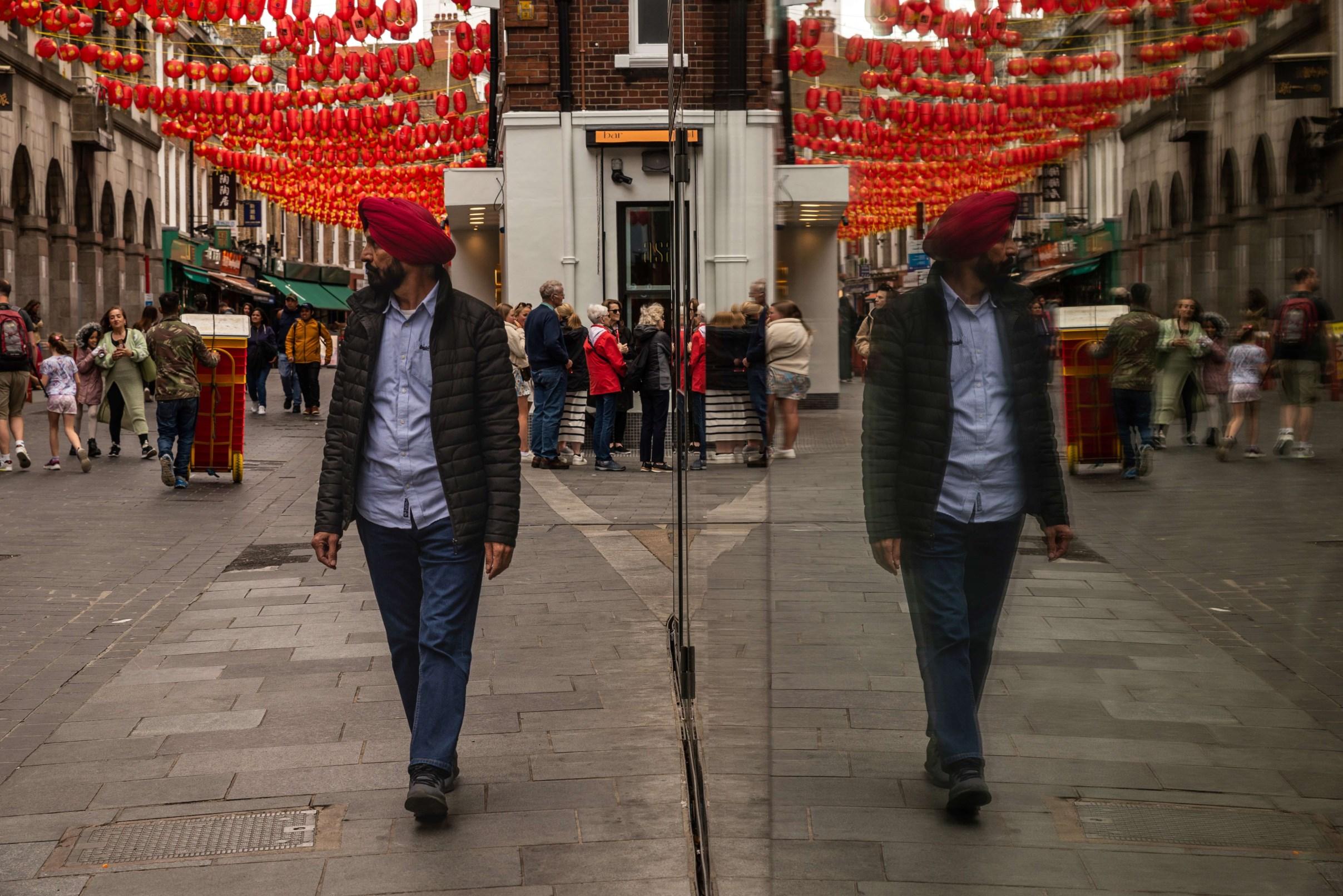

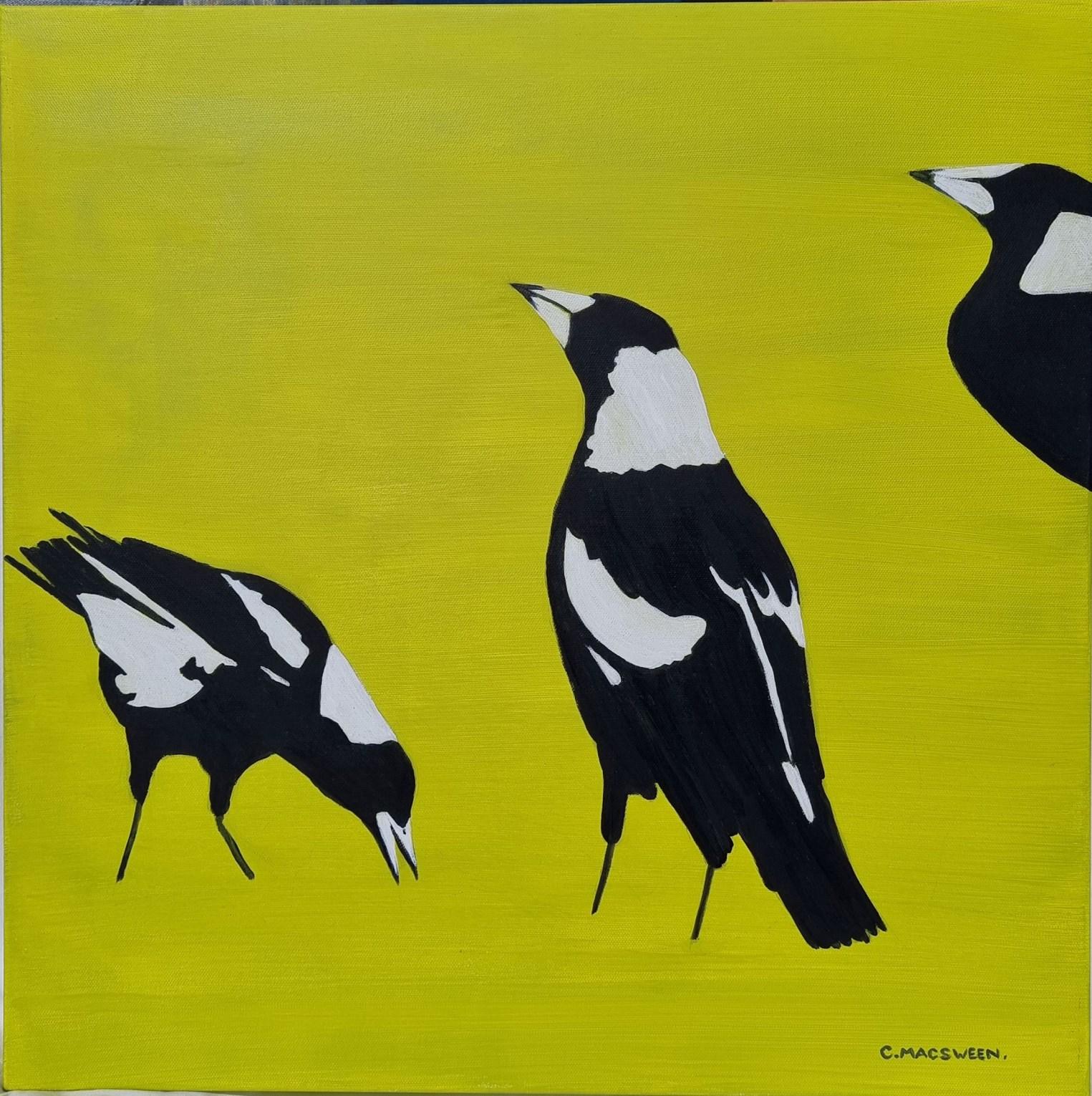
Euan Macleod
George Gittoes
Hellen Rose
Stephanie Galloway-Brown
Jill Orr
Craig Wiles
Rebecca Potter
Gresford Community Gallery
Maggie Hall
SEIGAR
Mark Tindall
Brad Evans
Pip Sheenan
Reese North
Peter J Brown
Eric Werkhoven
Robyn Werkhoven
Helene Leane
ADFAS Newcastle
Timeless Textiles
Barbara Nanshe
Back to Back Galleries
Straitjacket Gallery
Dungog by Design
Studio La Primitive
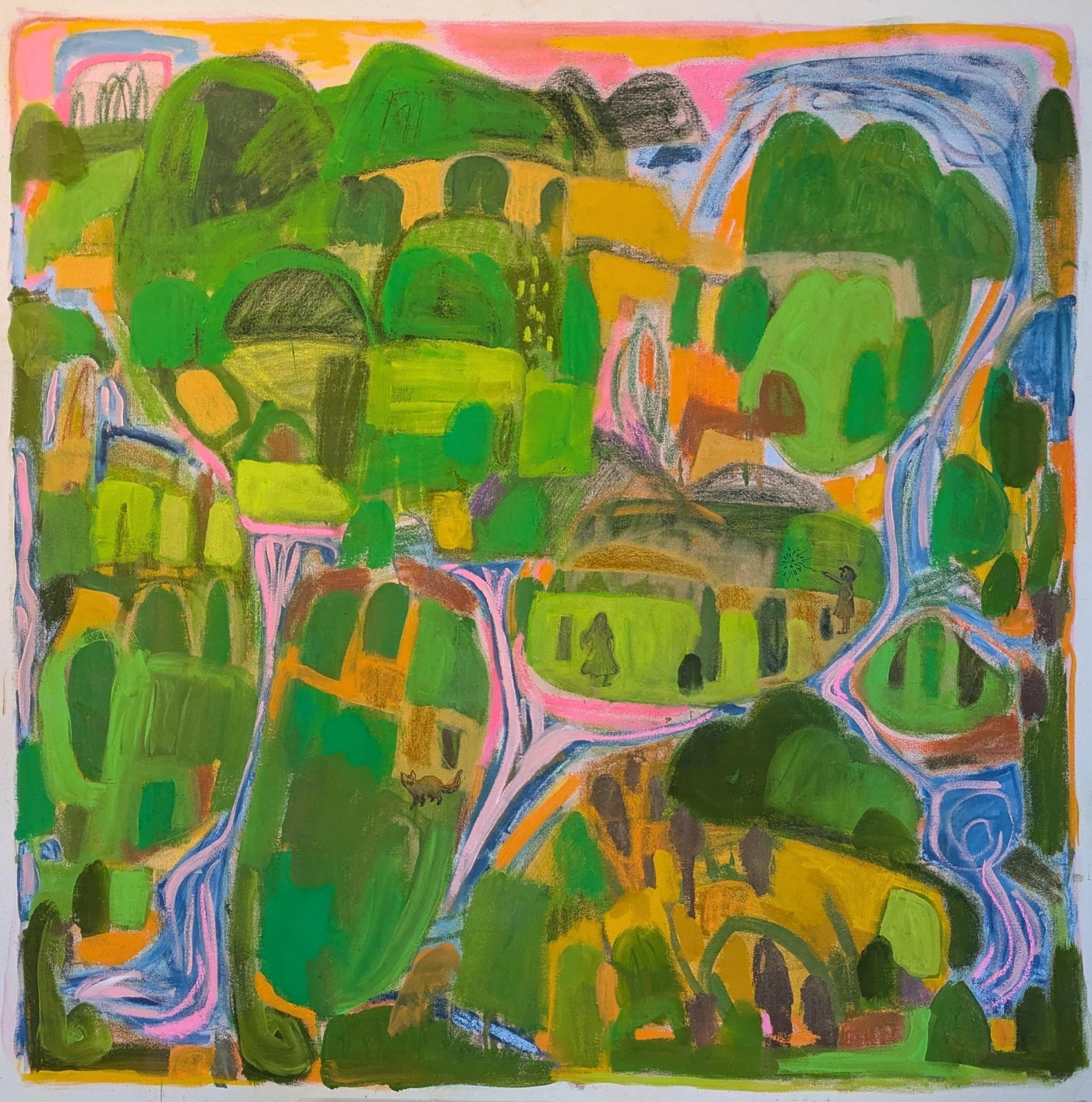
Greetings to ARTS ZINE readers, this is our September issue 58 for 2024.
The September issue includes an eclectic array of accomplished artists, photographers and writers.
Euan Macleod is one of Australia’s celebrated artists, known for his distinctive, richly textured and expressive landscape and figurative paintings.
Macleod has had over 50 solo shows in Australia and New Zealand and has taken part in numerous group exhibitions in Australia and internationally.
Renowned artist and award-winning film maker George Gittoes presents an engrossing article- Camel Milk from Peshawar, 7th August enroute to Afghanistan 2024.
The indomitable Hellen Rose, singer, performer and filmmaker presents an article - Poor Tom O Bedlam and the Fae Folk of St Kilda.
Stephanie Galloway-Brown is an Australian painter who has specialised in portrait commissions for over 20 years and contemporary lifestyle paintings.
Stephanie has been a Finalist in many major Australian art awards including Finalist in the Archibald 2024.
Based in Sydney, Abstract Expressionist artist Craig Wiles creates bold, energetic works, full of colour and elaborately layered imagery and meaning.
Accomplished artist Jill Orr lives and works in Newcastle, NSW. Orr is known for her expressive flower and nature paintings.
Artist Rebecca Potter lives and works in the rural shire of Dungog, NSW.
Rebecca enjoys working with a range of different mediums and subjects.
We have a special article on the new, contemporary Gresford Community Gallery that will be opening with a celebratory exhibition on the Saturday 28th September 2-4pm. in the charming rural village of East Gresford in the Hunter Valley NSW.
Artist and poet Maggie Hall presents another surreal and distinctive piece Industry.
Philosopher and musician Mark Tindall writes an article Encounters of The Newbie Kind - how do we view a work of art?
International, award-winning Spanish artist and photographer SEIGAR includes a series of photos – Tales of a City.
This month we introduce a new poet Pip Sheenan based in New Zealand.
Don’t miss out reading new works by resident poets Brad Evans, Reese North, Peter J Brown and Eric Werkhoven.
ART NEWS and information on forthcoming art exhibitions.
Submissions welcomed, we would love to have your words and art works in future editions in 2024.
Deadline for articles 15th October for November issue 59, 2024.
Email: werkhovenr@bigpond.com
Regards - your editor Robyn Werkhoven
S T U D I O L A P R I M I T I V E
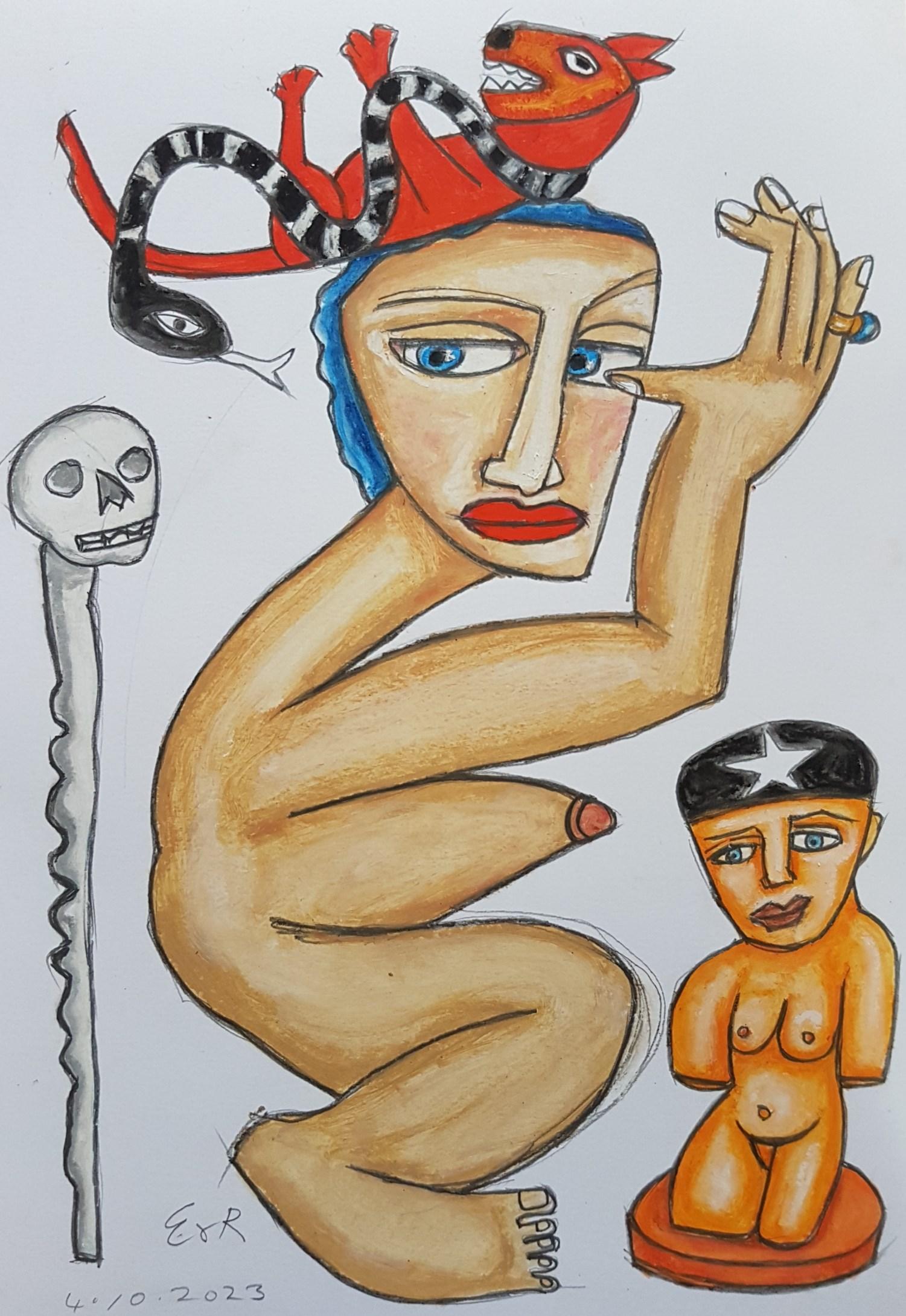

Euan Macleod is one of Australia’s celebrated artists, known for his distinctive, richly textured and expressive landscape and figurative paintings. Macleod has had over 50 solo shows in Australia and New Zealand and has taken part in numerous group exhibitions in Australia and internationally. His work is represented in many private and public collections, including Te Papa Museum, New Zealand, the National Gallery of Australia and the Metropolitan Museum, New York.
He has won a number of prizes including the Archibald Prize in 1999, the 2000 Tattersall’s Landscape Prize, the Sulman Prize in 2001, the Blake Prize for Religious Painting in 2006, the inaugural NSW Parliament Plein Air Painting Prize in 2008, the Gallipoli Art Prize and the Tattersall’s Landscape Prize in 2009, and the King’s School Art Prize in 2011.
In 2010 a monograph, Euan Macleod: the Painter in the Painting, written by Gregory O’Brien and published by Piper Press, was released. Macleod lives and works in Sydney.
In 2019 Macleod collaborated on High Wire, a book of drawings and words, with Lloyd Jones. It was published in 2020.

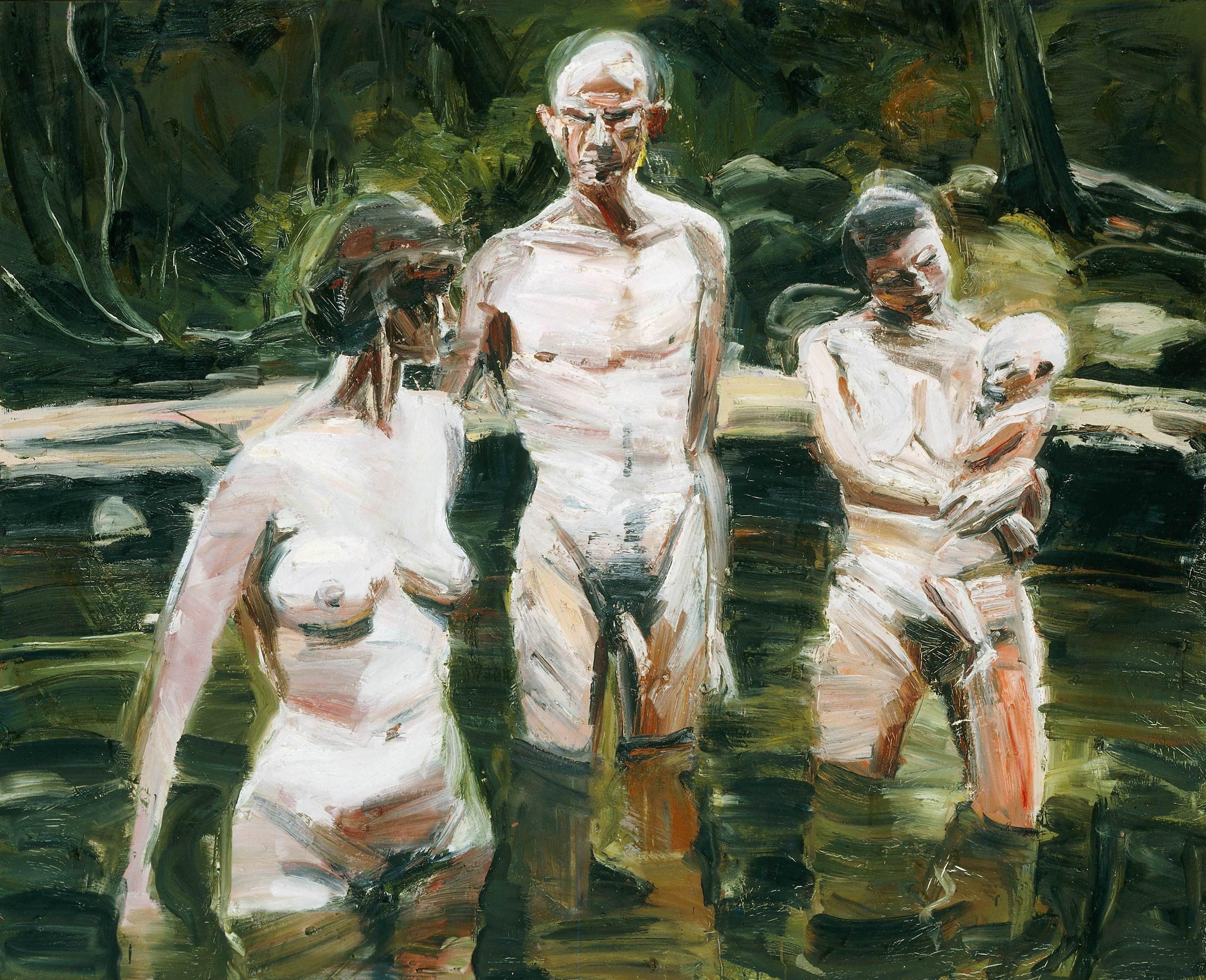
Where did you grow up and education?
I was born in 1956 and grew up in Christchurch New Zealand, where I was educated. I was always attracted to ‘making art’ but it took a while to work out how to make that a career (or even that I could).
I did a Graphic design course at Christ Church Polytech before deciding that my direction was more fine arts and doing a diploma of Fine Arts in painting at Canterbury University, (1977-1979). At that time living off painting didn’t feel like an option and the way forward seemed to be getting a real job that allowed me to paint when I could without worrying about having to sell to survive. This has been my choice throughout my life; having the freedom to paint whatever I want with no external constraints.
I met (now wife) Susan in 1980 and together we came to Sydney in 198, where we both still live.
When did your artistic passion begin and have you always wanted to be an artist?
I’ve always expressed myself visually from as early as I can remember and drawing for me was like entering a fantasy world (or escaping the real one). I never felt a sense of choosing to be an artist, it was just something I loved doing and as I got older, I’ve worked out how I can incorporate it. I don’t think it’s ever been anything, but a need and I can’t imagine not doing it (or the horror of not being able to do it!)
Describe your work?
I find describing the content of my paintings (and having them described) very difficult. Hopefully they work visually and describing them with words seems clumsy and a bit shallow. I often look at them myself and think “why did I paint that?” but just allowing the paintings to have their own say, feels right. If I try and paint an idea or become too self-conscious of what others might think they don’t feel right somehow. It’s usually a bit of a battle and I rely on intuition to determine if I think they’re finished. The subject for me has always been the figure (probably myself). Initially in an interior and then in a landscape but always thinking about the relationship/interaction of the two. How does each affect the other?
If I describe the process of painting them, I work in a very intense, fast, painterly way, not thinking about each mark or beautiful stokes. Then putting the work aside before I decide what to do next. On very rare occasions I’ll be happy to leave it but usually it takes quite a few sessions and often I spend a long time making quite minor adjustments (while trying not to lose the freshness and sense of urgency) When it’s working best you are almost in a trance but that’s rare! Most people would describe my paintings as ‘expressionistic’ but like any label there’s an awkwardness and ultimately the style and way I’ve applied the paint isn’t that important…. It’s a method I use to say what I seem to need to say, and I hope I take a few people along for the ride.
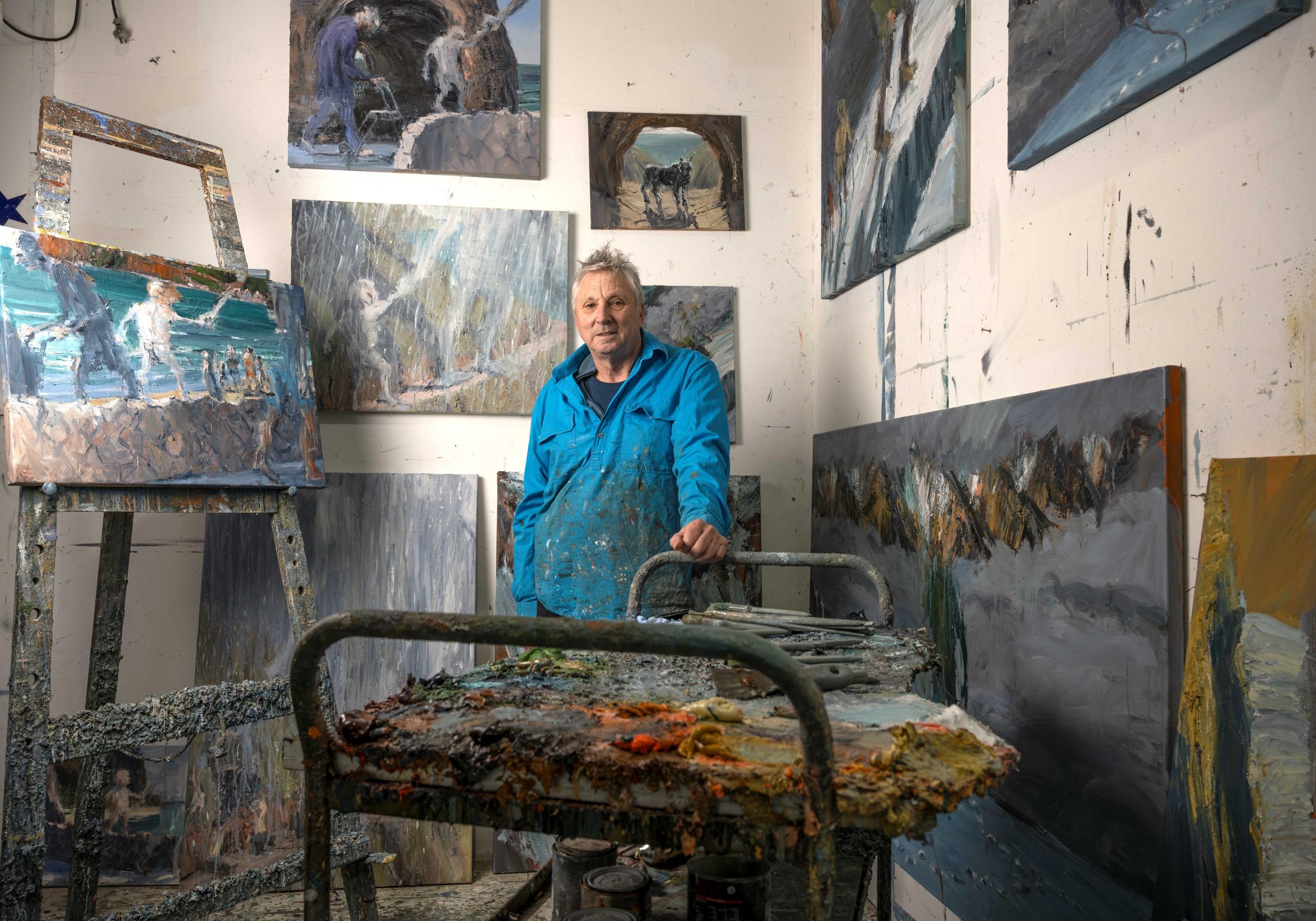
What is the philosophy behind your work?
We seem to be in a strange time in the art world which reflects the strange times generally. In some ways there’s an openness and acceptance of artists and art works that were never valued before but there’s also a backlash against anything not considered ‘contemporary’. I guess my entire painting life has been out of step with the mainstream even though I’ve done incredibly well in some respects I’ve never been ‘fashionable’. This in retrospect feels like a huge positive.
I’m a firm believer in the medium being a means to an end rather than an end in itself.
Do you have a set method / routine of working?
I feel extremely lucky to have a studio at home all set up so I can just wander in and be painting in minutes. This allows me to paint whenever I have some space or just spend time looking at what I’ve been doing. I work on many paintings at once and will often change little things that are bugging me. The business side of it all gets me down a bit and I’ll often get annoyed that a lot of time is taken up with not actually painting. I have an impatience to be doing, but as I get older I also realise the need to stop and look….. to give the paintings time to reach their full potential.
Why do you choose this material / medium to work with?
The materials I use are ones I’m comfortable with and feel I’m not having to struggle with. There’s nothing better than lovely thick juicy oil paint to work with but it’s great to try other materials which help you to break habits and bring different qualities into the work. I’ve been recently using acrylics as they’re healthier and oils can have all sorts of problems if they’re not used properly.
I also find I prefer if people aren’t aware of the paint but rather the image. A sense of transformation from paint to some sort of reality.
How important is drawing as an element to your artwork?
Lately I’ve been drawing a lot more. Drawing has always felt like the first step. The getting of the idea down on paper, turning thought into image. Although no one ever sees these first marks I’ll try and get some of the immediacy of them into the painting. I don’t do ‘finished’ drawings that are then translated into paintings but rather attempt to take that initial drawn thought and let it develop on the canvas.
Lately I’ve been doing a lot of drawing en plein air as it’s so much easier carrying drawing equipment and I love working directly from whatever is around me. Most of these drawings are for nothing other than my enjoyment and like the quick initial drawings I make they would end up never being seen. This seems to be changing both in my acceptance of them as complete works and having been exhibiting them in shows that have been about particular places such as ‘Landscape tells the Way’ a group exhibition held at Wollongong Art Gallery earlier this year.
This seems to me the fundamental question!
Like “what does life mean?” and like that question, bloody hard to answer. I always been lucky that it’s always something I've wanted to do but more than that, something I’ve had to do. It’s like I’m trying to work out an answer to some question I don’t understand. “What the fuck is it all this?” Maybe if I felt I’d answered the question I’d start doing something else but the frustrating thing, but also what keeps you going, is you never seem to get there. It’s always just out of reach. What are some of your favourite artworks and artists and any particular style or period that appeals?
My mum had a lot of art books, and I was always fascinated and shocked by Goya’s Saturn devouring his Child with I misread as Satan. Like a lot of painters Goya is right up there but a lot of the Spanish painters and the French painters such as Manet and Courbet who were influenced by them are huge influences for me and if ever, I take myself too seriously I only have to look at a couple of Goya drawings to be reminded of my place! There are so many wonderful painters throughout history that it can feel overwhelming. I am also inspired by a lot of people I know who struggle away without their work getting the acknowledgment it seems to deserve but as long as you are driven by what you’re doing rather than any accolades from the wider community you can’t go too wrong. It’s a competition with yourself and other artists can be supporters rather than competition.
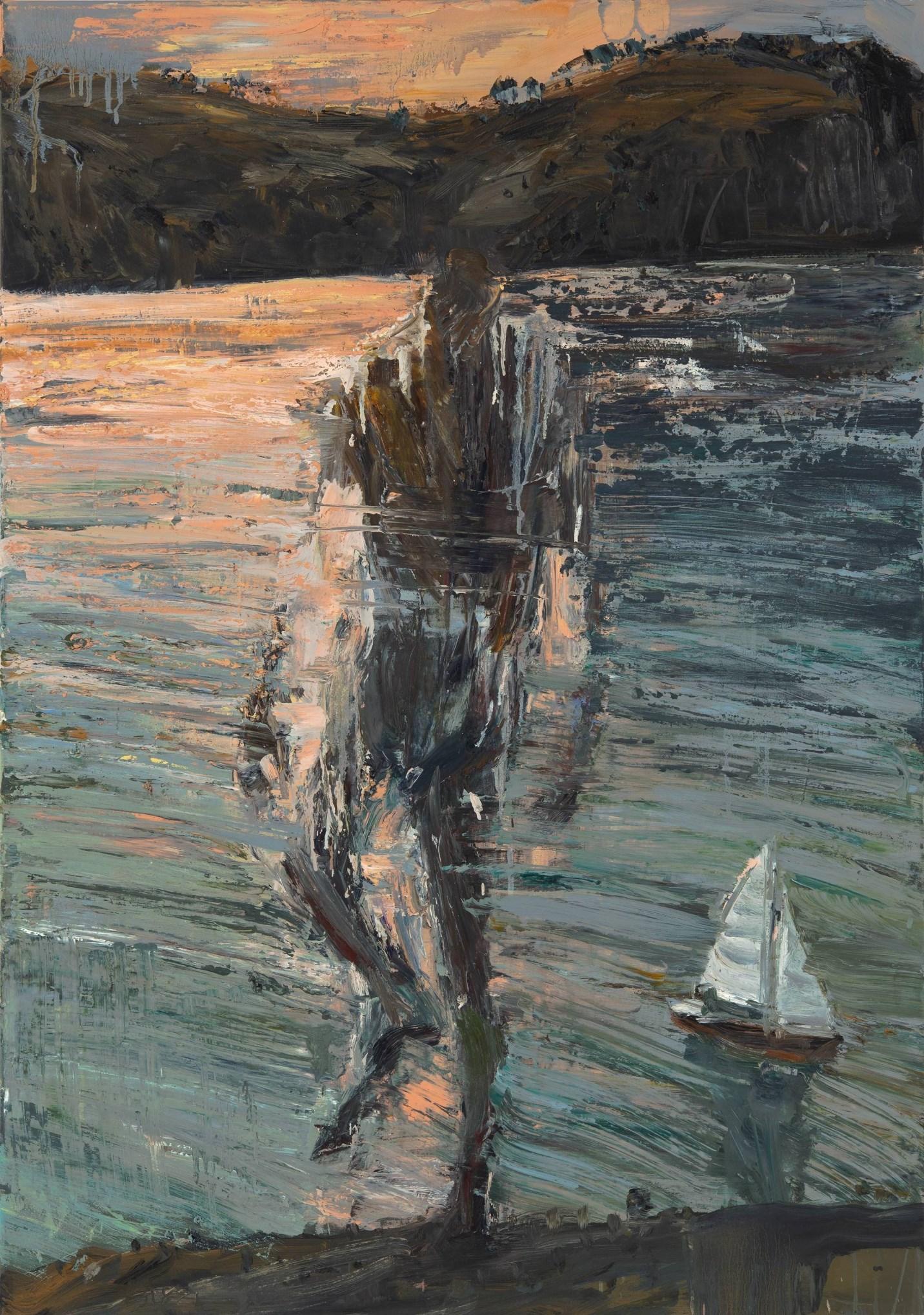
When I left art school in 1978 the expectation was to find a gallery to represent you. Possibly after a few group shows or exhibitions in artist run spaces you could find somewhere that would take you on and in my case it was Watters Gallery. Frank Watters responded to my work but also, I think to what he saw as me wanting to paint not be a star where we could both make lots of money. In fact, both Frank and his partner Geoffrey Legge were suspicious of artists being too popular and selling too much. They wanted people to be able to grow as artists in their own way and in their own time with as few pressures from ‘outside’ influences as possible.
I think the biggest challenge with Commercial Galleries now seems to be that costs are huge and it’s far harder to represent someone who doesn’t sell.
Unfortunately, a lot of great artists don’t sell or take a while to develop a reputation. Often a younger gallery who takes on younger artists will have any ‘successful’ ones enticed away by a Gallery that can seemingly offer more. My biggest gift from all the Galleries I showed at was they believed in me as an artist, and I never feared being dropped through a lack of sales. Sadly, I think this has changed with Commercial Galleries most probably as they can’t survive otherwise.
Australia has many fabulous and supportive regional art Galleries who offer opportunities to local artists and open them up to a wider audience. Competitions can be useful (if you get hung!) but I do hate the competitive spirit this engenders amongst artists.
Younger artists have always been good at getting their work out there and often this creates new answers to the old problem of people seeing what you’ve done and hopefully responding!

Name your greatest achievement, exhibitions?
Greatest achievements. I feel I should say winning the Archibald Prize in 1999 and on retrospect it’s fun to be part of that ‘tradition’ but it wouldn’t be my highlight. To be acknowledged is a boost (although it doesn’t help you paint better) and the Archibald experience felt more about ‘celebrity’. Your 15 minutes of fame which unsettled me for that whole year.
Recently I was given a National Art School Fellowship, joining a group of artists I greatly admire and being acknowledged by your peers which was special. I’m still excited to have had a painting purchased by the Metropolitan Museum but probably my greatest achievement is sticking at it and keeping on trying to paint better paintings.
Every show is a huge achievement and every time I sell a painting it’s a wonderful endorsement.
What are you working on at present?
At the moment I’m working on two seemingly different themes. Often you have exhibitions coming up which can affect what you’re doing. I just completed a group of very large paintings based on the Mountains in New Zealand and there wasn’t much room to focus on anything else but I have also been visiting my mum a lot recently (sadly she died a few weeks ago) and these trips have been inspiring a lot of other more personal things, a lot based on drawings I’ve been doing while in Christchurch visiting her. The experience of watching her fade away while also experiencing the joy of three new grandkids is profound. My painting has always been inspired by my experiences and trying to understand them even though I want the results open to other people. I hope they can put themselves in the work even if they mean something totally different to them the authenticity is there. My little grandson is appearing in a lot of these paintings, but he becomes a symbol just like my mum symbolises something else. Actually, I don’t really understand what I’m doing most of the time and try and just let the stuff work itself out and I certainly don’t have a scenario worked out initially.
At the same time the mountain paintings have continued, and I’d love to continue with these. The themes aren’t that different but the ‘backdrops’ certainly are.
At the back of my mind is always ‘what next?’ but I’ve always felt that and probably always will.

What do you hope viewers of your art works will feel and take with them?
The relationship you have with the viewer is a strange one as it seems important to not dwell on what you think they want. This includes your galleries, critics, curators, family and other artists! It’s hard not to, but to produce something inspiring you seem to have to surprise yourself as well. I’d admire artists like John Peart who seemed to treat every work as a new adventure. Even a small work was nurtured and raised as a complete individual not another Peart. Maybe he was in control but the painting itself told him what it wanted. Maybe this is an ‘old school’ way of doing things, but it makes sense to me and I feel I’ve been blessed to have had a lot of fabulous supporters who’ve got what I’m doing. You want everyone to love you but trying to please everyone probably produces the lowest common denominator.
Having someone want to live with one of your paintings is a special thing. It becomes part of their life.
Your future aspirations with your art?
One of the things that keep me engaged (& frustrated) is thinking that I’ve got better work to come. It’s never been about more sophisticated techniques or the actual application of the paint it’s about something annoying that I’m trying to say/express more clearly.
Probably the main thing though is I love painting. The actual act of painting is what gives me the greatest pleasure. It doesn’t matter much what you achieve outside the studio, it’s always what goes on with the actual painting that matters (& no one can take that bit away from you).
Forthcoming exhibitions?
Flux the exhibition that was on at Orange Regional Gallery earlier this year moves to the Drill Hall Gallery in Canberra opening on September 12th until November 3rd .
I also have an exhibition with Niagara in Melbourne, September 16th to October 9th and an exhibition at Shoalhaven Regional Gallery in Nowra over the Christmas period of paintings and drawings from the area.
- Euan Macleod © 2024.
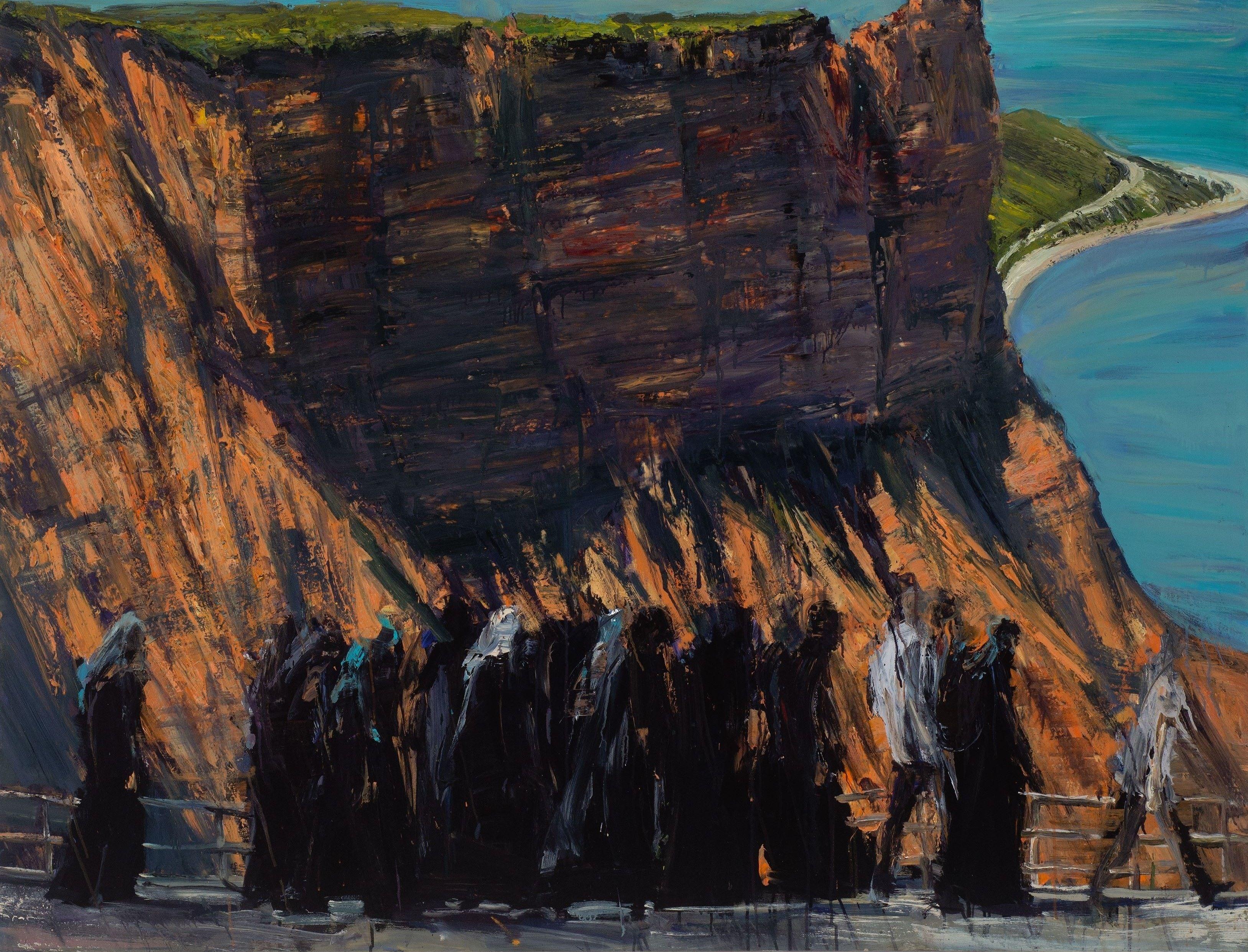
A L L E R Y E U A N M A C L E O D
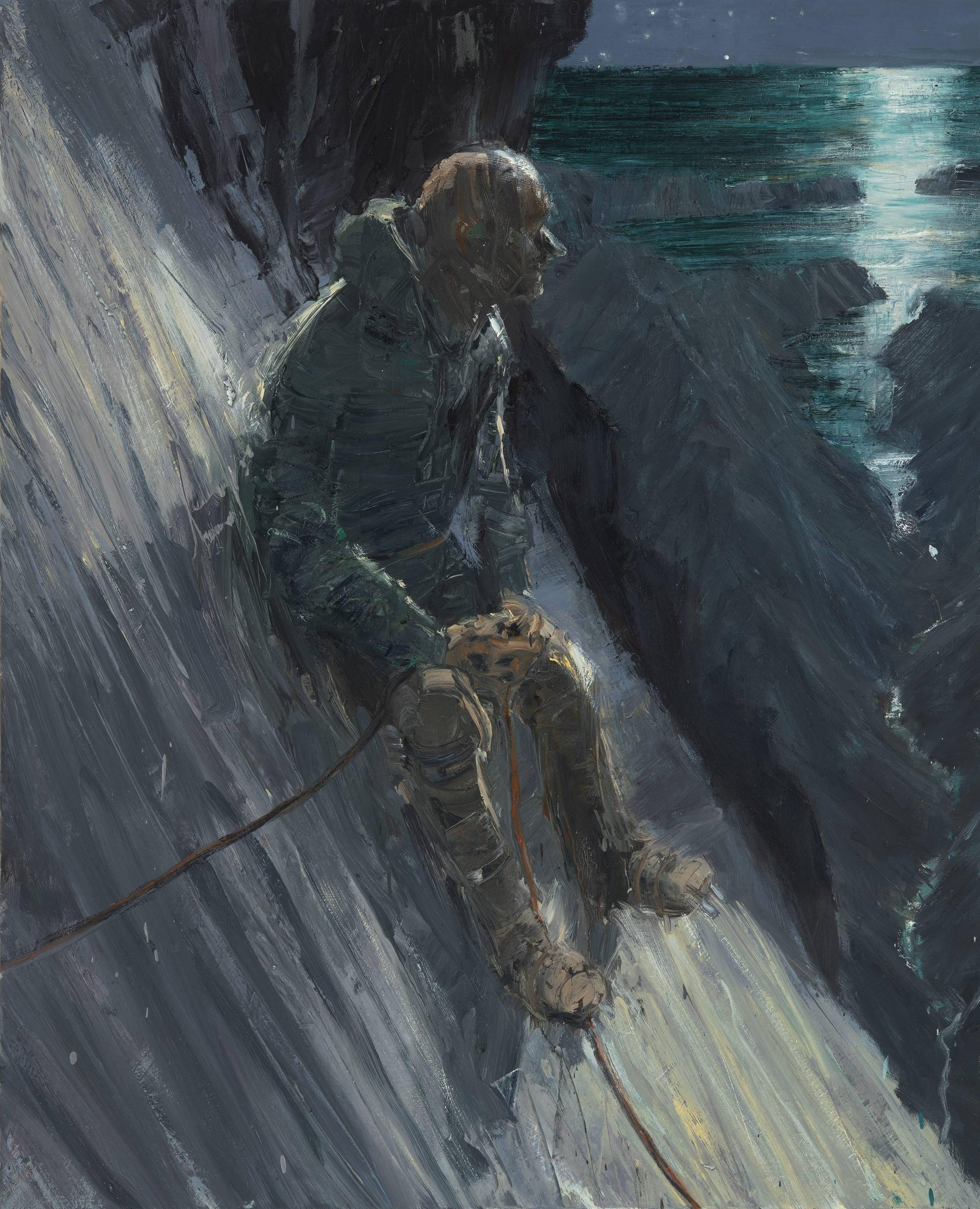

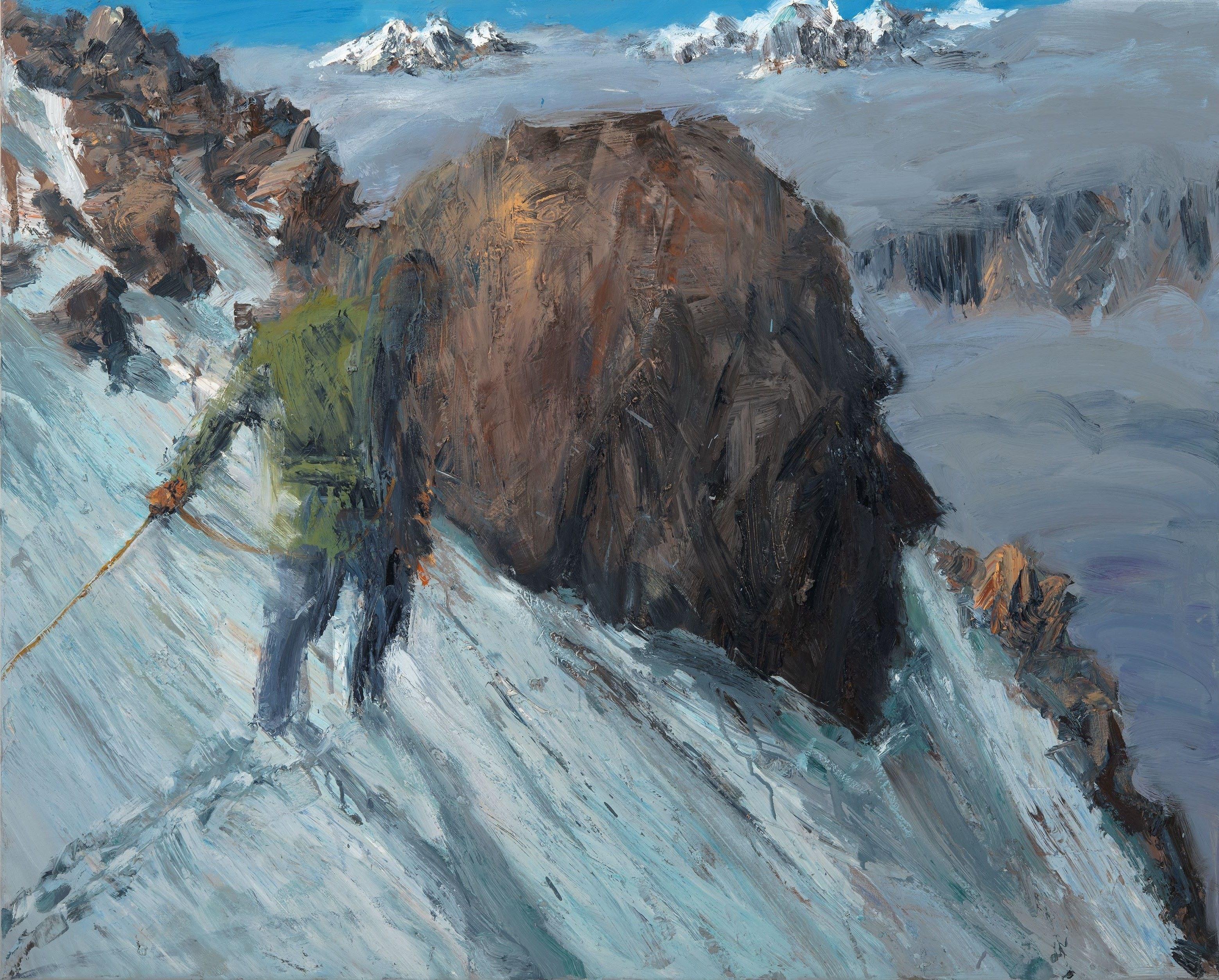

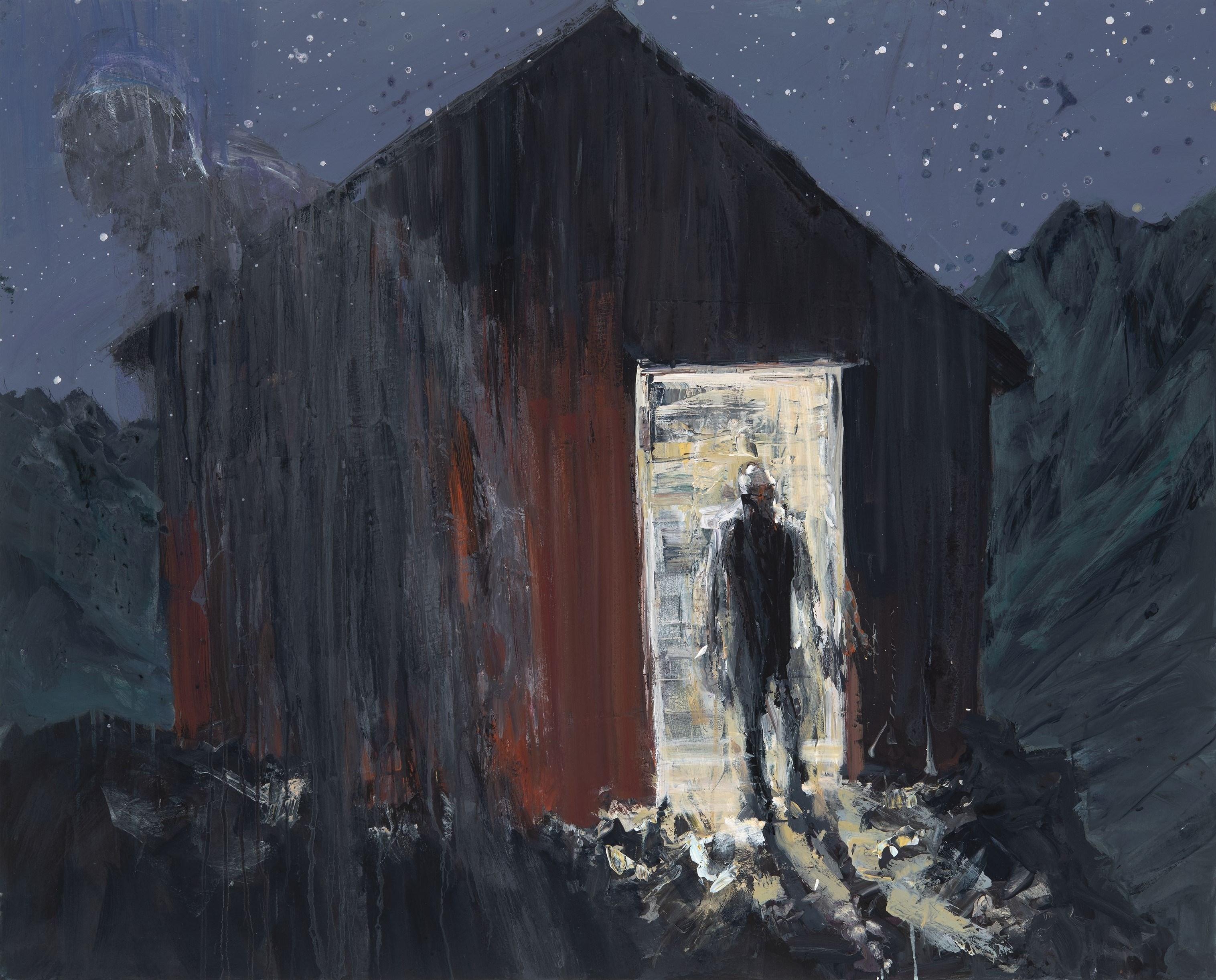
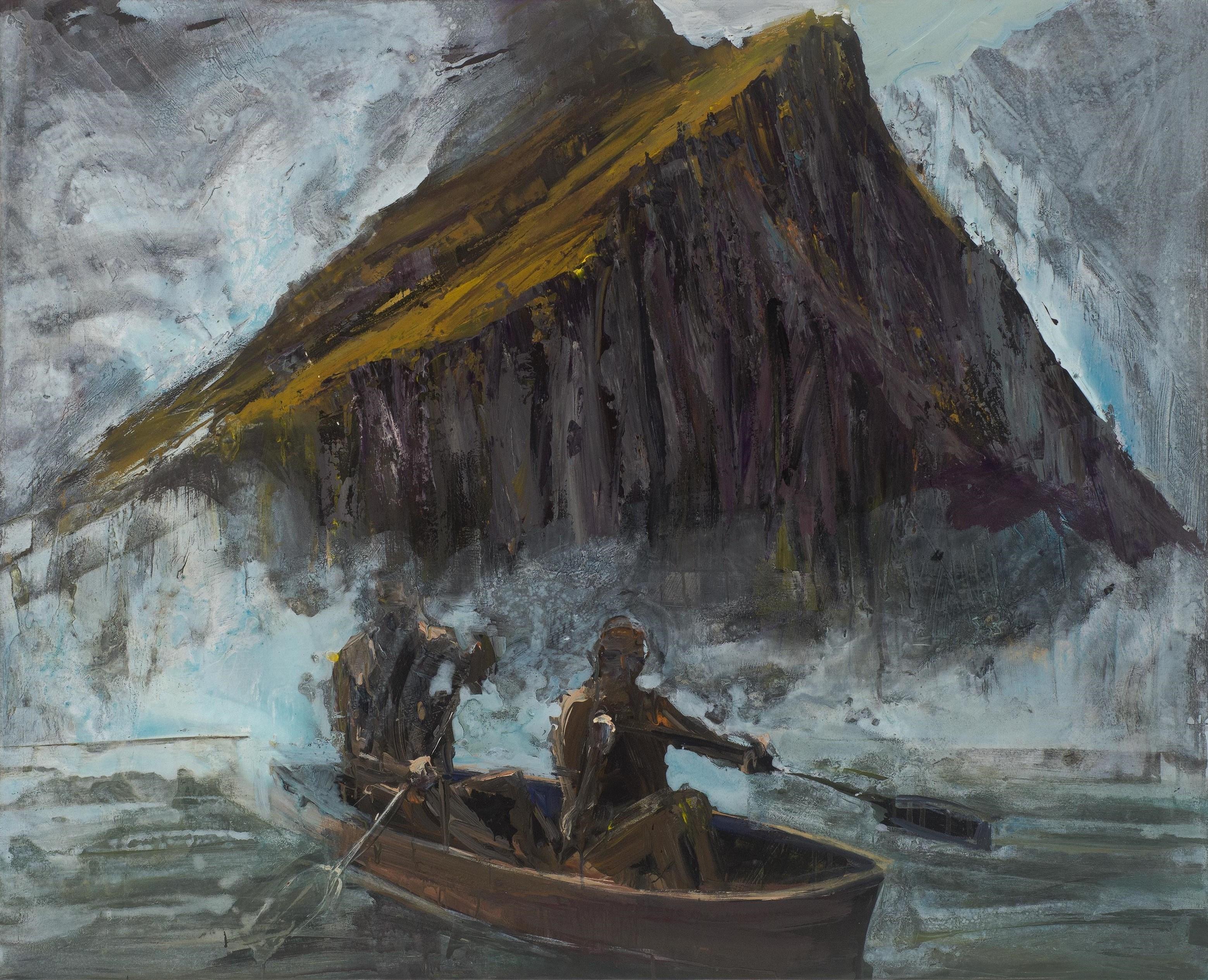
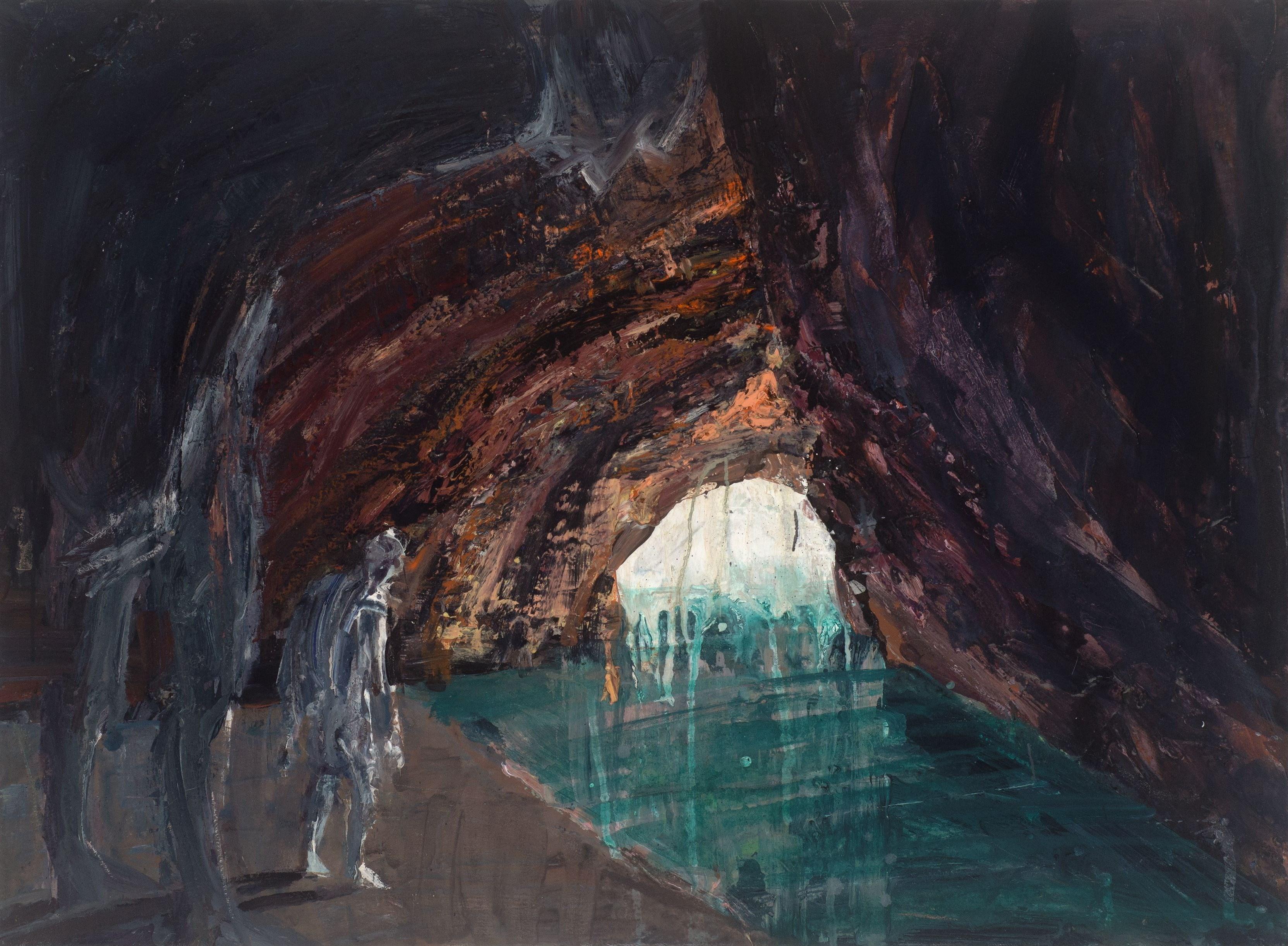
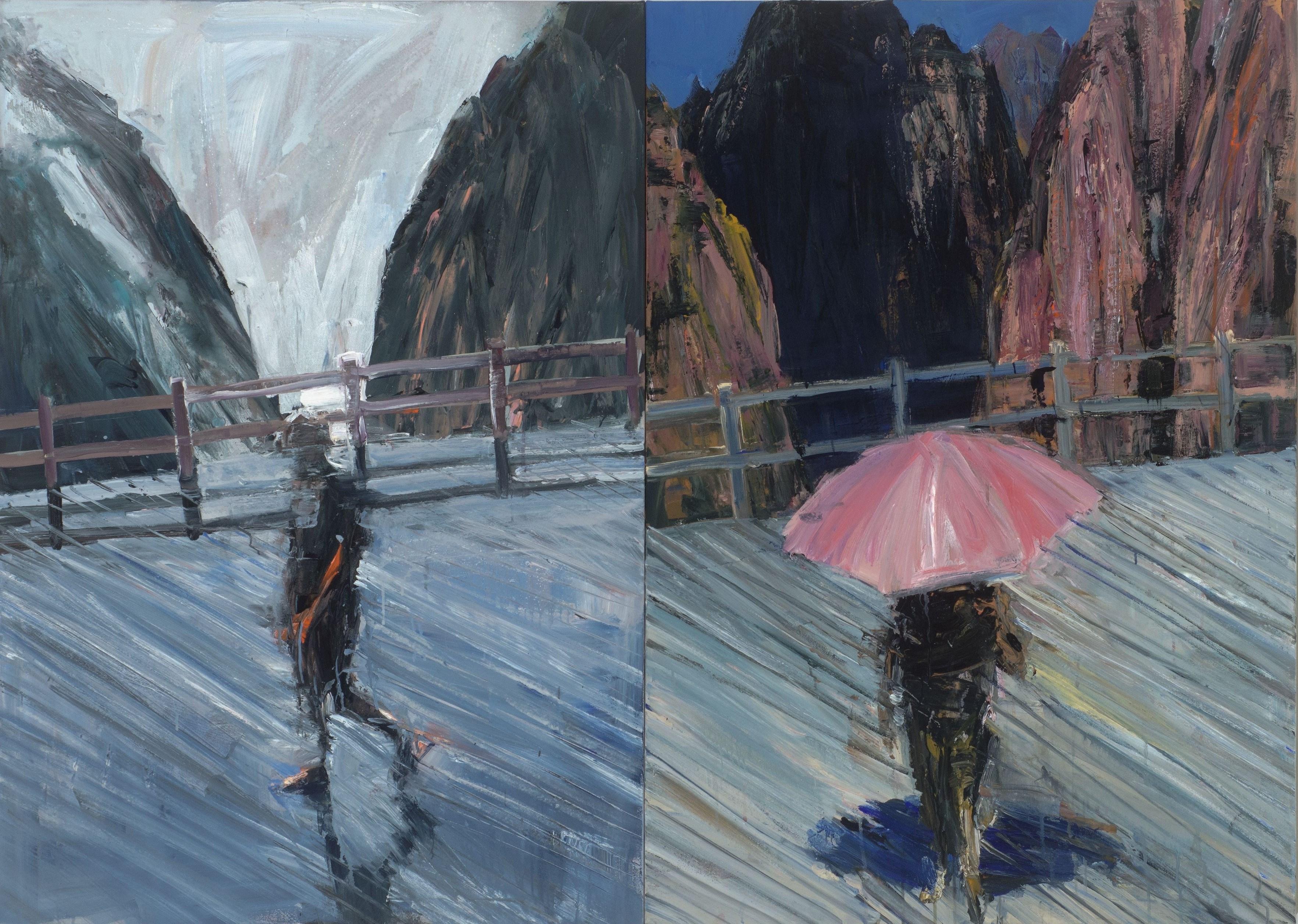

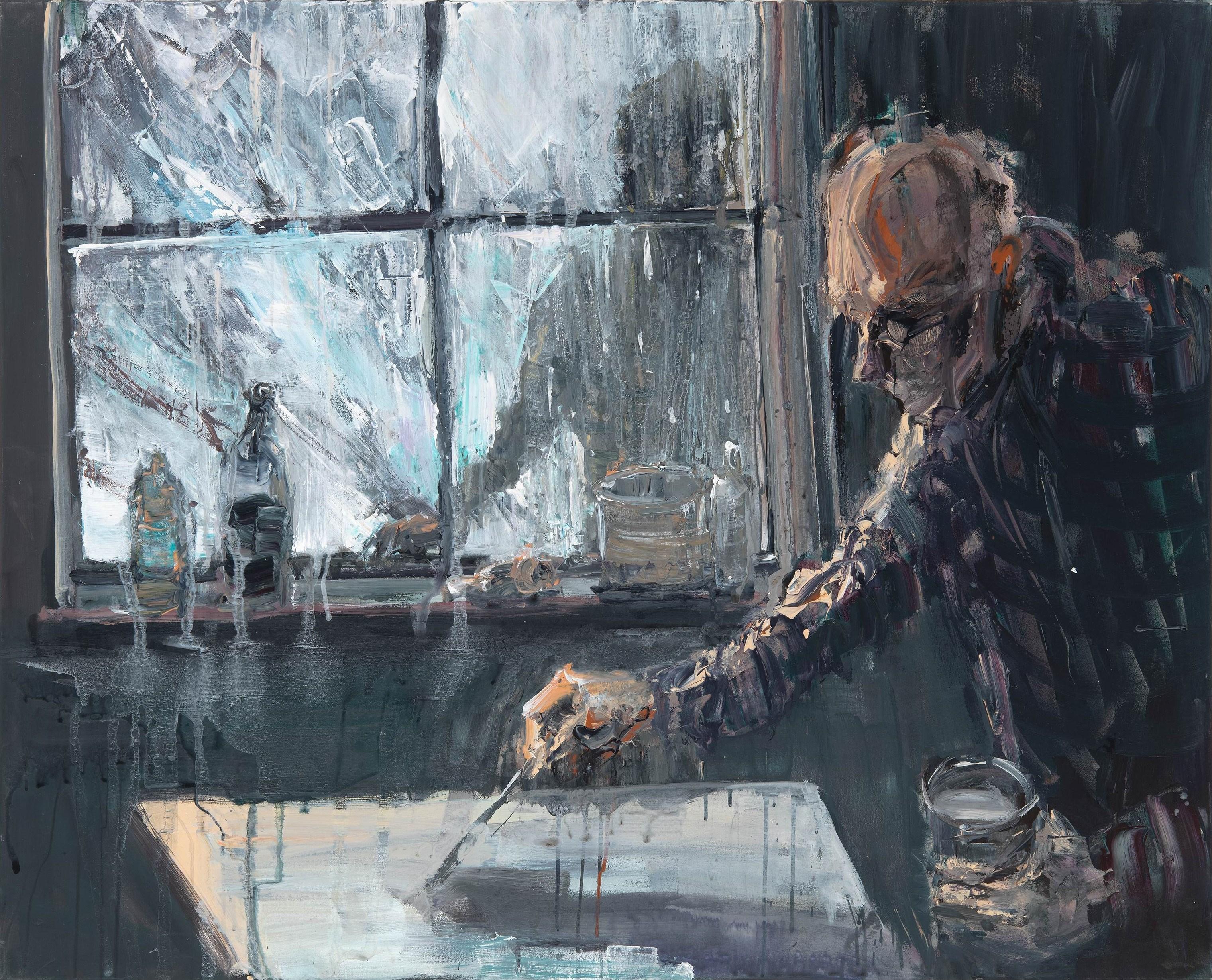
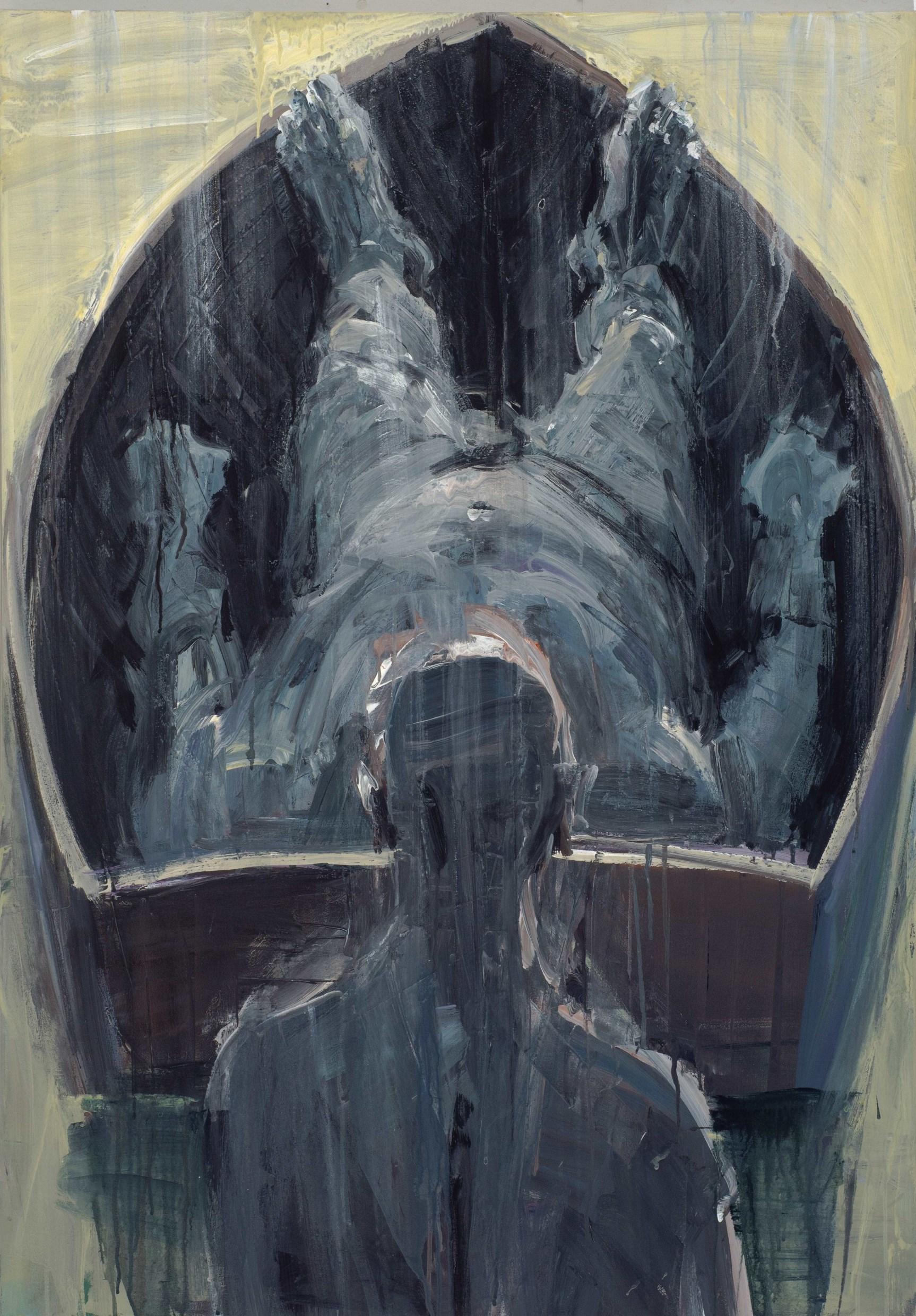
E U A N M A C L E O D
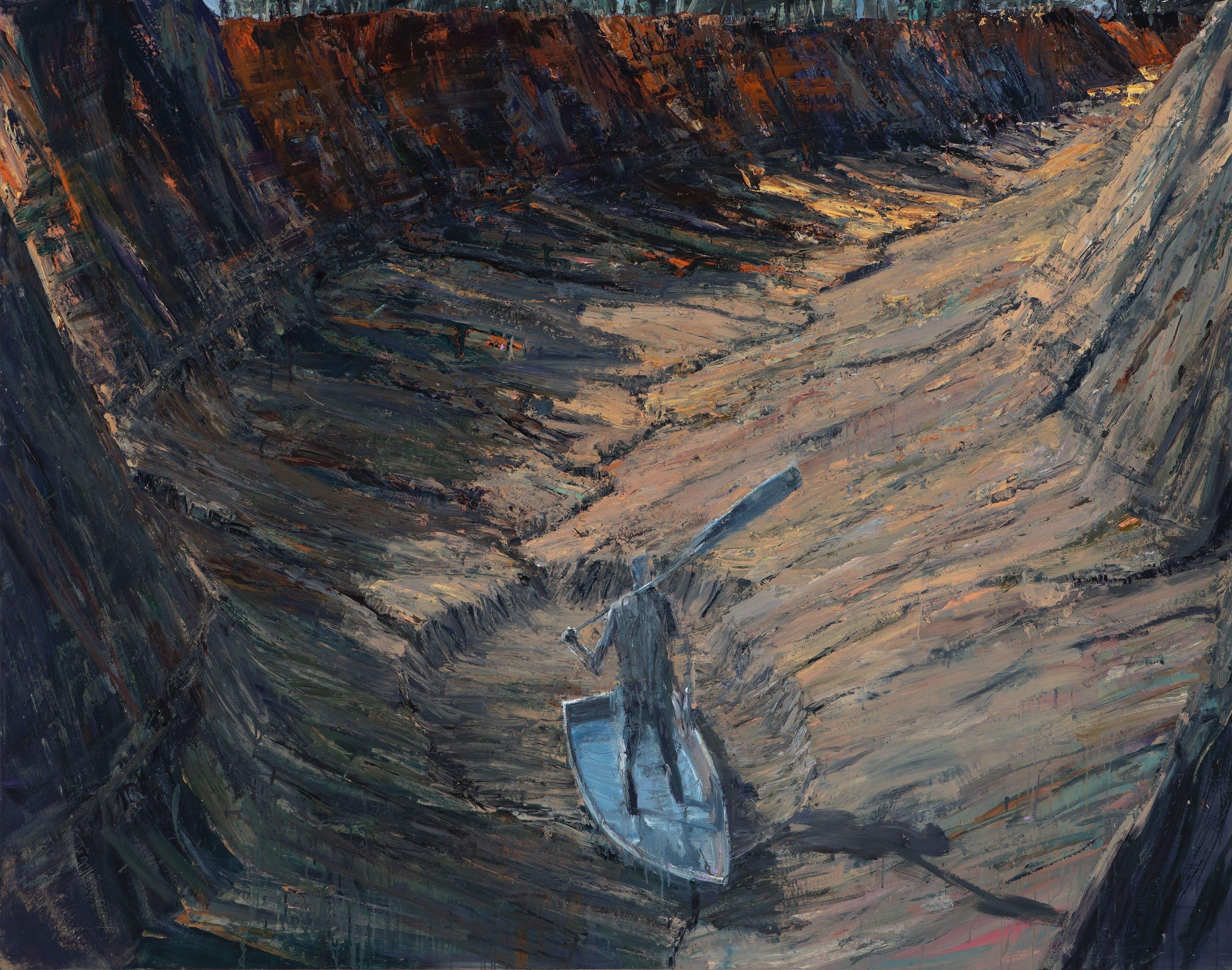
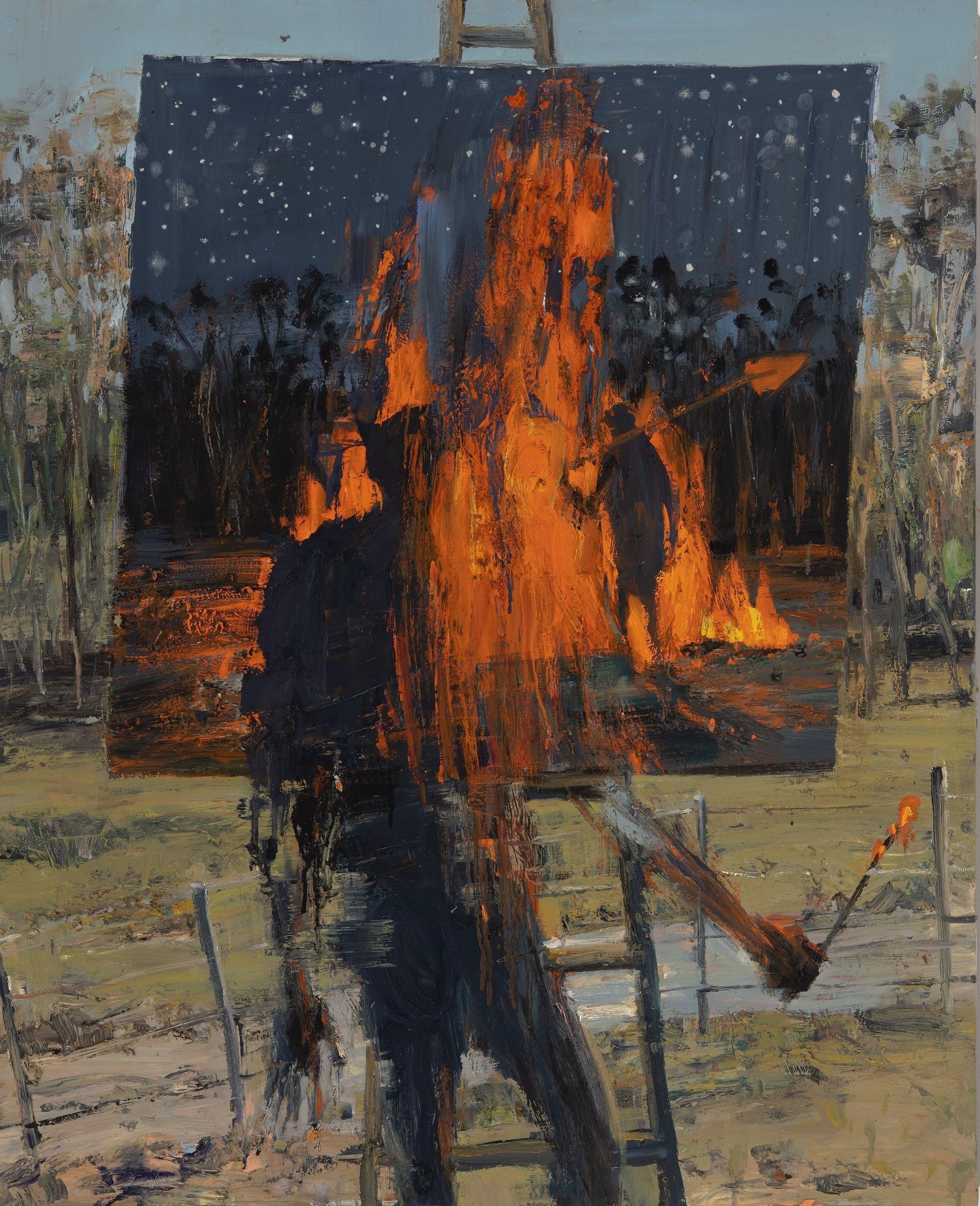
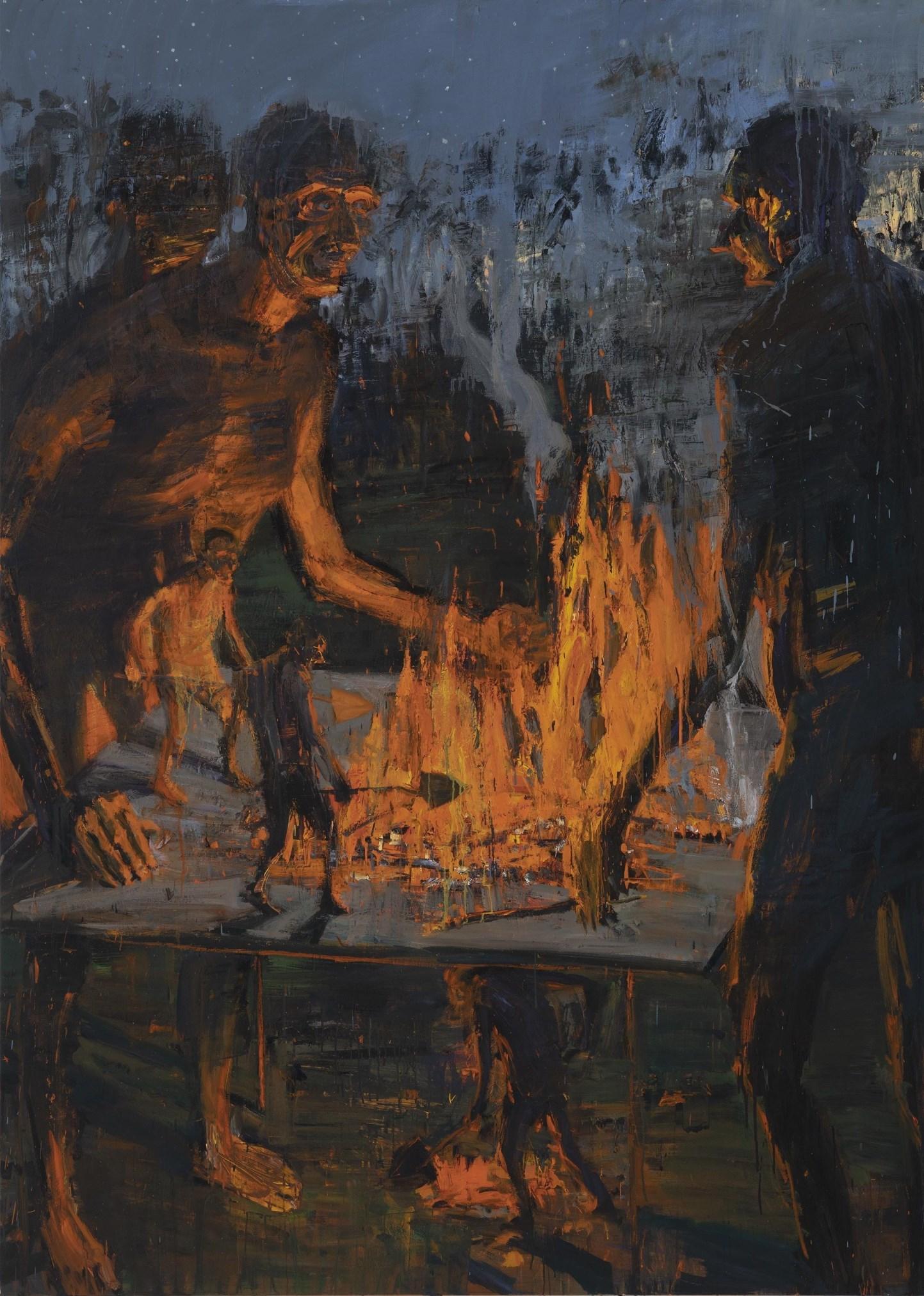
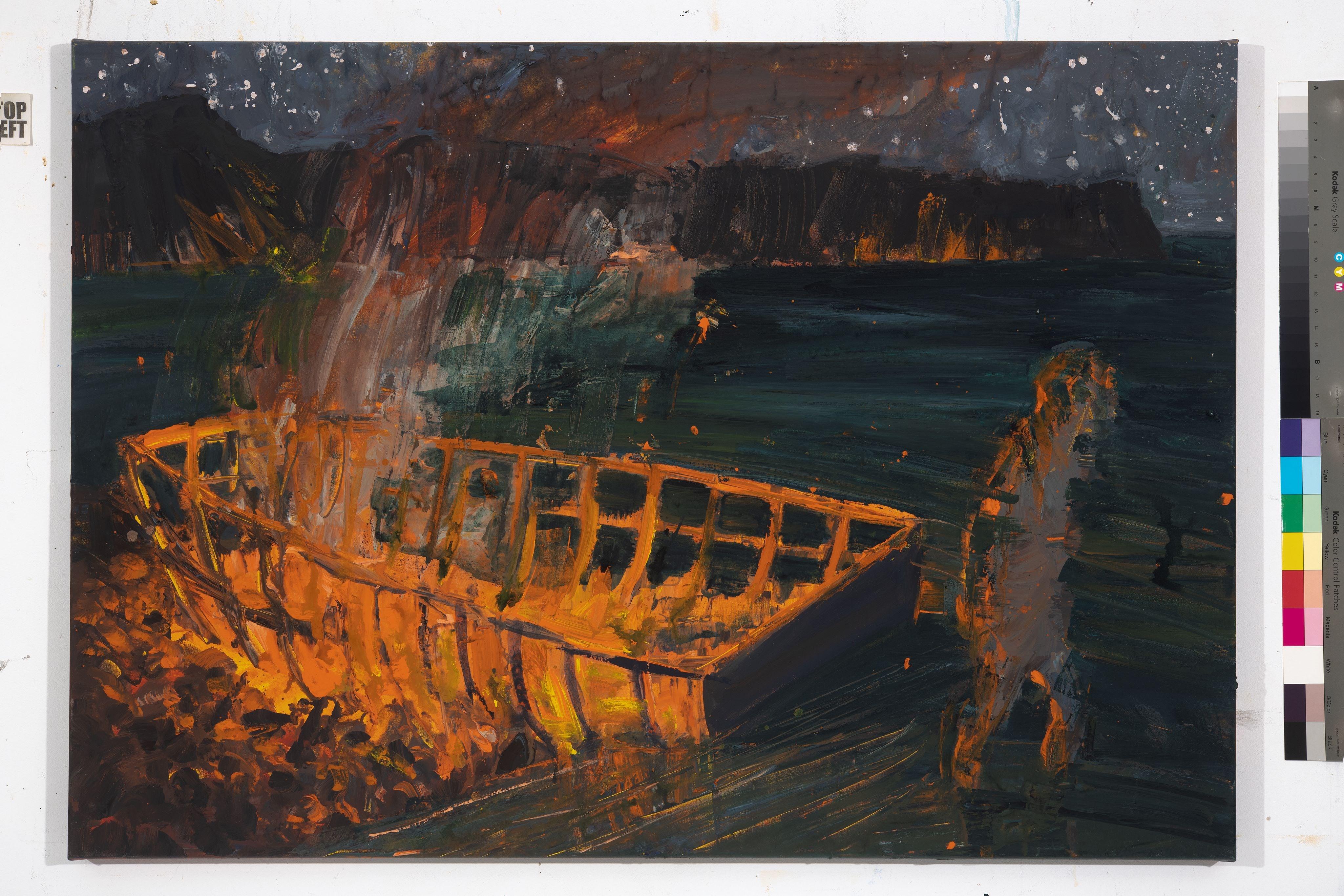
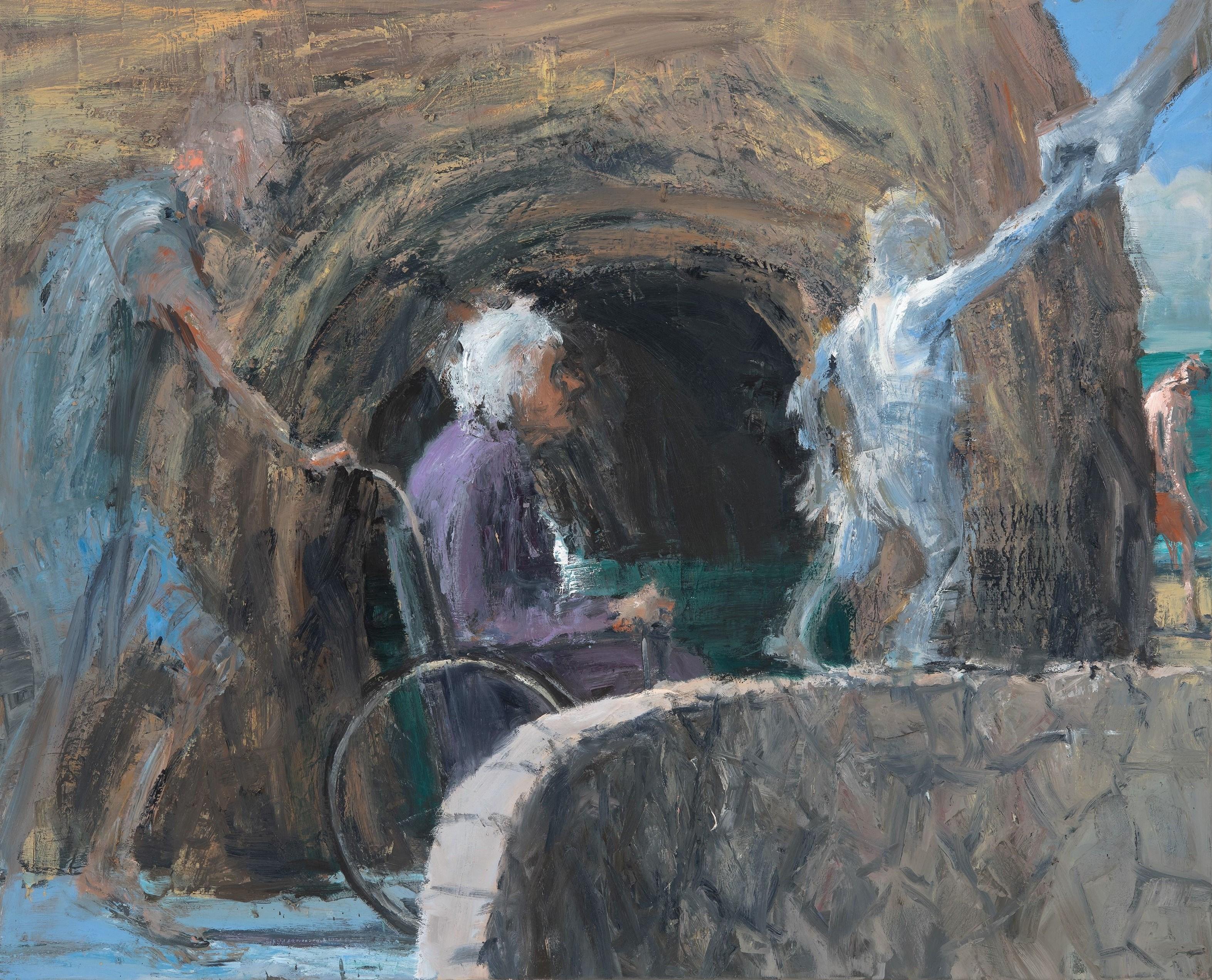
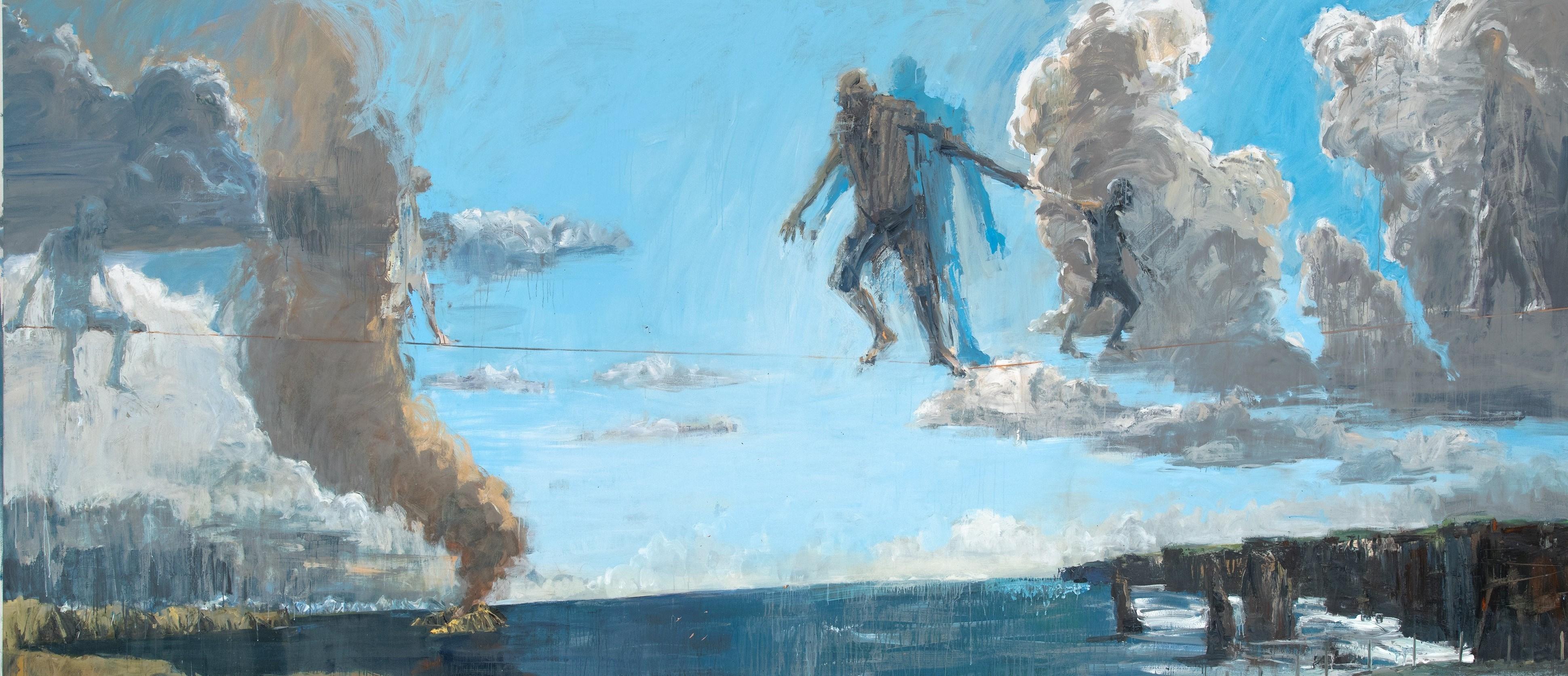
R A D E V A N S
Late, on the evening of my high school graduation
weighed by the State they now go (almost discreetly) to their jobs & professions: straight & direct.
In the wake of their intents (the abrupt eddies of my confusion) you remained beside me awhile at least as I looked across the dark waters of that harbour dappled in streetlight the sodium lights of that lone, large bridge that I could never cross (night or day) failing to feel the click
of my father's pragmatism of my own devised path in life failing to let go the fatalistic fear of walking into a job: a young man & walking out: a dead one! the patience of your eyes the patience of my parents wanting to feel that click of knowing: one step - one single direction, a caterpillar that would never appear as I make my bedroom retreat close the doors once more & slowly disentangle my life my big, bag of wool. - Brad Evans © 2024.
Our correspondence waned some years ago and we met only onceat a cheap cafe in Southport.
You sent me thoughtful letters along with chapbooks of short storiesone of your time fighting in Vietnam.
I remember one story vividly, where a serving soldier found a necklace in some dirt and, fitting it around his neck, fell promptly asleep.
Fellow servicemen watched as his sleep grew more restless, before he began to writhe & gasp for air ...
He awoke suddenly & recounted this dream of a beautiful woman, a dream - startlingly erotic. And while he recounted his dream an officer looked at the spot where he had been sleeping, told him to remove the necklace and return it to the shallow grave.

This is my first dispatch written in Peshawar Pakistan on the way back to the Yellow House. The SS Club has been like a second home to me for the last 20 years. It is a strange place caught in a surreal time bubble as it was set up by the Nazi SS when they were searching for the lost Arian tribe. There is a shooting gallery in the basement which still functions. The rooms have carved Bavarian style fireplaces and decorative wooden wall tiles which must have made the place feel, for its members, like they were in Germany. We filmed scenes in the Club for our ‘Great Dictator Satire’ which are included in ‘Ukraine Guernica’. It feels totally spooky down there with stuffed animal trophies and bookcases filled with Nazi literature.
This is a special moment for me because we are about to finish the edit and filming of the 4th film in our series titled TALILAND which includes Miscreants of Taliwood, Love City and Snow Monkey. The new title is still being debated amongst us, but I favour ‘Eye of a Needle’. The first film, Miscreants of Taliwood was entirely created out of the yellow House and every time I walk down to the reception, I remember the scenes where - 1. I meet the action hero Javed Musazai and he asks me to play his brother in a drama. I doubt whether people will think we could be brothers, but he insists we look the same and points to his eyes – saying “same, same”. He has amazing greenish blue eyes. The manager of the SS Club, Shahid, laughs and agrees.
2. When I am in the reception watching myself on Pakistani Television series playing the part of a western hostage taken prisoner by terrorists. I joke with Shahid “You were supposed to protect me!”

This time when I arrived at the SS Club I went for a walk with Arshad (the small Pashtun Movie star who is like a adopted son for Hellen and I) and was stunned to see a large camel standing beside the main road of University Avenue. It looked like a vision of the past placed in the present with modern cars speeding past it. There was a young boy named Ali who had a polished silver bucket and was trying to sell milk from the camel which had very full titties. Arshad made a social media post with me and the camel. I joked that I was going to buy the camel for the Yellow House and use her instead of cars.
The next day we came back with my camera and found Ali and his camel much further down the road. I took what I felt to be some of the best photos of my life and was very excited to come back and download them. But unfortunately, I had given the SD camera card to Waqar to put on a hard drive. The camera had been empty. I felt very annoyed with myself and kept going back to retry but Ali and the Camel were gone.
In a dream last night, I was talking to my deceased mother and used the quoted from the bible ‘It is easier for a camel to go through the eye of A needle than for a rich person to enter the Kingdom of God.’
I immediately woke myself up and wrote it down realizing it could be a possible title for our new documentary and I did not want to forget. ‘Eye of a Needle’
This has always been one of my favourite quotes from the New Testament along with ‘Do unto others as you would have done unto yourself ‘and ‘Cast the first stone he who has not sinned.’
Creating the Yellow House in Jalalabad and then getting the Taliban to support it has been like getting a camel through the eye of a needle. To many it seems unbelievable.
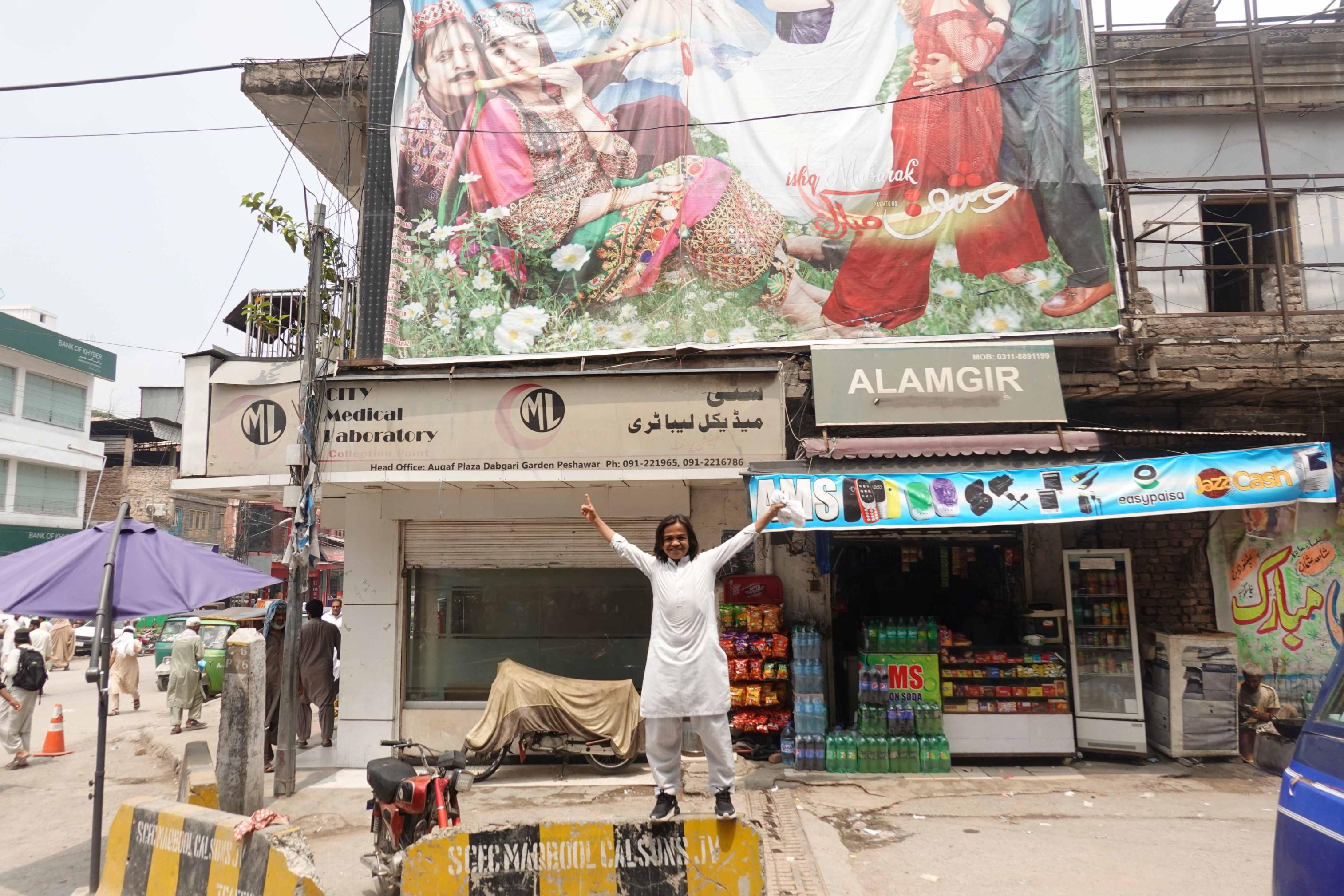
Today I woke up at the SS Club knowing it was my last day before heading over the Khyber Pass and through the Torkham Border to Afghanistan.
I can never come to Peshawar without visiting Bul Bul the biggest small person star of Pashun Film who has become one of my dearest and most treasured friends. He was Arshad’s mentor and teacher, introducing him to the Taliwood industry. Arshad and I caught a rickshaw to visit this Prince of the Small People, in Nishterabad, the centre of the Old City.
We have always met at a video store which was the agency for actors in the Pashto films which I documented in ‘Miscreants of Taliwood’ leading me to become a producer of Pashtun dramas like our vampire films ‘Moonlight’ and ‘Starless Night’. Back then, the store was where I would collect the actors for my dramas or, if I was cast in one, that is where I would wait for the director. It was the time when the DVD movie industry was booming and the Pakistani Taliban were trying to destroy it by bombing stores, raiding sets and killing actors. No one would have thought it would have ended by 2024, with a whimper and not the bang of violent attacks. Netflix is the culprit. Doomed by streaming, this once vibrant culture has all but vanished.
The rare exception is when its former TALIWOOD superstars get together and find a way to finance a cinema release.
When we met at the airport in Islamabad Arshad was beaming with excitement to tell me he had been cast in one of these dramas with the mega stars, Abass and Jangir. Their film, Ishq Mubarak (Love Congratulations) is presently screening in the one remaining cinema in Peshawar. Arshad plays Abass’s little brother and was proud to tell me it is a love story with no violence. Abass featured in our Moonlight series of Vampire dramas and is like the Brad Pitt of Pakistani Film, a super-super-star. And Arshad was one of the original stars of our ‘Love City’ trilogy made at the Yellow House. Macho action flicks dominated the market but our romantic films like ,Talk Show and A Tailors Story ,proved that there was a paying audience for love stories.
The Pashtun language film industry and everyone employed by it depended on DVD sales for their survival.
In our film Snow Monkey, the ice cream boys sell DVDs of our Yellow House dramas from their wheeled carts. They find buyers off the street and over the fences of houses. These sales helped to finance the children’s drama they made.
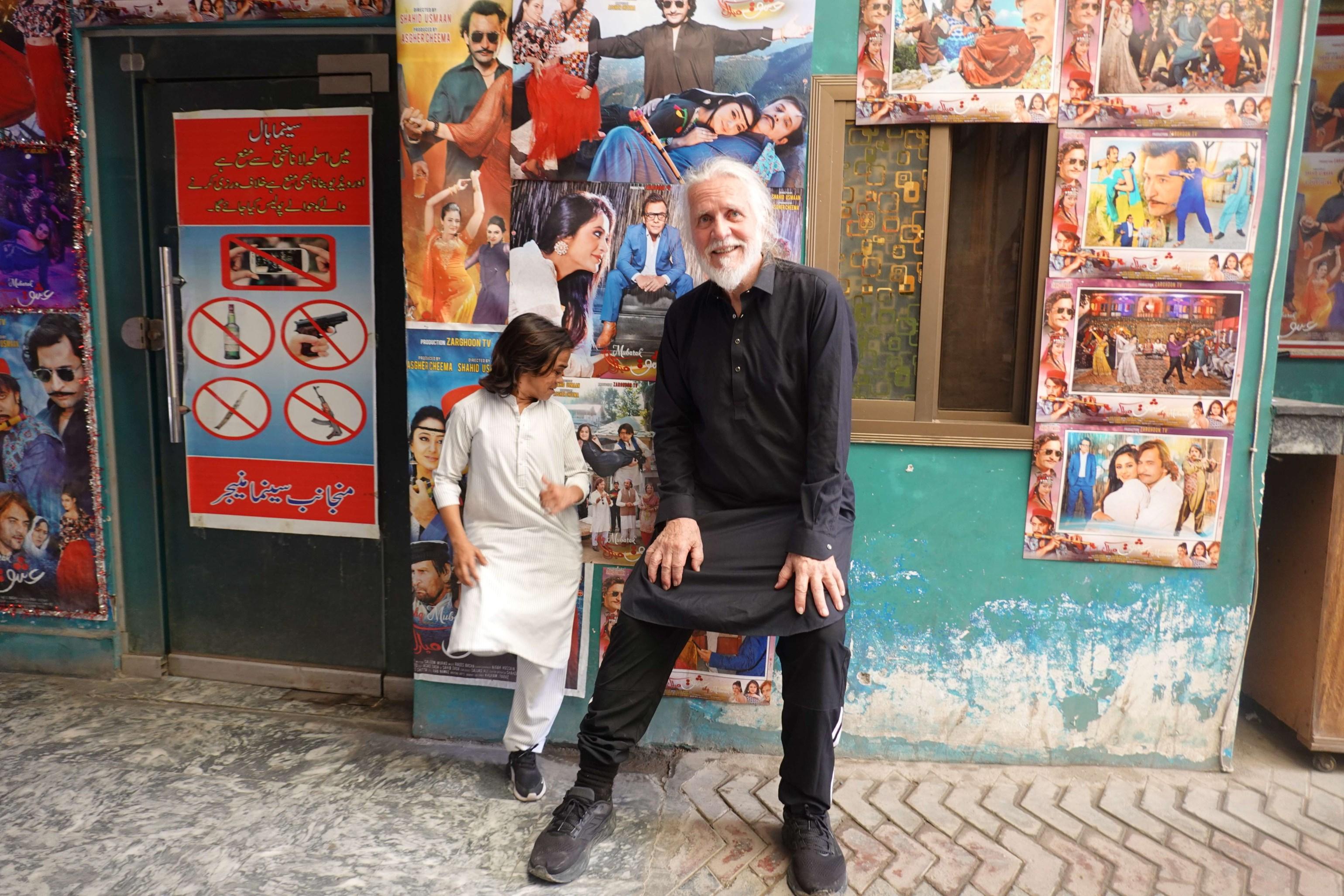
This August in 2024 there is only one video store left – the same one I always met Bul Bul at, and where I met him today. It is possibly the sole remaining video store open for business in the world. When I made ‘Miscreants of Taliwood’ it was the hub of film culture in what was the Hollywood Avenue of Peshawar. Now it is THE LAST VIDEO STORE still selling movie and music discs from its shelves and the buzz of a thriving industry has gone.
As well as meeting up with Bul Bul I wanted to try to buy a CD music player. I have brought all my favourite albums on CDs, with me to play at the Yellow House. Last time, when I was in Afghanistan, I searched the whole of Jalalabad and Kabul but could not find a single CD player for sale, anywhere. I thought this must be due to a Taliban ban on selling music. But it was the same in Pakistan, a few days ago, when I searched Islamabad. I was told CD players are a thing of the past no longer available here, not because of the Taliban but because of iTunes. People download music onto their phones and listen through headphones.
Bul Bul led me to an electronics store that had some remaining DVD players that can play CDs. One cost me just $7 and I think Bul Bul beat the salesman down from $14. Then we went to a second store and purchased small speakers.
Back at the video store I suggested to Bul Bul that we make a Tick Tock comic video and that he should direct it.
The improvised script was simple. Arshad and Bul Bul (now 52 years old) would play being my children, and we would walk into the video store holding hands and begin a comic routine. We have worked together so long nothing more was needed. Once through the entrance they both leapt onto my hips, clinging like Koala Bears and pointed to the faded racks of video movies. I deposited them on chairs so they could reach up to select titles, and we danced with joy holding up covers which have our faces printed on them. For a moment the old days were back, and the shop owners were all smiles. Much laughter rang out from the audience that had gathered outside the shop
Bul Bul now runs his own NGO organisation for the rights of small people and has a radio show. On other visits he has had this group together at his home and it is like visiting the world the Hobbits from Lord of the Rings. He is their protector and advocate known for carrying a gun under his shirt and that ‘no one fucks with Bul Bul’.
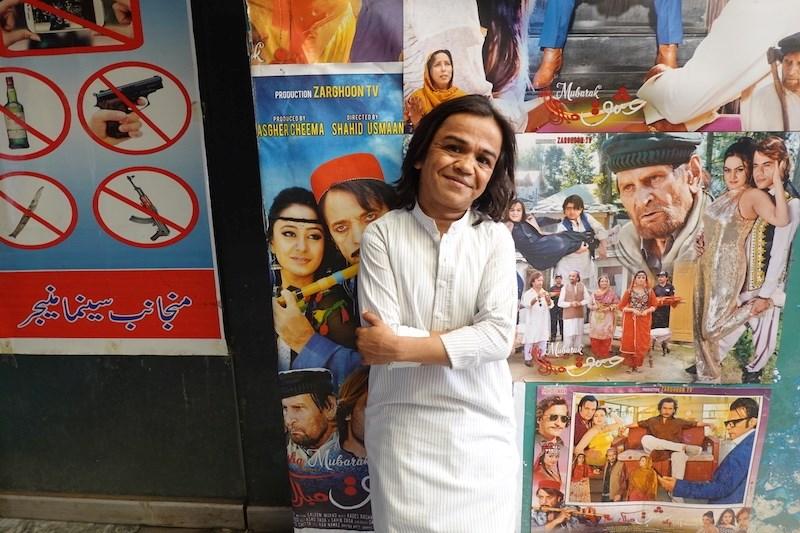
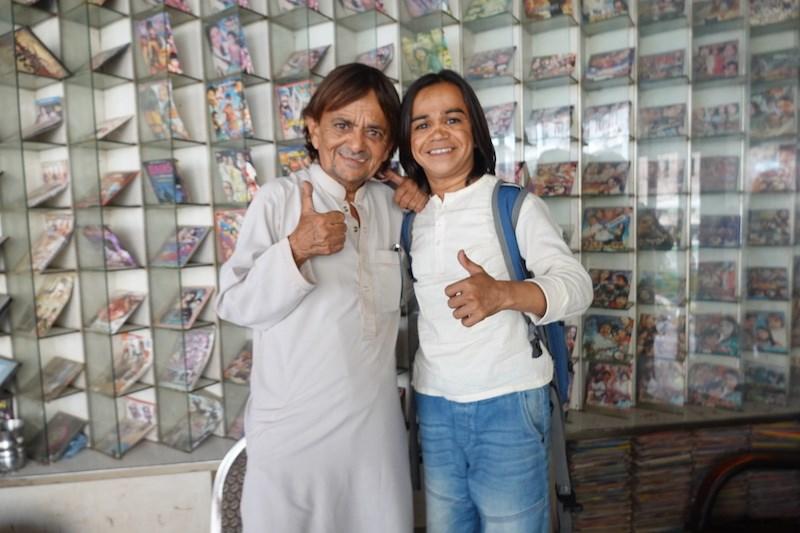
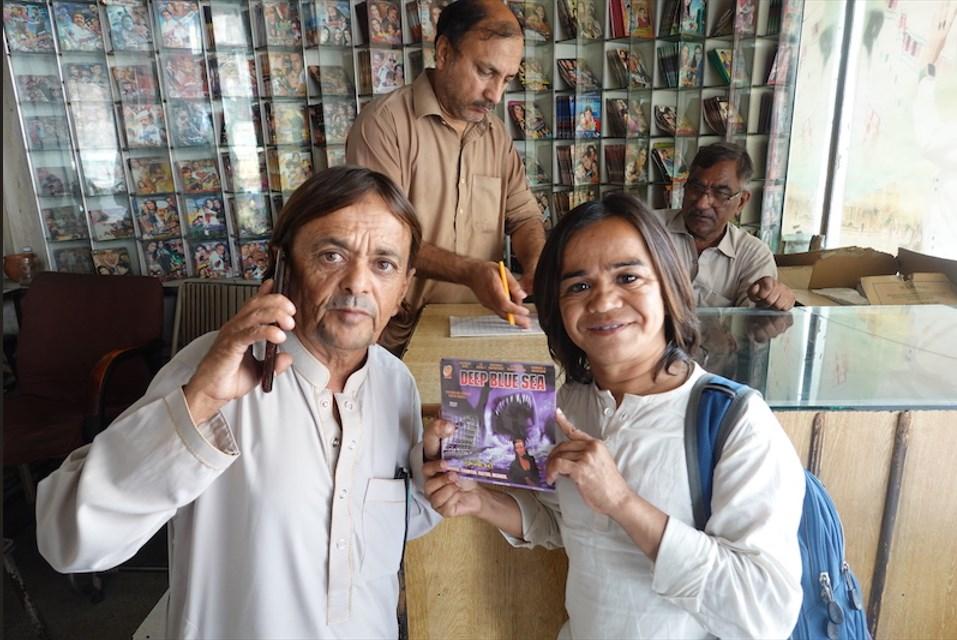
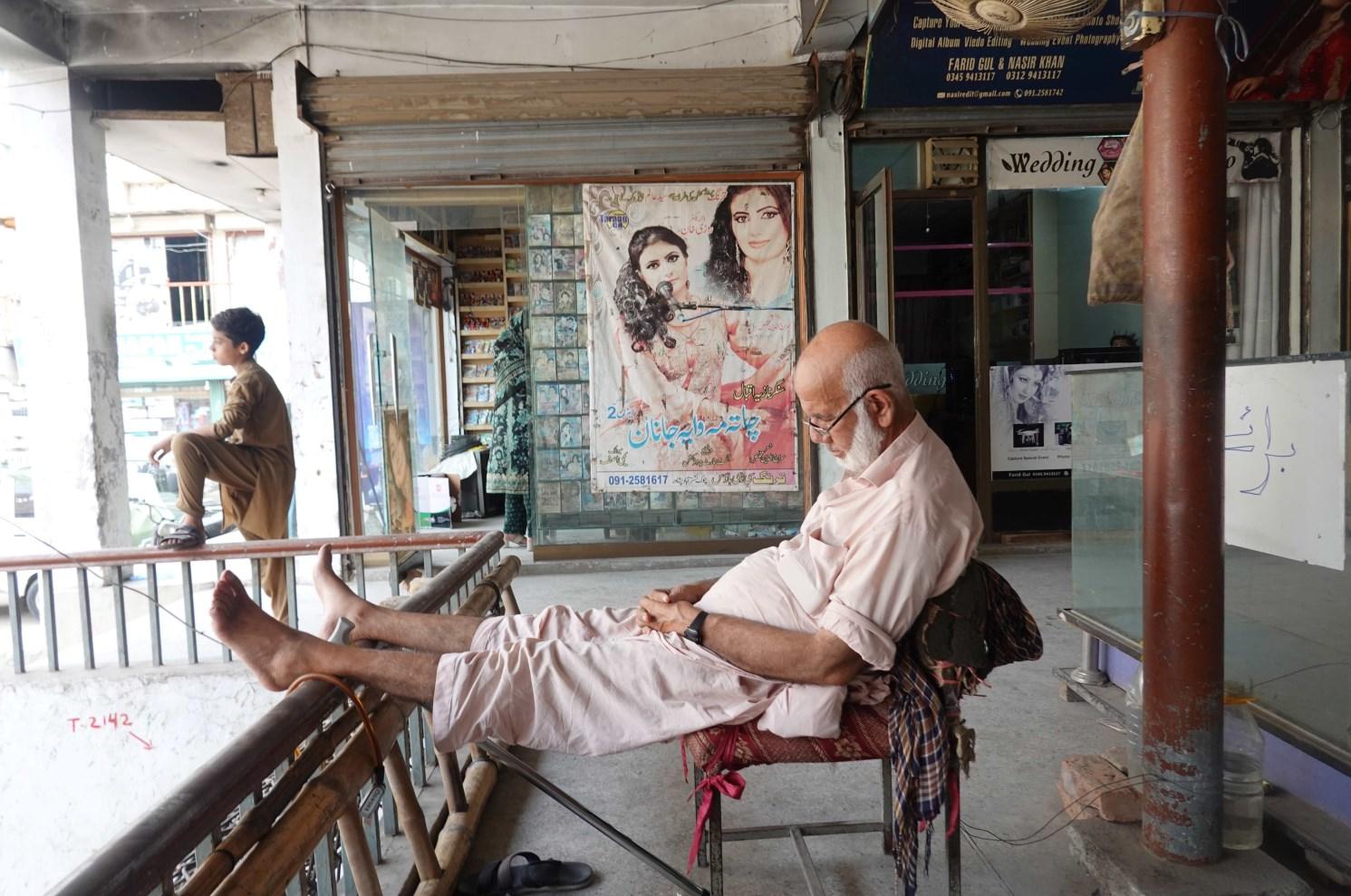
On the way back to the SS Club I ran into the 98-year-old Sufi Master Ahmad, known as White Bubba. We went for a stroll down University Avenue talking about what we are doing at the Yellow House in Jalalabad. He asked if we still have a Sufi teaching there and I gave him the sad news that Sufi Saheed had been decapitated by ISIS long ago. I left him meditating on how to find the appropriate Sufi for the Yellow House.
I have never asked how he got the scar across the bridge of his nose but suspect he has had many close calls with the kind of fundamentalists who killed our Sufi Saheed. Arriving at the mosque his assistant exclaimed ‘You look so alike you must be brothers’.
My experiences in this community are like a memory reel in my heart which runs up through my brain. At times I find it too extraordinary to believe I am really part of it . An Australian in Taliwood.
-George Gittoes © 2024.
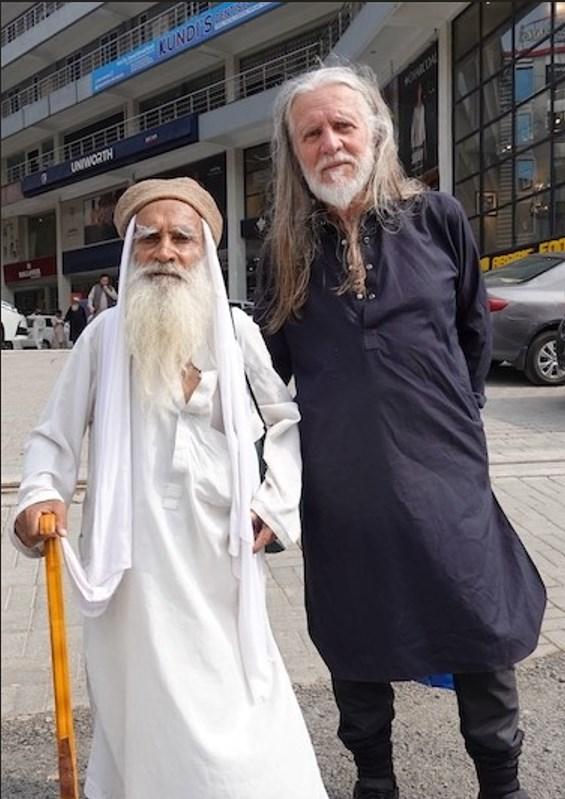

George Gittoes is a celebrated Australian artist, an internationally acclaimed film producer, director and writer.
Gittoes’ work has consistently expressed his social, political and humanitarian concern and the effects of injustice and conflict"I believe there is a role for contemporary art to challenge, rather than entertain. My work is confronting humanity with the darker side of itself."
As an artist Gittoes has received critical acclaim including the Blake Prize for Religious Art (Twice) and Wynn Prize. He was awarded an honorary Doctor of Letters by the University of NSW. His films have won many International Awards and in 2015 he was bestowed the Sydney Peace Prize, in recognition of his life’s work in contributing to the peace-making process.


George and I stayed in an air b n b just behind Fitzroy Street St Kilda during the Deakin University Gallery exhibition of Ukraine Guernica, I was excited to be back in the area where so much had happened for me at just 17. In 1983 I was accepted into the Actors course at VCA and lived in a share house with two fellow Acting students from my year.
My arrival to this point had not been easy, not long before then I had just finished my ‘time’ in the juvenile justice system of Wollongong, a juvenile gaol called Keelong and then a halfway house for newly freed homeless juvenile offenders. I was a teenage runaway, but my charge was ‘uncontrollable child’, it was in retrospect extraordinary that I had been accepted into the most prestigious acting course in the country, my two audition pieces were Jocasta from Oedipus Rex and Juliette from Shakespeare.
Having no parental support and being 17 in a big city, entirely alone, was wrought with dangers, somehow, I kept a roof over my head by manipulating social services, there were complications regarding my age, Aus study and the ‘dole’. I was a genius at jumping on the tram on Fitzroy St and jumping off at VCA on St Kilda Road without paying, I think some of the tram guards turned a blind eye, I’d leap off before getting caught which sometimes meant a long walk home. Most students in my year were quite balanced individuals from reasonably strong supportive backgrounds, I was totally alone and drawn to the exploding music scene. A dear actor friend from Wollongong had helped me to get accommodation for my audition, you had to travel to Melbourne in those days, Adam Hatzaminolas, he lined up a friend of his Mira Babic, a beautiful and kind Actress who herself had studied at VCA, to stay at her house with her boyfriend the rock singer Jonny Volume and the Marching Girls. I was totally thrilled by these wonderful bohemians, bold as brass, a fledgling, they took me under their fallen angel wings as best they could until I could stand on my own feet an get a room elsewhere, which, as I stated, I did down on Inkerman Street, with fellow acting students.
The Marching Girls world was linked with The Birthday Party and the whole exciting world that thronged around the majestic Seaview Ballroom. I threw myself into it when acting class was over becoming more intrigued with what went on there than in my theatre workshops, I knew instinctively that I was at the birth of a new wave of seeing and creating in the arts. The white marble steps were crowded with beautiful young people dressed to the max in the newly discovered black on black chic! I trawled the second-hand clothing stores for 20’s and 30’s funeral dresses, cast off by Melbourne’s deceased Grandmothers and Great Grandmothers, if I got a ‘turn of the century’ dress I was thrilled to bits. All the great bands of the day played there. There was a mezzanine level above the floor and the mainstage, I remember looking down at the writhing crowd watching The Gun Club and The Cramps, it felt like the most exciting time to be alive. The Birthday Party live had one of the biggest impacts on me. I was thrilled by audacity, intelligence and wit of the band, their flair, creativity and wild bravery. I followed them around in my free time, lingering on the periphery in awe and developing my own art influenced by the Zeit Geist mixed with my Acting studies, particularly interested in the theatre of Cruelty of Antonin Artaud, and the Absurdist Samuel Beckett. In my naivety I thought I had invented ‘Performance Art’, I wanted to shrink the plays I was studying at VCA to their essence which always involved my lifelong study of the human voice and performative ‘movement’. I was astounded by the short play ‘Not I’ by Samuel Becket, It is a rather obscure play seldom performed, I finally got to see it on stage decades later when I took George to see it in South London, it was everything I hoped it would be, a powerful image, just a black curtain with a mouth (the actor) protruding, ranting through a hole in the house curtain and a shadowy auditor stalking and lurking insidiously, I felt this at the time a powerful image and representation of oppression, symbolic of my subjective experience, more expressionist than absurdist but then the three; Absurd, Surreal and Expressionist bleed into each other in the most effective ways.
In the last of my teen years, I was excitable and with massive energy, I was always down the front of the gigs, my youthful exuberance enjoying the incredible catharsis of the wild dance and strange ‘mock fight’ of the front rows, a dance with the darkness that seemed to surround me and move through me, a battle with the collective demons of my creative generation. The bass player, also a Literature and Philosophy student at Monash, Tracy Pew was hounded by the police and died tragically very young, one night to my pure joy, he hoisted me over his shoulder at a nightclub called Inflation after a gig at the Ballroom, and pranced with me around the room, both of us whooping it up. I guess they saw me as a bit of a kid although I was not much younger than them really, but they were my inspiration, my runaway girls dream of rebellious poetic strength in the face of the traitorous authority that I had suffered at the hands of, an authority meant to protect the young and vulnerable but who instead preyed upon and vilified us, victim blaming the teens and young adults who stood up to them.
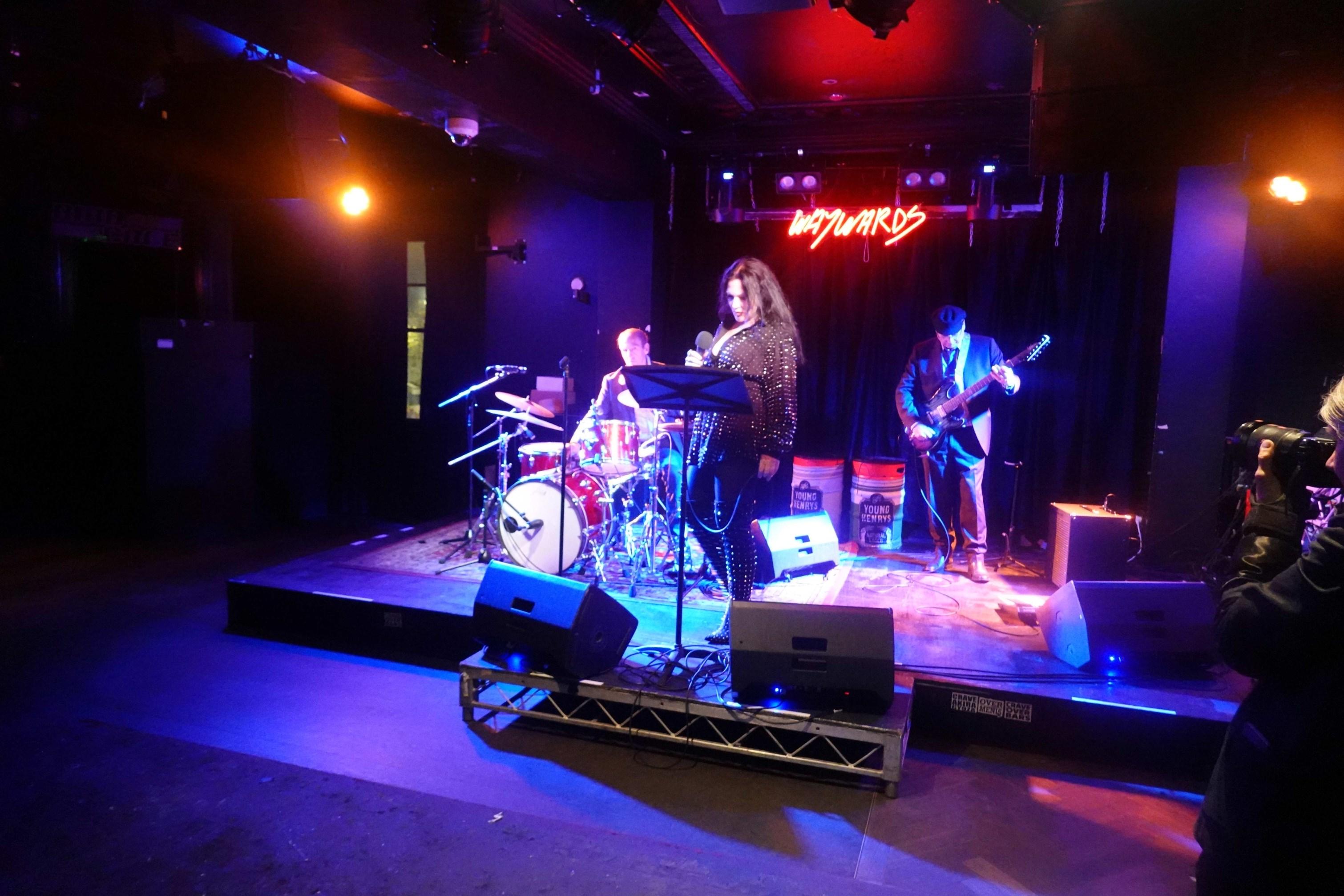
The members of the Birthday Party and other bands at the time were reviled, written ‘down’ and belittled by the provincial and yobbish press who seemed the mouthpiece of the corrupt cops, politicians and ignorant adults in general. Along with Howard Arkley and other artists, poets and the Avant guard in Australia, were feared and, “Get a job!” was the catch phrase of the time, yelled at us on a daily basis from passing cars and strangers on the street, people felt they had a right to verbally abuse us wherever we went, they would try to beat us up, especially the boys who were called “faggot” or “wanker” especially the ones like Nick and Roland who wore black eyeliner and nail polish and black lace shirts. The police hated us, our Punk/Goth hairdos were a provocation to them. Being a Punk Girl was almost as dangerous as being a ‘normal’ girl. I was in the Miss Australia contest for a brief period at 16 and a real target not only by my ‘testing the boundaries’, always, lurking, stepfather but it seemed all predators. Human predators hunt out the lost children, the orphans, the boys’ homes, the street urchins, the child protection institutions are their playing field.
Wearing a cultivated sneer that would make make Billy Idol look cute (he actually never convinced me he was scary), teasing up my newly dyed black hair and tearing up my clothes and ripped stockings were a personal trade mark, drawing inventive shapes and lines across my eyes and face with black eyeliner was a defence and a rebellion against ‘pretty’, I had to choose ‘strong’ and emit an air of repressed violence, to warn the predators that they would be in for a real fight, I didn’t really have to put on much of an act. All the horrors of the reality of my childhood seemed to inevitably come out at 17 on those streets of St Kilda, the first city I ever lived in on my own. There was no protection for me there and no understanding really of my suffering by my lecturers or peers. I was coping in a private Hell that I didn’t really understand and tried to keep to myself. Everyone used phone booths in those days and often there was a cue behind you of one or two people, or they would run down to the next block to use the one there. One night in total despair with not a cent to my name and the wolves prowling and the sharks circling, I finally mustered up the courage to call my mother for money, for help, it was late enough for her to be in bed. Her wine soaked voice blurred viciously down the line and with sadistic cruelty said “No, I gave you your fathers engagement ring, that will do you”, she turned to the creepy stepfather, slurring, “its Hellen she wants money”, an immediate greed infected response followed from him, “no we haven’t got any”, she abruptly hung up on me. Tears and pain surged through me as I tried to contain myself, then I realised there was someone waiting for me to finish using the phone I turned and recognised the young Nick Cave, I feared he’d heard everything, I tried to hold my head high as I apologised for keeping him waiting, he smiled so kindly, I was surprised, I expected him to be terminally cool, but he was so kind and grinned and made a little bowing gesture as I exited. Roland Howard was sitting on bench not far off, they looked like amazing witch elves with their pinned dark eyes circled in black kohl, and pointy shoes, both were surrounded with an aura of otherworldliness, a hyper existence of visionary beings, their pale skin pure as the moon in the darkness of night. Their presence and their unexpected smiles at that terrible moment somehow inspired me to get myself back to my share house and to keep going with my dreams.
Heroin use was what everyone was self-medicating with, there was no understanding or mercy by the greater society in those days for young people who were abused and rejected by their families. Being in a rock n roll band for most or being an artist was some kind of a crime and many of my friends, especially the girls had been outright rejected by their parents and labelled ‘bad’. I remember years down the track when I saw a girl with facial piercings and wild hair working at Boost Juice, I realised that things had changed. There was no way on earth that you could get a job, even as a waitress if your hair etc was in any way ‘different’ and when I did ‘dress down’ to get a waitressing job (my mainstay of funds in those days) male customers felt they had a right to touch female waitresses and pat you on the bottom or even grab your breasts, the boss felt he had a right to much more and if we complained we were sacked.

In our air b n b just behind Fitzroy Street, I was suddenly transported back to those days. We decided to take both our dogs on the road trip with us, Snug Rattenfanger the male, a classic white with caramel colours spots, Jack Russel and Star Bright the female, what George calls a miniature Dingo, white with the only markings, little leopard skin doted ears. We had spent so much time overseas in both Ukraine and Afghanistan it wouldn’t right for any of us to leave them with friends again. Snug had been unwell, he was 16 years old, we hadn’t realised how ill he actually was when he very sadly passed away not long after our return home.
For me there has always been something strangely ‘other worldly’ about some street people and some long term drug addicts, it’s like they have accepted their parallel universe, ultra nightclub dwelling, bloodless, white skin, covered in Celtic tattoos with bright sparkling ,chemical blue eyes. As I was getting into the car parked just behind Fitzroy St one of these guys approached me, eyes like a laughing leprechaun, gleaming unnaturally, directly into mine, my usual streetwise, hard face, broken through momentarily, as he walked right up to the window of my car smiling, as I shut and then quickly locked the door, “I like your look darlin” he winked through the glass, I smiled and he touched the window with his pallid open palm before he went on. A second similar encounter was with a woman, in the distance she sashayed slenderly, along the footpath with the professional cat walk of a super model, she was so convincing it wasn’t until she was only meters away from me that I realised she was another ‘drug fae folk’ as I call them, they live a hyper real, preternatural existence, I imagine, similarly, in the manner of our ancient predecessors, of Viking and Pre historic British Isle tribes, she was totally shameless, carrying a plastic garbage bag as if it contained the latest Gucci gown, her eyes sparkled, ephemerally large in her sunken eye sockets, blue green, glittering, crazy diamonds straight into mine, she smiled revealing smashed front teeth, ‘broken’ looks different than ‘smashed’, there are sharp points when ‘smashed’, that present as diagonal shards, facial tattoos of blue ink stars on her cheeks. Suddenly she pointed to me, her white finger stretching close towards my heart. “Your magical!” she blurted out, with an unusual lisp on the ‘j’ sound in ‘magical’. “Darling, have you got 5 bucks?” in a complete tone change, as if I was an old friend, perhaps she was an old friend from my early days but I just didn’t recognise her, the thought ran through my mind as I searched her face for a glimmer of recognition. I took out some notes from my purse, her white tendril-like fingers appeared all at once and lifted the money from my own hand as if receiving Elphame alms. A notion chattered in my mind, if you give to the faeries, they give back to you, they may give what you don’t expect or want but if you don’t give to them, they take from you anyway.

That evening my dear Jack Russell, Snug had a strange experience looking into a ceiling to floor mirror at the rented premises, George and I caught him just staring into it, when I appeared in the mirror he startled, we have a similar mirror at home that he has never engaged with in the same way. George takes the dogs out for a walk before bed at night and that night he suddenly returned early, running and exasperated into the house, calling me saying Snug had run off and disappeared and he couldn’t find him. I threw on a coat and ran out in search of him. We ran down Jackson St calling, he was not to be seen at all, somehow, we both turned and ran the other way up towards Gray Street, a notorious street where sex and drugs were sold openly, one of the street people saw us and said, “Are you looking for your dog? He ran that way”, and they pointed far down Gray St, George and I looked at each other with dread in our eyes, thanking them and searching onwards as the evening squall of traffic hurtled through the smoggy chill of St Kilda’s cruellest street, we ran and ran and finally one of the Fae Junkies with the glittering blue eyes leapt off the gutter, just catching a small shadow in the distance, we knew it must be Snug, we ran towards him the Fae urchin snatched him up, just before he tried to launch his little body into the blind traffic, “Is this your Dog”? “Yes, yes, thank you, thank you; you saved him, we can’t thank you enough”, George and I both sputtered and panted with the relief from the anxiety. It was the same guy that had spoken to me earlier, his eyes seem to sink back into his sockets glinting like diamonds in a coal seam as he passed him over to me ceremoniously, in a worried tone he said “he’s a beauty too, look after him, he hasn’t got long”. “Thanks so much we called again” this time, in gratitude, I grasped his cold hand like a stone sculpture. I held tight onto my little dog and felt his heart pounding along with mine, I let go his unmoving hand and looked up to see his eyes full of sorrow, looking down at Snug, as my hand slid from his it was as if he didn’t notice or register the handshake at all. George put his arm around me and we walked back to the rental, carrying Snug close all the way.
Days later I walked the dogs down to Acland St firmly on their leads and on the way back I stumbled on ‘Roland Howard Lane’, Mick Harvey said they should’ve named Fitzroy St after him, not a little lane way. Snug and Star started barking at a black poodle in a garden right on the lane, I spoke to the dog owner, “Do you know who Roland Howard was?”, No he replied, a young sensitive, kind of man with a soft voice, “a great poet and musician”, I said, “who has had ,and still has, a great influence on the world stage”. “Ah, I will look him up”, he seemed genuinely interested. “What is your dog’s name? Oscar, he replied, I wondered if Roland and Oscar Wilde were conversing in the ether. I walked on, knowing Snug was not himself and getting ill, my stalwart champion for 16 years was getting ready to move into the next plane. I had never in my life been so close to a dear little animal who was such a fierce defender and playful joy to me.
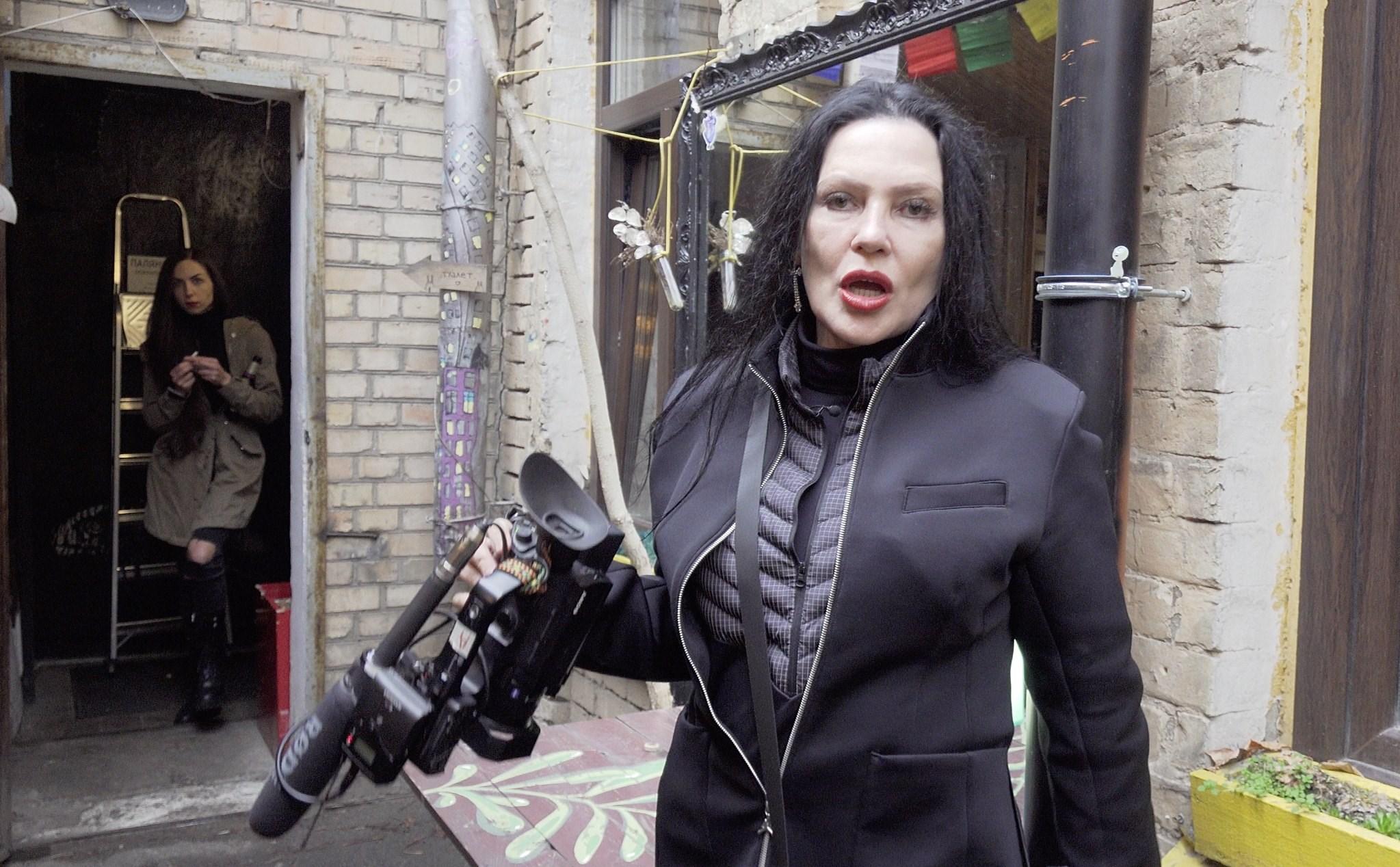
The back streets are quite clean and with lovely coiffed gardens with low fences and gates as I approached our street a young teenage girl, wearing too little in the cold was standing looking down to the ground, obviously taken too much of some drug and in a bad way. She looked as if she were standing on the edge of a precipice that wasn’t there, as I approached, she turned her still pretty little face, the sorrow seemed to sit upon her like an incubus, seeming to melt her face down to a pitiable sorrow, she turned her back on me and stared at the wall until I passed. When we first arrived in Kyiv I went to a gig in the empty city, the people who remained were the rock musicians and their audiences, they would defend their culture and if the Russians made it into Kyiv passed the soldiers it would be them, they would face. I spoke with a 21-year-old girl who was carrying an AK47 in the bar, she told me that she had been preparing as a young teen since 2014 when the Russians shot and killed the people attempting to, and finally resulting in, ousting the Russian puppet Ukraine President, Yanukovych during the bloody demonstration of the Euromaidan. An all-girl band called Folkulaka described as a horror folk was playing, and we became good friends. They were raising money for medical equipment with their gigs, and they would drive ambulances to the front lines in the mornings with the medical equipment they had purchased as well as bring wounded soldiers back.
I’ll never forget returning to Melbourne a decade or so later and seeing Arkley’s wonderful portrait of Nick Cave flapping on flag poles all the way down Swanston St, I realised that everything they had gone through had somehow turned around as Nick had ’made it’ in England.
At the end of 2023 I realised that I was the only student from my year at VCA who was on the red carpet at the Melbourne International Film Festival with our film Ukraine Guernica Art Not War screening at the ACMI Cinema and Kino 1. We head next to screenings of our film and solo performances from me to Poland Museum of Cinematography in Lodz and then Zurich and back to Kyiv, I feel like I’m just starting to reach my full potential with so much ahead of me!
- Hellen Rose © 2024.
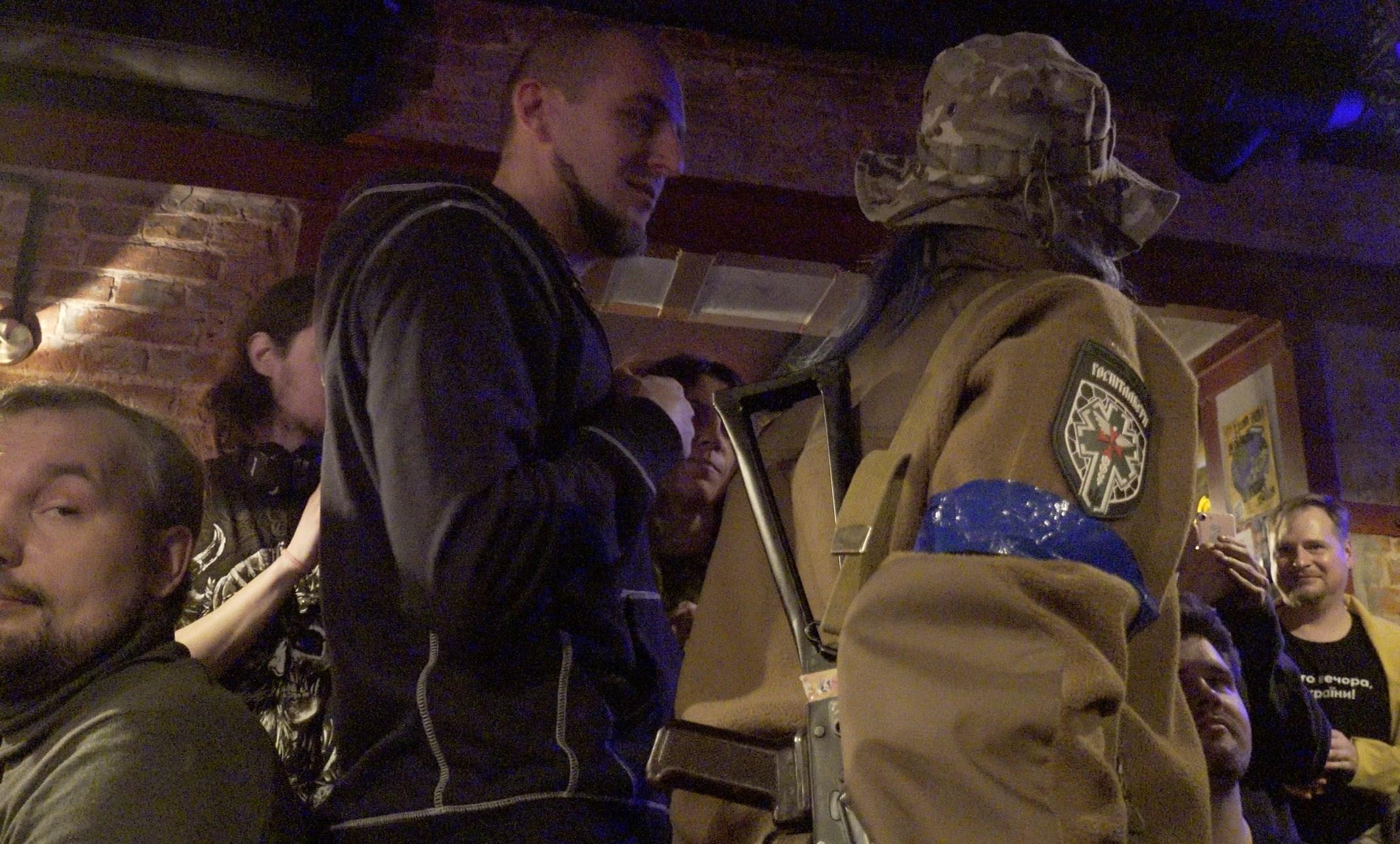
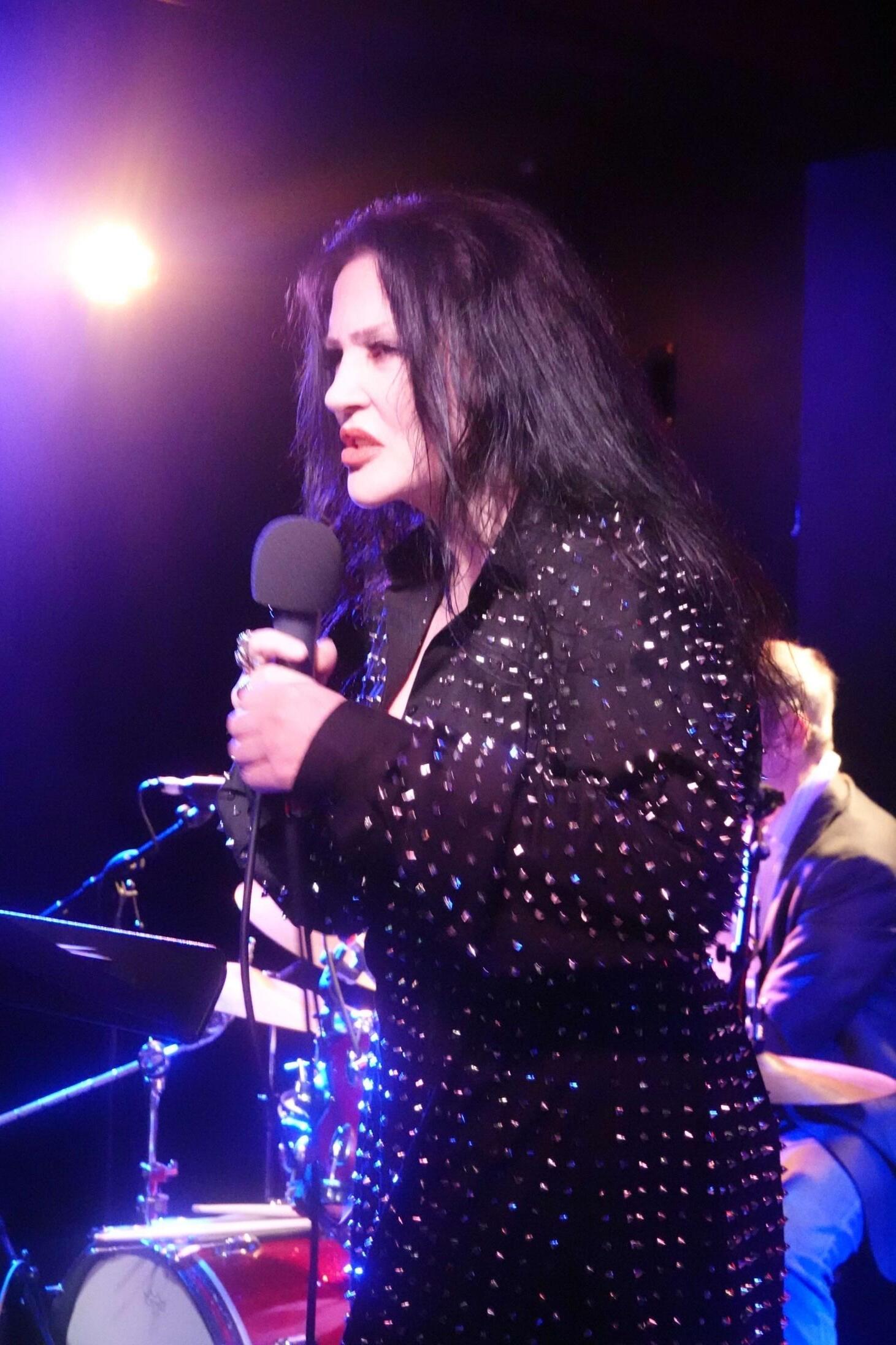
DIRECT LINKS:
Double Double Music Video Clip,
filmed at the Yellow House Jalalabad 2024
https://www.youtube.com/watch?v=mVP05eCeGu0 Folkulaka Bayu Bayu
https://www.youtube.com/watch?v=0T8NPLna4EE
Ukraine Guernica Art Not War
Original Motion Picture Soundtrack
http://itunes.apple.com/album/id1758479500?ls=1&app=itunes https://open.spotify.com/album/1N3eC7LRrOUghjroaowV70
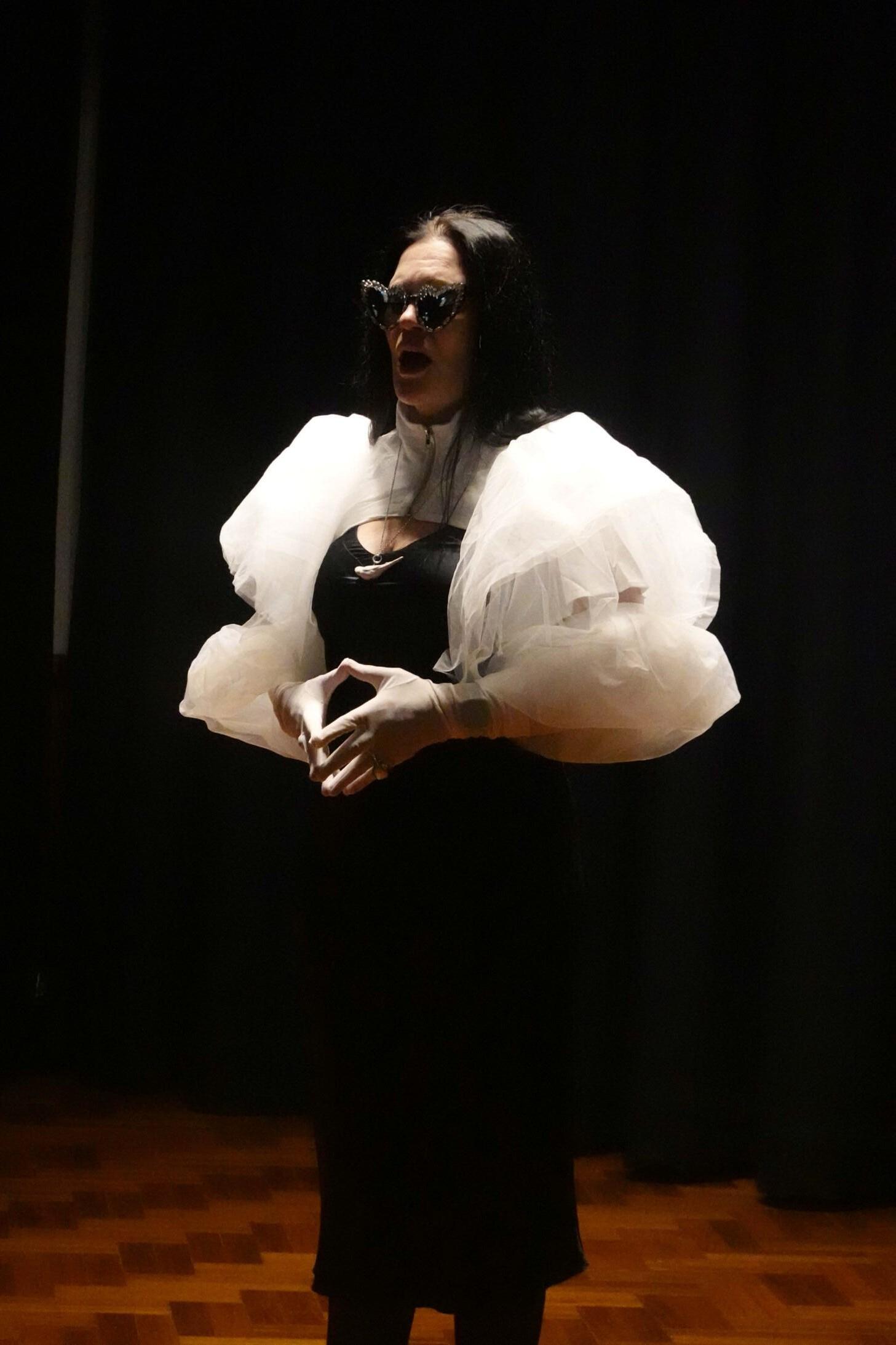
Singer and performer. Awarded BVA Hons, M Teach, Grad Cert Arts and NSW Premier's Award 2014. Manager / Co founder The Yellow House Jalalabad, Afghanistan.
Rose is Co Producer and Music Director at Gittoes Films Pty. Ltd.
George Gittoes and Hellen Rose make documentary films, often in and about war zones. Their latest film White Light deals with the gun violence that's rampant in the Englewood neighbourhood of South Side Chicago, USA.
Hellen Rose’s short film "Haunted Burqa," has been selected as a semi finalist for Best Short in the Berlin International Art Film Festival 2022 and the Indie Short Fest, Los Angeles International Film Festival 2022.
E R K H O V E N
What is waning, it’s attention span diminishing.
Clearly, we have to fight tooth and nail to stay on this platform. Where we marked our boundaries, based on legal procedures.
So much streams forth, a reclaimable journey of its own.
On all these multiple fronts, we set out so bravely with our knees near our chest, our arms paddling into the ocean waters.
Accustomed to the age-old rituals, handshakes and head nodding. These are familiar features, to be drawn from our constant observations.
Another group of Elders still in their teens come to the well-lit room, with a bottle of wine and spirits, wishing to make our acquaintance. They have been working at the various sites, honour and dirt washed off at the sink, to start each day afresh.
What was the conversation like? A stream of acknowledgement, for all past and present and still to come.
Pleasantries waft sweetly in the air. And then there is the wind, on its hyperbolic mysterious journey.
Prayers, minute outcries of rage and squeals of laughter, never ending concerns to keep the balance, the fragile peace.
Beyond the living you wouldn’t know all this goes on.
Eric Werkhoven © 2024.

Stephanie is a New Zealand born Australian painter who has specialised in portrait commissions for over 20 years. She is also a contemporary lifestyle painter preferring to work across a range of landscape, figurative and still life genres working mostly in the medium of oil and beeswax with an expressive realistic style. Seeking out and taking inspiration from the ordinary every day she has a passion for colour, texture and form and enjoys painting directly from life.
Stephanie has been a selected finalist in many major Australian art awards including Finalist in the Archibald 2024.
Currently Stephanie resides and creates from her art studio on Sydney’s Northern Beaches, NSW.

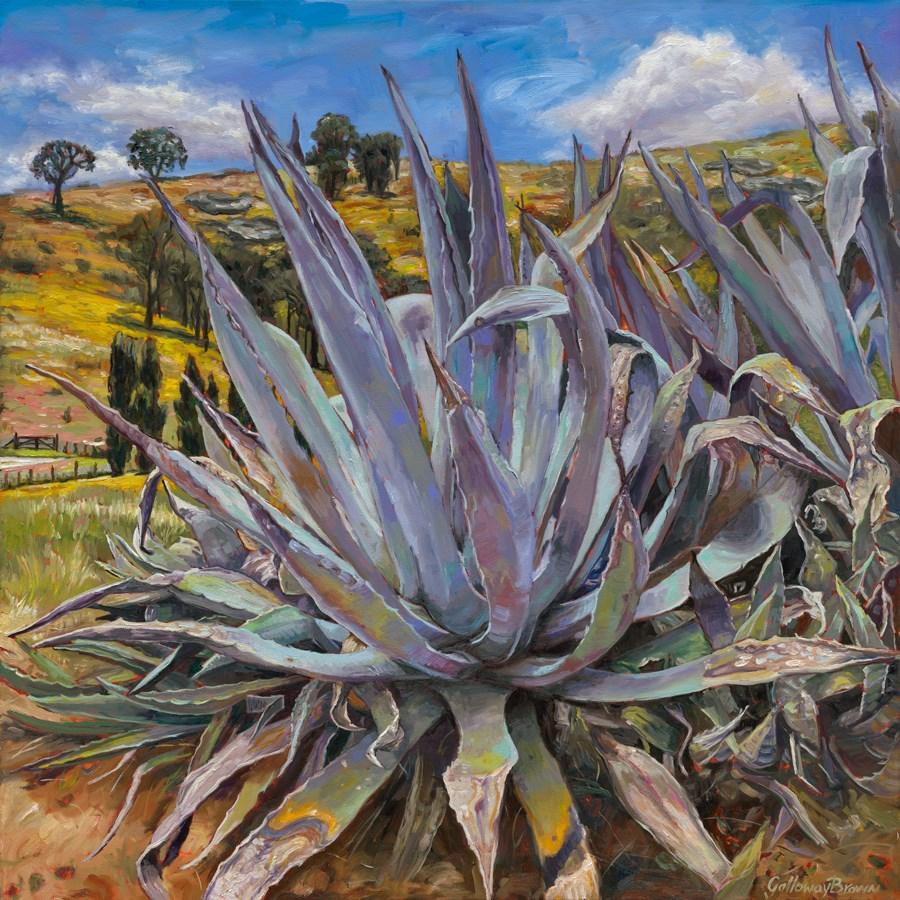
Brief outline on your background - where did you grow up and education?
I was born in New Zealand and grew up on a farm near a small country town called Matamata, later becoming famous for where they filmed the movie The Hobbit. At school I excelled at art and assumed it would be my calling but didn’t get accepted in to Fine Arts school as my other grades were questionable. Deflated, it would take many years to come back to my art.
I left New Zealand age 21 to pursue my other love which was travel. After many years of working odd jobs and exploring the world I ended up visiting Sydney, loved it and decided to call it home. Here, I followed a career path in illustration and graphic design before rediscovering my love of art at the Julian Ashton art school and the pure joy of academic life drawing.
Since then I have been a selected finalist in many major Australian art awards including the Archibald 2024, The Portia Geach, Salon Des Refuge (Archibald), The Lester Prize, the Shirley Hannah Portrait award and the Mudgee Arts Precinct Portrait Prize and winner of the peoples choice award. Working mostly from commissions I also prefer to work across a range of landscape, figurative and still life genres painting in the medium of oil and beeswax with an expressive realistic style, seeking out and taking inspiration from the ordinary every day I have a passion for colour, texture and form and enjoy painting directly from life.
When did your artistic passion begin?
From an early age of 3 or 4 I was always drawing. My mother questioned my drawing ability at age 4 and kept me with a constant supply of art supplies and I loved doing those paint by number sets and in those day they were oils and linseed. In my first year of primary school I was punished for painting a fire truck bright green instead of red. Perhaps that’s why I became as realist.
Have you always wanted to be an artist?
To be honest I didn’t even know it was a real job until many years later. I thought it was that thing you just did for fun. My family wasn’t artistic and we weren’t surrounded by art in our house. The only other artist I’d met was the high school art teacher. I grew up surrounded by Walt Disney picture books which I’d copy so at one stage wanted to be a Disney animator.
Describe your work?
I would describe it as contemporary realism leaning towards expressionism. It is slightly textured, layered, often scraped back into and repainted. It often goes through a phase of creation, destruction, recreation and is often embellished with graphic elements or text. Do you have a set method / routine of working?
I also work part time as an Aus Post PO Box postie and start early in the morning for the first 3 hours of the day. This sets the tone for my day, is stress free and I can chat to the early morning people going about their day, as studio life can be isolated. It also sustained me through Covid as an essential worker when art teaching jobs dried up. I’m back in the studio by 11am to start my painting day.
As soon as I get the paint palette sorted and mixed I’m ready to go. I’ll often put headphones on play either music or art podcasts and depending on how I’m painting the tempo may change. I usually have commissions to get cracking on with tight deadlines so will have a couple going at once and I’ll also be trying to work on other pieces for exhibitions. Why do you choose this material / medium to work with?
I came to painting later in life and as much as I love drawing I now have a preference for oils. I get lost in the smooth buttery texture and rich glossiness and how you can express yourself with it. I also love beeswax and I’m often exploring ways to work them together, always adapting and exploring. Sometimes I’ll start with charcoal or acrylics for the quick drying time. I almost never start a painting the same way so I’m always experimenting a little, although I mostly come to a similar conclusion. Linen is my favourite substrate. How important is drawing as an element to your artwork?
I love drawing as it was my only focus for many years before I came to painting. It is important but not always essential. I can nut out many of the shapes and composition issues with a drawing and it is a great problem solver for when it comes to the actual painting process for me.
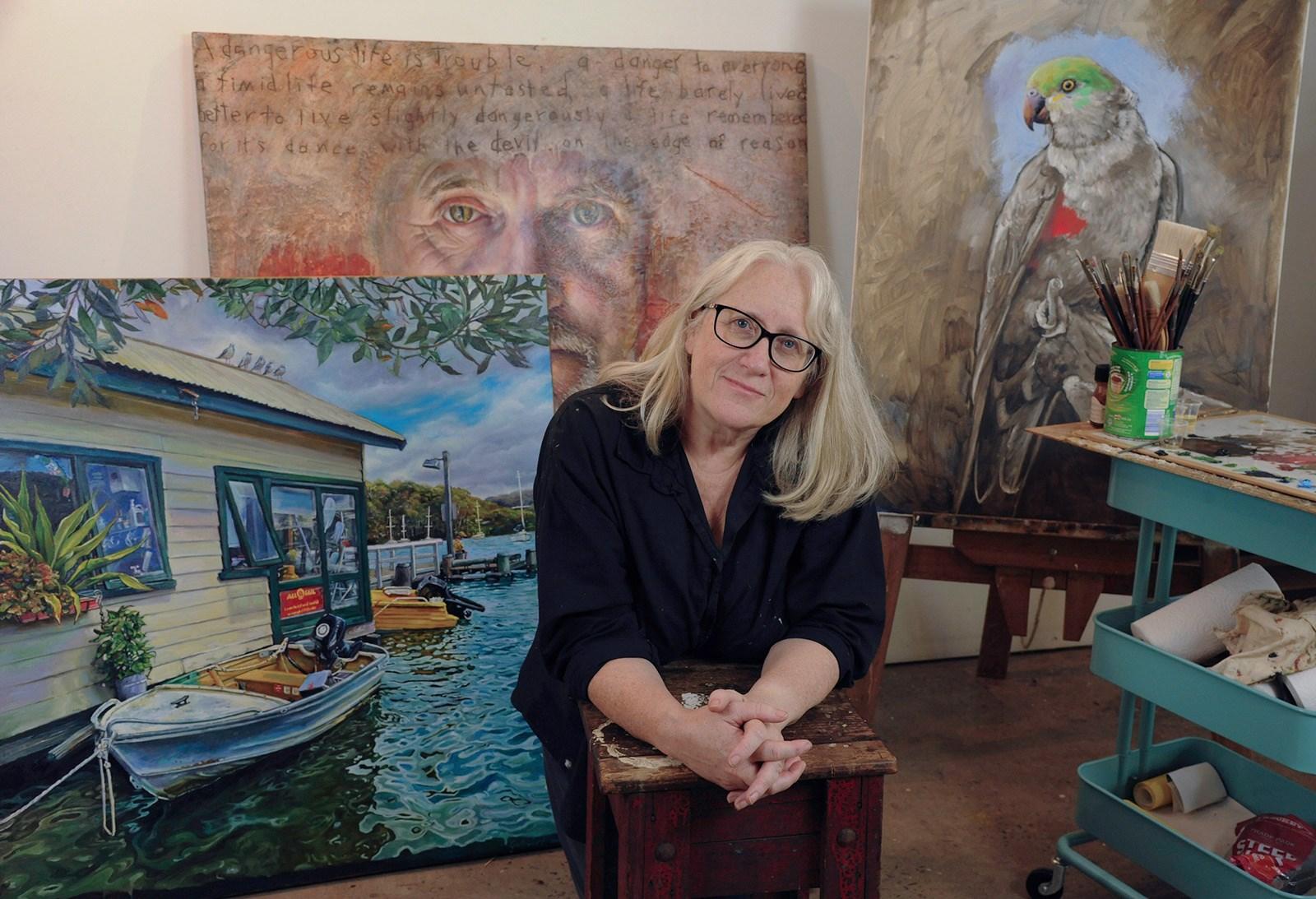
Getting out and about and travelling. Opening my eyes to everything and people watching. I’m always inspired to paint what is around me particularly certain colour combinations, our lifestyles and common surroundings. I’m also inspired by graphics, street art, movies, posters and street signs. Going to galleries or watching someone else paint always makes me want to get painting. What have been the major influences on your work?
Perhaps the biggest influence was having my only daughter later in life which brought me back to painting. A portrait I did of her at age 4 was my first attempt at painting in oils and a passer-by convinced me to enter it into the Shirley Hannan portrait awards and to my shock it was chosen as a finalist. I was so ecstatic being hung along side some of my artist idols that it gave me the confidence to get back to art seriously. That portrait got media attention and also brought in the commissions. It was a huge turning point in my life after leaving a career in graphic design.
What are some of your favourite artworks and artists?
There’s so many I admire or are inspired by but to name a few favourite artists: Xenia Hausner, Irma Stern, Hung Liu, Alice Neil, Suzanne Valadon, Cuno Amiet, Norman Rockwell, Margaret Olley, Rita Angus, Odilon Reddon, Hernan Bass, William Wendt, Nicholas Harding, photographer Steve McCurry and so many others. Any particular style or period that appeals?
Perhaps mostly the Expressionism, Fauvism and contemporary styles and also the Dutch masters.
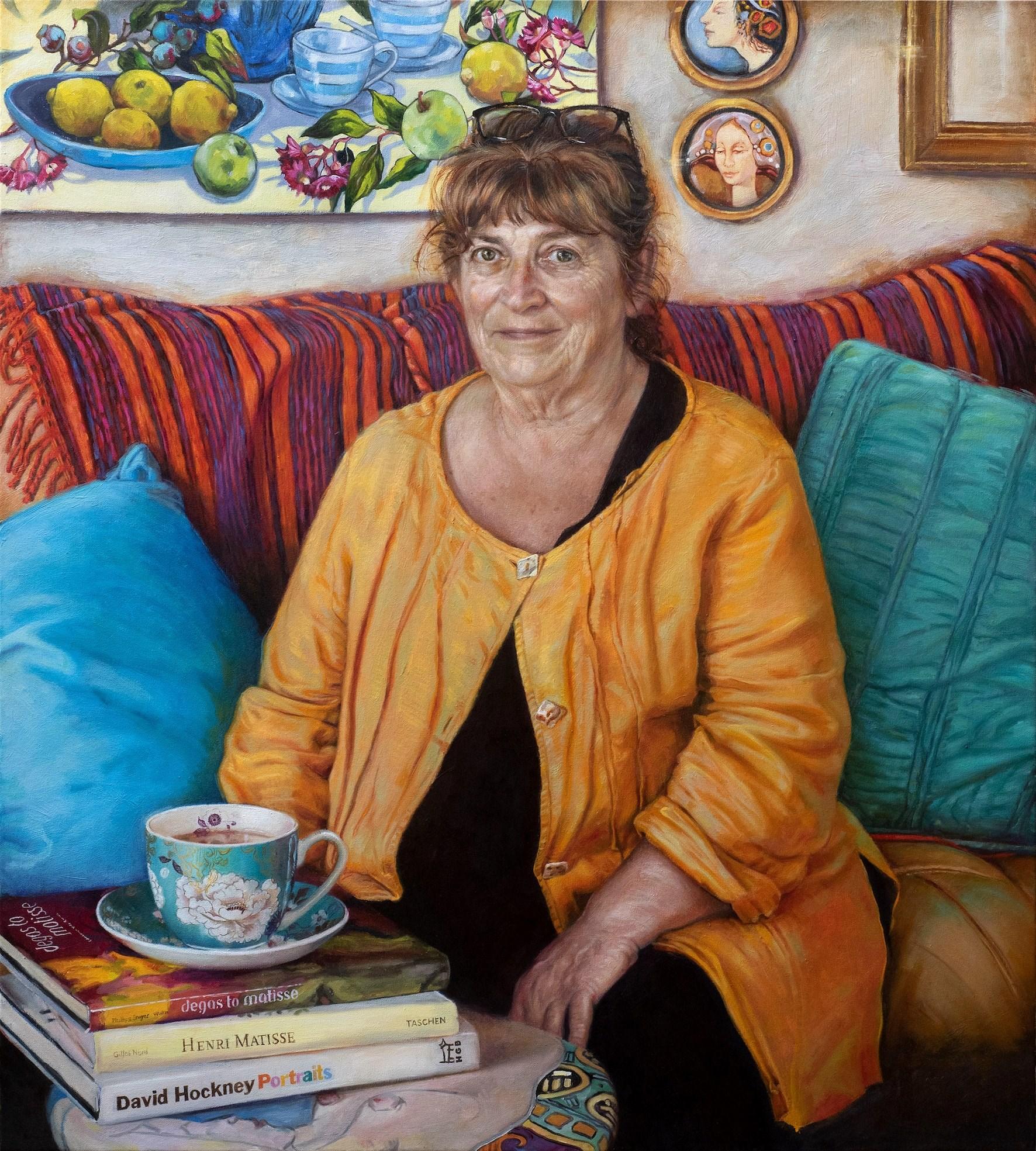
are the challenges in becoming an exhibiting artist?
For the last 20 years I’ve worked mostly from commissions. So any other work I’ve made has sold via my online shop, Instagram or group show exhibitions. I am yet to be represented by a gallery but it’s definitely something I’d love to pursue. The challenges for me is time between commissions and keeping a body of work together long enough for a show. I’m currently working on trying to take on less commissions unless it’s a project I’m really excited about and focusing on building a body of work. I’m also thinking of moving back towards being a full time artist.
Name your greatest achievement, exhibitions?
Being a finalist in the Archibald was very significant for me and a major goal ticked off. Also getting into the Portia Geach by finally becoming an Australian. The Lester prize, the Shirley Hannan and winning the Mudgee Precinct portrait prize peoples choice. Painting some of the most extraordinary humans I’ve met through my art. Making my portrait project The Face of Extraordinary: Volunteers and writing a book on all their stories to go with the portrait exhibition. Being featured in the Cold Wax Medium techniques book by Rebecca Crowell & Jerry McLaughlin. Building my own website with online shop where I sell my own works. Being able to make a living from doing something you love every day is the most wonderful achievement anyone can have.
What are you working on at present?
I’m currently working on 6 commissions, two double portraits, an individual portrait, a large coastal scape scene and a large painting of two King Parrots with wattle scene and also a couple of portrait prize submissions. I’m also trying to build a body of work based on our urban landscape connections and everyday encounters. So my work is diverse across genres from highly realistic to the more expressive which I prefer. I’m used to working directly with clients and to a brief.
What do you hope viewers of your art works will feel and take with them?
Mostly, I hope that viewers feel a connection with my work in some way. Whether that evokes a memory or feeling of nostalgia, joy, strength or hope. I hope viewers feel peace, and a sense of calm. Mostly, I feel rewarded when my work is collected, loved and becomes a part of peoples lives and homes.
Your future aspirations with your art?
So many ideas but I would love to have a solo show and working on another portrait project in the near future is also not off the cards. I’m continuing to work on my urban landscape series and I’d also like to do a traveling and painting trip at some stage. I’d also like to come back to teaching a few workshops when I have more time.

A L L E R Y S T E P H A N I E G A L L O W A YB R O W N
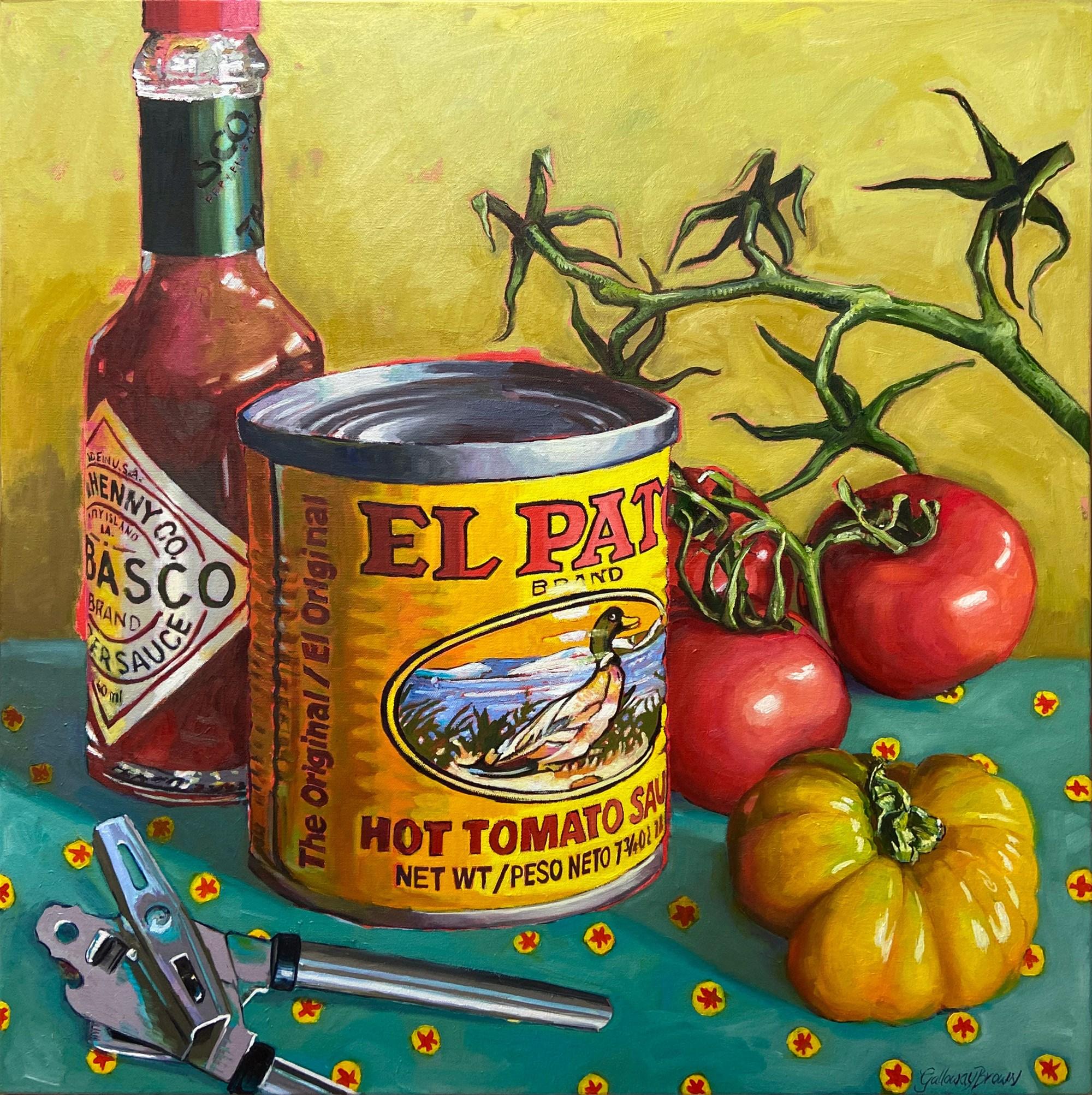

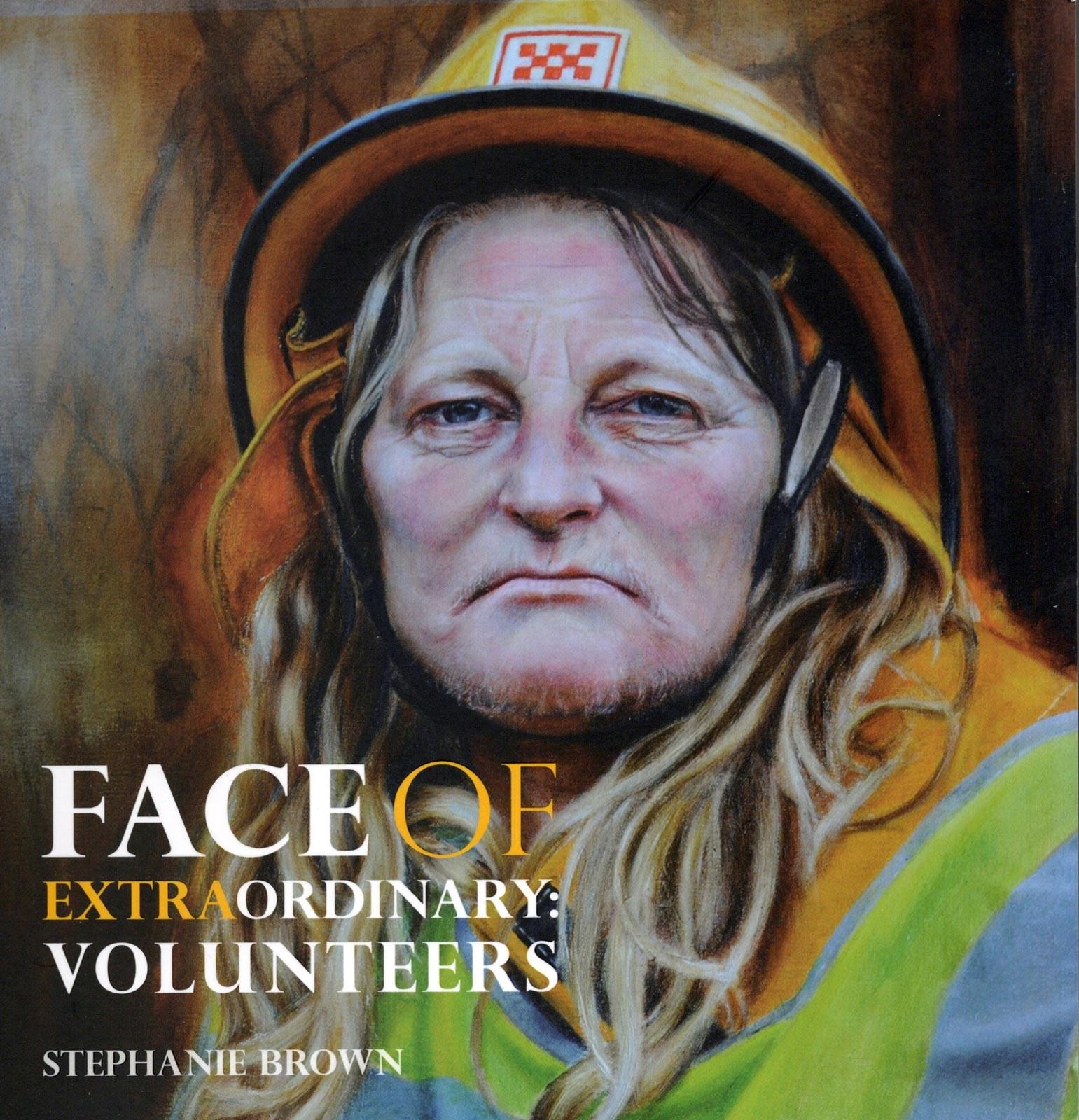


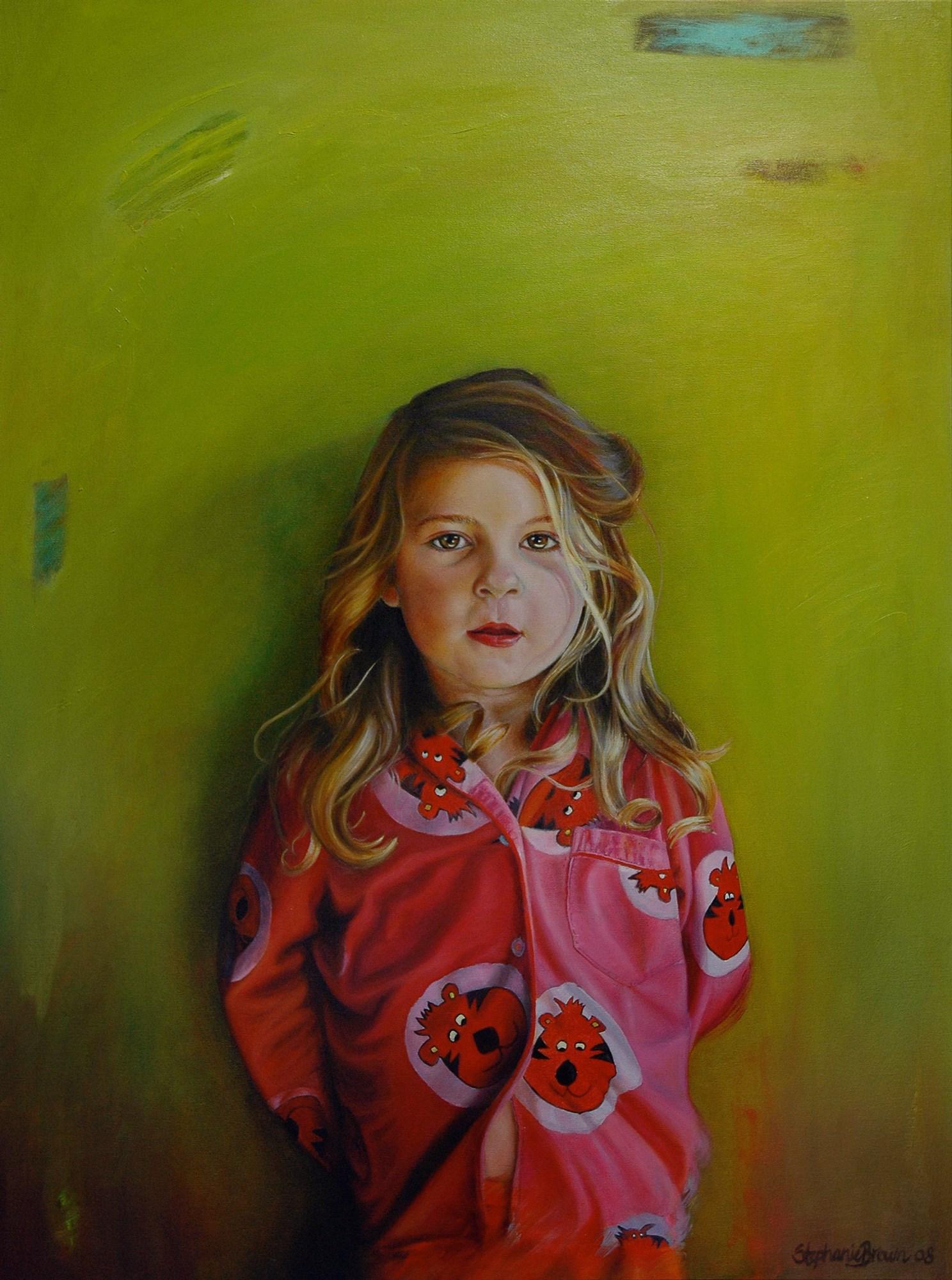
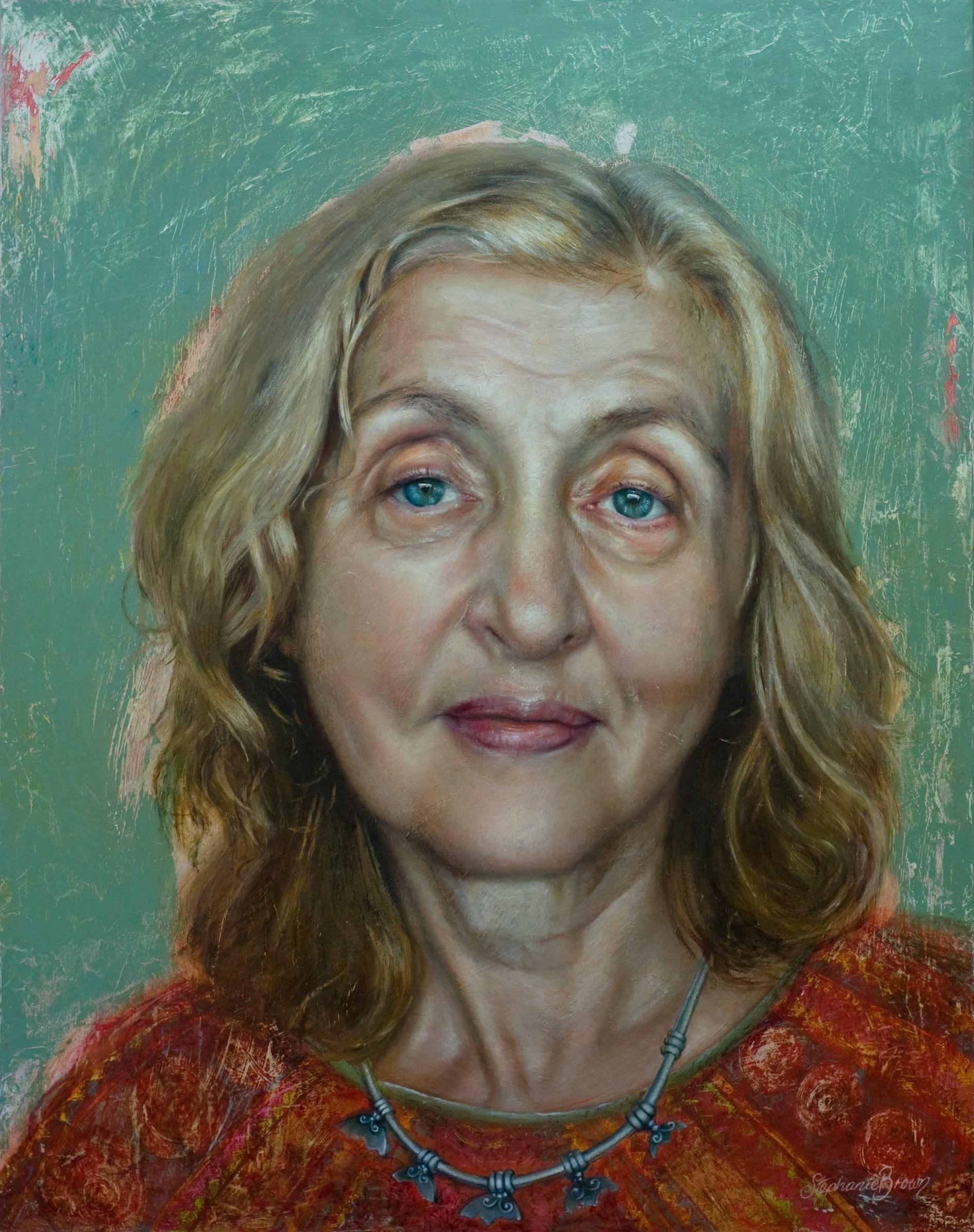
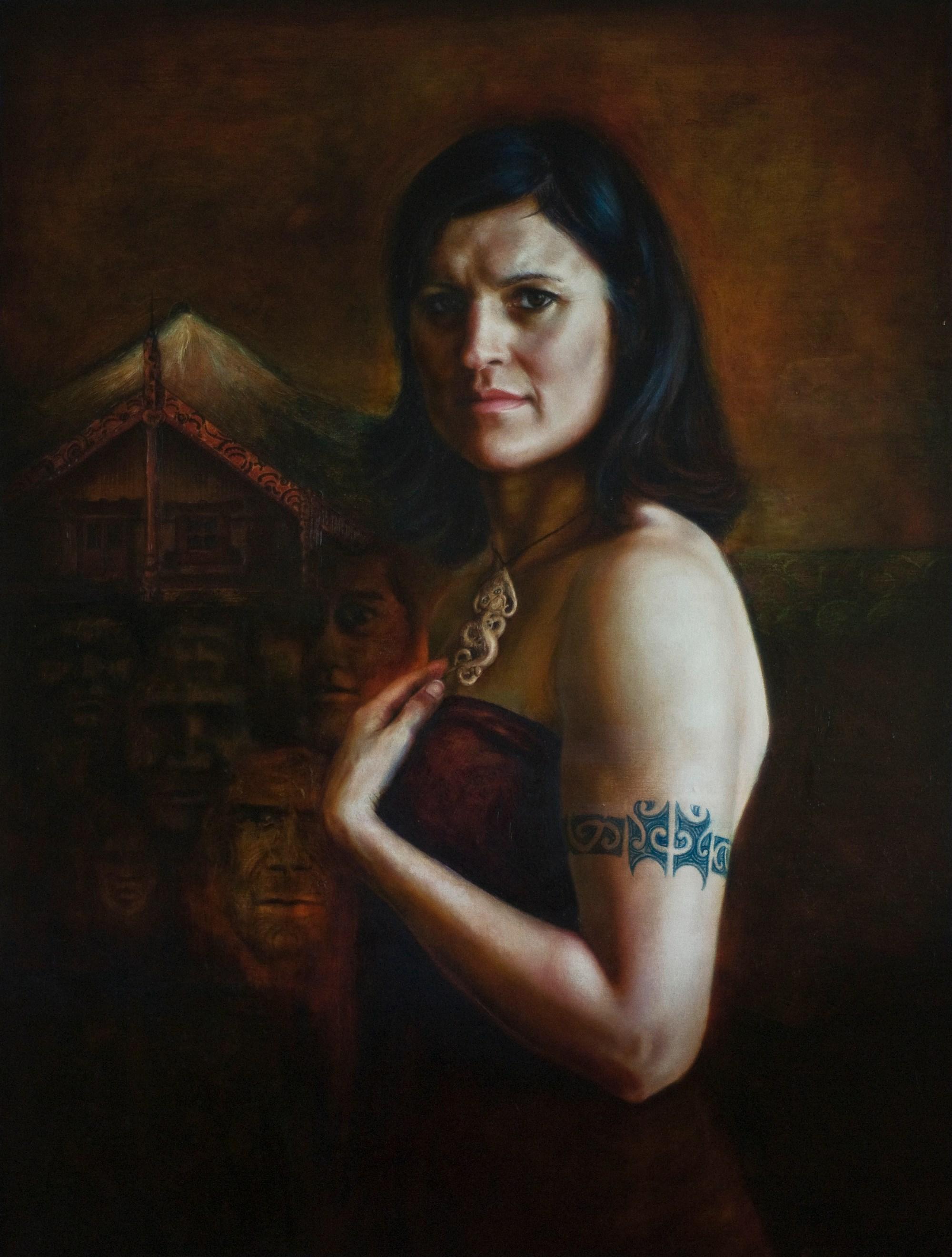
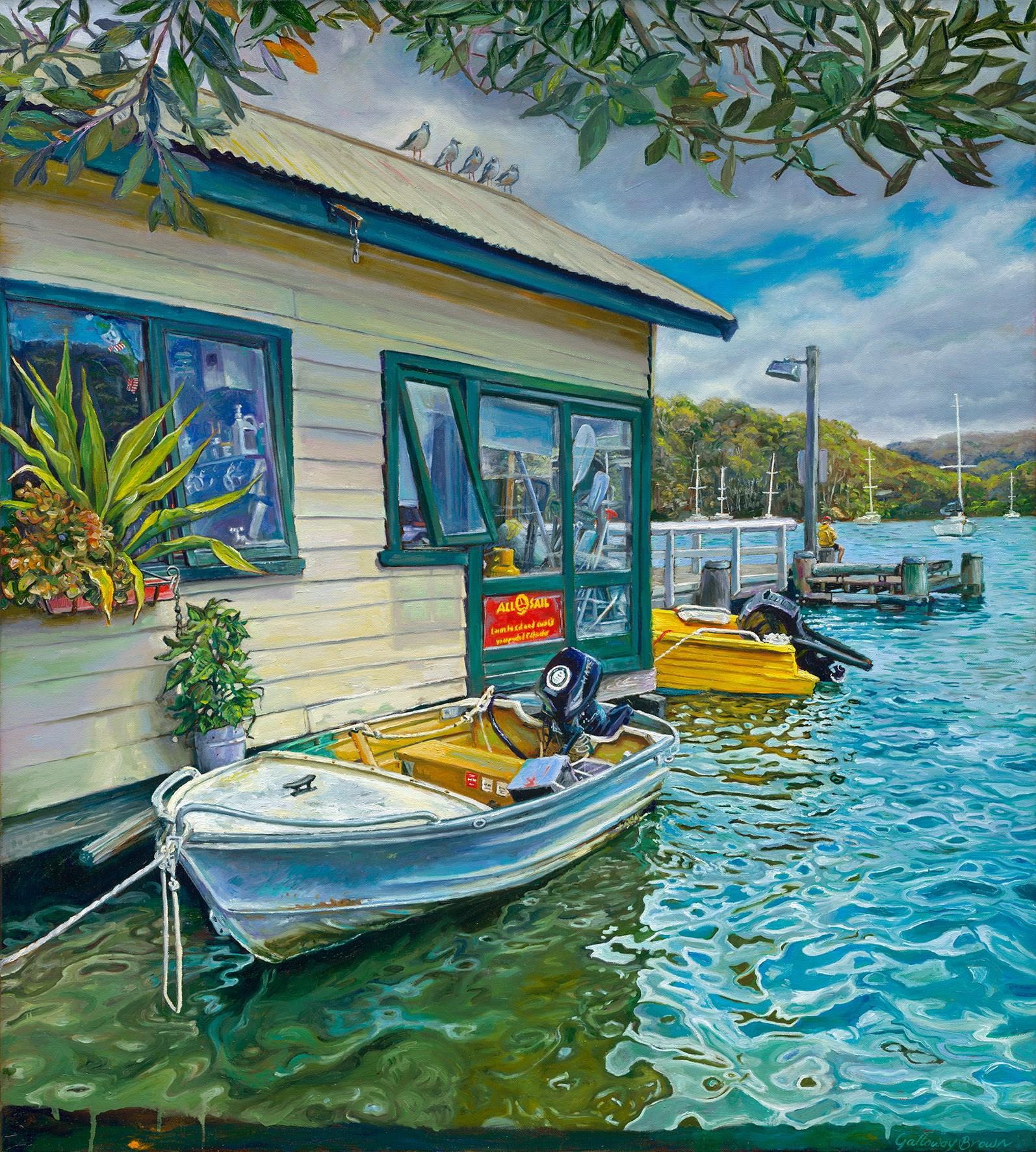
S T E P H A N I E G A L L O W A YB R O W N
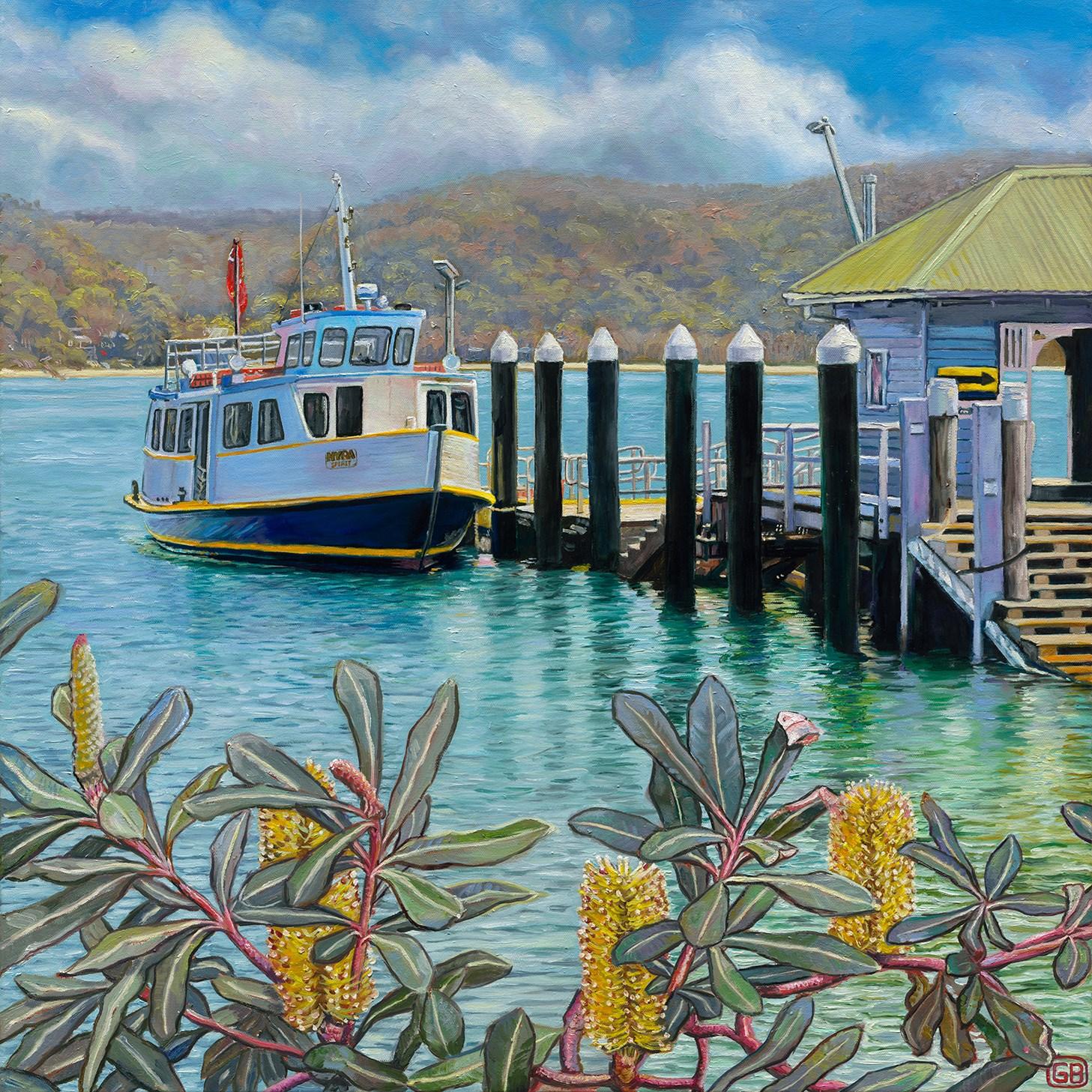

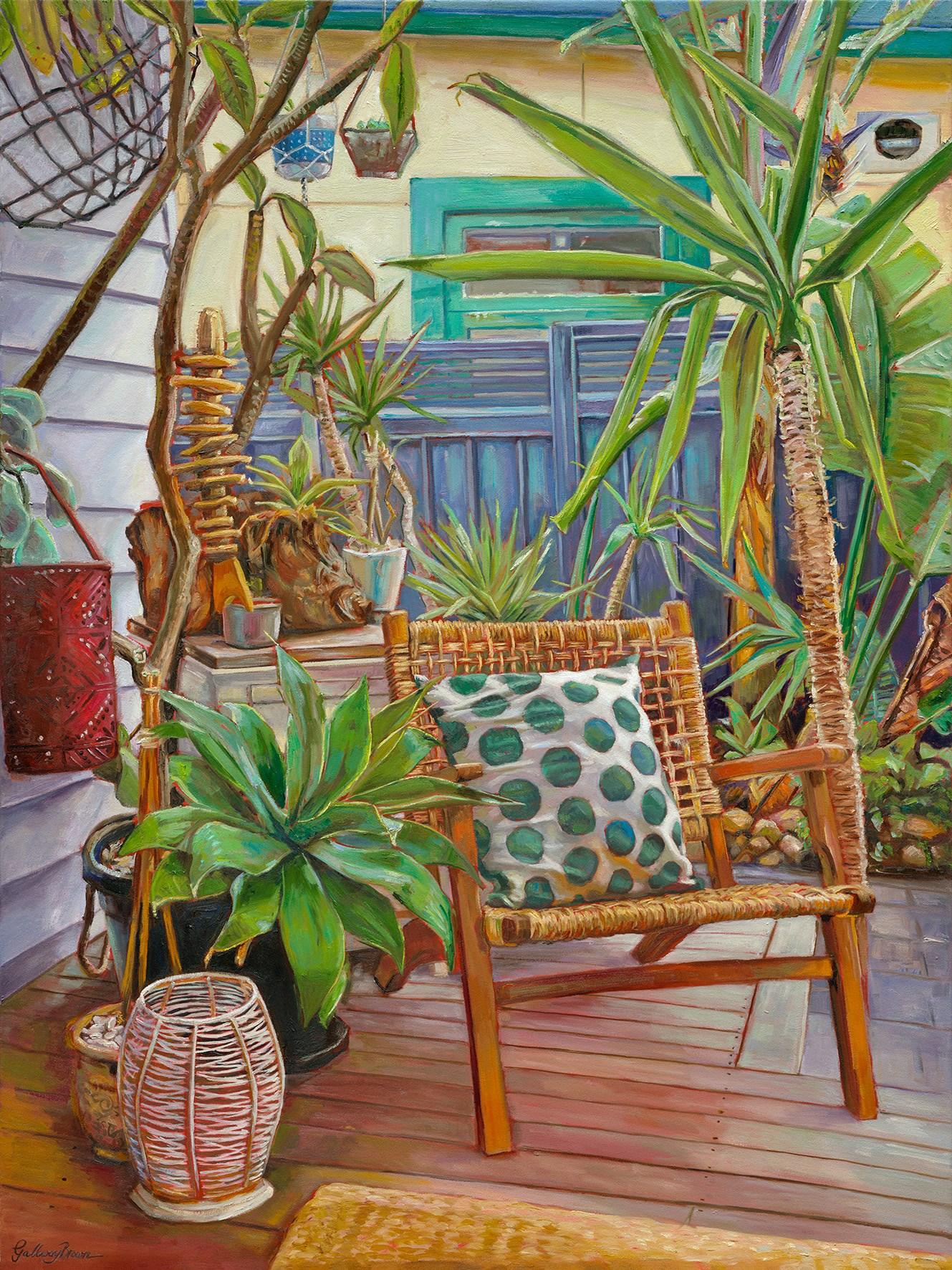
Mark Tindall
My career has been in education. I am a philosopher and musician. As a result I have been thinking. Thinking is a dangerous thing to do. Read the article to the end. The beginning is not like the end. This is actually advice for the newbie.
I used to teach a year long overview of philosophy beginning with the pre-Socrat ics and ending with modern philosophers. Part of that overview was the philosophy of art (Aesthetics). I’d give the analogy that reading art is like reading a Chinese book. If you can’t read Chinese then the book is useless as you cannot decode it. Whatever treasures the book contains are lost to you. Learning about art makes it easier to read / interpret art works.
We’d investigate multiple definitions of art We’d briefly look at the philosophies of art by Plato, Aristotle, Kant, Santayana, Schiller, Spence, Lang, Groos, Schopen hauer, Nietzche, Vaihinger, Croce, Alexander, Titchner, Lotze, Lipps, Dewey, Hirn, Tolstoy, McMahon, Ducasse and Parker. That’s a huge variety! Which one is correct? Are any correct? Does it matter? Probably not. You can still enjoy art without knowing the definitions.
We’d look at the multiple different ways of reading particular forms of art such as music. We’d investigate at the components of music such as beat & metre, tempo, pitch, scales, melody, chords, harmony, key, tonal quality, lyrics, dynamics, textures, layers and structure. Components are combined in various ways to make mu sic. We’d discuss the features of particular genres. I’d show how country music features stories but jazz music features improvisation. If you like stories you would probably prefer country music but if you like improvisation you would probably prefer jazz. One size doesn’t fit all.
If you are reading this article as an artist in some other field than music then you probably recognise that your own field also has different methods of interpretation and various components. You have learnt to decode the book of your art form. You can use your knowledge and skills to critique the art of others in the same field.
But what about the newbie presented with your art form?
The majority of Australians have a minimal education in the visual, literary and performing arts. They don’t have extensive background knowledge or skills. They don’t have time to research it before being presented with your art.
Your art is there. The newbie is there. How do the two interact? Is there a simple way for a newbie to approach all of the arts and enjoy them?
I used to meet regularly with my friend, the late Stephen James, an artist who was studying for a PhD involving the intersection of art and phenomenology. We dis cussed Edmund Husserl’s époche (bracketing). You bracket, or place to the side, what you know about the object being viewed and focus on what is directly experienced in front of you. Steve was also a Buddhist and practised mindfulness - a living with awareness and acceptance of the present, and without criticism or judgement.
Could bracketing and mindfulness help the newbie faced with a new art form?
I suggest three steps for the newbie.
1. BRACKET: Forget everything that you expect about an artwork. Ignore what you think you don’t know. Block out distractions. Experience the one thing - the artwork.
2. FOCUS: Use mindfulness. Immerse yourself in the artwork. If its sound, then listen carefully to all sounds together and then to each sound. If its visual, then explore the whole artwork and then the individual sections. If it’s literary, read the whole then read smaller parts. Concentrate on the whole and the parts of whatever artwork is presented to you. Take your time. It isn’t a race.
3. FEEL: Pause to reflect. How does the artwork make you feel? What emotions do you have? Does it make you want to experience a similar artwork or not? If it does then you can search for a similar artwork. If not, it doesn’t matter. One size doesn’t fit all. (I’ve said that before.) Try a different artwork. You’ll eventually find some thing that’s a good fit for you.
These three steps do not require background knowledge or skills of the art form and can easily be remembered with BFF - Best Friends
Forever - Bracket, Focus, Feel. It can work for newbies in all age groups and all the arts. The newbie can be come best friends forever with the arts. The more newbies that are interested in the arts, the better for everyone.
What do you think?
- Mark Tindall © 2024.

Based in Sydney, Abstract expressionist artist Craig Wiles creates bold, energetic works, full of colour and elaborately layered imagery and meaning.
Craig Wiles provides an insight into living with schizophrenia.
Wiles says, "There is such little understanding, and so much stigma, around psychosocial disability. By sharing my artwork I am able to share my own lived experience with schizophrenia and raise awareness about it."
“When I began to paint, it changed my life. I started to get some stuff of my chest and the healing began. When I paint I am able to set myself free”.
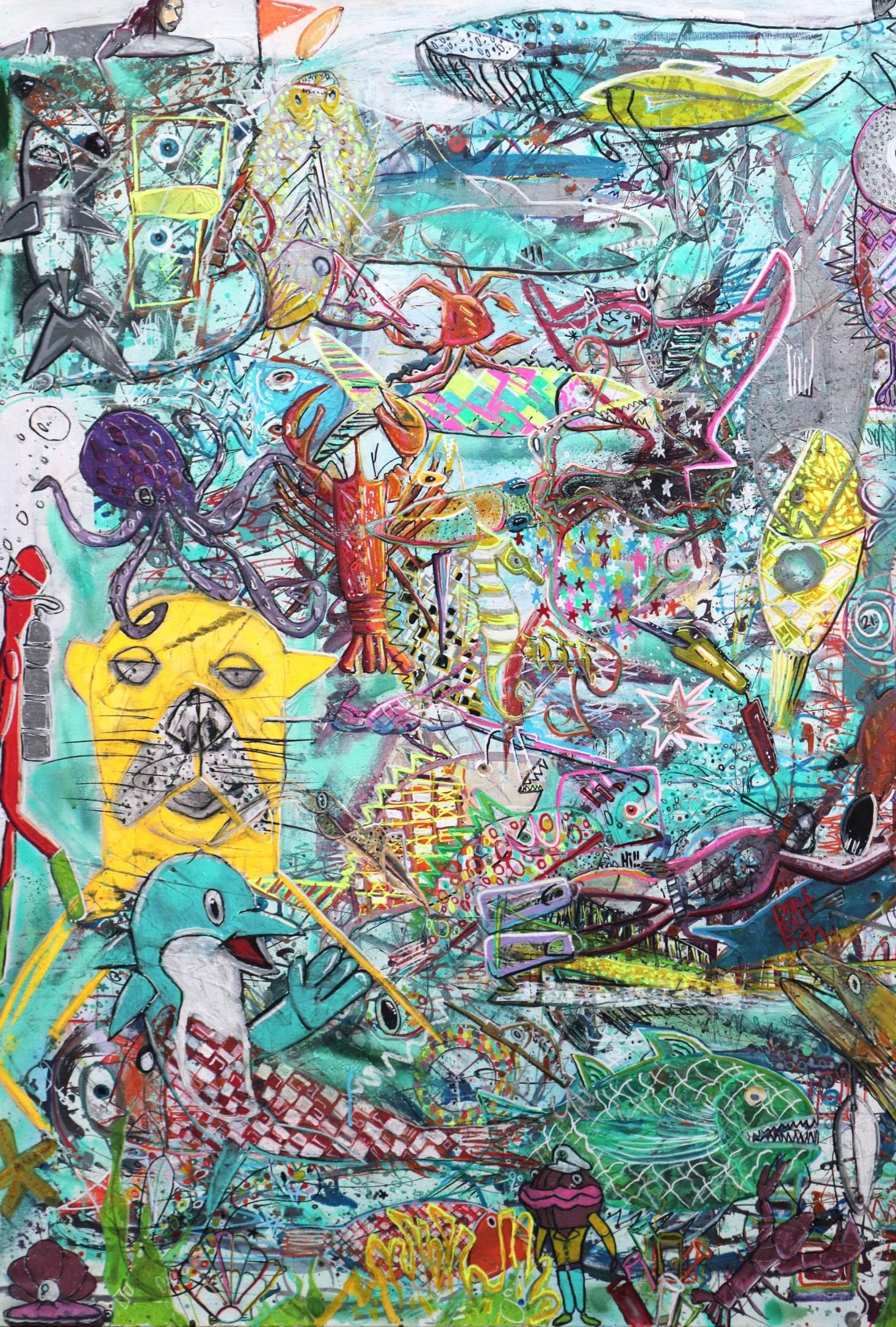

Craig Wiles is a 42-year-old Australian artist born in Queensland, now based in Manly Vale in Sydney, NSW.
Wiles' creative journey began as a teenage graffiti artist in the mid 1990's painting illegally on walls and buses until his first mental health crisis that led to a hospitalisation and a diagnosis of schizoaffective disorder.
During his stay in the Manly Hospital's East Wing, Wiles first began painting legally on canvas.
"In hospital, I stopped using pot, and all the creativity started oozing out of me when I was painting. It was incredible. Meanings upon meanings being mentally drawn up and surging on to the canvas.”
Captivated by the abstraction of Brett Whitely's 'Christie' series, Wiles draws inspiration from the style. With other influences including Francis Bacon, Jackson Pollock, Andy Warhol, Kaws and George Condo, Wiles mixes Street Art, Pop Art, and Abstract Expressionism to create his own unique style of painting. He references mass media sources to describe his own personal experience and journey of life. Wiles has trained in Fine Arts at TAFE NSW.
A highly prolific artist, Wiles paints daily as it helps him manage his illness by getting things off his chest.
“Every morning I go to my studio and work like a tradie, starting in the morning and finishing up in the evening. Sometimes though, I’m at it at night with my cup of tea.” Wiles works from his small flat in Manly Vale, which he has dubbed the “Banjo Gallery.”
Currently, Wiles’ work is reflecting on his experience of medication, which he describes as “the sense that all the characters and people in life are all encapsulated in this tablet or pill.” He has completed “Cloz 200” and is working on a second piece, titled “Pills.”
Wiles has experienced positive responses to his work and has had success as a finalist in several competitions, winning first prize in the Abstract Abilities NDIS competition, and runner-up at the Bathurst Show.
Wiles has recently held his first solo exhibition, sponsored by a grant from Northern Beaches Council. He is also included in the exhibition for this year’s Festival of Repair in Sydney. Wiles says that he hopes viewers of his art feel captivated and wrapped up in his work. He views himself as an entertainer, aspiring to make people laugh and be happy.
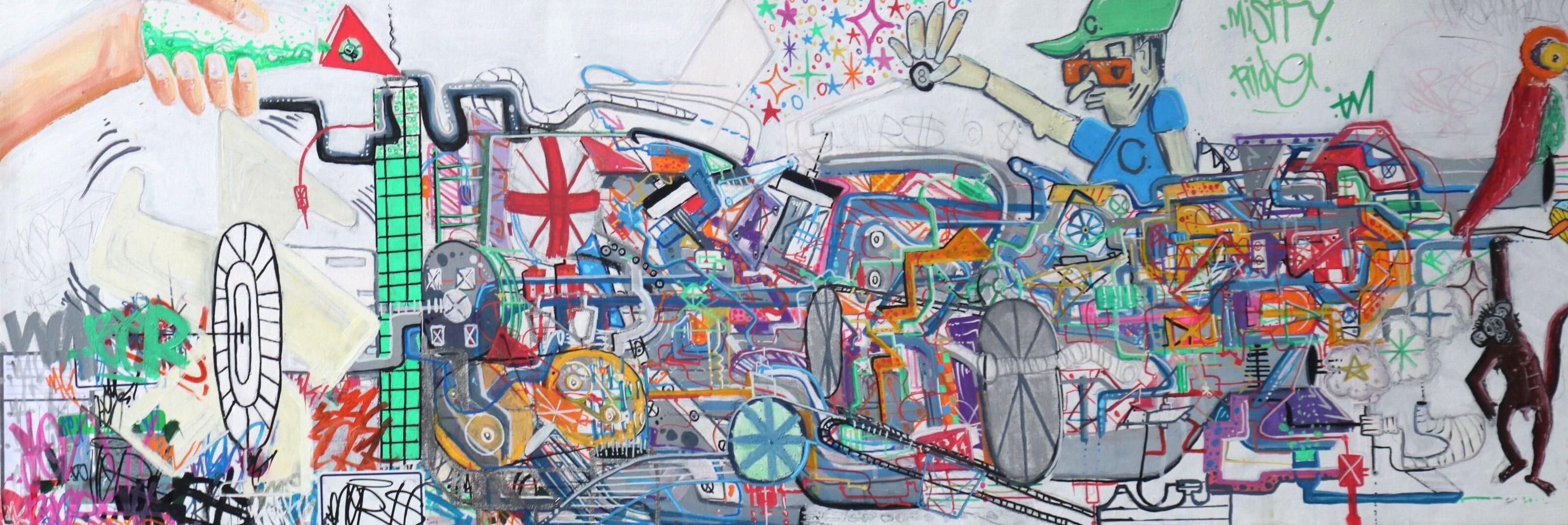
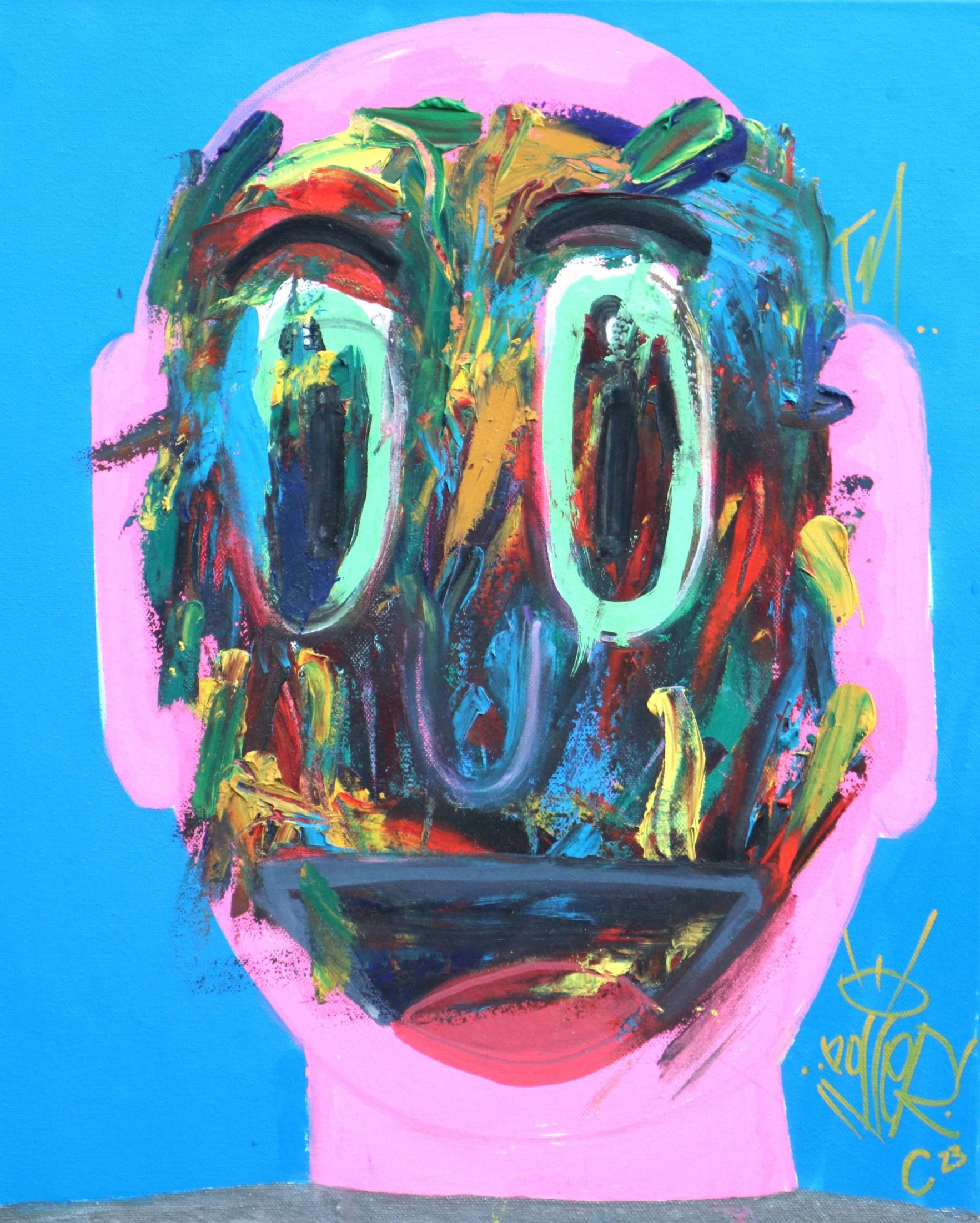
G A L L E R Y

C R A I G W I L E S
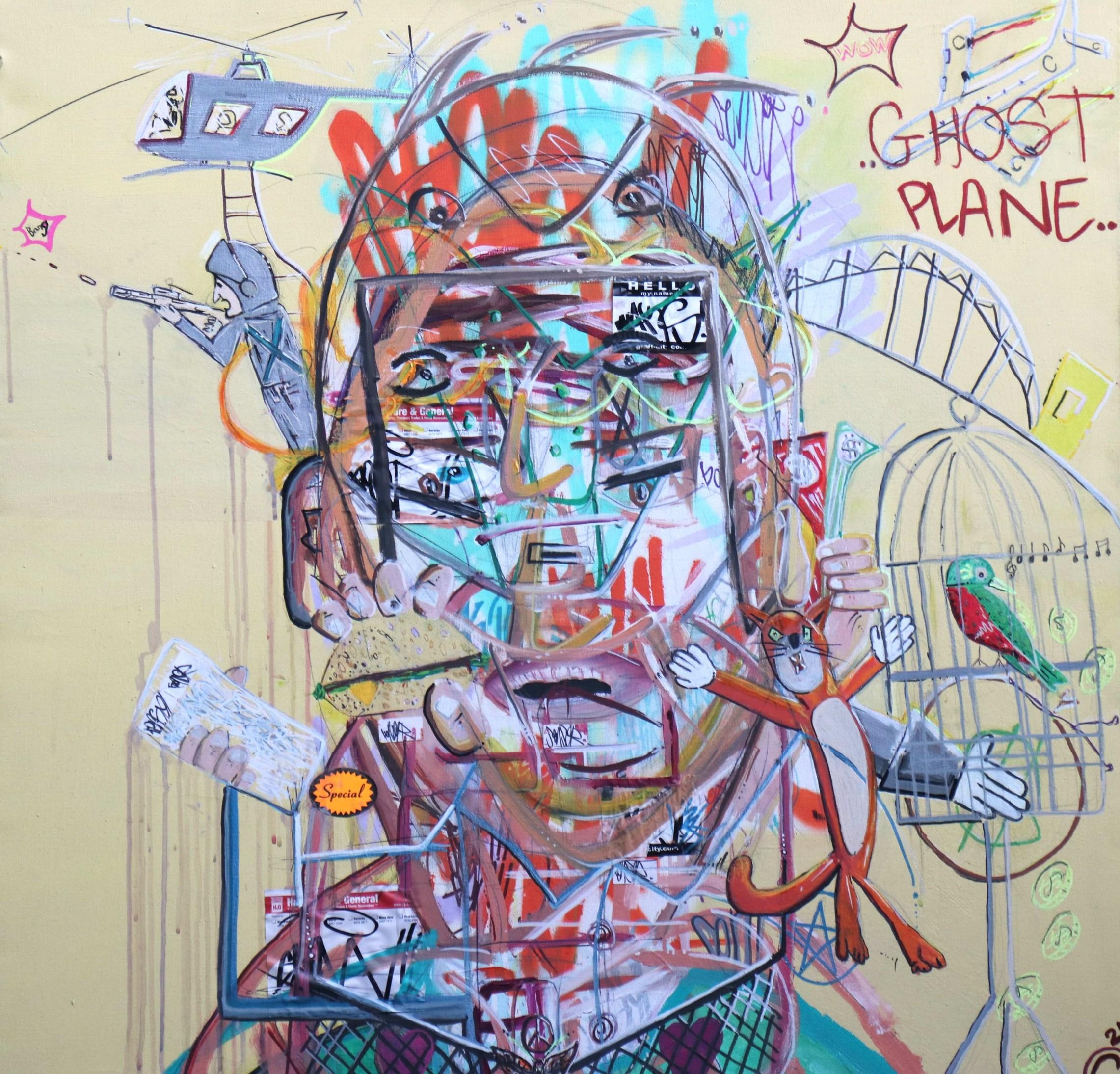
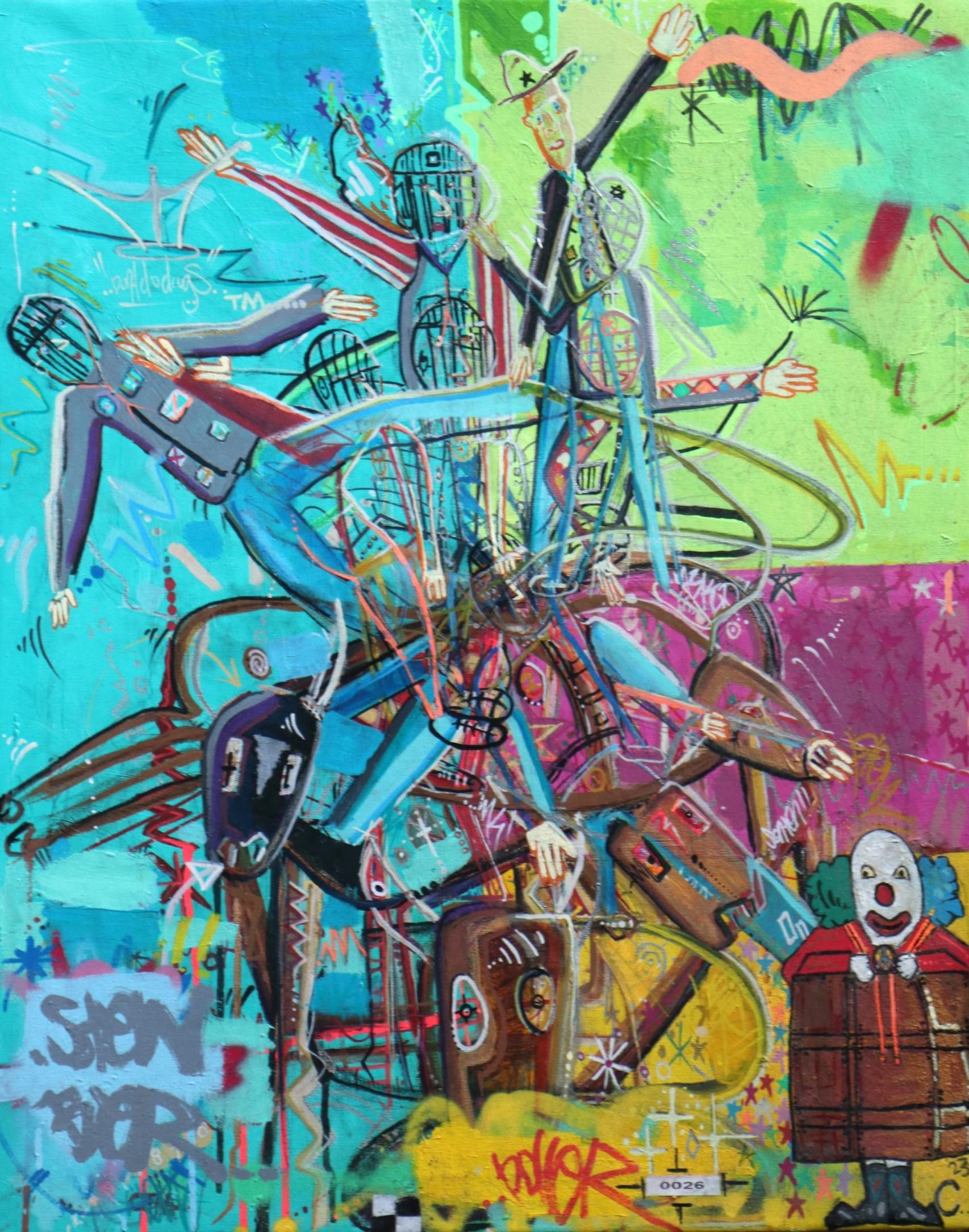
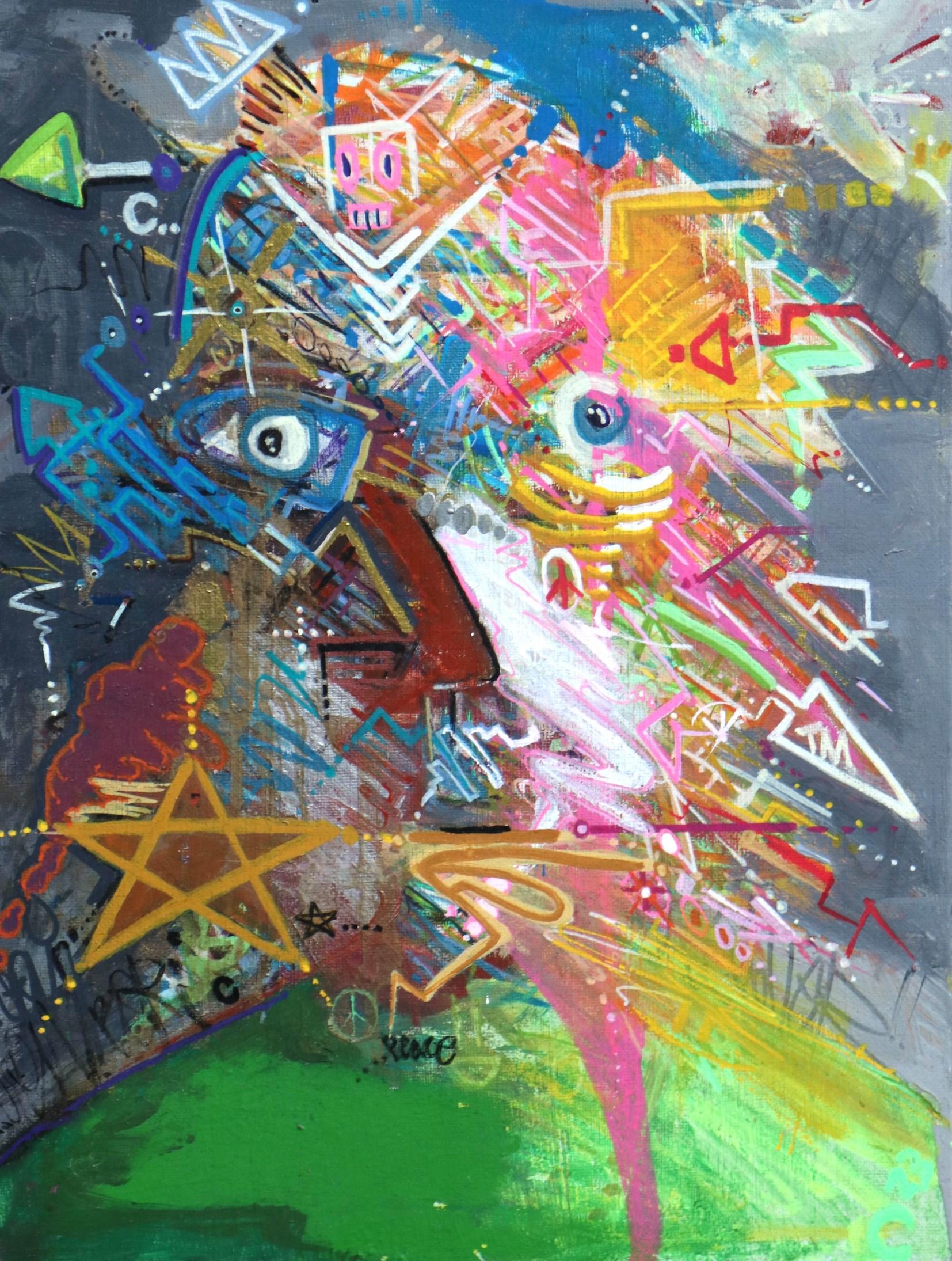
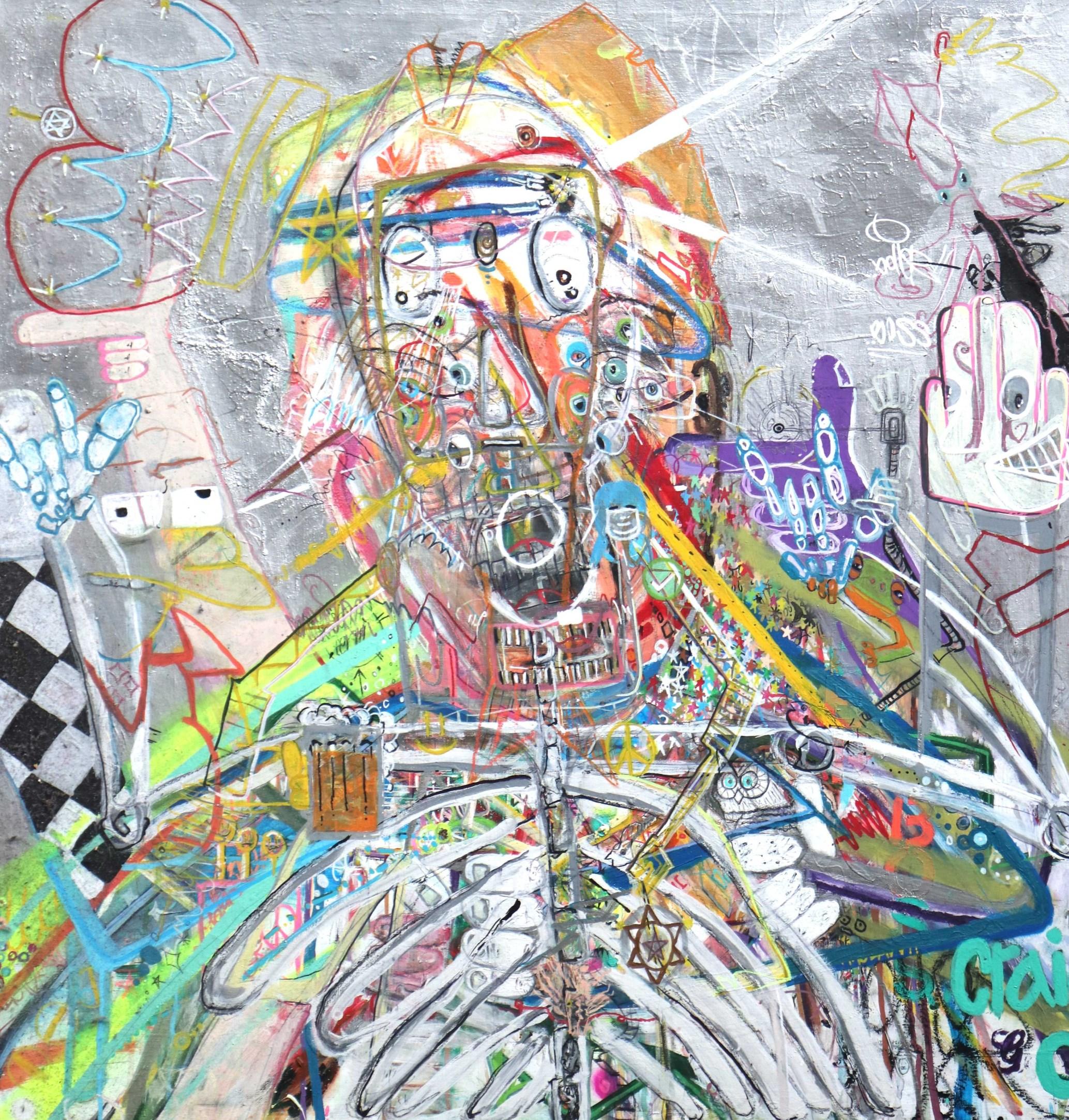
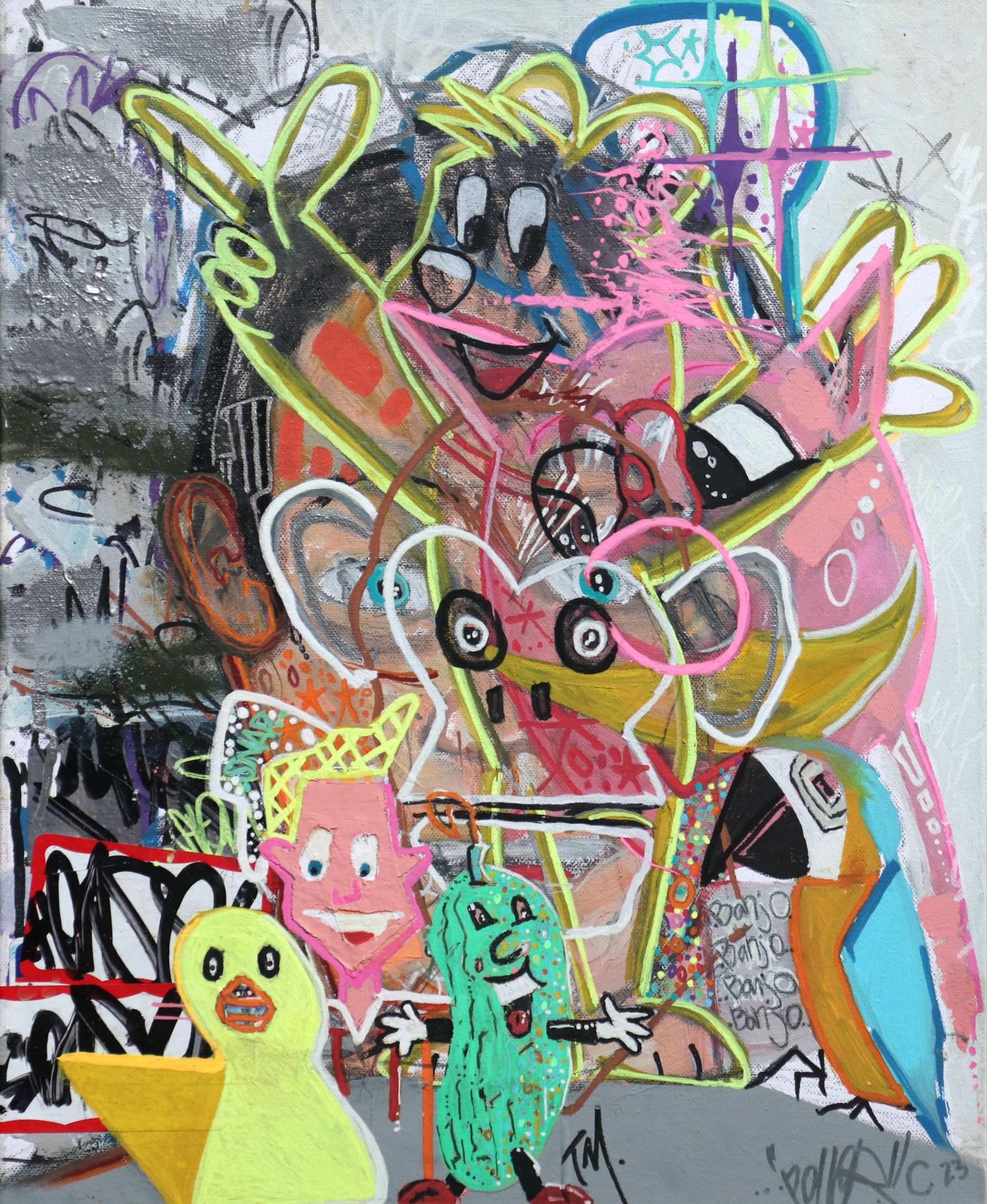

C R A I G W I L E S
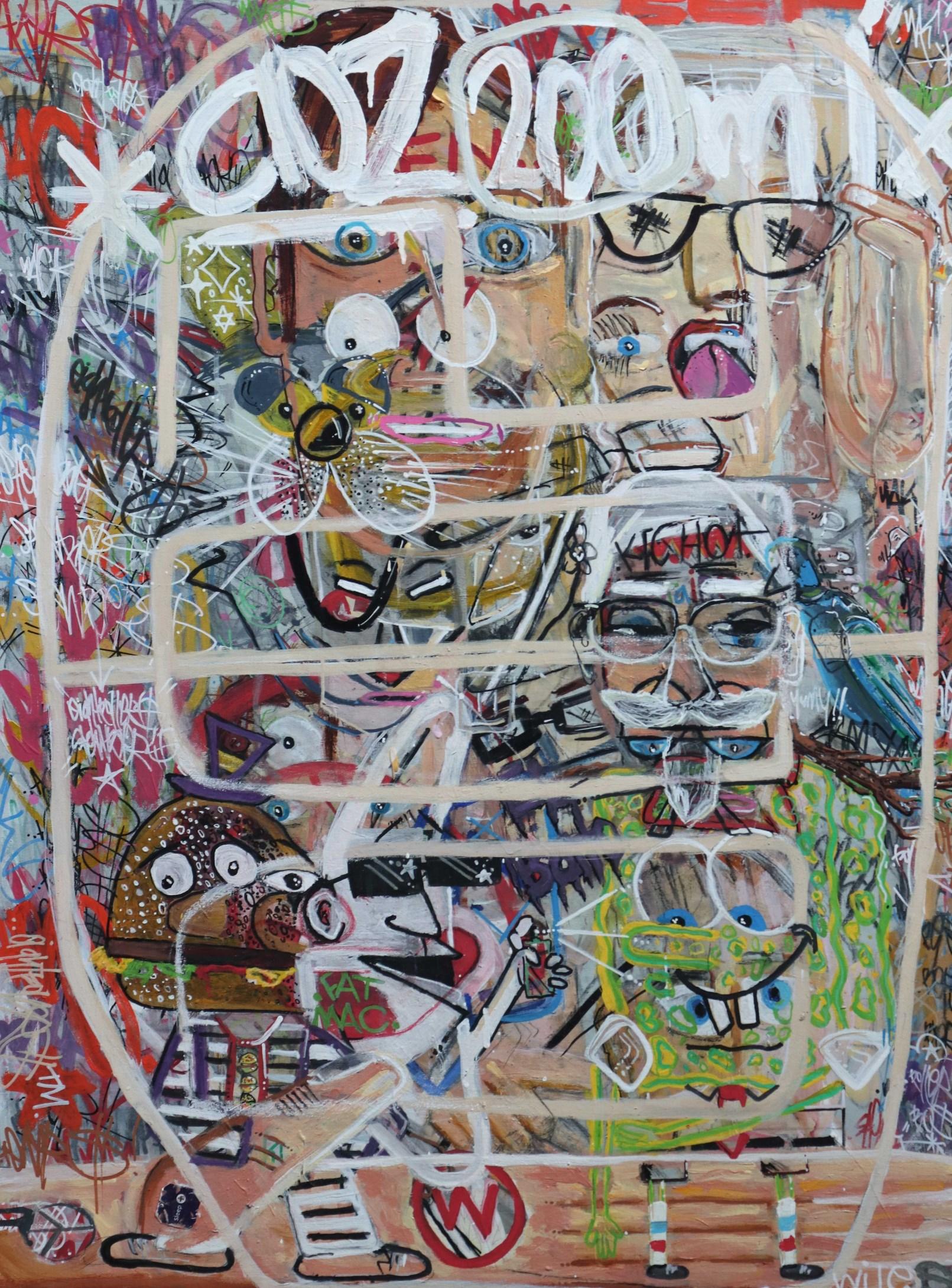
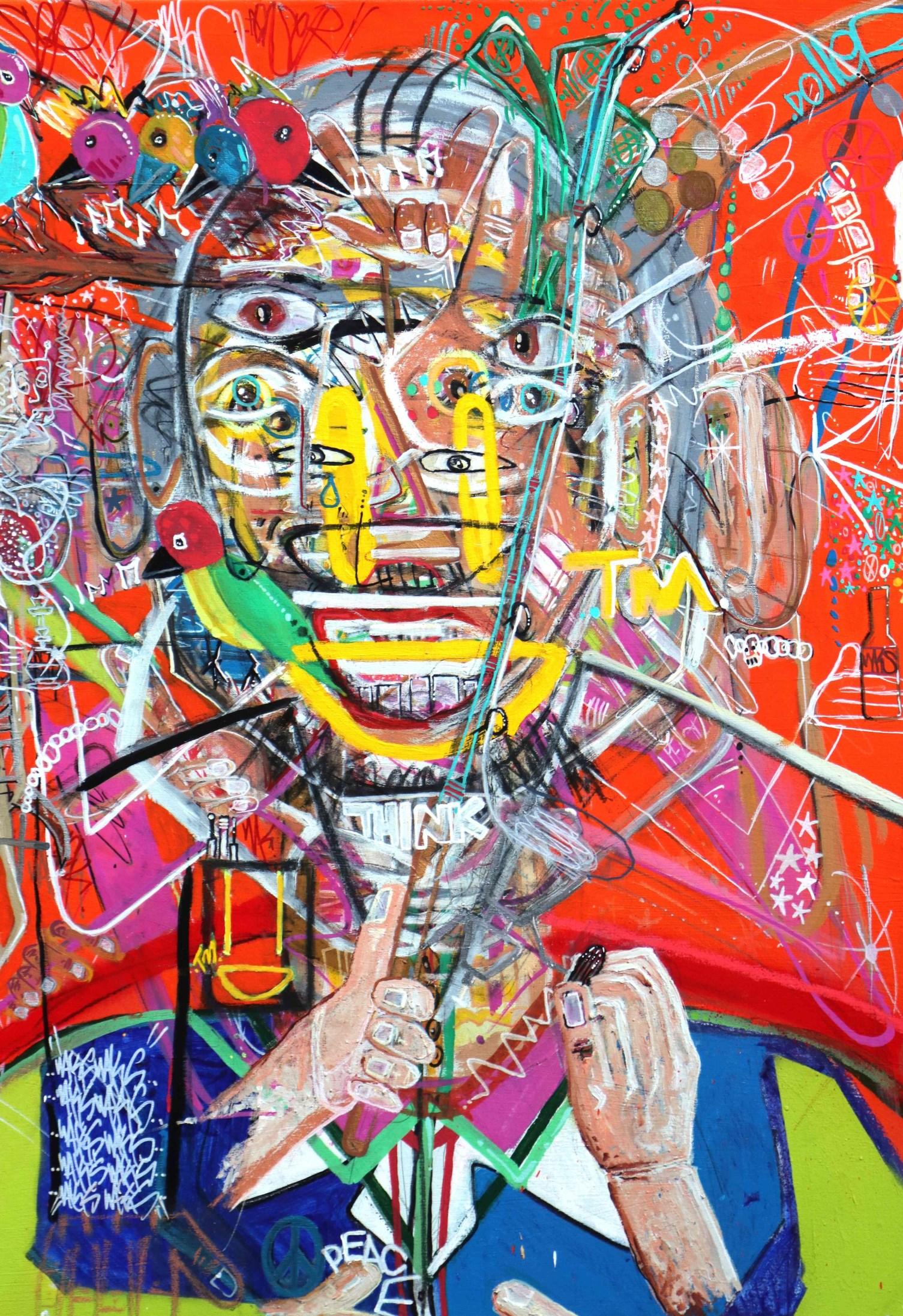
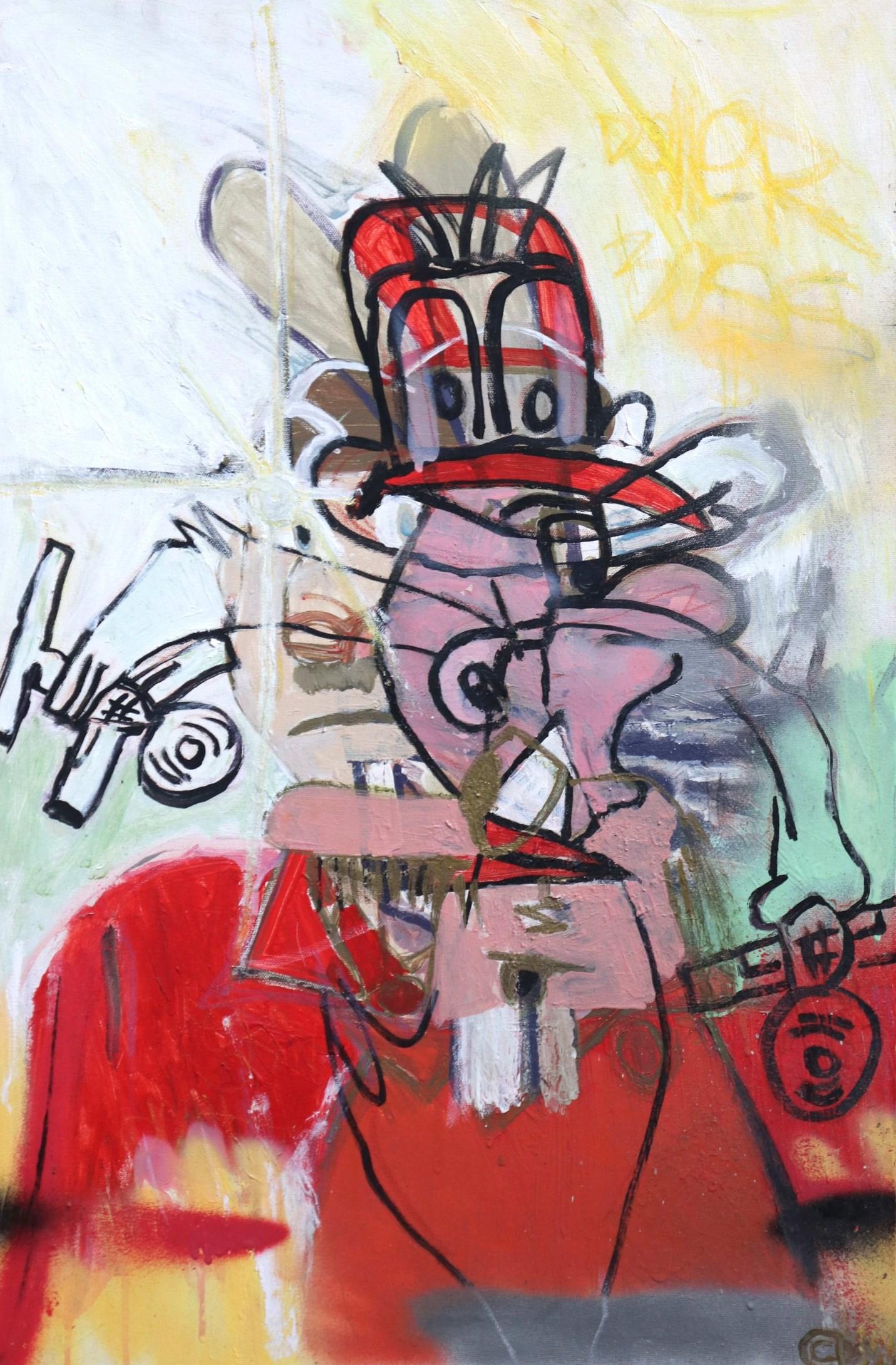
R E E S E N O R T H
(at the World Conference of Indigenous People, Canberra ACT, late 1970s)
Remember, Sofia it was warm that day and you sat staring at the Black Baccara Rose in the gardens of the University where all the indigenous leaders of the world gathered together, and the first September rains began – you smiled at me when you caught me looking and I returned your smile – we didn’t know each other but somehow we knew, remember remember that day when our eyes met and something passed between us – your beauty was so dark so profoundly Aboriginal – I saw so much in that moment, remember remember that day a tall Amerindian dressed in buckskin, and moccasins called you by name he had coloured feathers in his hair and you ran to him he lifted you off your feet and you laughed so openly there was such depth between you I wasn’t jealous, I just felt sad knowing the history you shared both your people slaughtered in the name of what?
Progress, God and Country, King and Empire! –and then here you were your love was so alive, and you knew there was so much more to be learned so much Truth to be told about those dark times that hang like a pall over humanity.
O’ Sofia, how unfair those wars of lead and steel, of wood and stone and all the ruined lives and the terrible legacy handed to you and the man who lifted your heart so high.
O’ Sofia, the rains that fell on that September Day fell long before and still fall today but it’s a mournful rain, it’s tears from the Dreamtime tears from the Heavens, tears on the page of this poem.
- Reese North © 2024.
(for my brother Bunja Smith)
I know your stories must be told those stories my people are ashamed to hear — it’s also our story about what my ancestors did, the cruelty, the brutality that speaks from the pages of history books, books that stand like sentinels of Truth on my library shelf — but for you those voices are still heard in the wind, still live in your heart and echo around the walls of the prisons where so many of your young people live, young people who need to be back on country, not in custody where they can hear not only the bad stories but the good stories that speak of the beauty, and the wonder of their culture, and the power of caring and sharing that is at the heart of survival. Compassion & insight come easily when truth is exposed to light.
- Reese North © 2024.
E E S E N O R T H
Australia Australia
I’ve tried to understand you –all I ever asked of you was you tell the truth. Australia you couldn’t answer me when I asked: why is there so much Sorry business in the hearts of my tribal friends? maybe you should have listened to voices older than your own. Australia where did it begin?
Was it when the first flag flew on the Shores of Botany Bay?
Was it when the Merino & cattle chewed up all their hunting ground?
Was it at Federation 1901 when you pretended we were one nation walking hand-in-hand?
Was it when you killed their warriors?
& you rattled your medals louder than their mourning songs, while countless tears glistened like stars across the black face of eternal time.
Australia Australia it was easy for you to take what was not yours, and when you see a man as less than ‘man’ he is easier to kill.
But now you are almost three centuries old and know more than you knew, it’s time to reflect on who you are, Australia and to reveal who you hid.
- Reese North © 2024

By Reese North
Reese North is a resident poet featured in Studio La Primitive Arts Zine. North's first book is now published and will be launched at the Uniting Church, Hamilton, Newcastle, 5 November, at 1pm. Profits donated to protect the health of disadvantaged Aboriginal children.

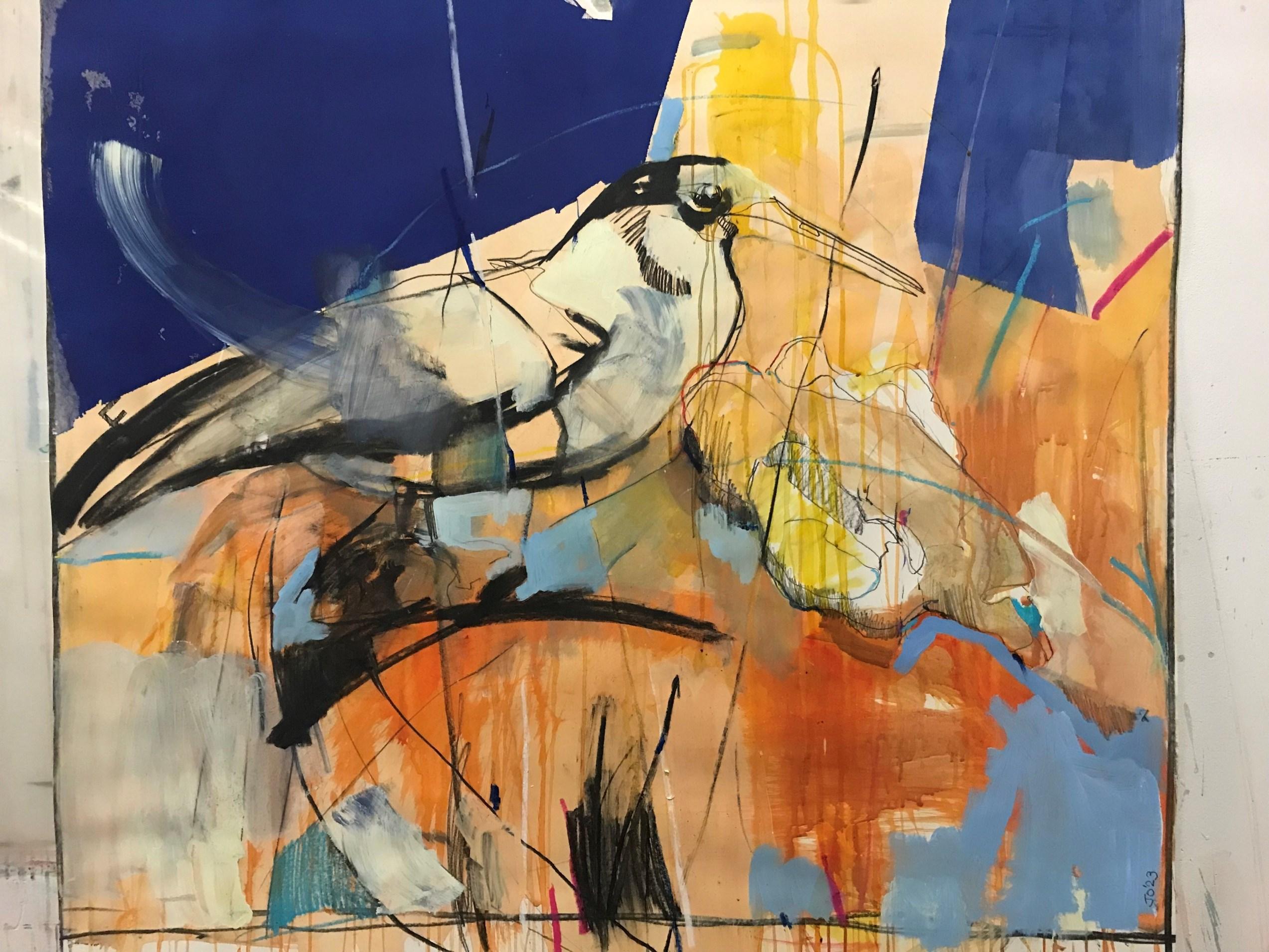
Accomplished artist Jill Orr lives and works in Newcastle, NSW.
“Drawing stories was always my safe place and I went on to study art and work in the arts in many different places. I was influenced by wonderful teachers and by gallery directors and art critics and artists from many different cultures.
I taught art for 30 years at the Newcastle Art School .I learnt so much from students as we pushed the exchange of practices and ideas. Such an exciting way to teach, constant challenges to my equilibrium.
My first professional exhibition was in Accra Ghana in 1975 and I have exhibited ever since. My work is held in many different private and public collections for which I am grateful. Glad to have been making pictures and telling stories for such a long time.”
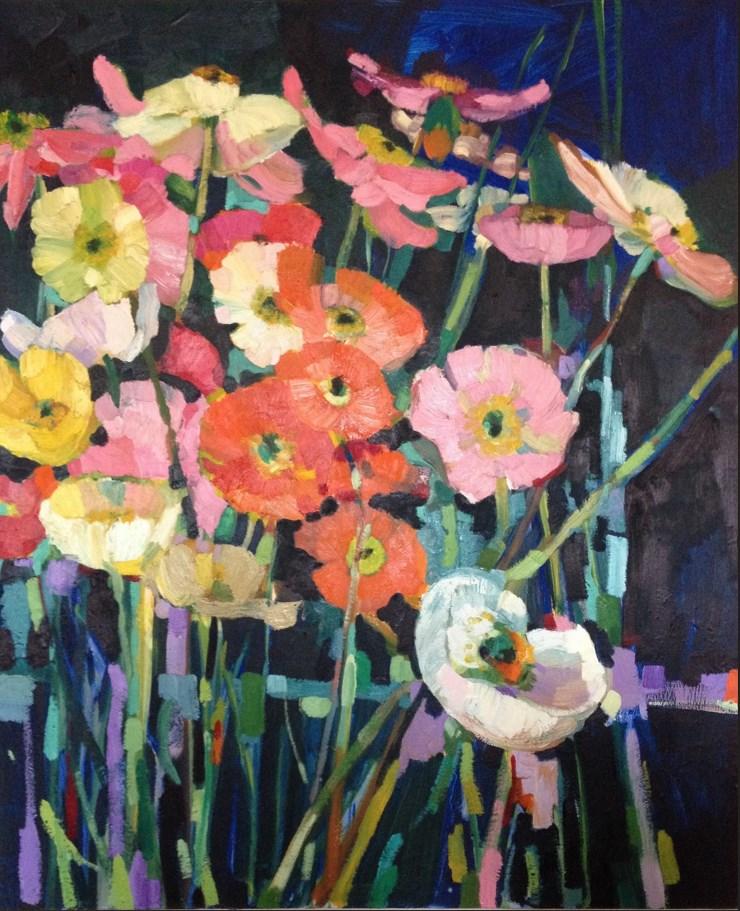
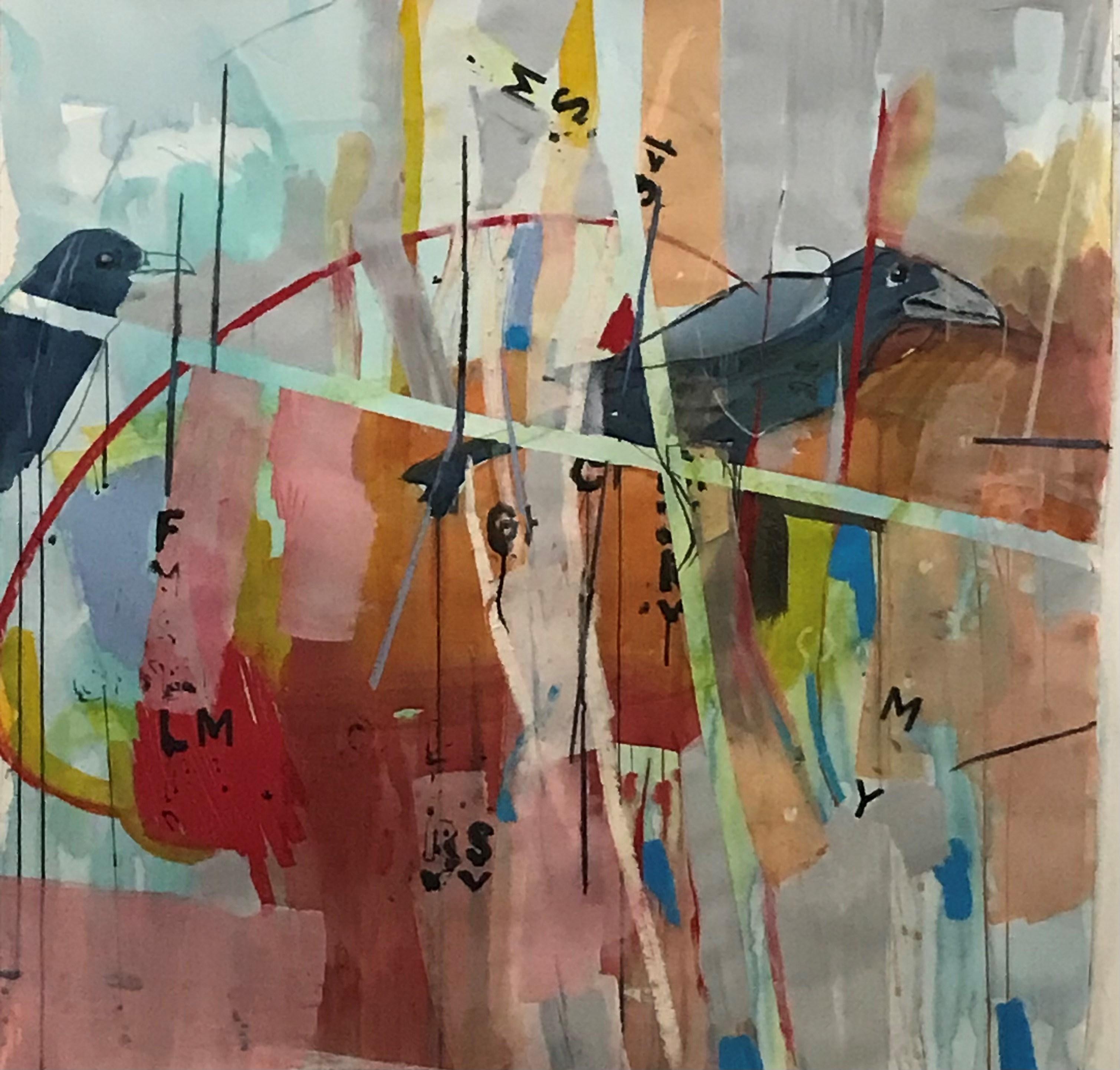
I have just finished exhibiting my latest work, which resulted from a trip to Portugal and Morocco late last year. I don’t like exhibiting and joke I married in my lunch hour to avoid being the centre of attention. Exhibiting seems like that to me, yet through the process I ALWAYS enjoy the exchange of ideas with the audience, always find a sense of warmth and an appreciation of my attempt to be honest. I would hope that people find a generosity in my work .It is that more than anything which has inspired me as I moved through my life as an artist.
During 30 years of teaching I often thought about “generosity,” not so easy to explain to students. It was not something you could practice until you were perfect . Quite often in a drawing class we would speak about truth. As a student myself my favourite painting teacher, Geoffrey de Groen would say “ - you can’t just vomit up emotion, you must have structure.”
I am what my husband called a “natural” artist. This is not, as I initially was flattered to think, a very clever person, but rather someone who is compelled to make marks and stories with pictures. There is no chance I would ever not think like this.
As a child I was often alone and drawing was my companion. I had experiences as a child that made me realise going deep in myself to make a picture was best and my letters were always strewn with the cartoons of my life. Sometimes words were too cumbersome. I rambled through my life after school but went to Ghana ( West Africa) for a couple of years where my Bolivian art teacher persuaded me to study art .Returning to Australia I clearly recall my first taste of art school accompanied by an overpowering sense of at last “being home”
Later I studied in London and Sydney, and worked at Angela Flowers Gallery in London. Working with Angela was an extraordinary experience and gave me access to English artists and critics like Peter Fuller. It was an experience a little qualified young woman arriving from Australia would ever expect to have but I had stood in a queue, an enormous queue ,of hopefuls wanting to become Angela Flowers assistant .
As we waited a photographer working in the gallery dropped her equipment and I went to help her pick her things up. Out of the blue this intimidating, Viking like woman flew towards me. ” YOU CAN HAVE THE JOB… the rest of you go home”. I learnt so much from Angela but most important was to love art and exhibition what you find inspiring. She never exhibited work for its commercial gain even though much of my job was ringing bank managers begging to increase the gallery over draught. I could see the gallery increasing attendances because views recognised the authenticity in the work…I would prefer to say honesty. Later when the Flowers Gallery had branches all over the world Angela’s belief in her love of art was upheld.
Returning to Australia, I studied, travelled and landed in Newcastle NSW . I taught at the Newcastle Art School for the next 30 years. This was a TAFE Institute and it was for those years and ideal place to exchange ideas. It was an extraordinary time for me and an ideal occupation. I love the research, requiring me to introduce other methods, artists and materials. It gave me the facility to travel with students to exhibitions and places to draw. I considered myself, extremely lucky and privileged to be able to combine my work as an artist with my love of teaching and my sense of curiosity. I had great theory teachers, Felicity St. John Moore and Humphrey Macqueen at my art school and used that solid base in the history of art to craft my own teaching practice. As a mother I particularly liked the range of students in TAFE classes. TAFE provided a stepping stone for women who had sacrificed doing art for the needs of a family. They had waited years to get to art school.
My own children taught me to be flexible. I could work miniatures on difficult children days and giant oil paintings when they were occupied. When there was no money I found substitute materials and learned to changed direction. In Ghana when there were no art materials I would draw with chinagraph pencils which melted into the paper in the heat. I understood these things with the students I was teaching. I understood what was possible for me without compromising who I wanted to be. A lover of art. I have just had an exhibition of work which gathered itself following a trip I made to Portugal and Morocco.
I set to work in the studio listening to my now dead husband’s jazz music. I threw everything I could at this work and listened only to the jazz and the voices begging me to be brave.
Geoffrey de Groen was telling me I’d done my homework I could work however I liked. It seemed everywhere I looked wonderful artists like William Kentridge, through his opera “Sibyl,” were compelling me not to stop.
An independent review of the show “Prima Stories” at Newcastle’s Straitjacket Gallery described the show’s vibrant colours and exciting interactions between random chaos and orderly structures ….the ability of the artist to look upon themselves and express the revelations that rise,…a vulnerability and courage to reveal oneself….. This was what I was to do.
- Jill Orr © 2024
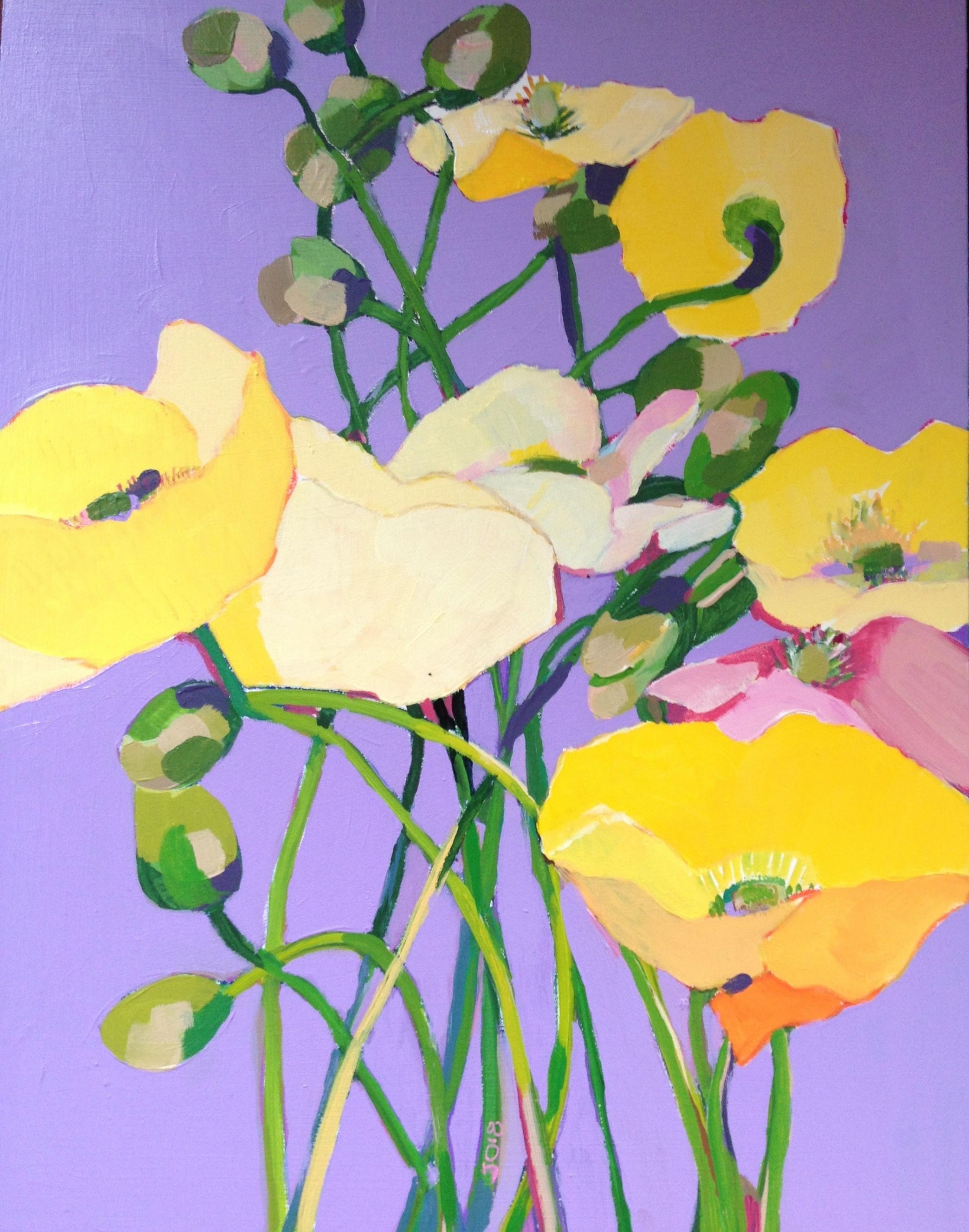
G A L L E R Y J I L L O R R

114:





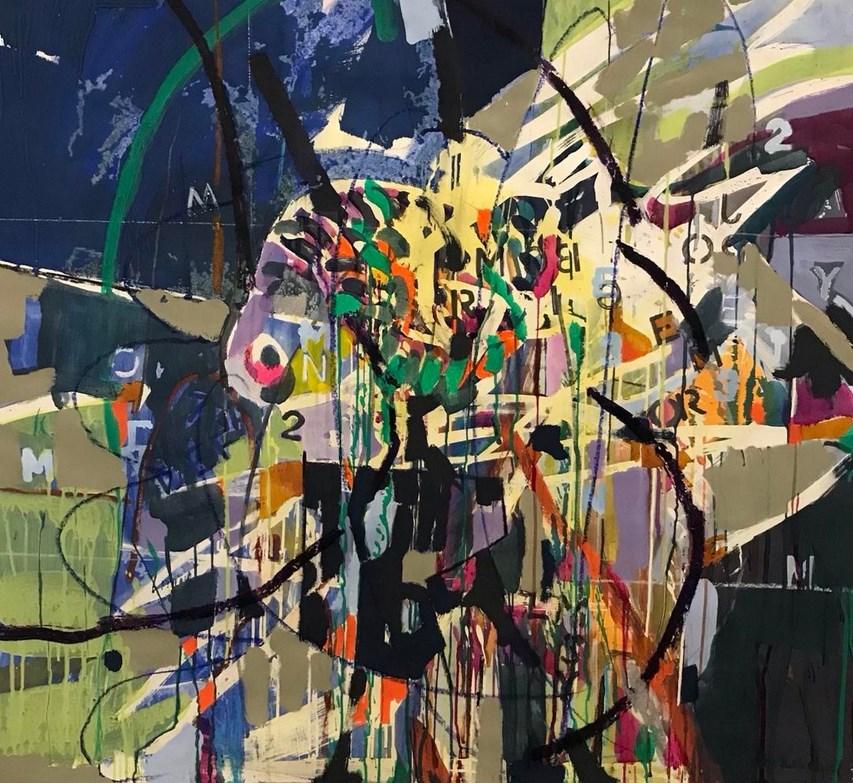

Park Landscape, Mixed materials, H46 x W67 cm. Jill Orr 2021.
All Rights Reserved on article and photographs Jill Orr © 2024.
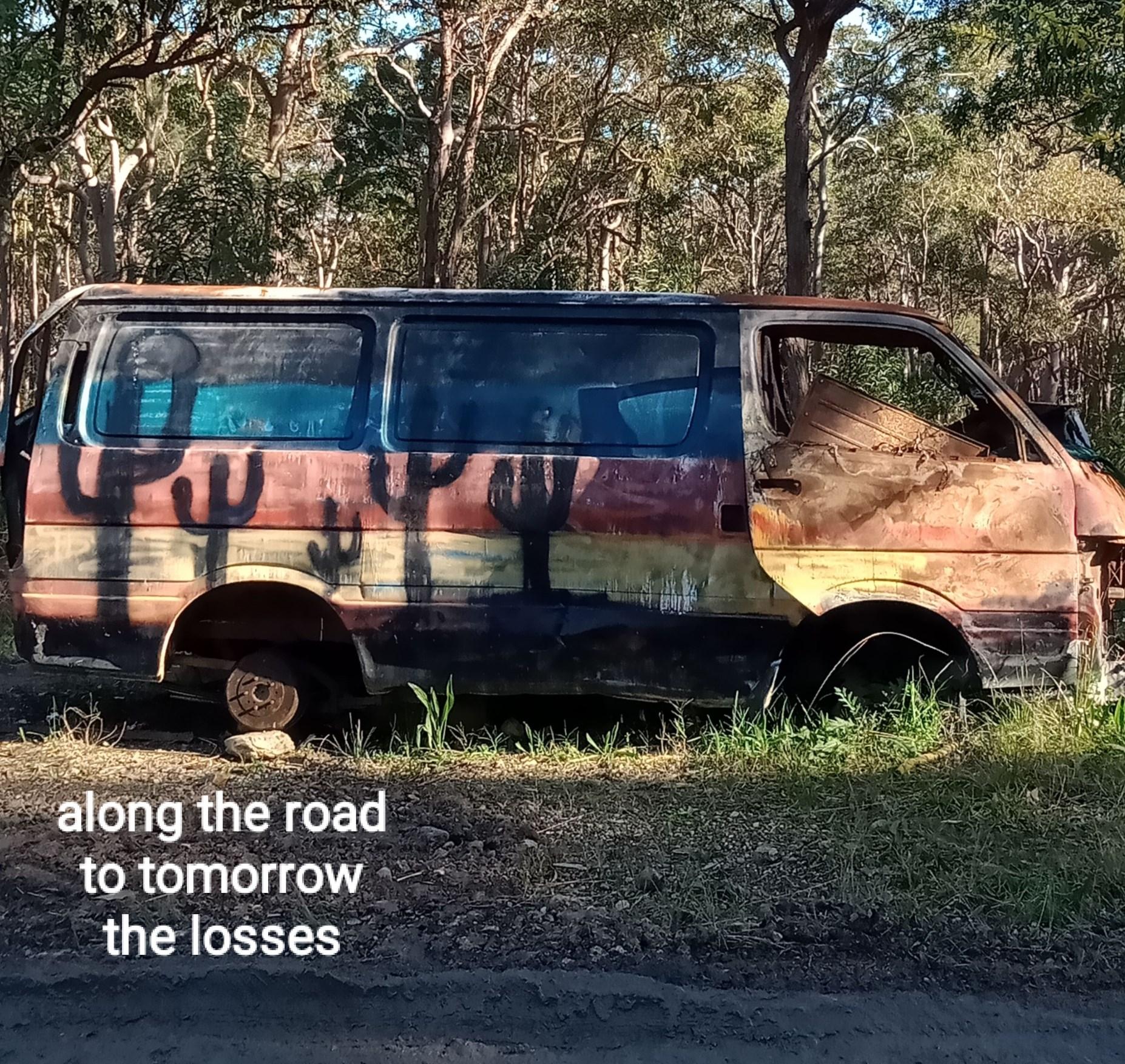
Pip Sheehan is a story keeping poet who has performed in many venues, recorded spoken word videos, published variously, and facilitated creative engagement across Australia and New Zealand. Formerly a school librarian and a refuge support worker, she is still an active disability advocate and carer, who now relishes living near the beach in the Bay of Plenty, New Zealand. https://pipthepoet.mystrikingly.com/
“You've grown into somebody who would have protected you as a child. And that is the most powerful move you made.” Posted on Instagram by yunghenny 627 / July 2024 it wasn't even her real name just a street name extension dreads with nits crawling in and out eyes different colours one blue one brown my kids are fascinated she had come to us
from the refuge a taboo that could cost me my job she's staying at the caravan park down the road I tell their dad when he comes home later she wants to stop standing on Gold Cost corners doing tricks for men who do anything they want to her for not much money
I know somewhere in Sydney where she'll be supported into a safer life and she's keen to break out of the cycle she's been in since twelve (twelve!) not yet twenty but one of the ones who leave the game I get a letter she's studying on a student loan
no one would employ her on her CV how to explain she was a pro all those years a year later she writes again she's working as a counsellor to sex workers at a clinic using her Real Name happy working with her sisters not many hardly any let us know
how they're doing once they leave the refuge it's why her story has stayed with me all these years I hope she got to hear from the ones she helped too I know it helped me keep going
- Pip Sheenan © 2024
the younger sister who confessed later to rushing to the door when I arrived home in my mustard veedub driving up from Sydney climbing the stairs swinging my scarf the leftist black sheep not particularly warmly greeted but by this one sister she now confides that my sangfroid seventies style fascinated her when I came grinning through the door often my fave skirt whirling bluely round the small loungeroom with a big tigers eye ring winking at all a nonchalant glinting what she stories many years later when her huge shine has long eclipsed mine she a global goddess I a tired refuge boss that once at the Cross she saw that blue skirt and that ring on a girl
shabby and scabbed sashay past her under the night lights she relayed she was really angry they had stolen my things no I gently tell her I gave them to her the girl had come into our refuge off the street for a bit to straighten out one week in she was to meet her parents in town but was going to back out because she had nothing suitable to wear so I gave her the skirt out of my change bag the ring? my sister didn't remember dad had given it to me once brought back from a work trip to Taiwan he did regularly and I didn't want to wear it anymore it made me sad she looked at me uncomprehendingly our Catholic roots having flowered so differently in our lives she more Saint-Tropez and me more St Vinnie’s but as years rolled on she not only excelled my modelled style fun but a legend generosity and even though I respected dad’s ban on her visiting me she had yet absorbed a more spiritual way of being her true self - Pip
“The drummer in my first band was killed in Vietnam. He kind of signed up and joined the marines. Bart Hanes was his name. He was one of those guys that was jokin’ all the time, always playin’ the clown.” Bruce Springsteen the hospital bed is empty he left the nurse says the birthday cake in its box is heavy In my hand okay I say she says he's not well I know the guy was a Viet vet and a homeless alkie I'd known him then for about six months from refuge shifts he invited me to share a swig of his “sting” not a goer mate but what's ya story? mine first? I'd worn badges Stop the War protested in 1973 in Civic Park for Moratorium he'd lost a brother in a forward patrol in a booby trap think “Apocalypse” the brother had joined when he’s conscripted back home his wife and baby were killed in a car accident on the way to pick him up from the pub on Anzac Day days after the hospital I go to the ‘Loo squats to see if he's there nuh him gone sis bro was real sick him dead yesterday the cake is still in my fridge so I cut it up and eat a piece decorating it with tears I cry for decades to come I know he felt seen by me he knew I'd heard his agony not at the funeral imagine soil handfuls thunking on wet wood remember a larrikin with brown eyes full of grief whose story would have broken any one of us - Pip Sheenan © 2024

A group of Hunter Valley artists came together with the passion to establish a contemporary art gallery in the rural village of East Gresford, NSW. The gallery is set amidst a lovely botanical garden and visitors’ park.
The Art Gallery will feature exhibitions, highlighting the Hunter Valley arts creative community and conduct art and craft workshops for children and adults.
The Gresford Community Gallery will hold a grand opening, celebrating with a splendid exhibition of quality Hunter Valley art and craft, featuring painting, drawing, sculptures, ceramics, photography, jewellery, fibre art and video.
All are welcome on the SATURDAY 28TH SEPTEMBER Time: 2-4pm.
12 Park Street East Gresford NSW. Next to the Arboretum and park. Mark it on your calendar.
Gallery Hours: Saturday & Sunday 10am - 4pm. Or by appointment phone 0417 686 816 Robyn Werkhoven
OPENING EXHIBITION ARTISTS
ALICE ROPATA DANIELLE MCMANUS GILLIAN WADDELL RENE BRAGER NATHAN KEOGH JUDY HENRY CHRISTINE PIKE
ERIC & ROBYN WERKHOVEN SUZANNAH JONES GISELLE PENN DAWN THOMPSON MISHA MOON JANET STEELE
FIONA WRIGHT REBECCA MUSCAT JANE RICHENS MARGOT DUGAN MICHAEL GARTH JOSEPH TURRIN SUE STEWART
SANDRA LEE BROWN DEBRA LINCOLN MARIAN DAY BARBARA NANSHEE JUSTIN THORNTON DAVID OLIVER
NEWCASTLE PRINTMAKERS WORKSHOP HELEN TOLHURST
Exhibiting artists’ work will be represented in the gallery till Christmas.
The following pages high light some of the artists and their stunning works that will be represented in the gallery.

Deborah Lincoln, a rising star in the world of photography.
“My journey began when I delved into a photography elective during my time at UON while pursuing a Bachelor of Information Technology in 2009. armed with a camera, lent by the university, I embarked on a global challenge called ‘photo a day’, where my raw captures resonated with many.”
Deborah has been involved in photographing many special events -
Miss International Beauty Pageant, Stars of Newcastle and Kurri Kurri Nostalgia Festival, NSW.
https://www.instagram.com/iamdigilincsphotography/
Red Rose photo by Deborah Lincoln.
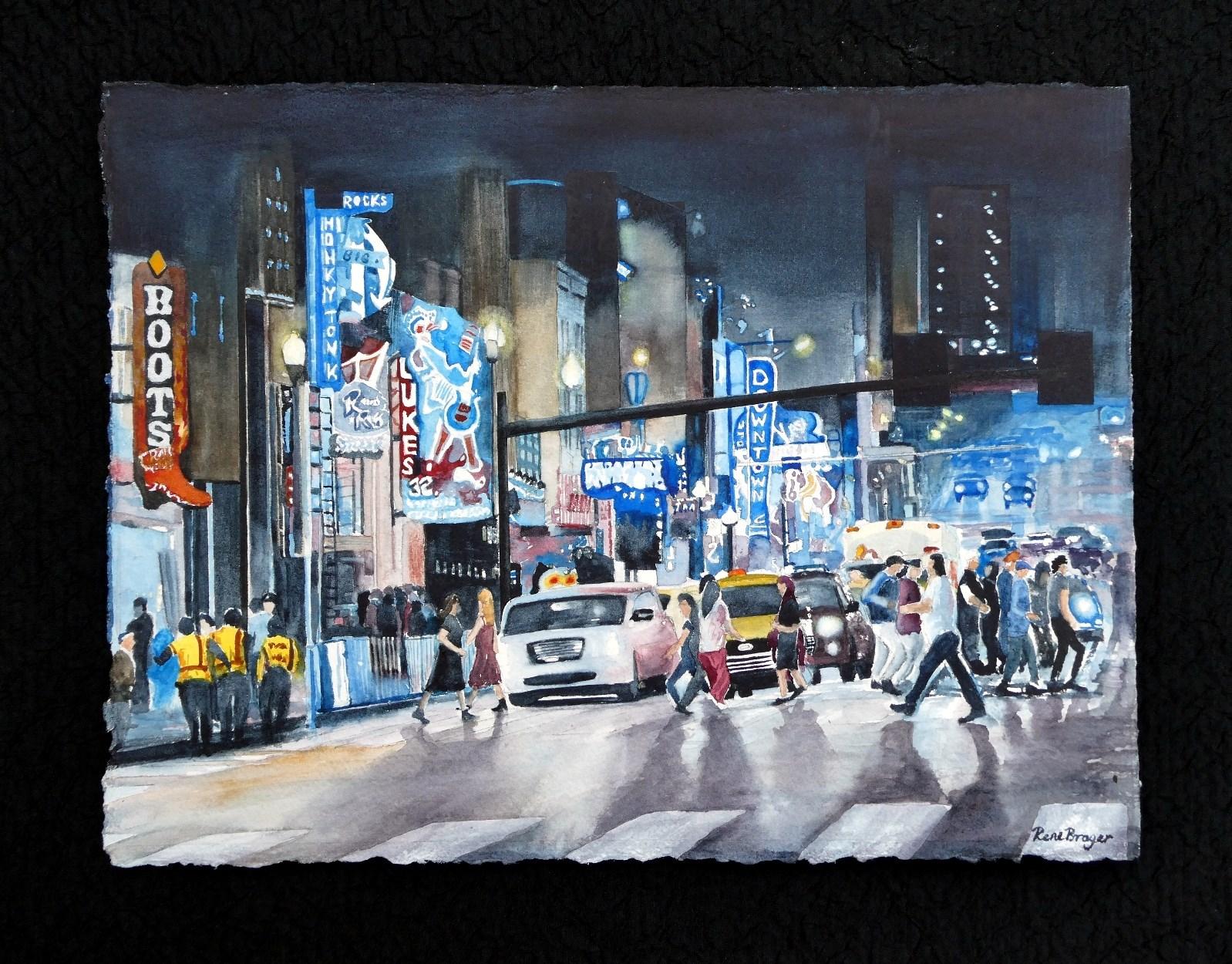
Artist Rene Brager lives and works in Paterson, NSW.
“My subjects are drawn from the natural world and increasingly from the man-made environment.”
“I try to capture the essence and mood of a scene, through use of the many characteristics inherent in the watercolour medium – transparency, granulation, texture and spontaneity.”
City Night Lights , Watercolour, 40 x 51cm. Rene Brager.
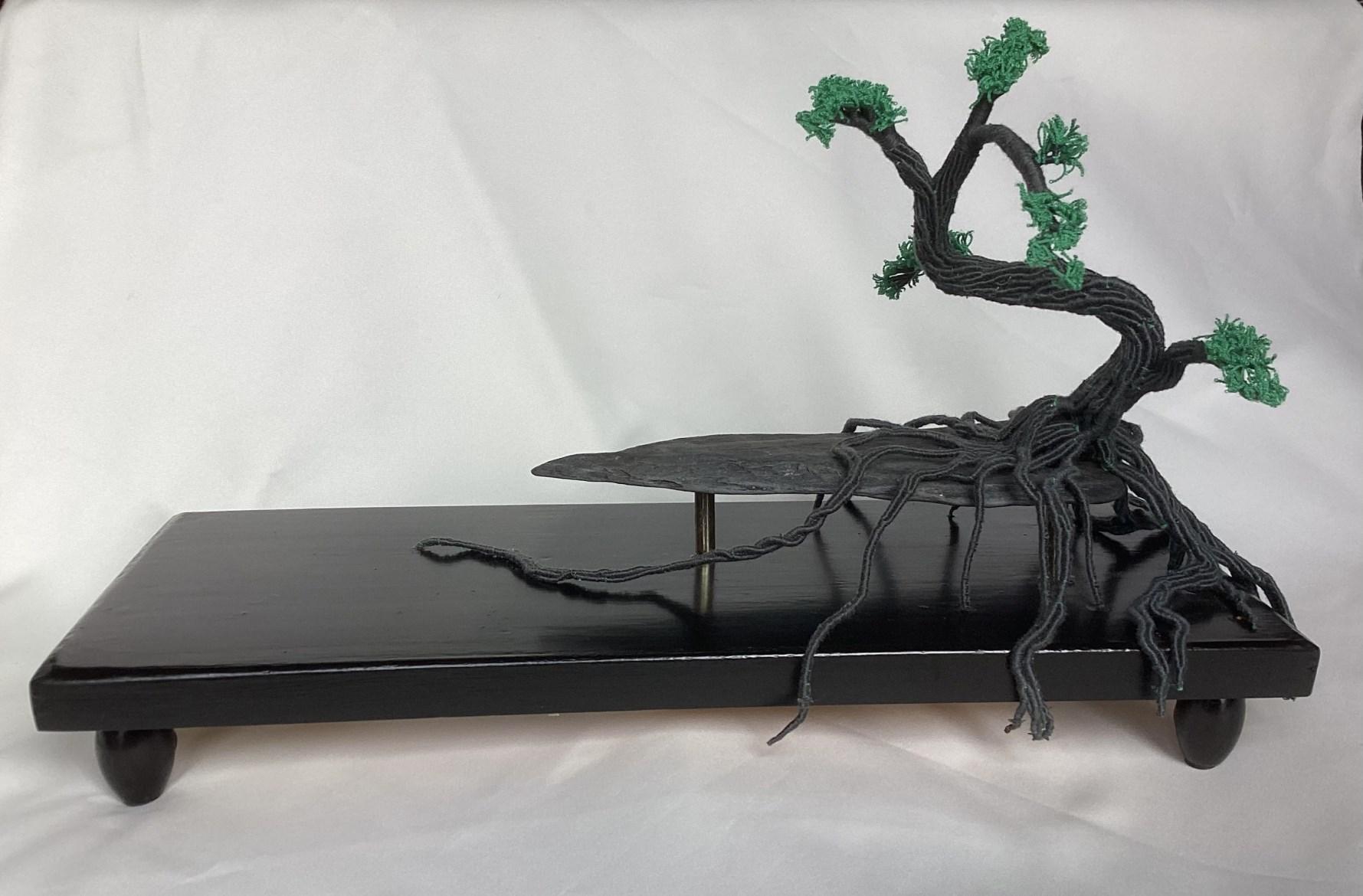

Janet Steele is an accomplished Fibre artist. Janet is well known for her exquisite textiles and embroidery.
Steele says“My work is usually inspired by the power of Mother Nature, the resilience of women or the freedom gained from education”.
Steele regularly exhibits in Newcastle galleries and has received awards for her work, selected as a Finalist for Australian Textile Art Award, 2020 and 2024.
Based in Newcastle, Barbara Nanshe, a sculptor and jeweller for more than three decades, her work reflects a profound connection to nature, environmental values, and sustainability. Inspired by land, organic forms, and natural and recycled materials, she honours the past, earth, moon, trees, animals, and feminist principles through her designs.
Japanese Black Pine Bonsai, knotted sewing thread, mounted on slate and pine. Janet Steele.
Above: Open Weaving, Sterling silver and copper earrings by Barbara Nanshe 6 x3.3cm.
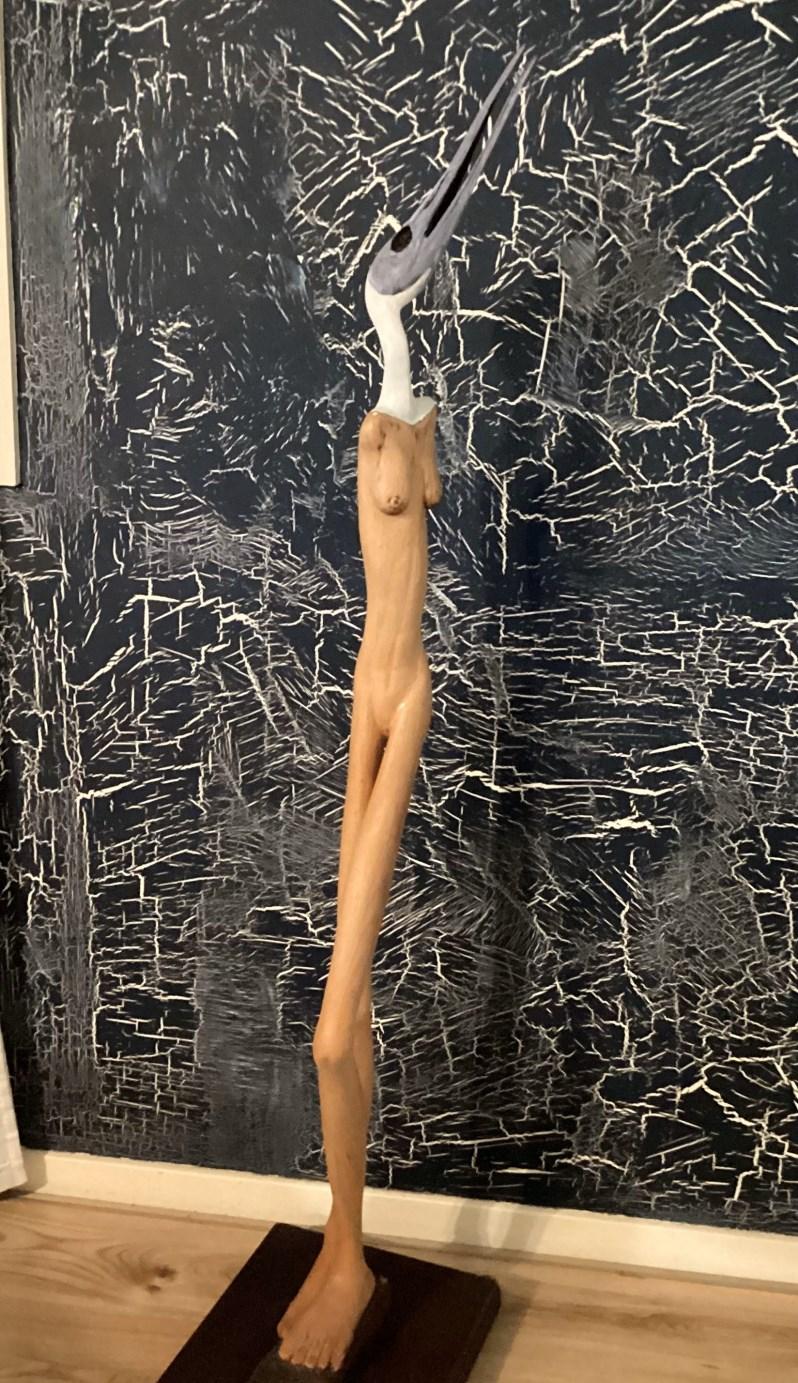

Sculptor Michael Garth and lives and works in Maitland, NSW.
“From carving anamorphic figures that are my totems to nature and my loss of connection, to using found objects in assemblies to make a visual pun. Working with my hands to make something that brings joy or tells a story or pisses someone off, is my happy place.”
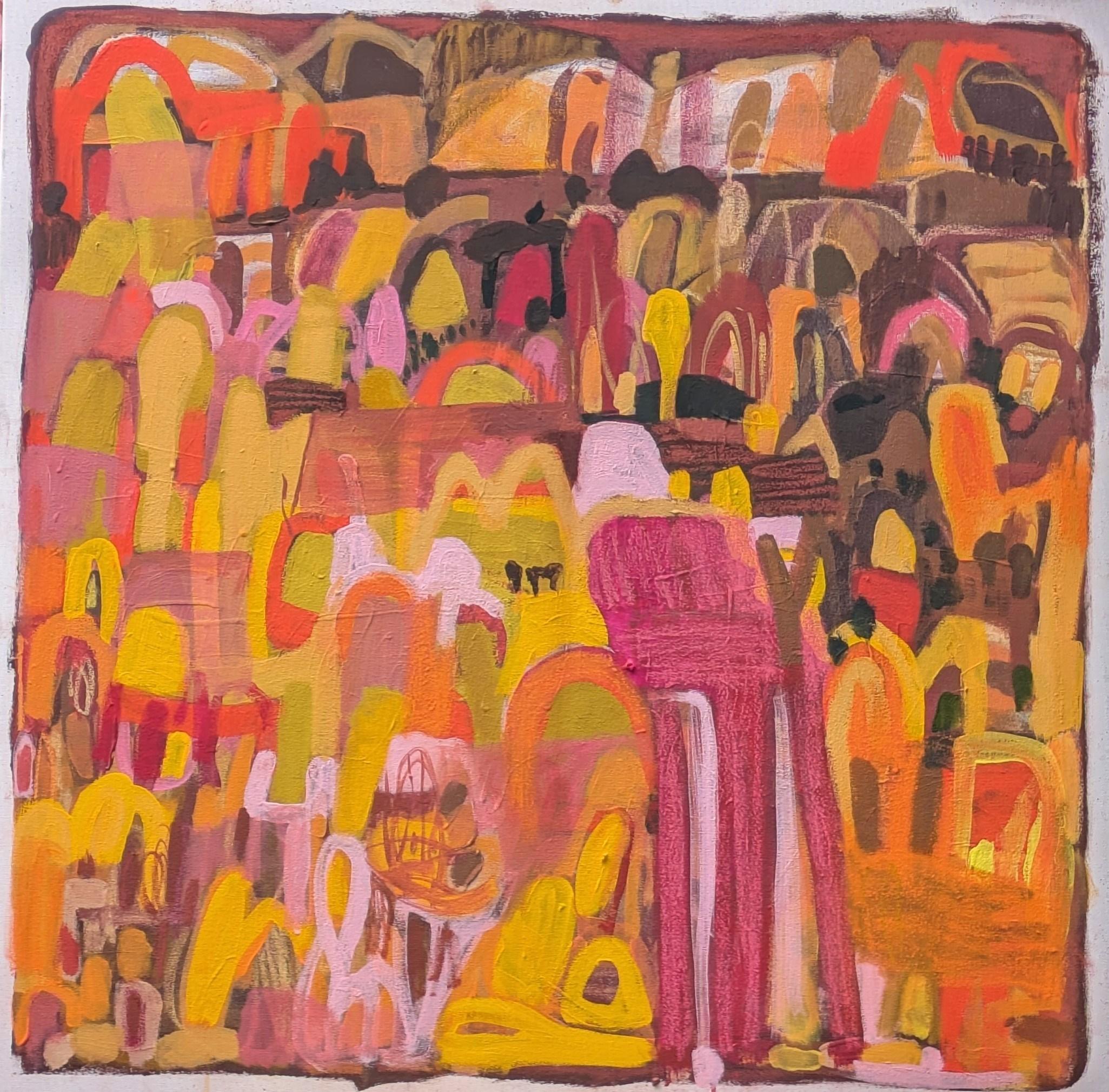
Artist Suzannah Jones lives and works in the rural Dungog Shire, NSW.” “ “
“”I don’t draw a literal representation of the landscape, I respond through mark making. My artistic method, therefore, becomes a patchwork of collected shapes, line, landmarks, tiny illustrated stories and familiar forms. This process serves as a vehicle for the deconstruction of my personal experiences within the layers of this distinctive, challenging, yet beautifully raw place”.
The sun bled down my face and across the sand and in between the toes of the Pneumatophores. 1 x 1m. All gouache, pastel and pen on canvas.
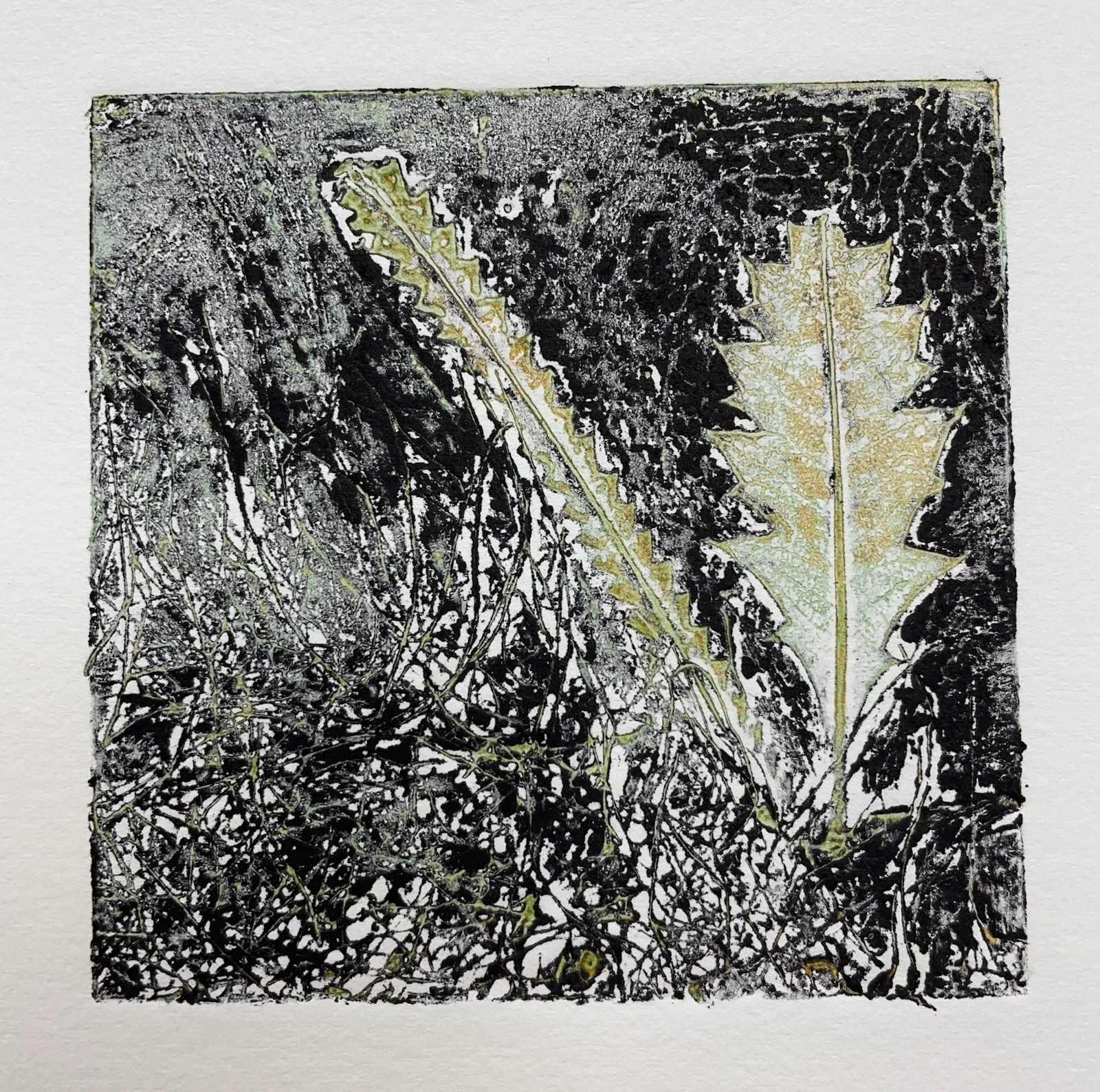
Hunter Valley artist Judy Henry enjoys creating Paintings, Printmaking and Assemblages.
Judy’s works are all about putting the first mark onto paper or canvas and allowing the mark to tell the story.
Bansia, Collograph Print by Judy Henry.

Eric & Robyn Werkhoven Award winning collaborative artists. Together they exhibit under the title of Studio La Primitive. Their vibrant art works are a celebration of every day life, “Exploring the world of human caprice, with sheer delight and a touch of irony.”
“A perpetual intrigue with the mysteries and absurdities of mans’ existence.”
Woman, Sculpture & Pelican, mixed media, 40 x 30cm.
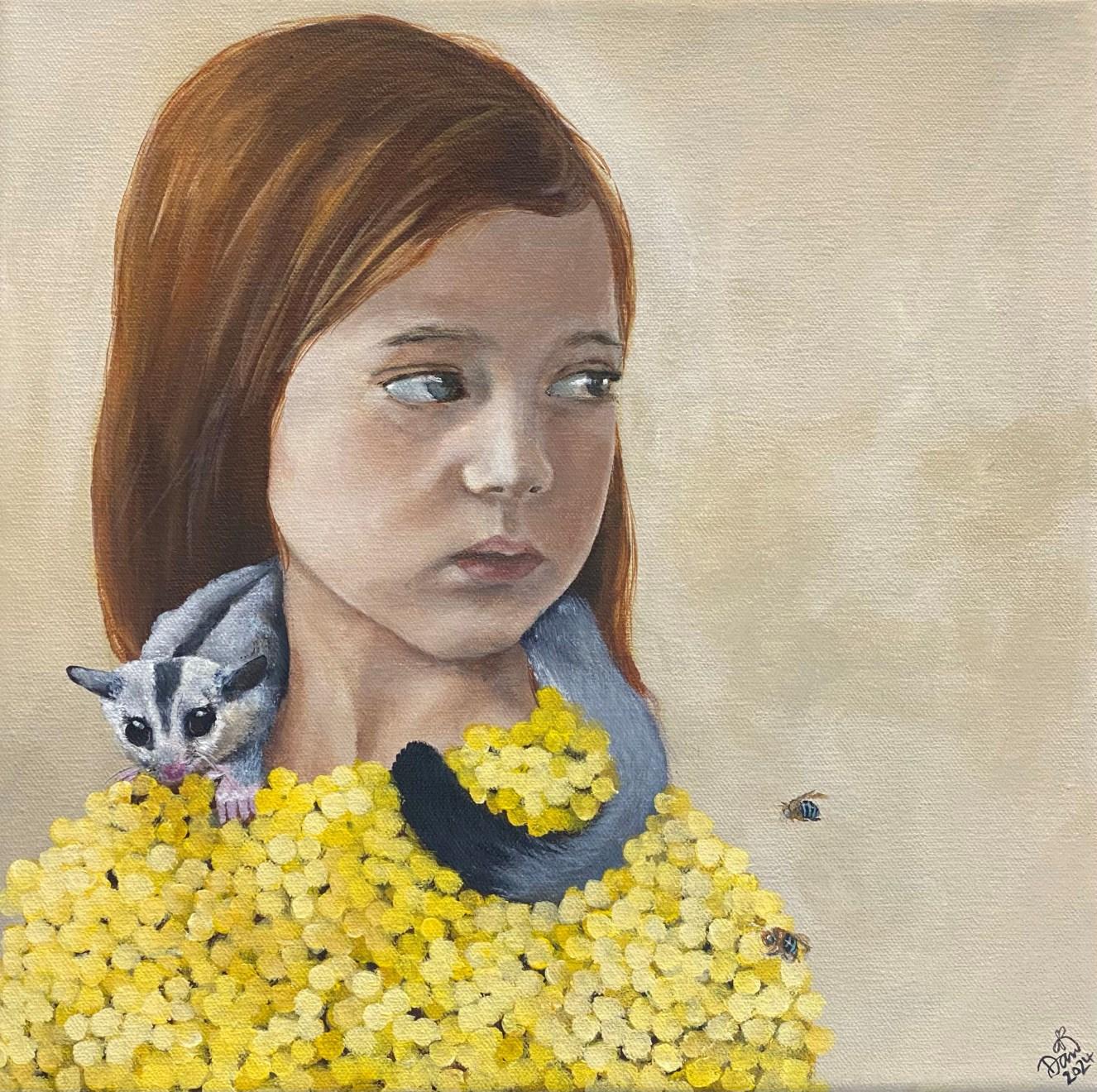
Born in Sydney, Danielle McManus intertwines experiences from everyday life with her Maltese heritage to produce superbly whimsical artworks & ceramics.
Whether fictional or based on real-life family events, Danielle’s love of storytelling is evident in her colourful, figurative offerings that provide viewers with thought-provoking images, frequently set against a backdrop of a landscape fusing both her Maltese heritage and passion for Australia.
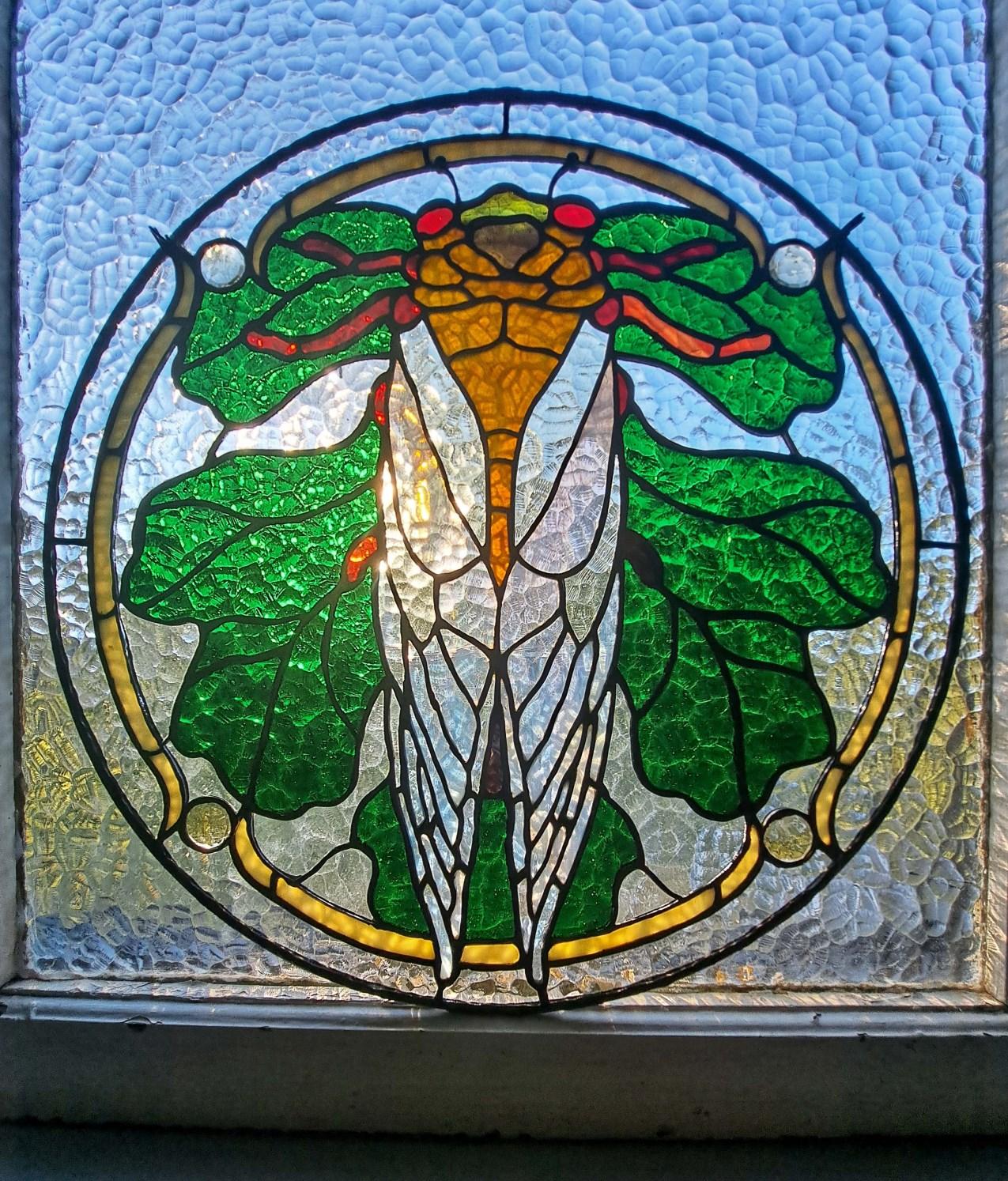
Marian returned to working with glass in 2001, having initially learnt the skills approximately 40 years ago, at which time she created many traditional windows and tiffany lampshades over a 10-year period.
Envisioning art utilising glass is her new direction, and this has resulted in creating designs inspired by the nature surrounding her. Marian prefers to repurpose old glass wherever possible, always on the lookout for bargains. The pieces currently on display use a mix of old and new.
Cicada, stained glass / leadlight panel, Marian Dy.
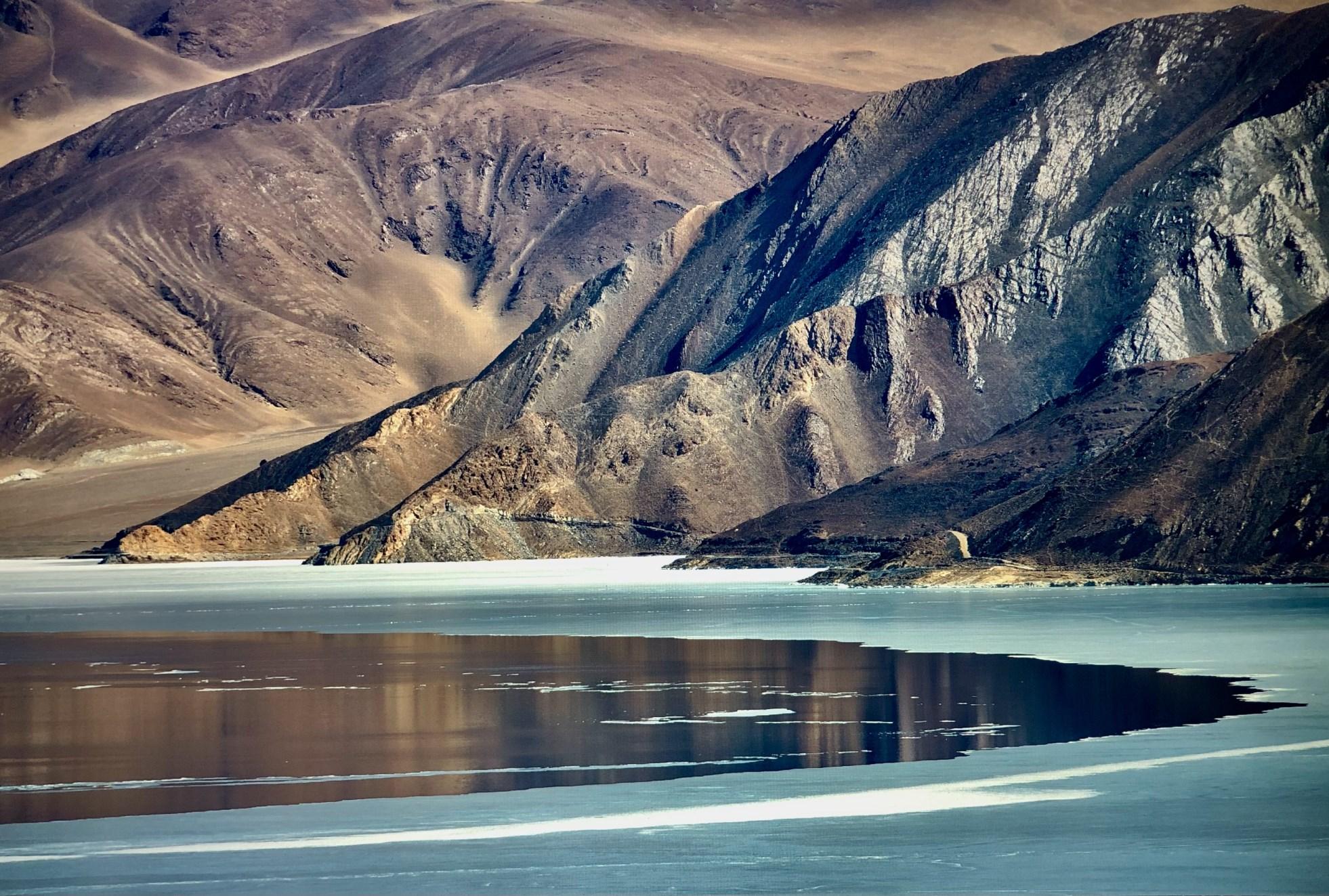
“Photography has been my life for the past 35 years. Being a member of the Australian Institute of Professional Photography certainly helped, winning prestigious awards built my profile world wide.
I am now lucky enough to travel Australia and the world conducting workshops and passing on experiences and knowledge to photographers that want to follow their dream.
My advice to the next generation would be to study the history of photography and one of my favourite quotes from Elliot Erwitt ‘ All the technique in the world can not compensate for the ability to notice.’ “
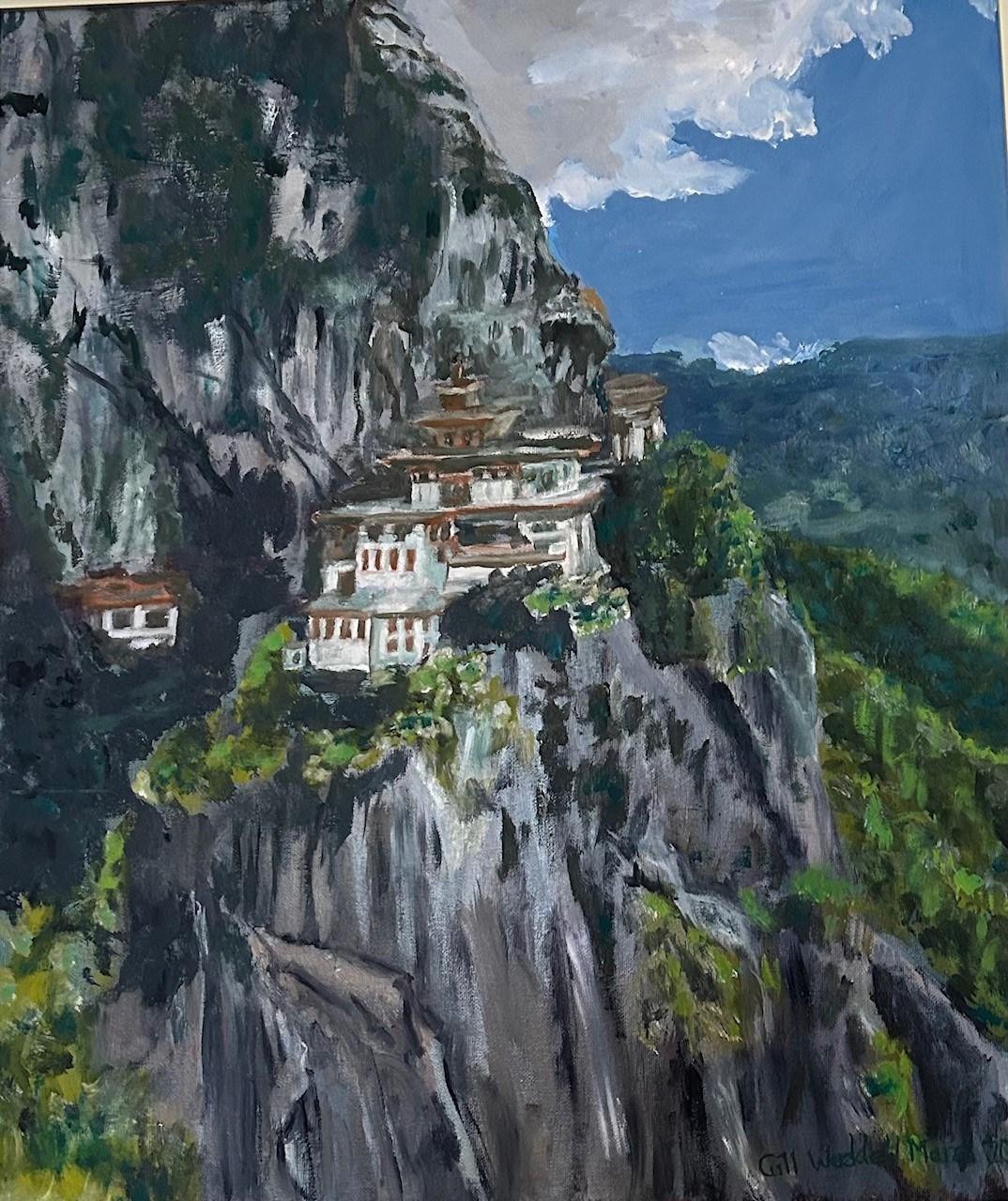
Gillian Waddell has been oil painting for around 25 years. Since retiring, Gillian has been able to devote more time by setting up her own studio. The subject matter is very varied but has included Australian landscapes and animals to scenes from her world travels. The Tiger’s Nest, Oil
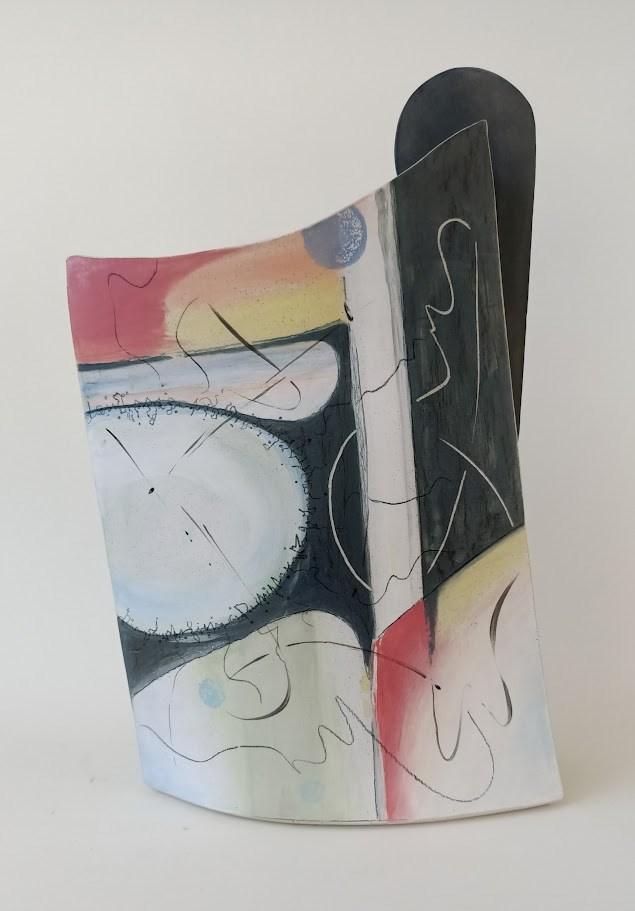
Newcastle ceramicist Sue Stewart“The modernists have been a big influence on my work over the last few years. I have enjoyed playing with the interaction of color, texture and form. Initially I used this decoration on my ceramic vessels and have more recently started to work in a similar style on canvas”.
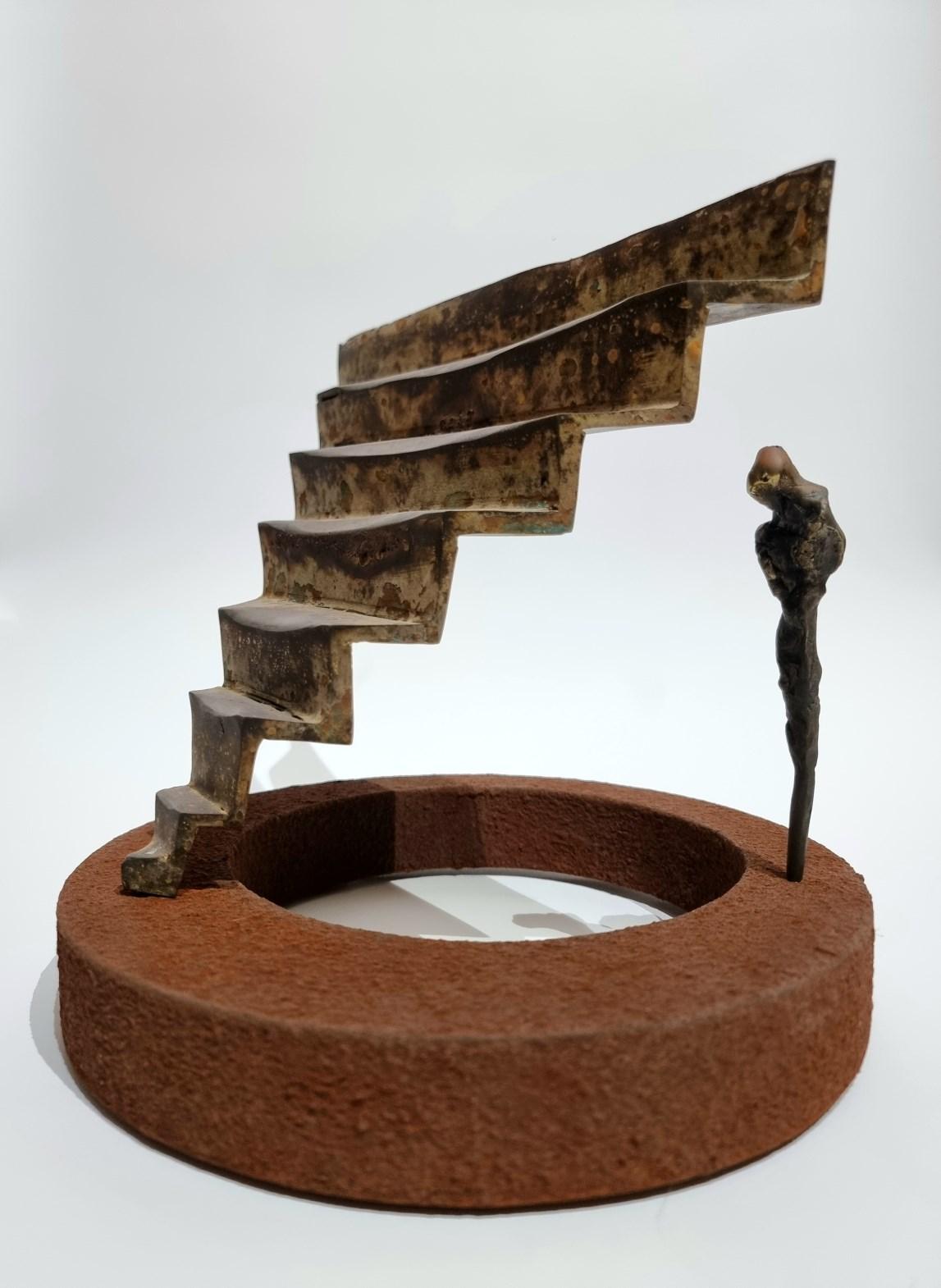
Hunter Valley sculptor and painter Nathan Keogh“I am primarily an abstractionist. The human form and human cognitive process play heavily in my practice. Use of light, colour, material and form play considerable roles in my tangible creative process to capture the intangible.”
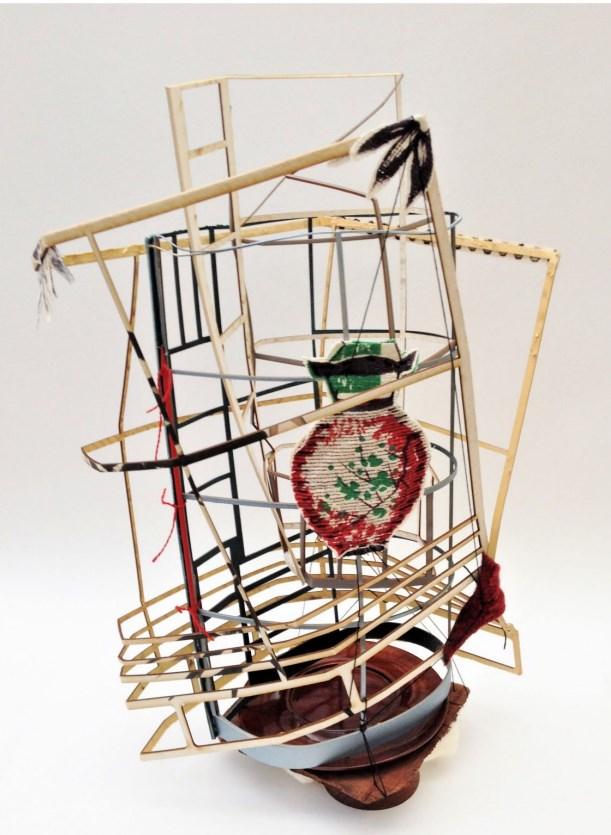

Fibre artist and jewellery designer Giselle Penn - the dominant medium of her art is hand-formed wet felt which is paired with many varied collected items to create small scale assemblages. Giselle continually pushes boundaries with her jewellery designs made from lamp worked glass beads and felt wearables.
Flamework glass and semi-precious stone bead earrings.

Donna Cavanough
John O’Brien
Dynamic due The De Factos will be performing at Gresford Community Gallery opening celebration on Saturday 28th September, 2 - 4pm. 2024.

The amazing Lisa Wiseman and Phil Watts will be performing at Gresford Community Gallery opening celebration Saturday 28th September, 2 - 4pm. 2024.
Cold morning cut right through me when I thought of how your love had gone, washed like rivers in the ancient night time, crashed like oceans in a storm, as I walked out to take the air one sullen mid-spring morn.
Cold morning cut right through me
‘til I was torn again and torn and I had nothing better on than to ramble down to Roxby Downs the uranium mine at the Gates of Hell, at the ends of Earth.
I took my son, a lovely boy, lovely as the day:
I took my child to the nuclear wasteland to the nuclear wasteland I took my child and the trees were grey and the desert was yellow while above us the sky rolled clouds driven by wind.
I took my child to the nuclear wasteland to the nuclear wasteland I took my child and the trees were grey and the air was unnatural, while above us the sky rolled clouds driven by wind.
I took my child to the nuclear wasteland, to the nuclear wasteland I took my child, and we stood at the end of an endless chasm, while the billy boiled and all the people of conscience were marched away.
I took my child to the nuclear wasteland, to the nuclear wasteland I took my child, to the desert sands, to see songs and celebrations, while the billy boiled and all the people of conscience were marched away.
Cold morning cut right through me when the last of all my love was gone, and he was all I cared about, and all I could not scorn.
Cold morning cut right through me, as on the morning he was born, and all the trees were bending down beneath an alien storm, at Roxby Downs, a Hell on earth, where nothing was quite real, except my son, a lovely boy, lovely as the day, and I could not have stood at all to see him taken away.
- Peter J Brown © 2024
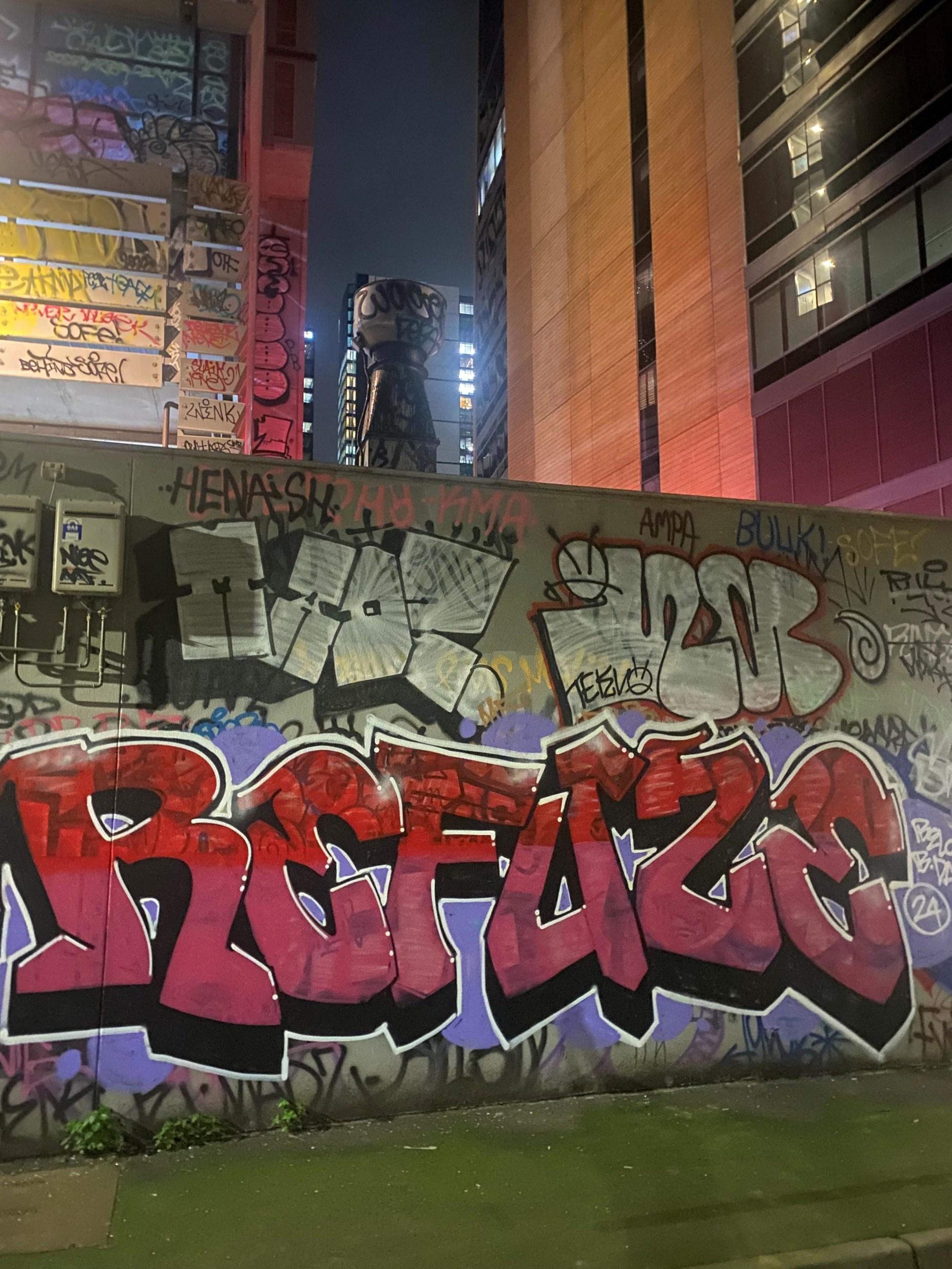
Shadowboxing in semitone the sun buys a stairway to heaven, following the white dot projected on a wall in surround sound a black box containing the nerves and anxieties of every mind is caught in an early morning wakeup call.
She can be seen playing piano keys, tapping at the spot on a yellow door where all things that glitter are turned to gold, buying her way to heaven in case of a fall, adrenaline jumping from a foot stall.
Lazy bones crackle to the sound of a drum roll. Could it be nerves or a reaction to disapproval?
She is seen watching from the balcony seat as he sits on a stage of industry playing the crowd, reading eyes, deep diving into a sanctum of repetition for the comfort of paradise, sensing the camera in surround sound.
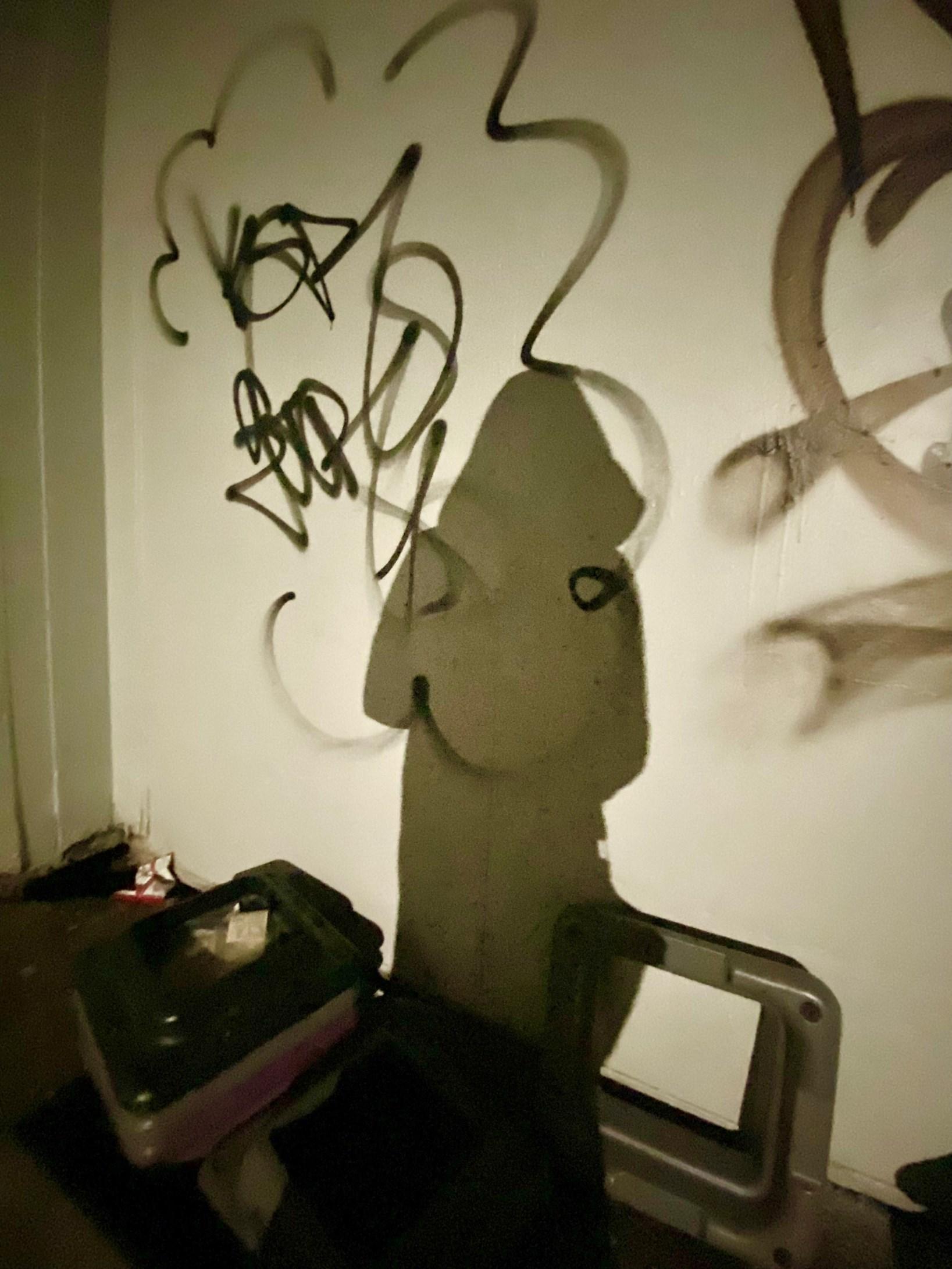
They sit on a hill playing lyrics in rehearsal, reaching invisible tendrils touching the vanilla sky. Hear the marine dreaming a simulation training ground while talking in her sleep.
In this segment we do the moon walk in forward motion. Applying acrylic nails with a buzz saw while sucking aeroplane jelly with an oyster spoon, looking down on the changing YouTube scene scrolling disco memes for the next kink in a dream.
Going to sleep in the background you can see the latest channel playing musical sheets with a metronome and stripping the pole like banana skin as each beam moves to a recording of cream while a rising sun smiles like the Cheshire Cat covered in eighteen carat gold faery dust.
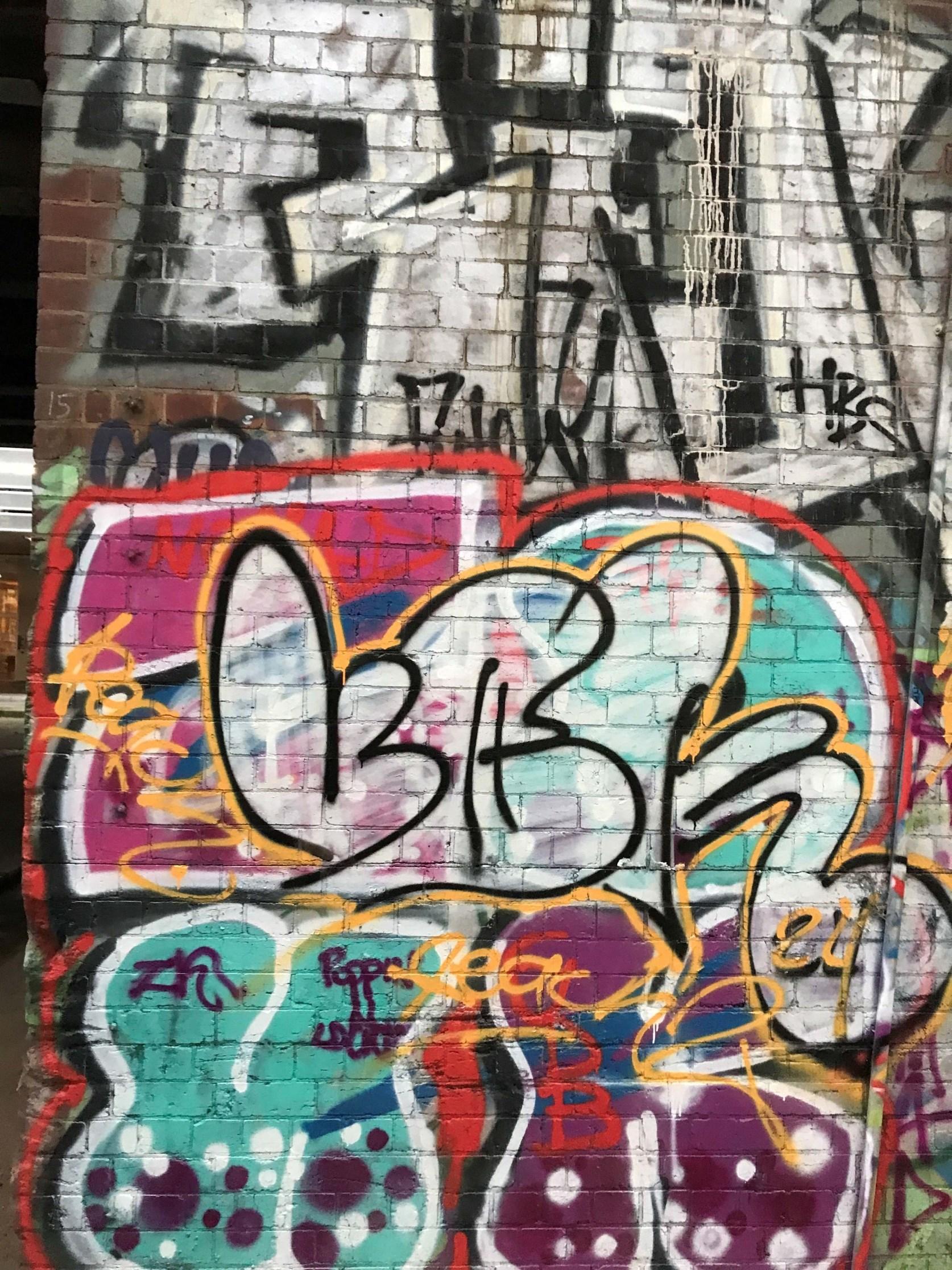
Watch the next key as Jimmy Page scratches a Zeppelin record. Deep diving before a foot-lit stage as opportunity strikes like a blind audition where the puppeteer blows smoke machine rings made from pinhole camera readymade strings.
Listen to the sound check in set rhymes during this semifinal Da.Mb.Cc. magic carpet ride. Observe an audience of whimsy dolls popping pills full of tinted hues, touched in a library full of stolen verse.
Borrowed books recycled with plastic bottles play in a mid-range frequency top 40 radio song, where David Bowie sings Let’s Dance in an Australian outback pub recording, and Adam Lambert rehearses Queen songs while thinking in a futuristic tone.
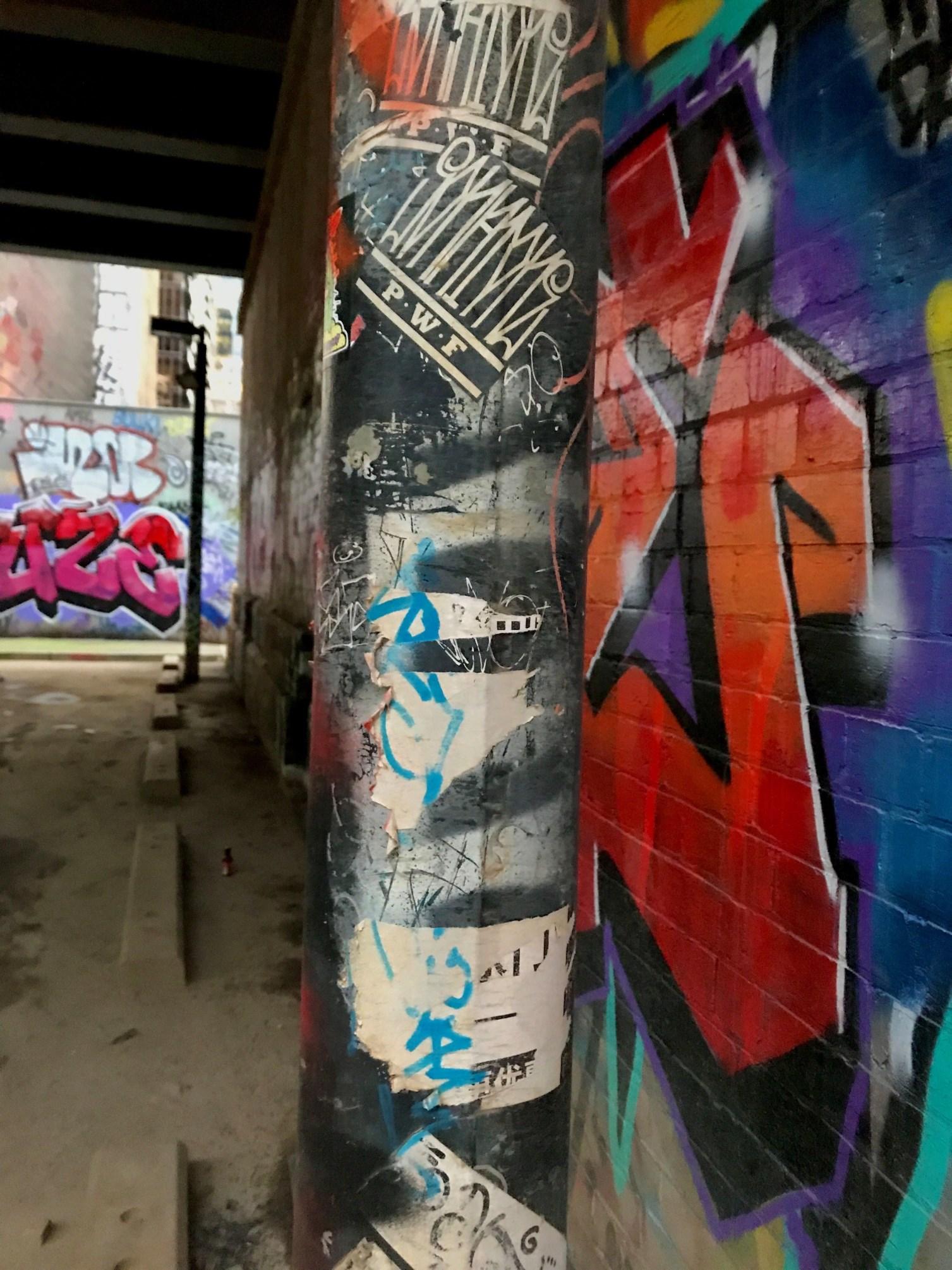
You only get one take at the chance of a lifetime. Alone in court with that judge who comes on after the third knock. You are cutting the final record lined up inside a Centrelink final curtain call.
Standing in front you can hear arch angel Michael talking industry in perfect fifth. Waiting for your number to be called you feel the sweet spot in a crowd that all sounds the same.
Back to where it all began the diatonic interval plays violent sounds of a fingernail scratching along a chalkboard. We find ourselves in an open classroom surrounded by the oration of fairytales where each book is recycled in the frequency of a plastic bottle discord.
-Maggie Hall © 2024.
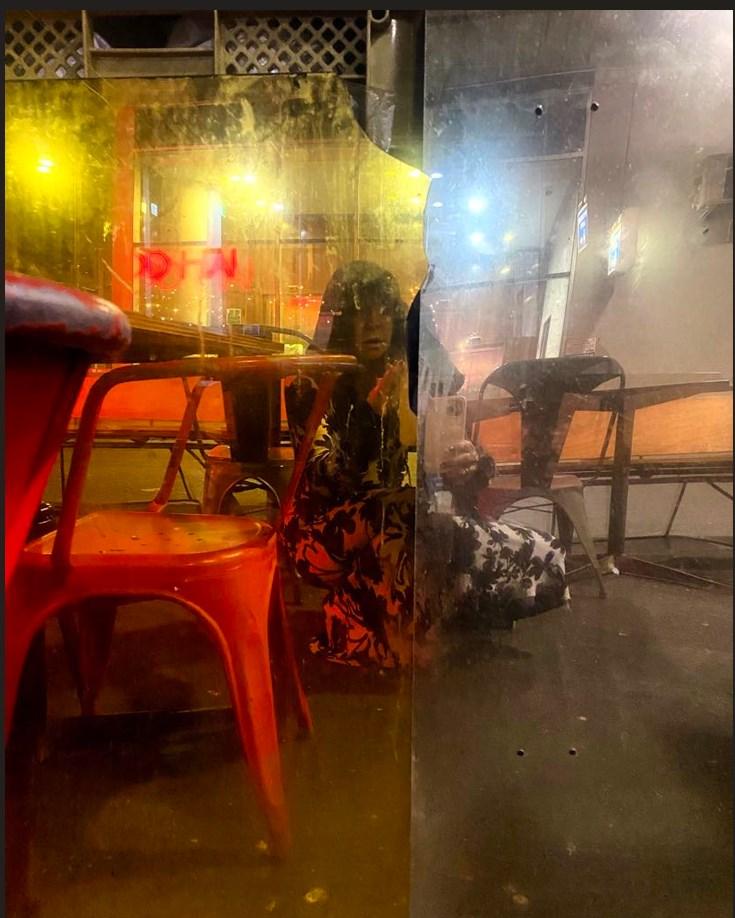
All Rights Reserved on article and photographs Maggie Hall © 2024.
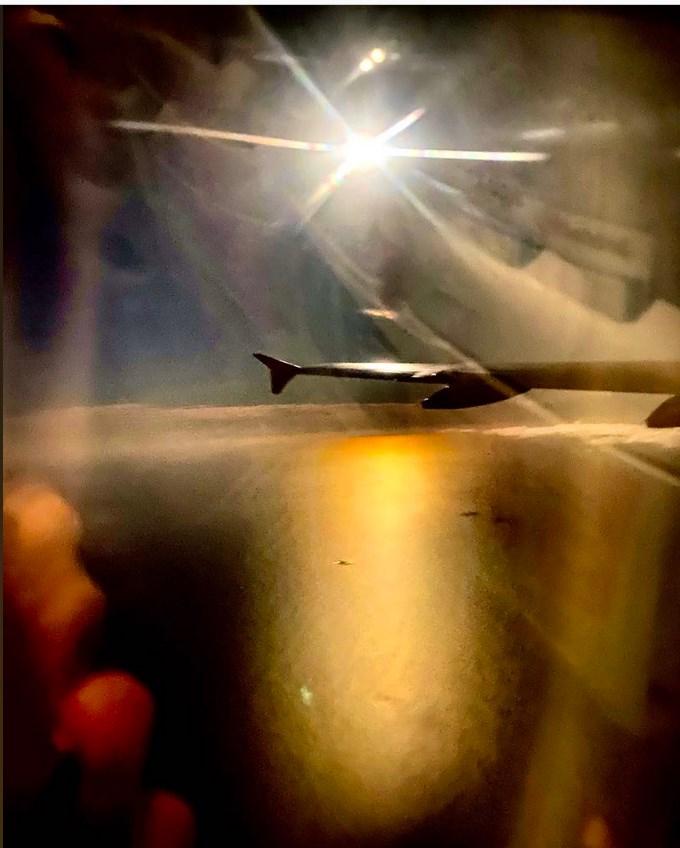
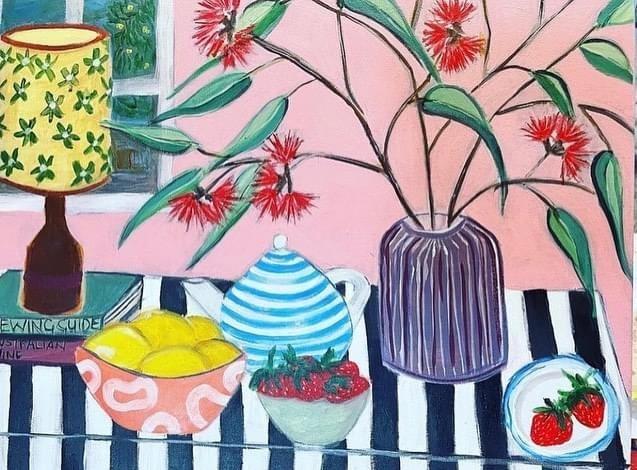
Artist Rebecca Potter lives and works in the rural shire of Dungog, NSW.
Rebecca is an exhibiting member of the Artisan Co-operative Dungog By Design, Gallery / shop located at 224 Dowling St Dungog.
“I would say I am an expressionist, I enjoy working with a range of different mediums and subjects. Most of my recent paintings have been still life. I would say my work differs a lot from one painting to the next I don’t always work in the same style.”
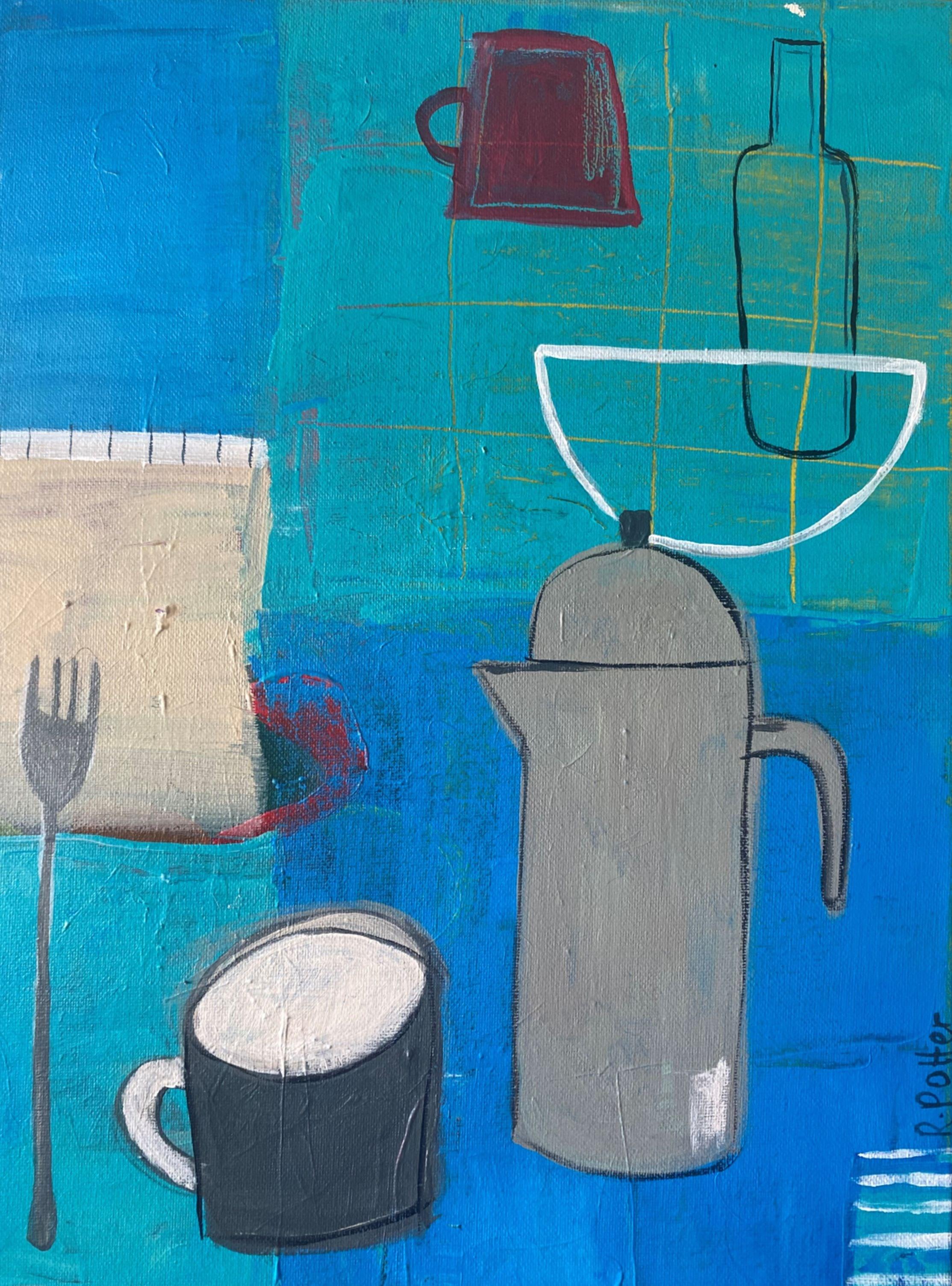

I grew up on the northern beaches in NSW a small seaside town called Avalon, NSW. I enjoyed socialising with friends and family which significantly influenced my artistic journey I often painted kitchen scenery in a eclectic or abstracted way. I now live in a small country community in the Hunter Valley.
I pursued my education at Hunter Street Tafe, Newcastle, studying the Diploma of Arts with a focus on painting, drawing and printing unfinished.
When did your artistic passion begin?
My artistic passion began in early childhood. I was always drawn to creative activities, whether it was painting, drawing, or crafting. I vividly remember the sense of joy and fulfillment I felt while creating, which has stayed with me ever since.
Have you always wanted to be an artist?
Yes, I have always been a painter. While my interests have evolved over the years, the desire to express myself through art has been a constant in my life. It felt like a natural path for me to follow.
Describe your work
My work is a mostly naive with an element of Fauvism and a twist of Expressionism, even at times contemporary, you decide. I have experimented with lots of styles and often explore themes of still life or human experience, I mostly use Acrylic, as they are quick drying and low in toxins. I like to create pieces with bold colours that uplift the viewer or to evoke a deep emotional response and invite viewers to reflect on their own experiences and memories.
The philosophy behind my work centres on disconnection, reflection or connection – connection to oneself, to others, and to the natural world. A scene could be reflective often just the objects with no people. The colours maybe be bright or moody bringing different feelings or time to mind.
Do you have a set method/routine of working?
Not really, I take notes when I’m inspired then block out time to work on new pieces I’m a busy parent so I’m often painting late at night when it’s quiet, I experiment with different techniques and materials. This process allows me to stay flexible and open to new ideas, recently I’ve been drawing on a my iPad.
Why do you choose this material/medium to work with?
I choose this medium as it easy to work with, little harm to the environment and myself. How important is drawing as an element to your artwork?
Drawing is a fundamental part of my artistic process. It serves as the foundation for many of my works, allowing me to explore composition, form, and texture. Even when I’m working in other mediums, the skills and insights gained from drawing play a crucial role in shaping my creations.
What inspires your work/creations?
I draw inspiration from a wide range of sources, life itself.
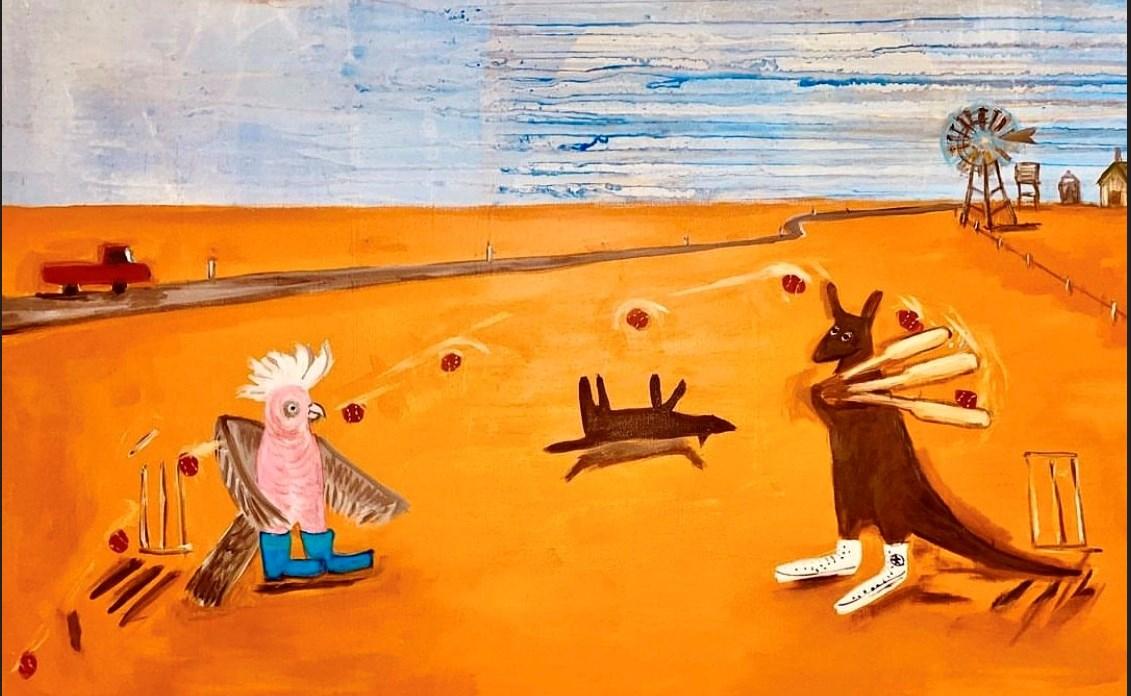
What have been the major influences on your work?
The works of Mirka Mora, Paul Gauguin and Henri Matisse have particularly been an inspiration.
What are some of your favourite artworks and artists?
One of my favourite artworks and artists is the Still Life work of Georgio Morandi. Any particular style or period that appeals?
I am particularly drawn to jean Paul Basquiat and Ken done for their outside of the box styles.
What are the challenges in becoming an exhibiting artist?
One of the main challenges in becoming an exhibiting artist is gaining visibility and recognition in a competitive field. Building a network, finding the right galleries, and maintaining a consistent body of work are all crucial but challenging aspects of an artist's career.
Name your greatest achievement, exhibitions?
My greatest accomplishment has been selling my works in Australia and internationally as well as being a part of a rural Art co-op Dungog by Design. I am working towards an exhibition. What are you working on at present?
Currently, I am working on a series titled the kitchen series bringing everyday objects to focus in a simplistic way. Household items can give a sense of normality and consistency.
What do you hope viewers of your artworks will feel and take with them?
It really depends on the piece, I hope it gives them a moment to escape their own world and step into another time and save what provokes a feeling or memory. Your future aspirations with your art?
In the future, I aspire to continue evolving as an artist, exploring new themes and techniques. I also hope to reach a broader audience and inspire others through my work. Collaborating with other artists and participating in exhibitions are also among my goals.
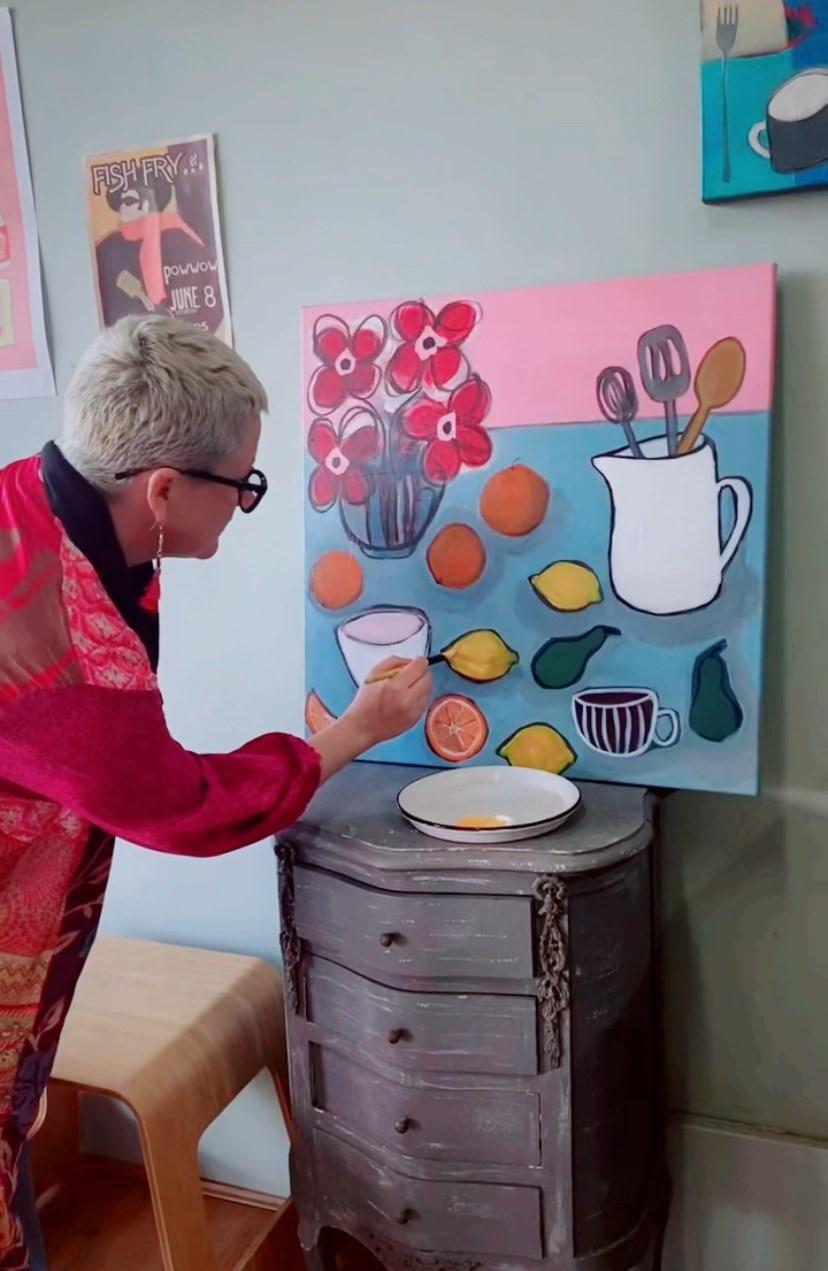
A L L E R Y R E B E C C A P O T T E R
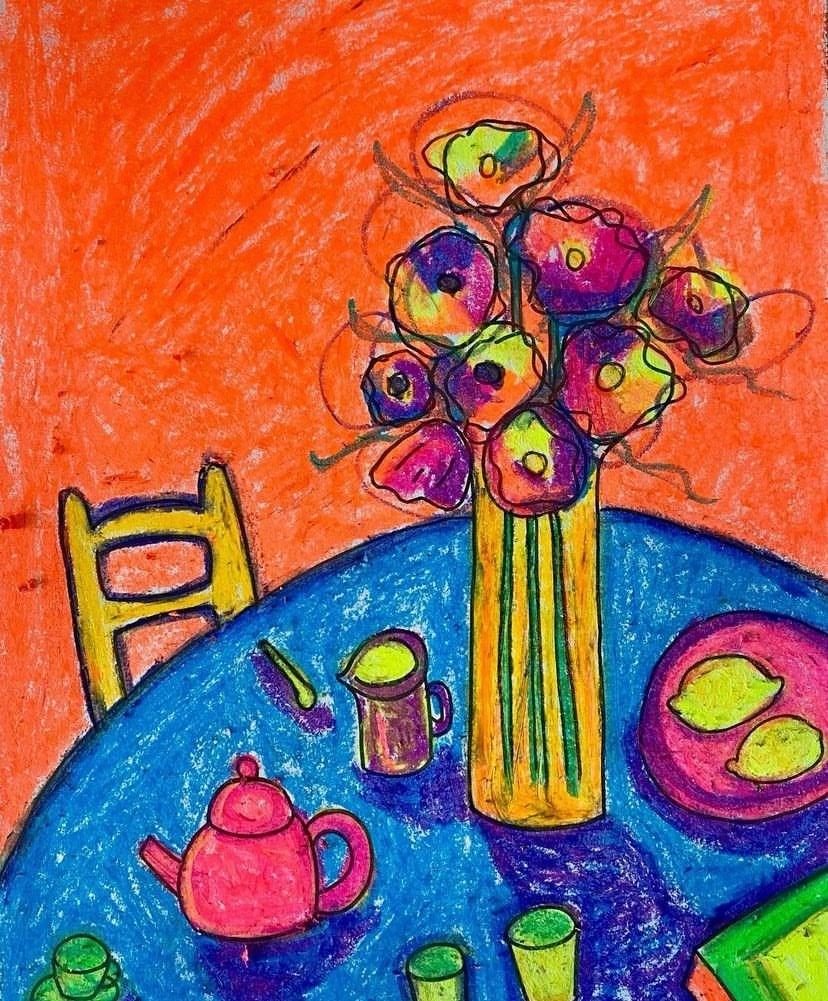

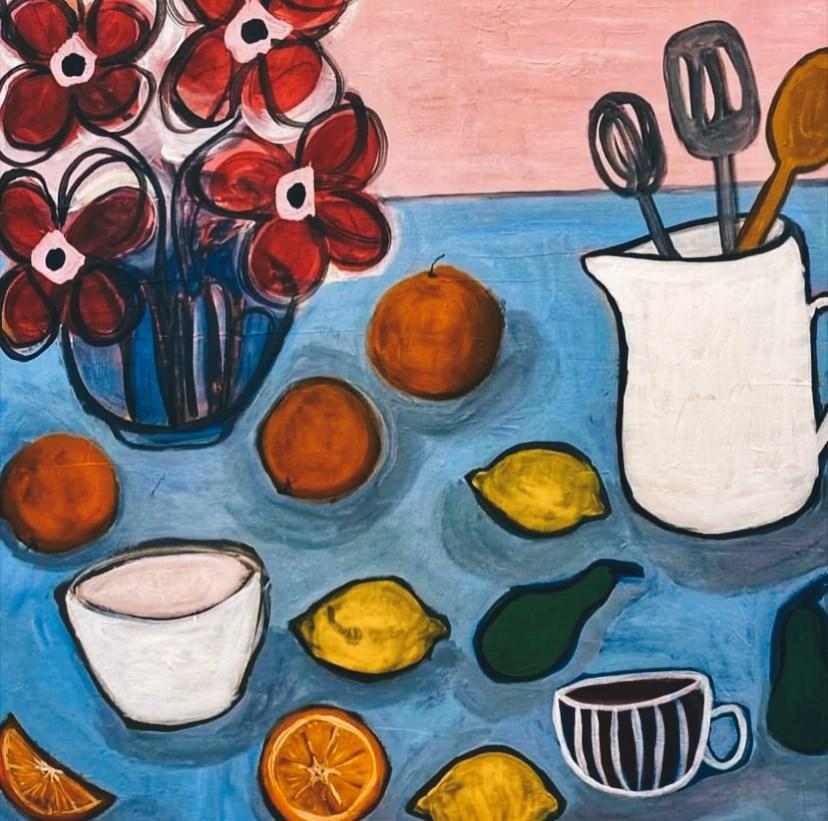
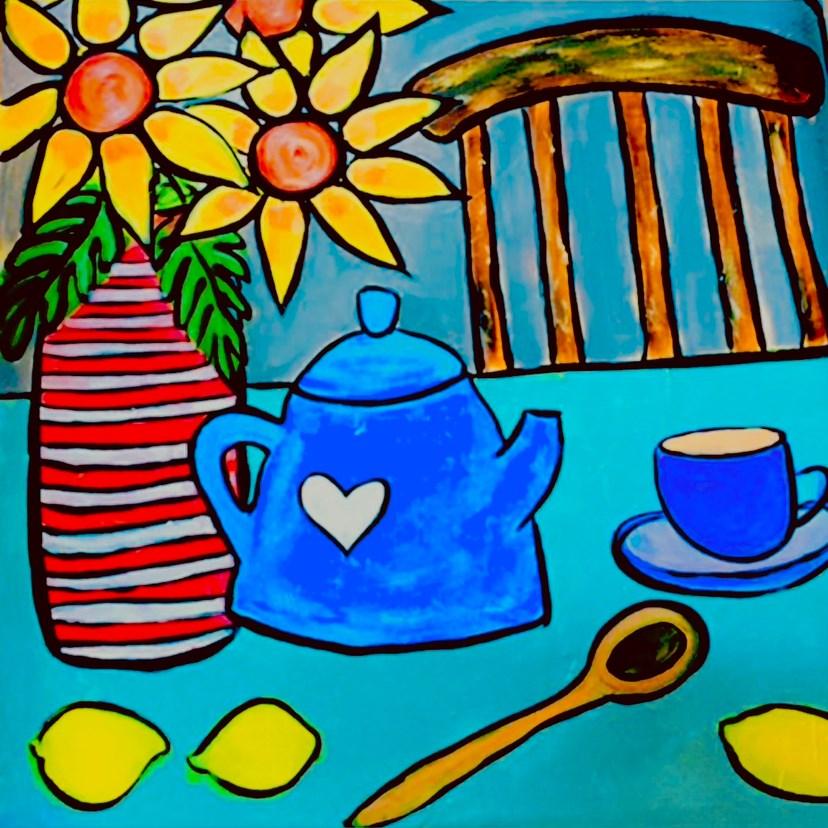
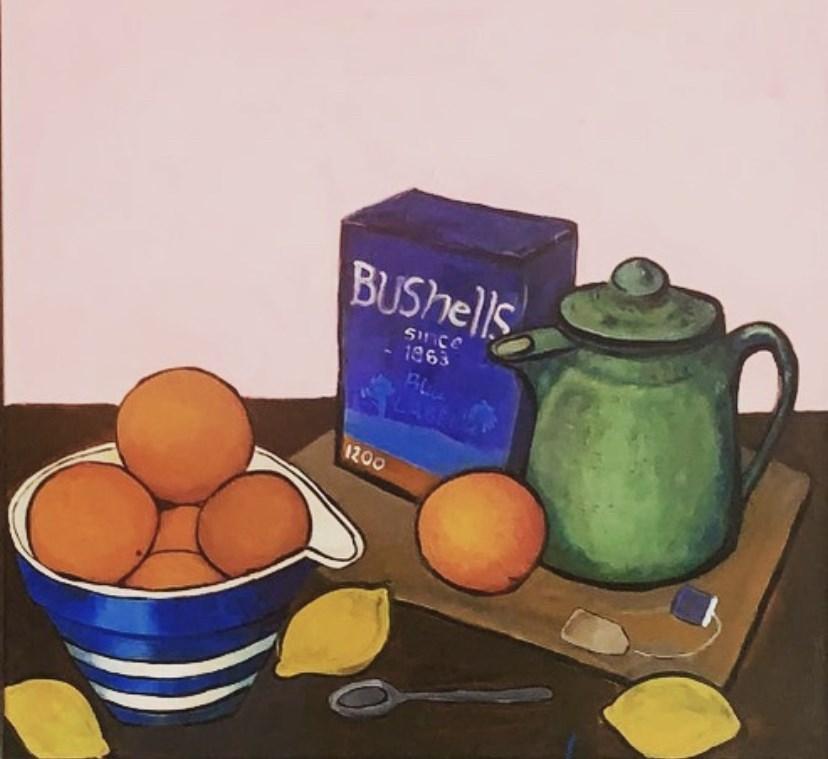

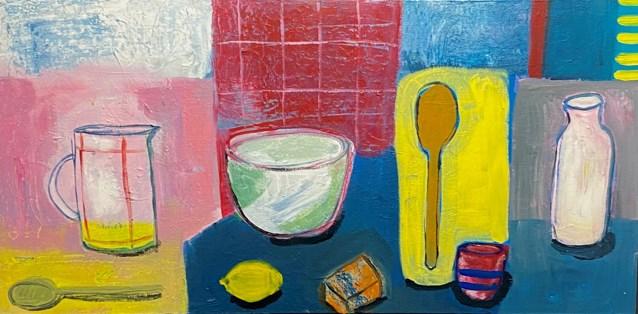
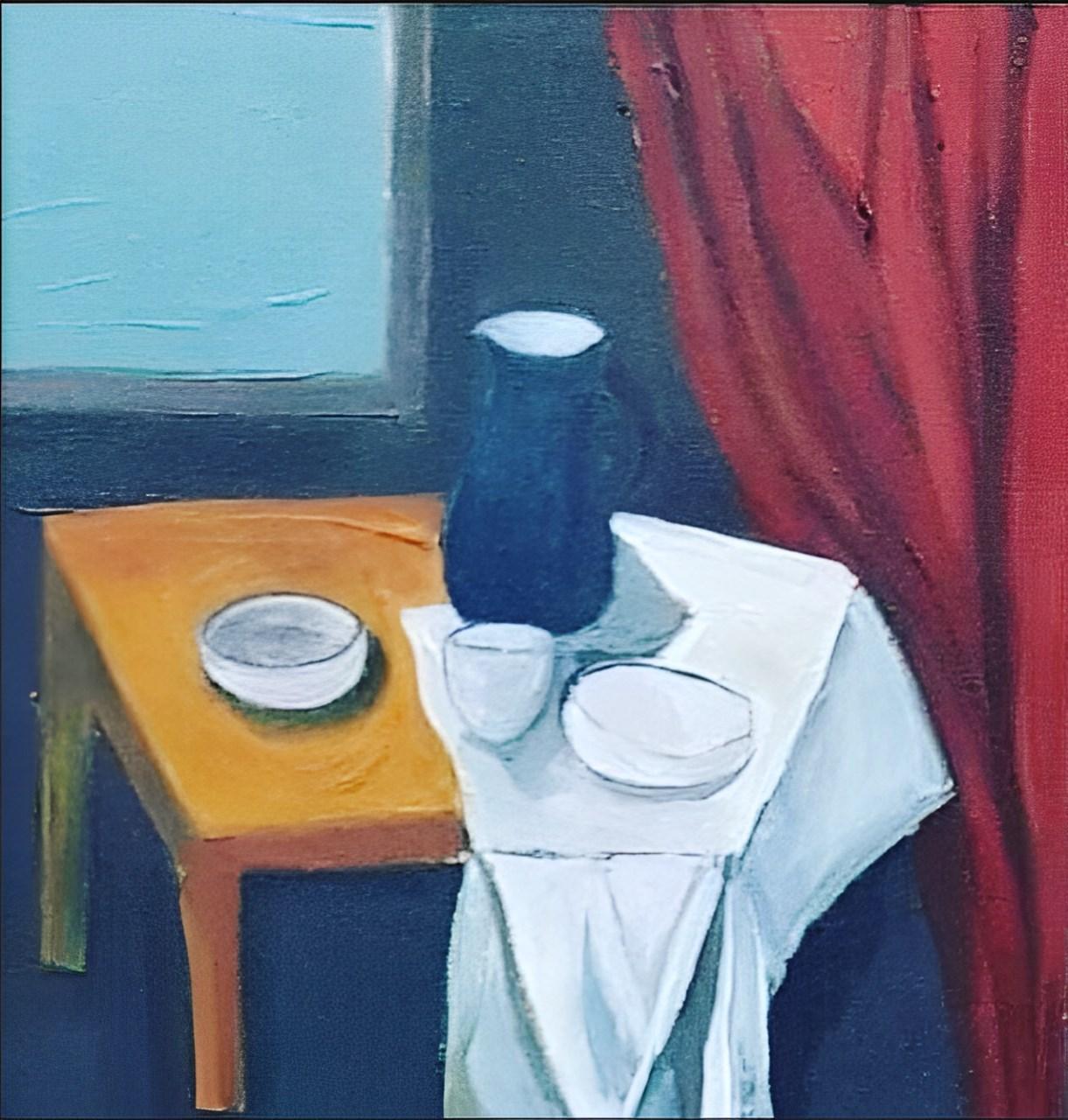
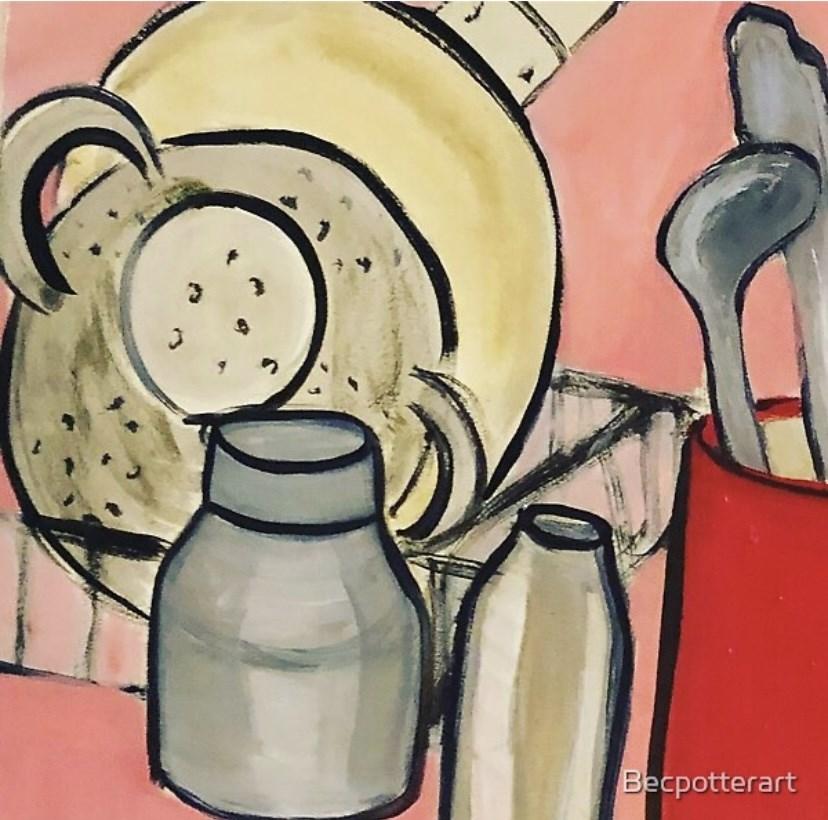
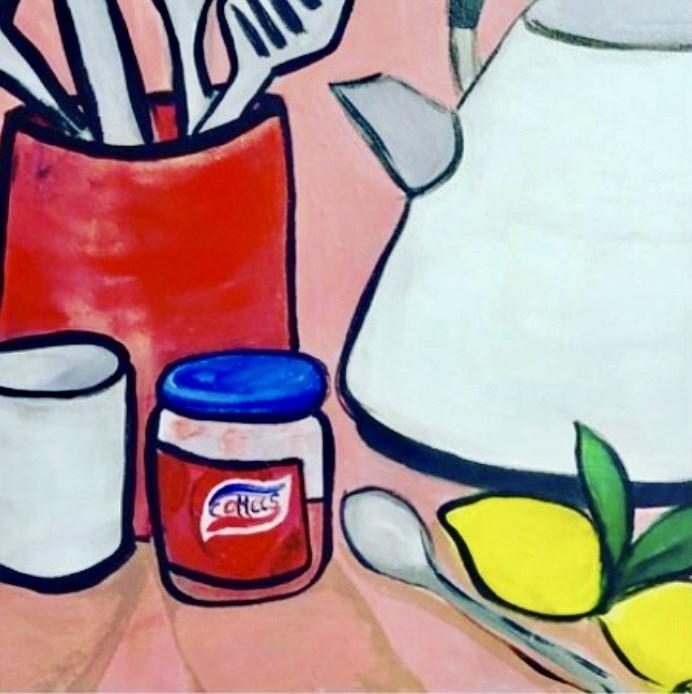
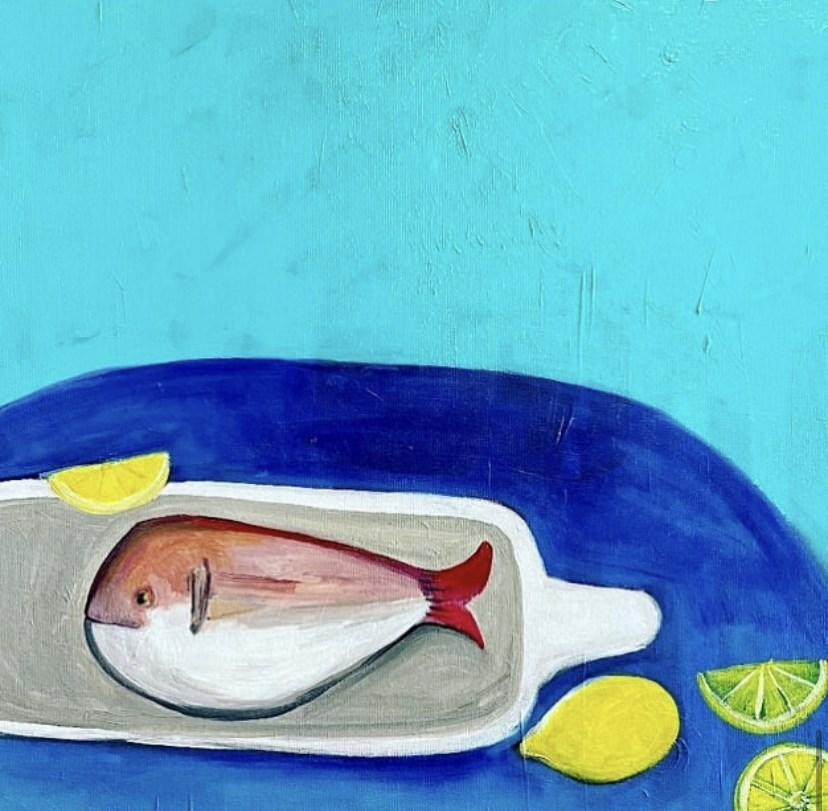



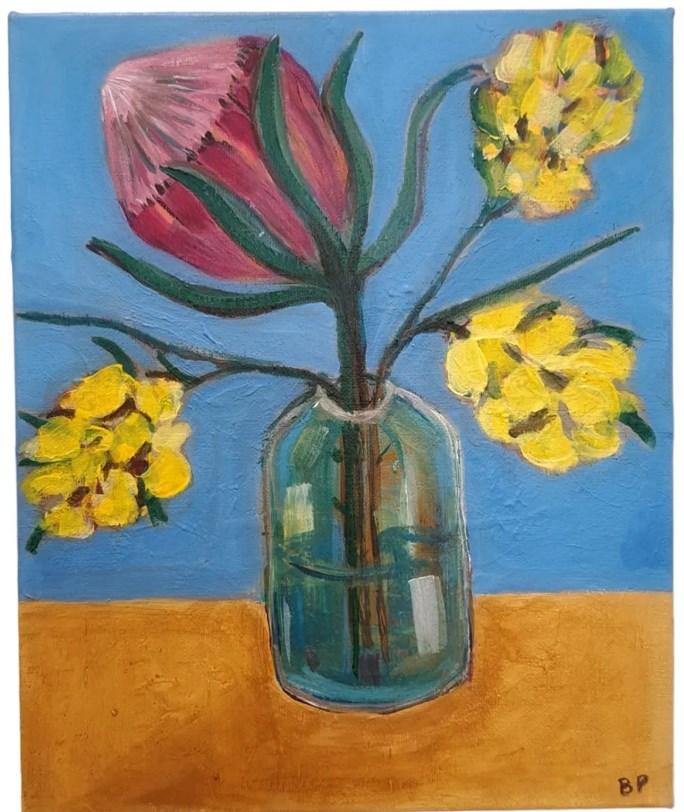
https://www.instagram.com/becpotterart/
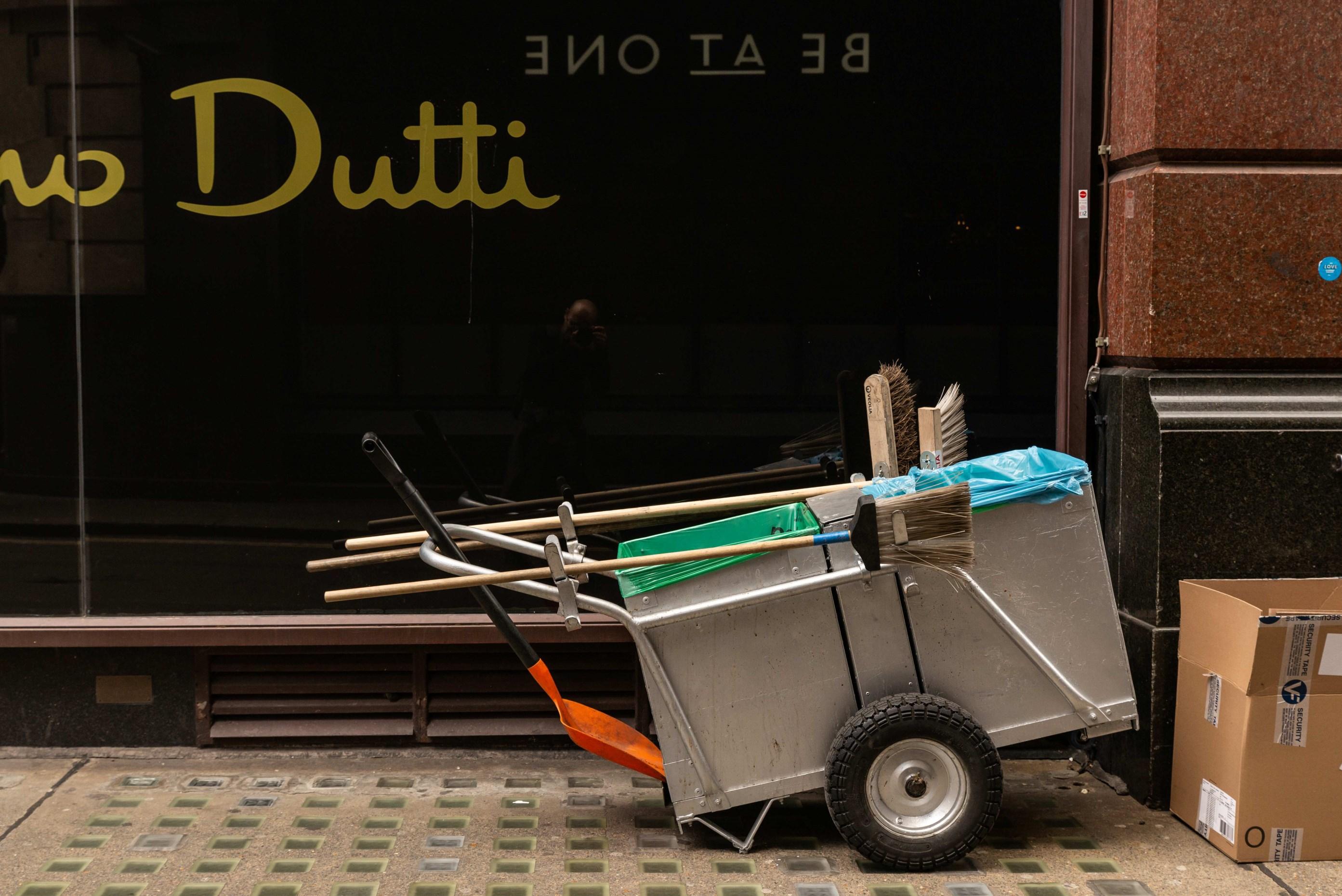
This series is part of my long-term travel and street photographic narrative about the UK, primarily captured in London, a project I initiated in 2005. During this particular endeavour, my goal was to capture moments of magic, serving as a friendly reminder that we should view the world through our own prism. Life and magic are omnipresent; we only need to open our eyes. In recent years, I've consciously distanced my ego from my heart, focusing on immersing myself in the creative process. My priorities have shifted to living, self-care, and relishing life. These new tales, which were taken in May and June 2024, reflect this sweet phase in my life, and I am committed to making it last for a long, long time. I will no longer enumerate these series separately; I've come to realize that all these tales belong to the same project: Tales of a City. In my quest to identify British identity, I found my own voice.
Seigar is a passionate visual artist based in Tenerife, Spain, specializing in travel, street, social documentary, conceptual, and pop art. He is deeply fascinated by pop culture which is evident in his works exploring photography, video art, writing, and collage. A philologist by profession and a secondary school teacher, Seigar is a self-taught visual artist, having completed courses in advanced photography, cinema, and television. His artistic mission is to narrate, tales through his camera, creating a continuous storyline from his travels and encounters. He has participated in various international exhibitions, festivals, and cultural events, with his works featured in numerous publications worldwide. His recent focus includes documenting identity and spreading the message of the Latin phrase: Carpe Diem. Seigar was honored with the Rafael Ramos García International Photography Award. He shares his predilections on art and culture on his blog: Pop Sonality.
G A L L E R Y S E I G A R
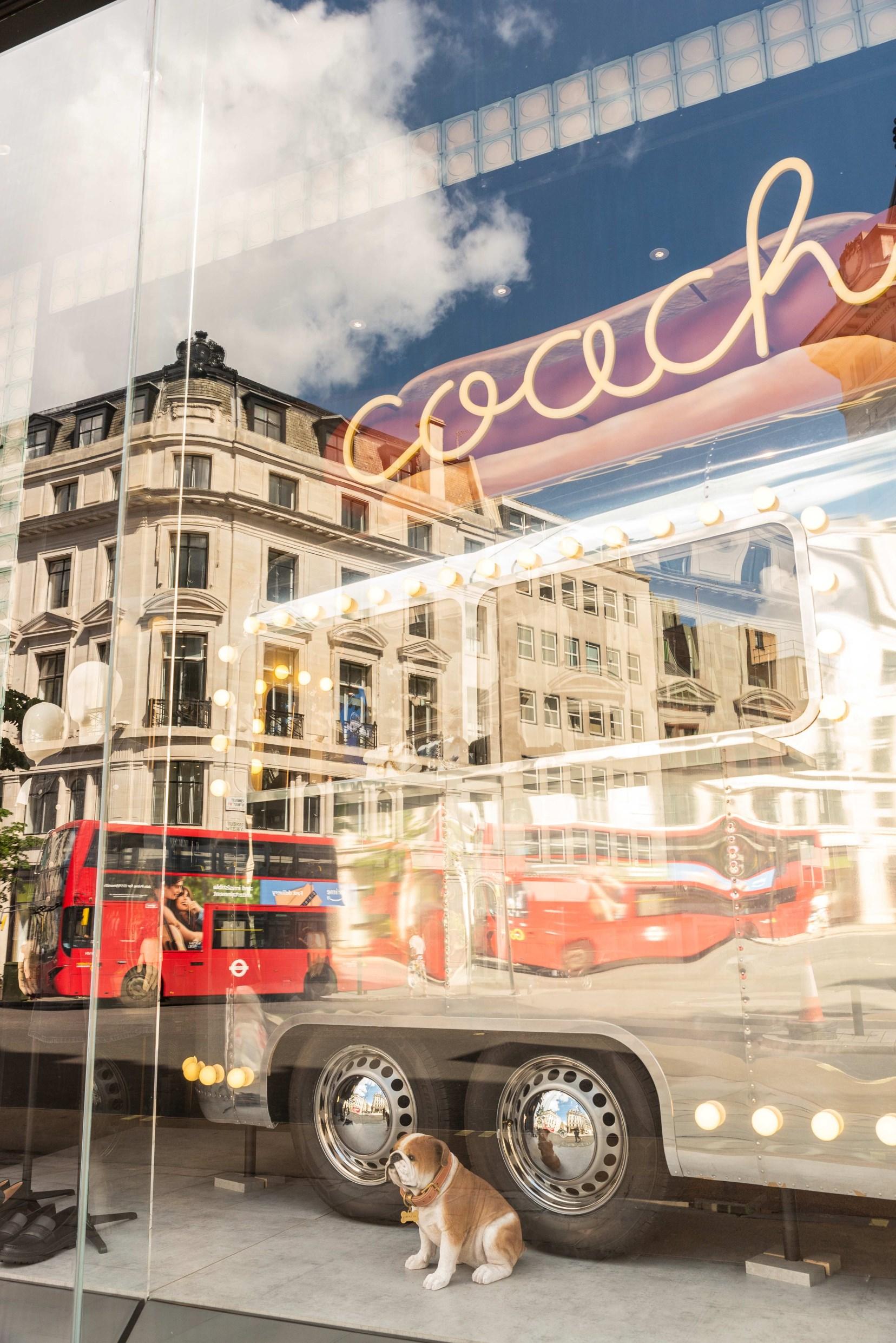
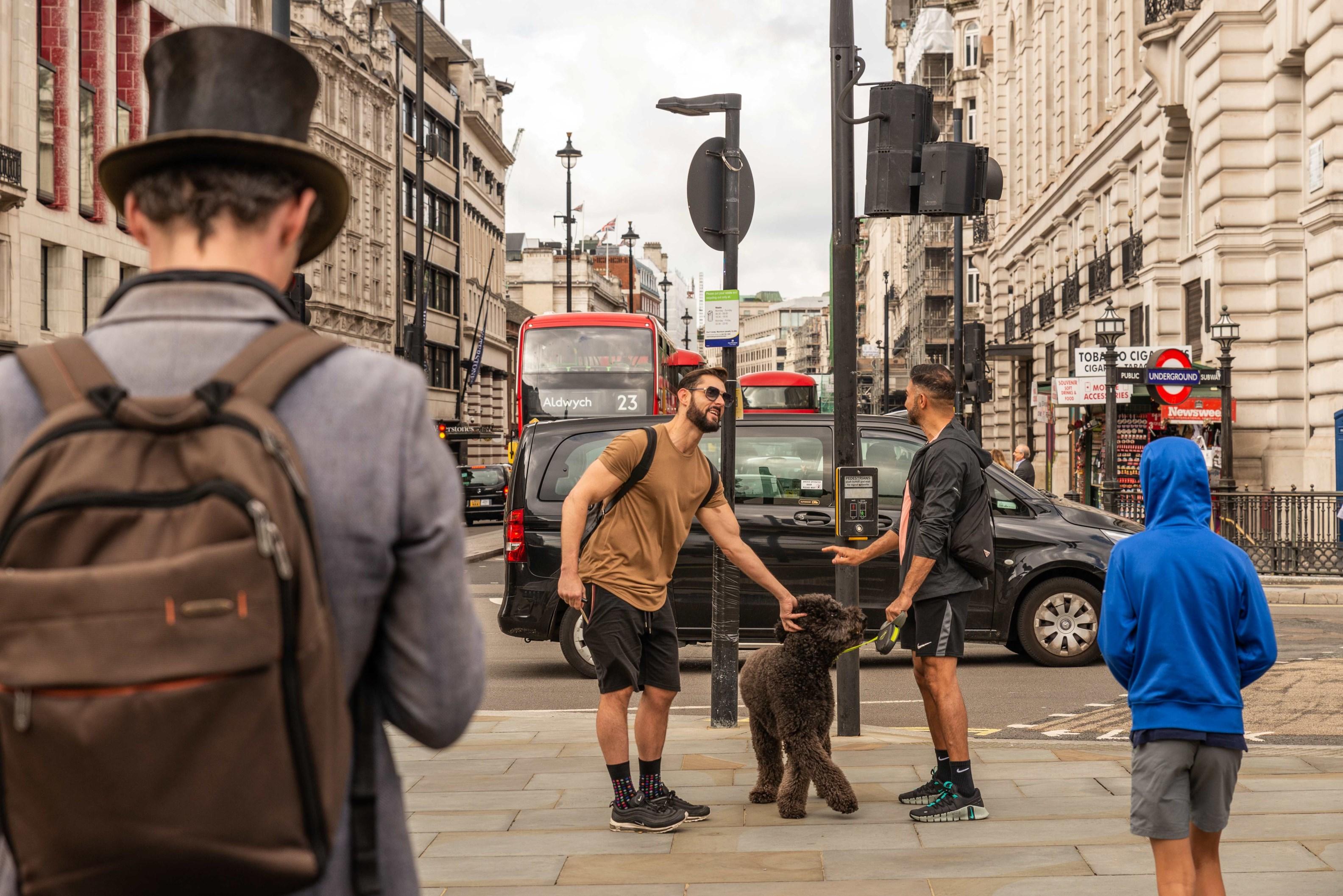



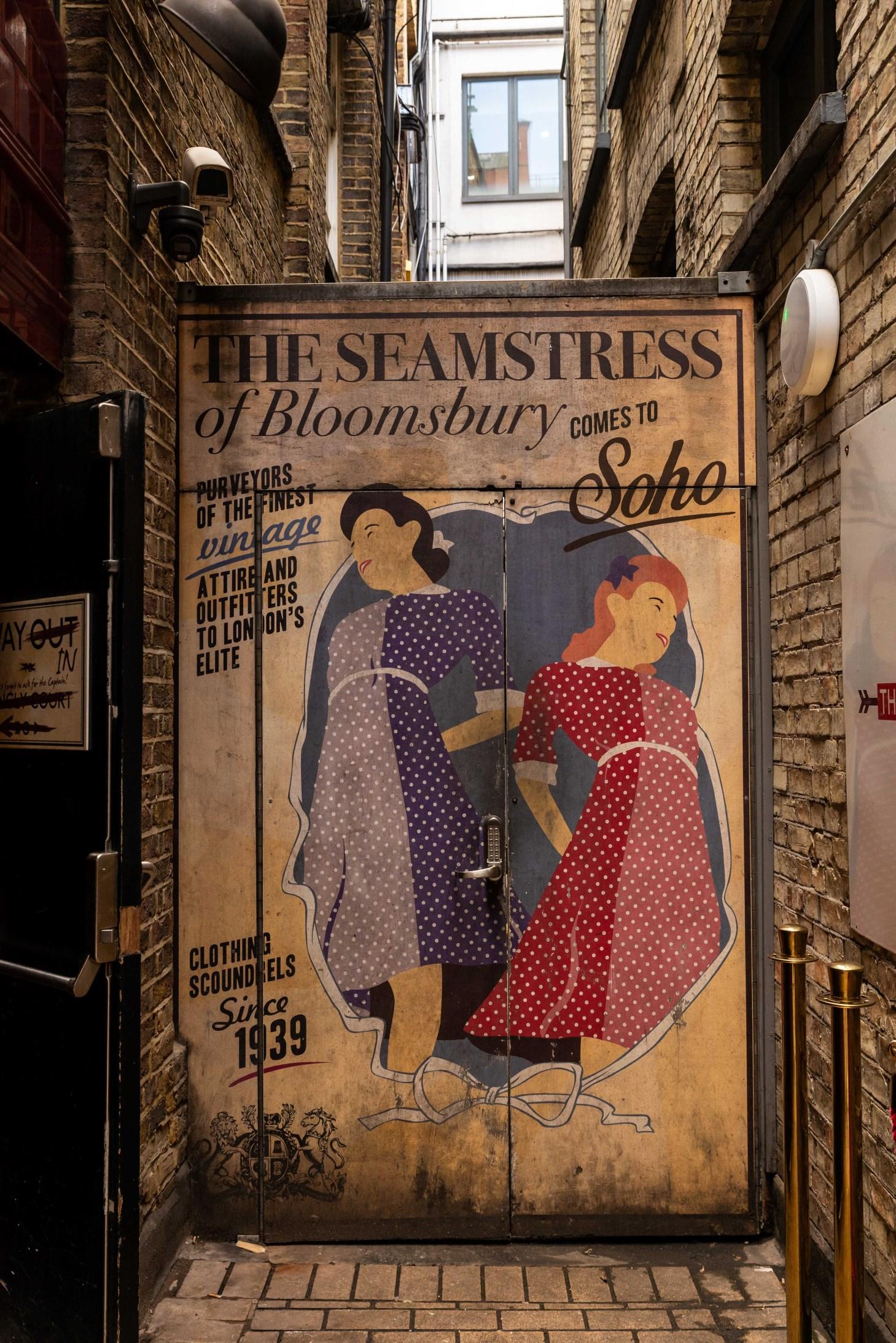
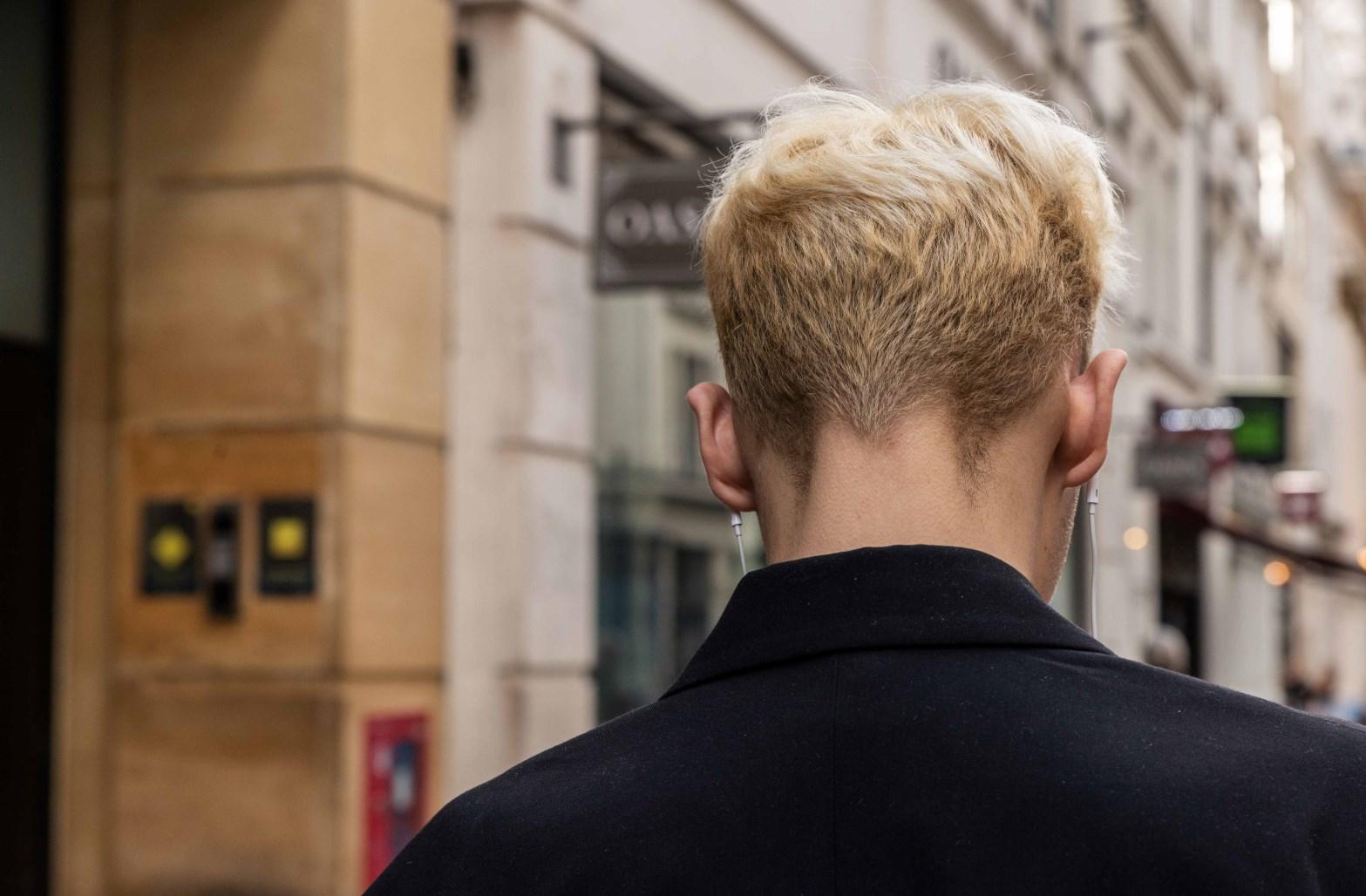
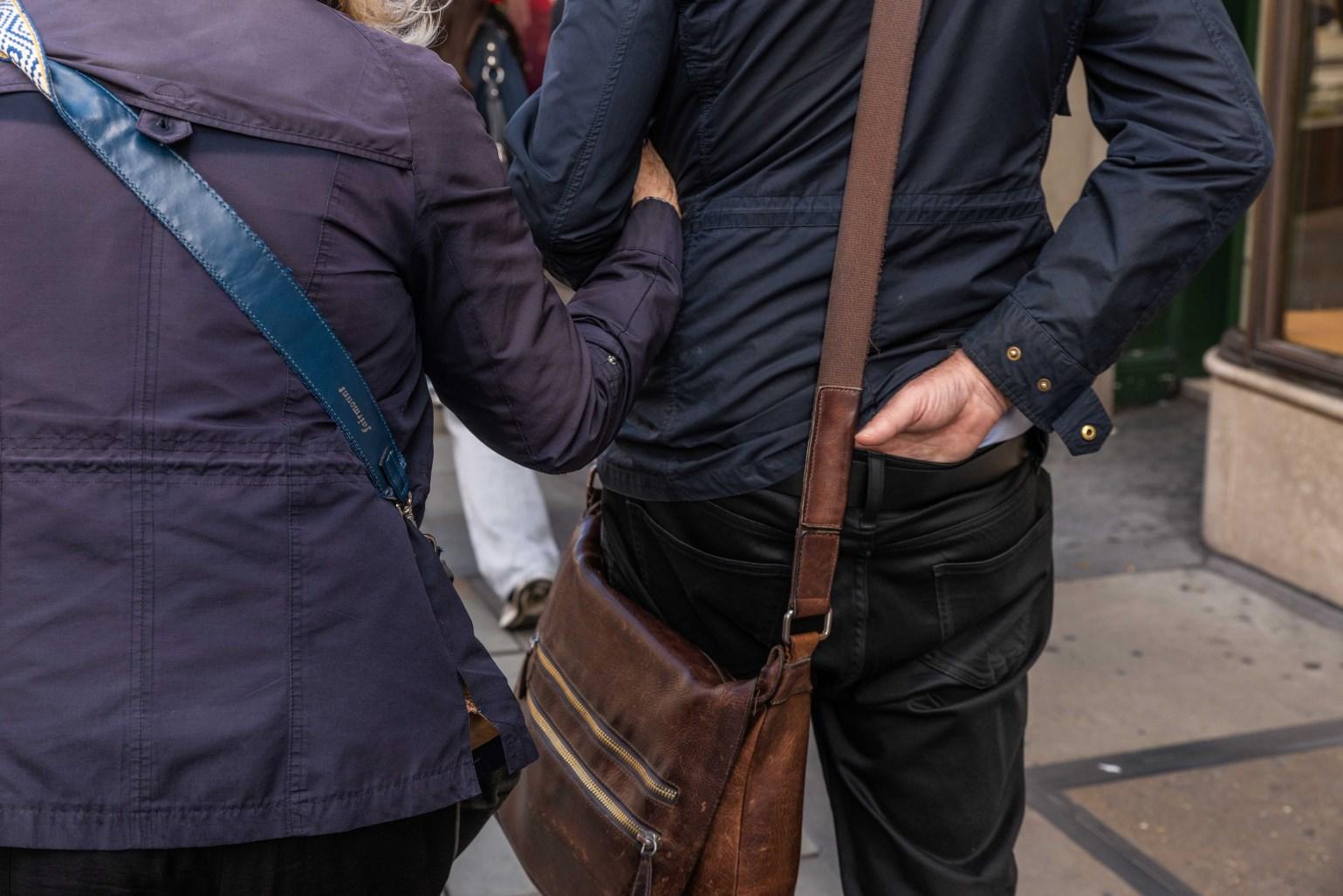
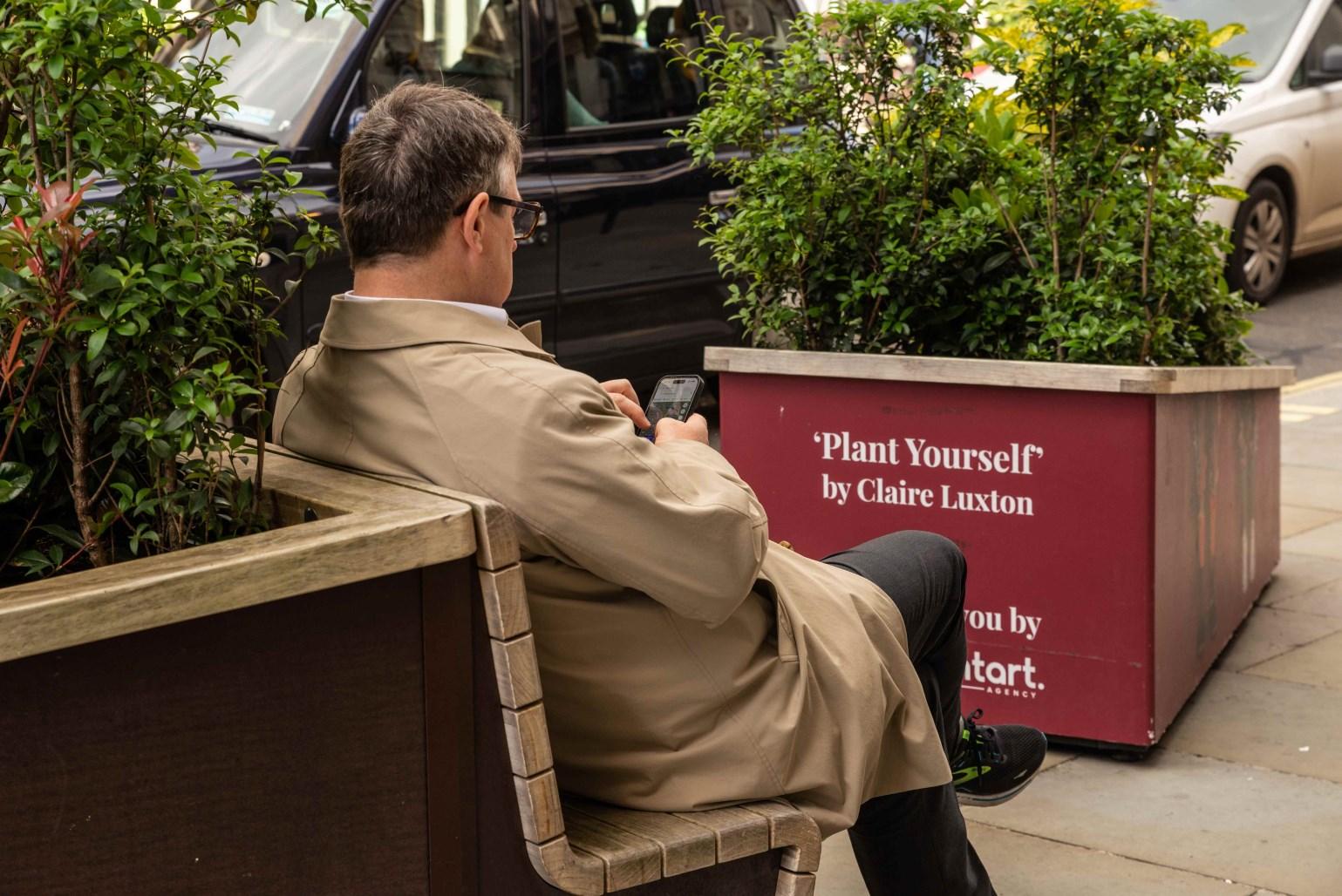
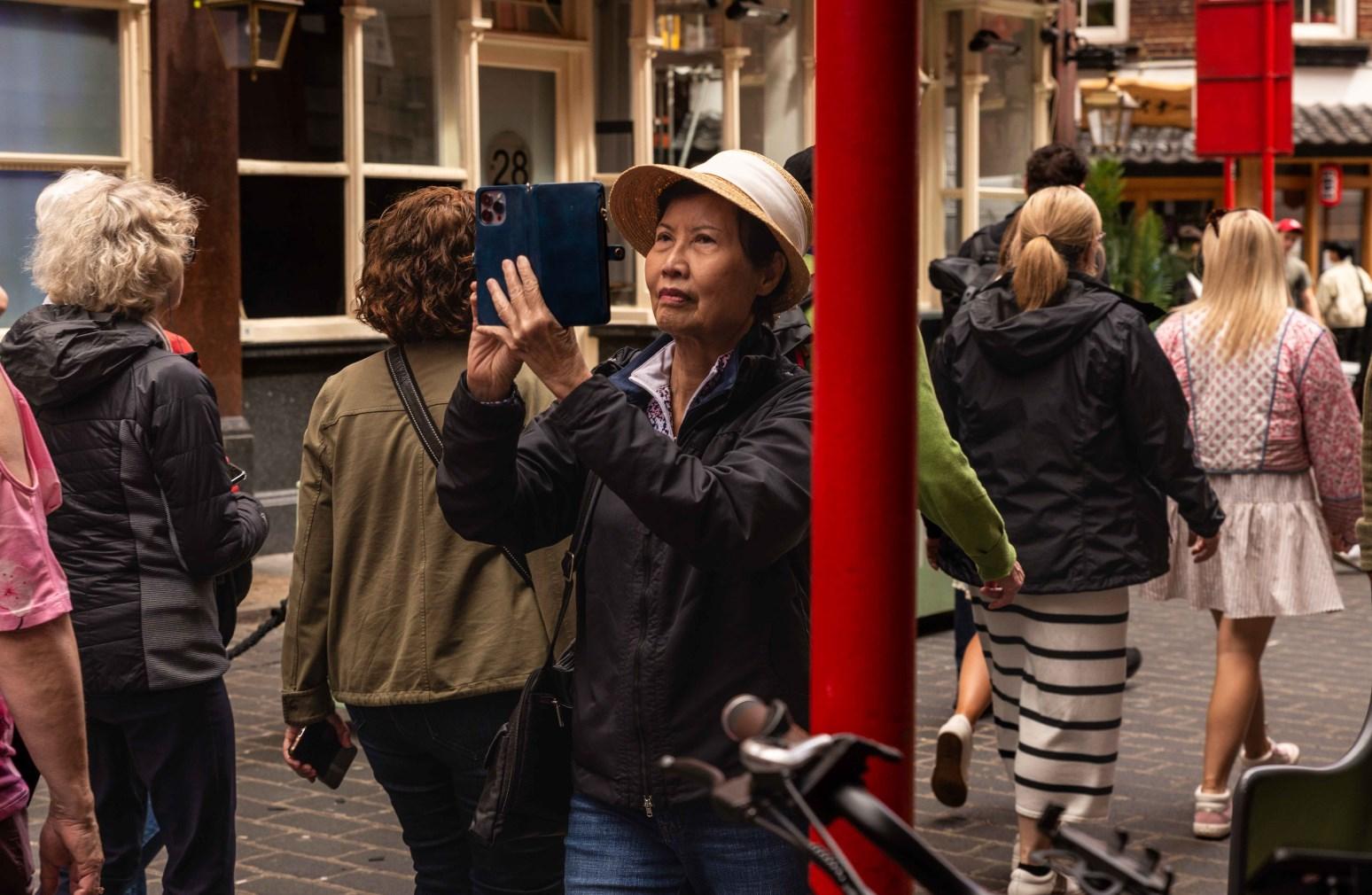
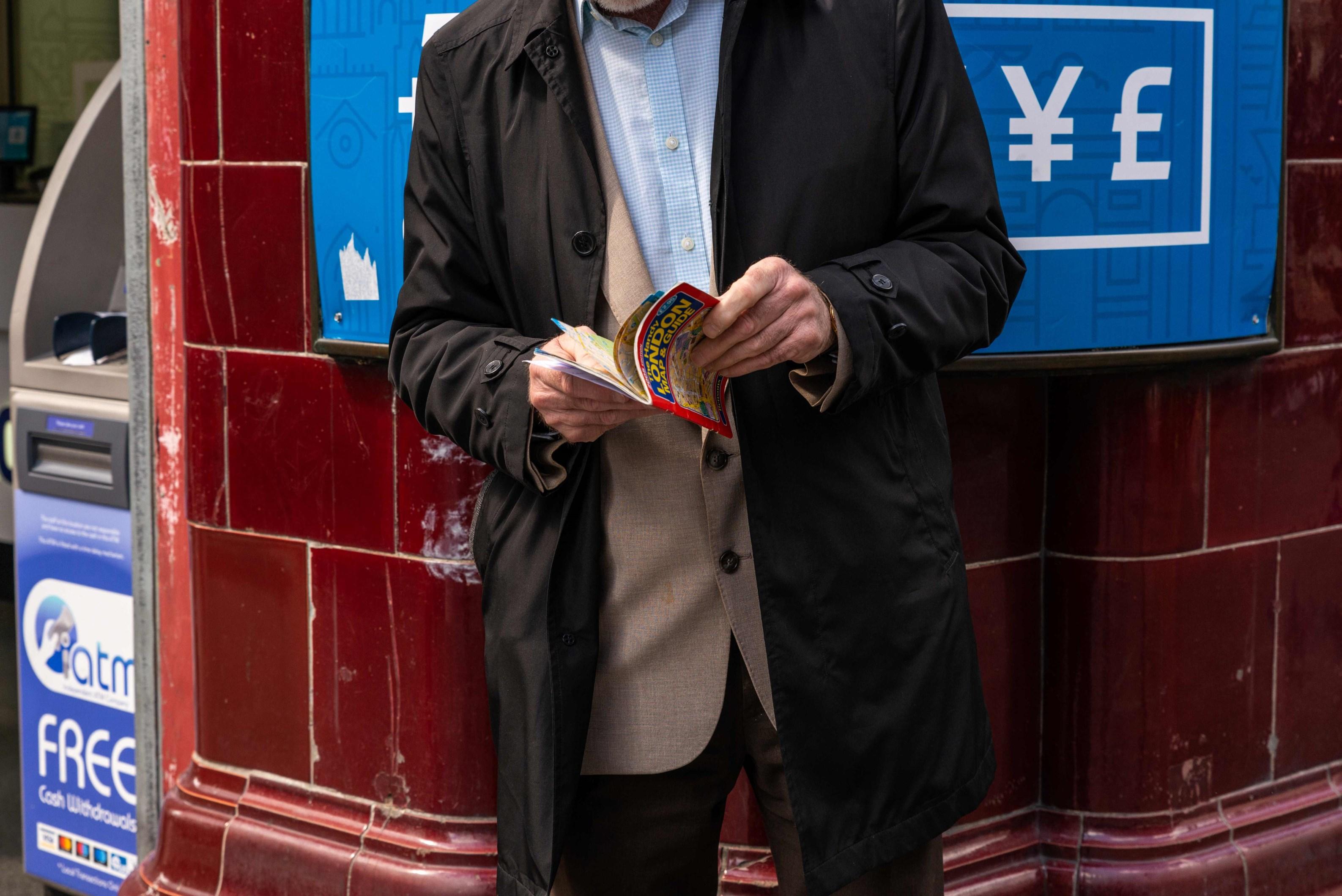
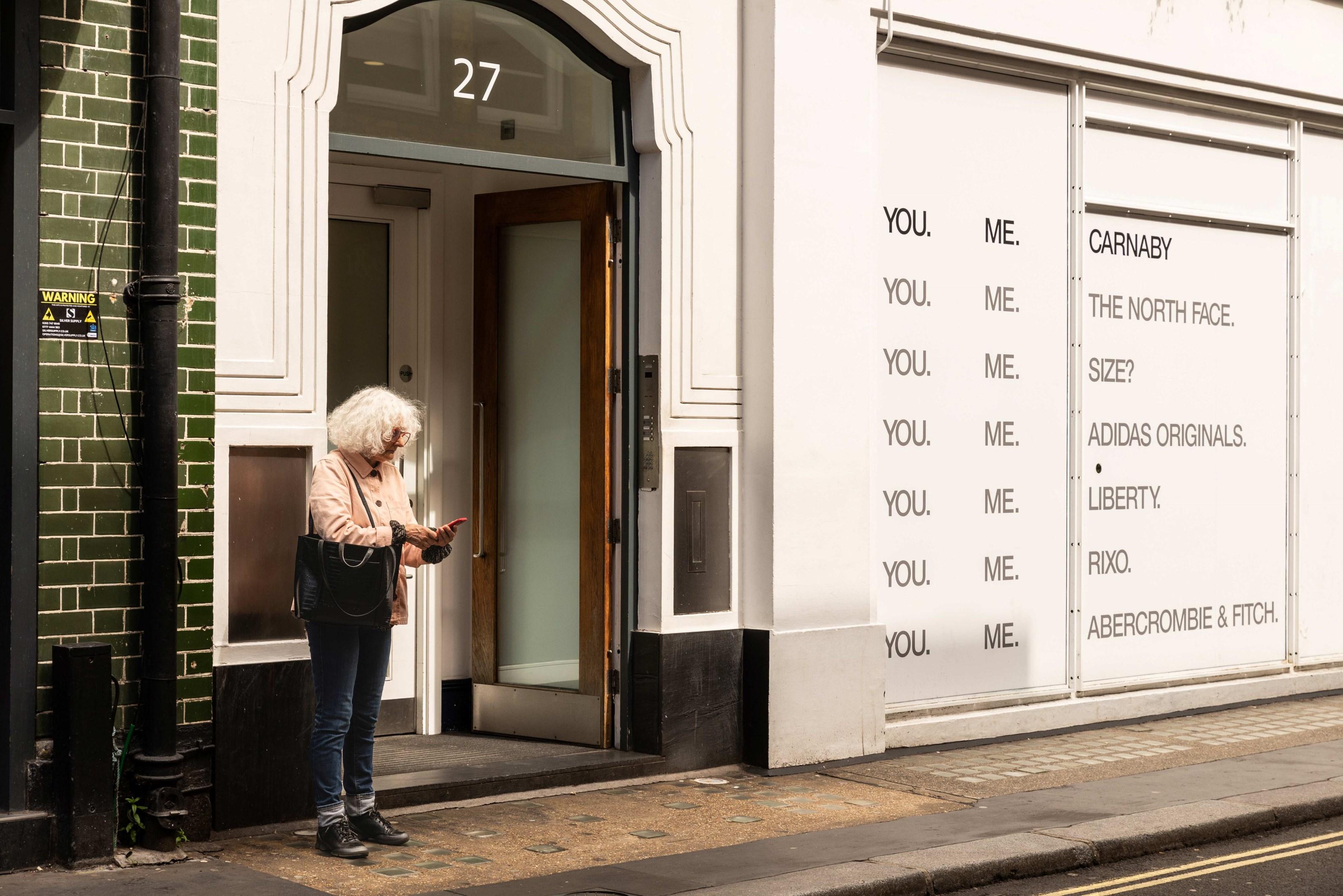
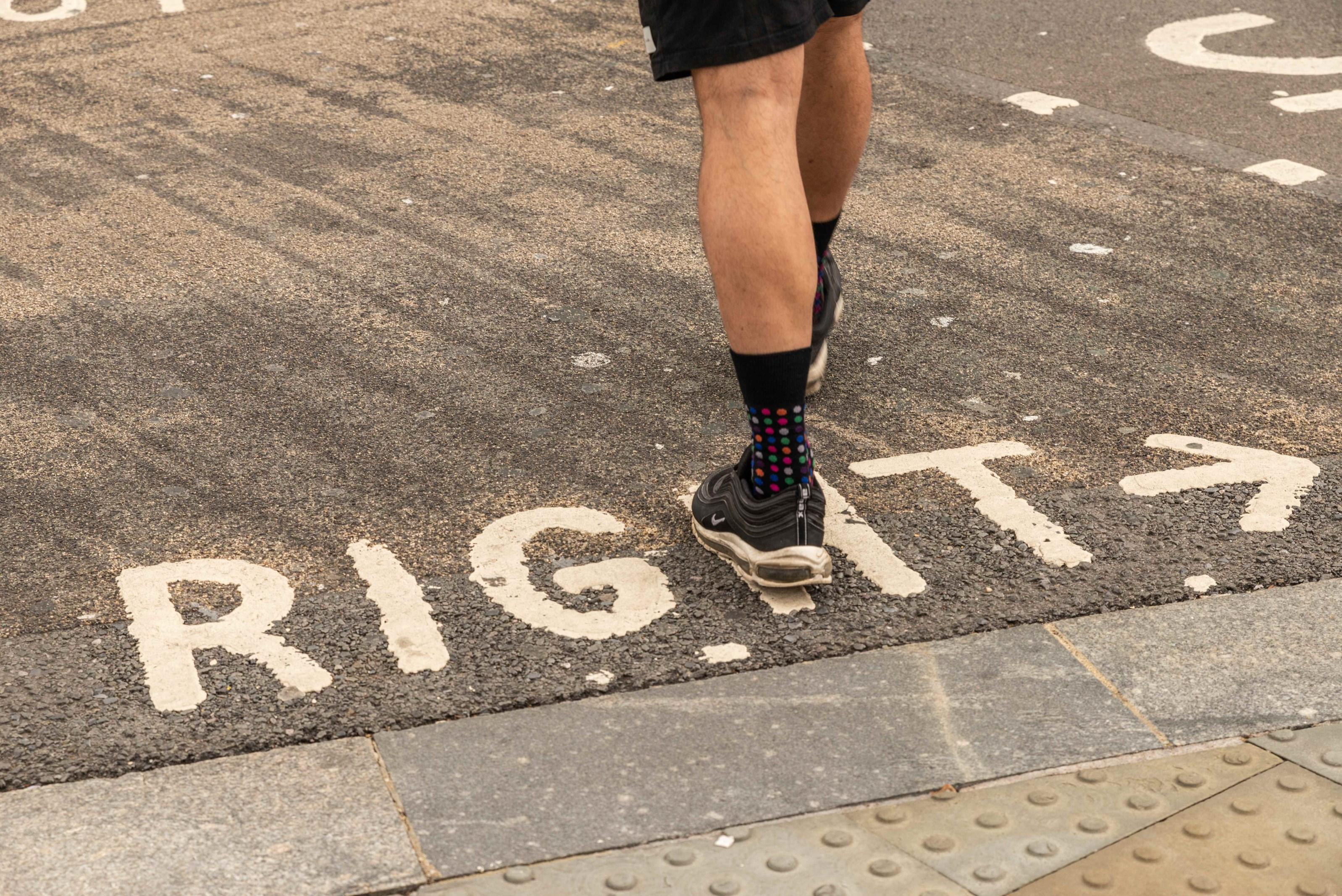

S E I G A R
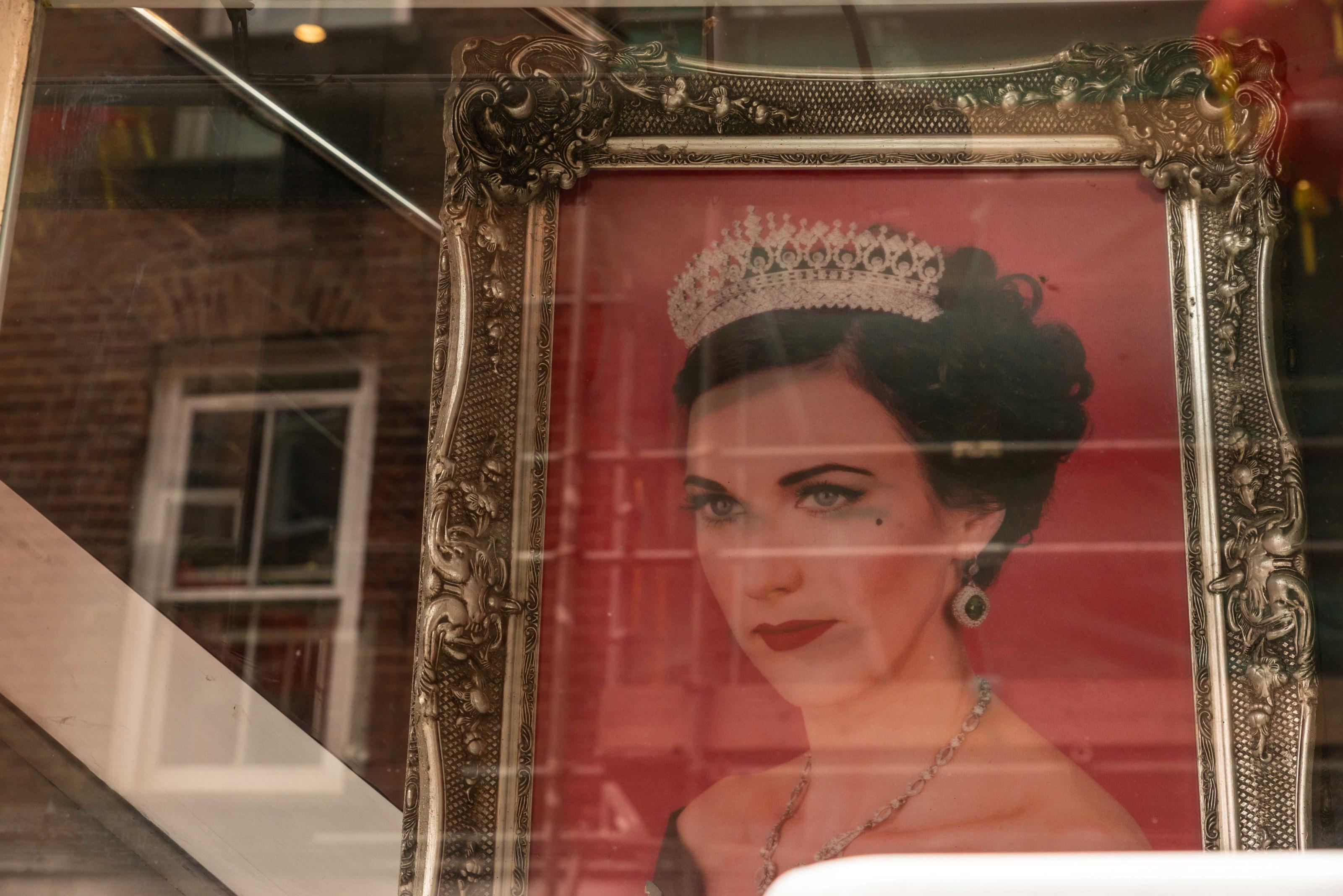
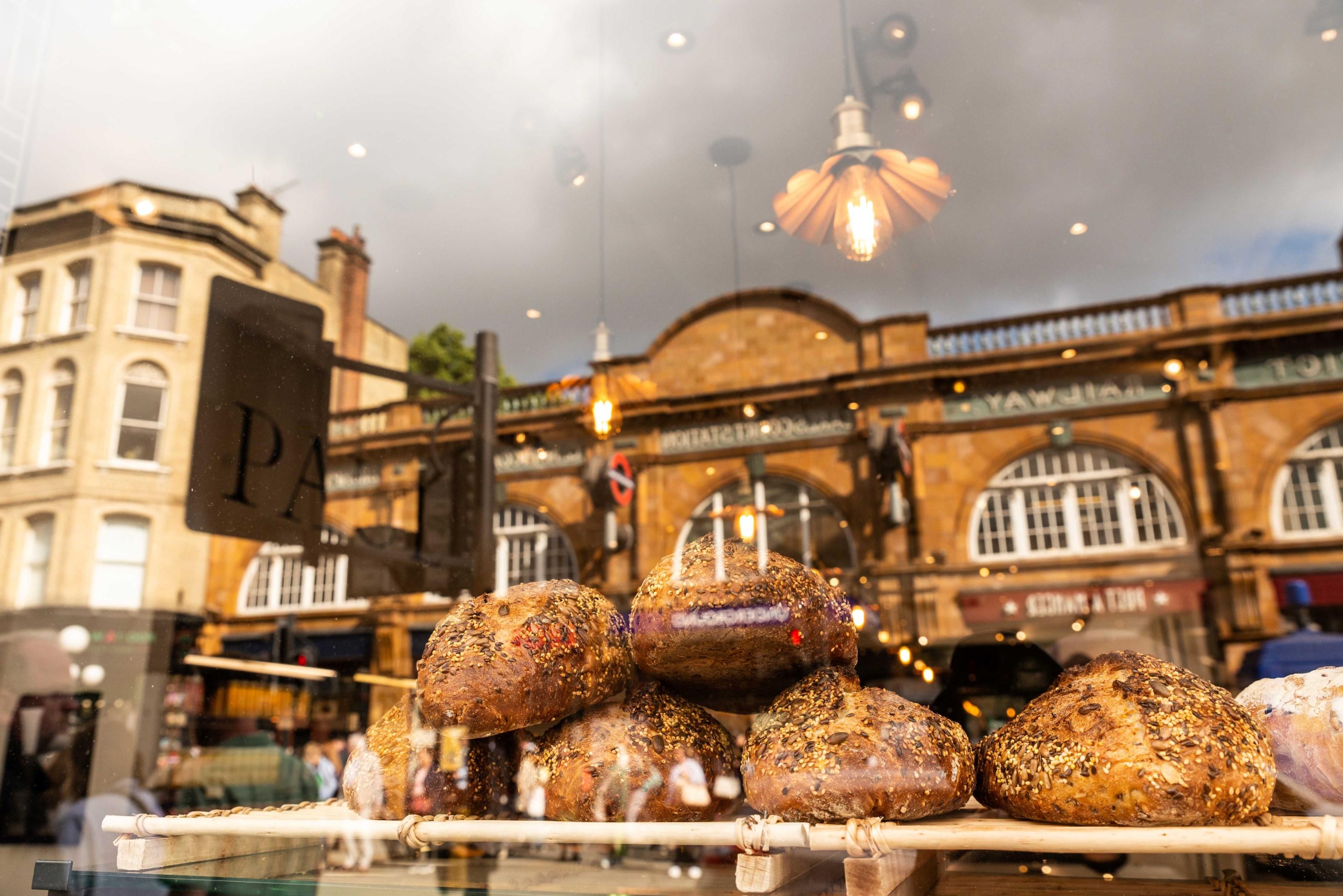



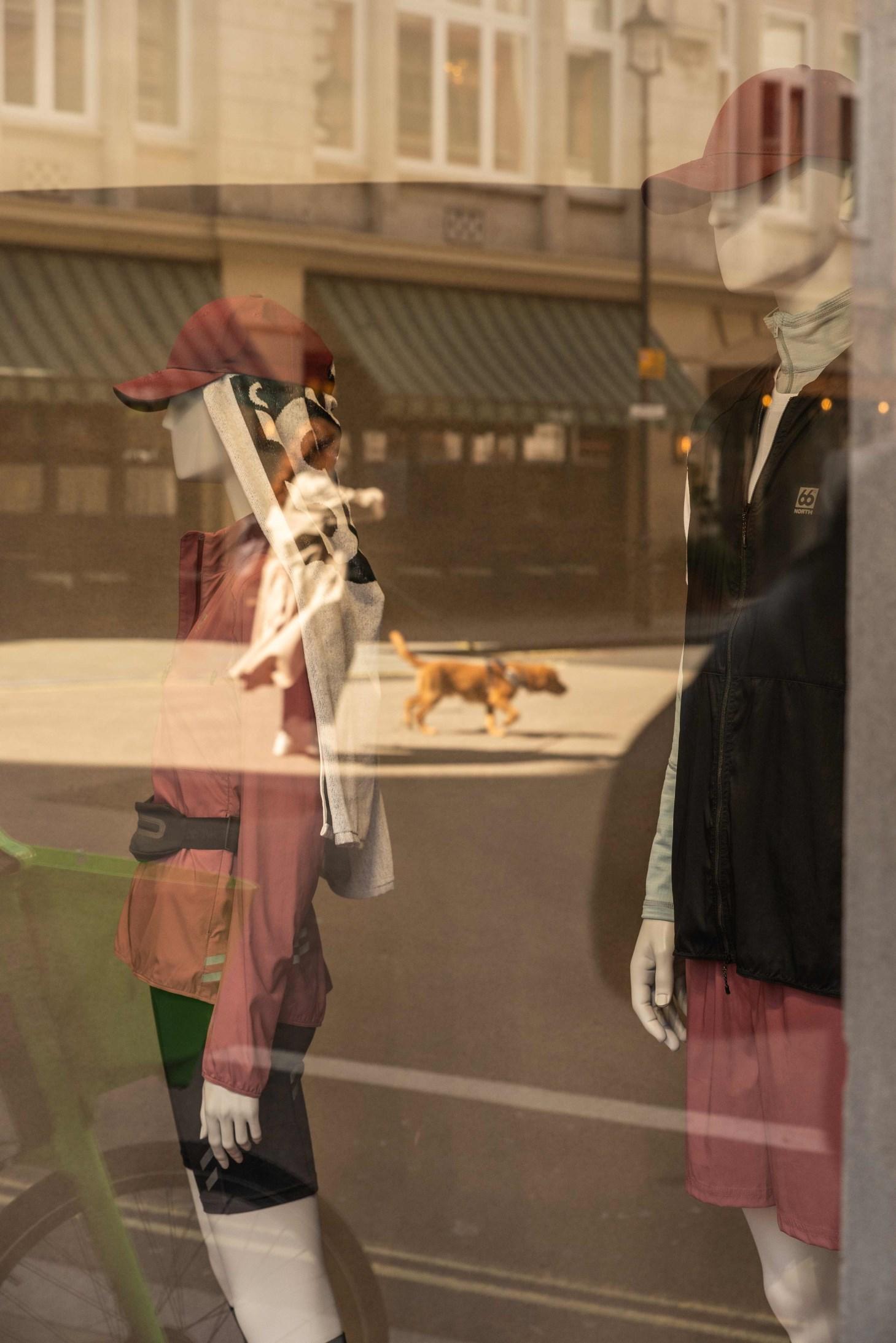

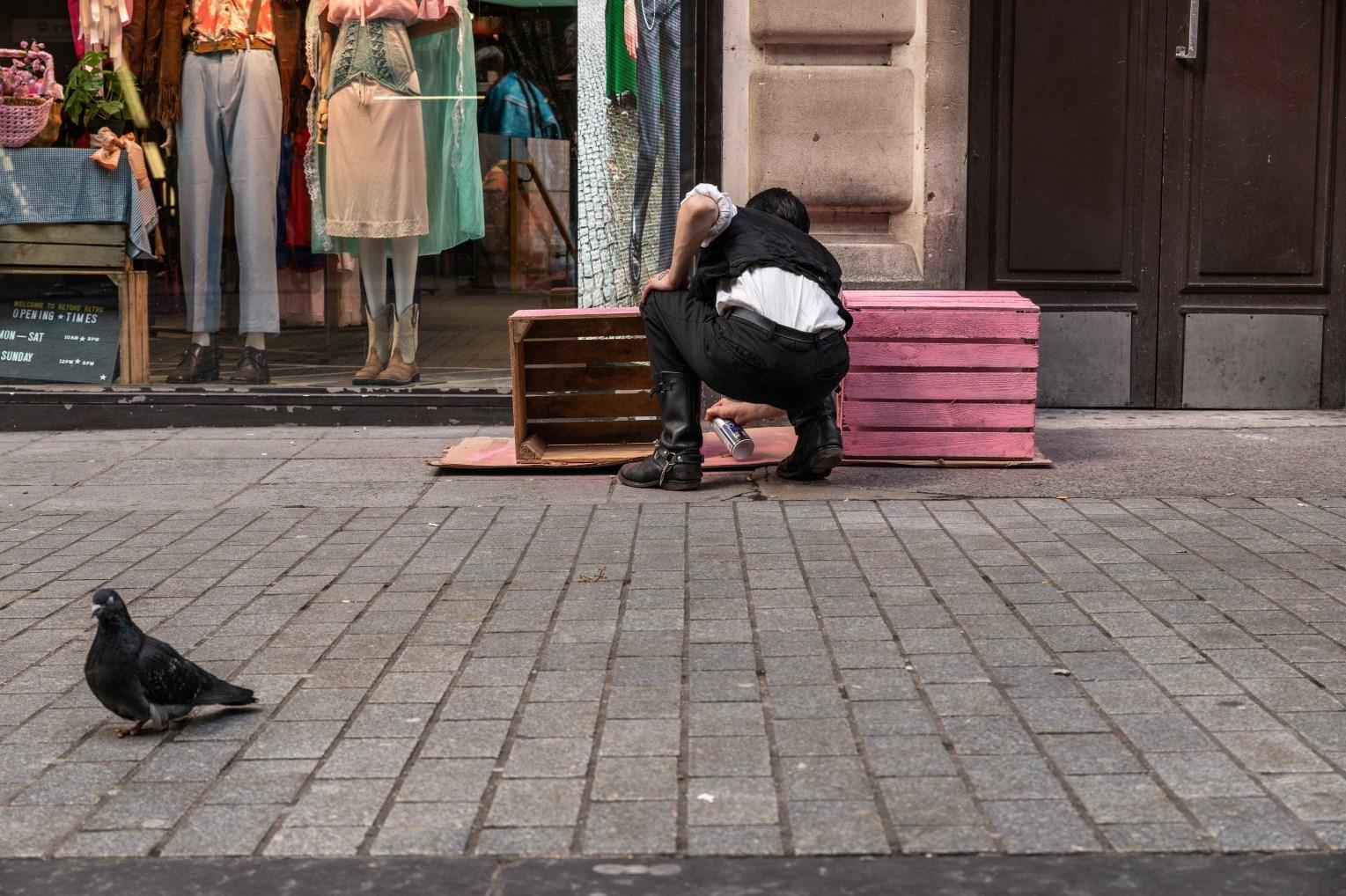



Instagram: https://www.instagram.com/jseigar/ Webpage: https://seigar.wordpress.com/ https://www.flickr.com/gp/theblueheartbeat/0U6pR0V237
Albums: https://www.flickr.com/photos/theblueheartbeat/albums/
Writing: https://seigar.wordpress.com/journalist/ Blog Pop Sonality: https://www.instagram.com/popsonality/
All Rights Reserved on article and photographs SEIGAR © 2024.
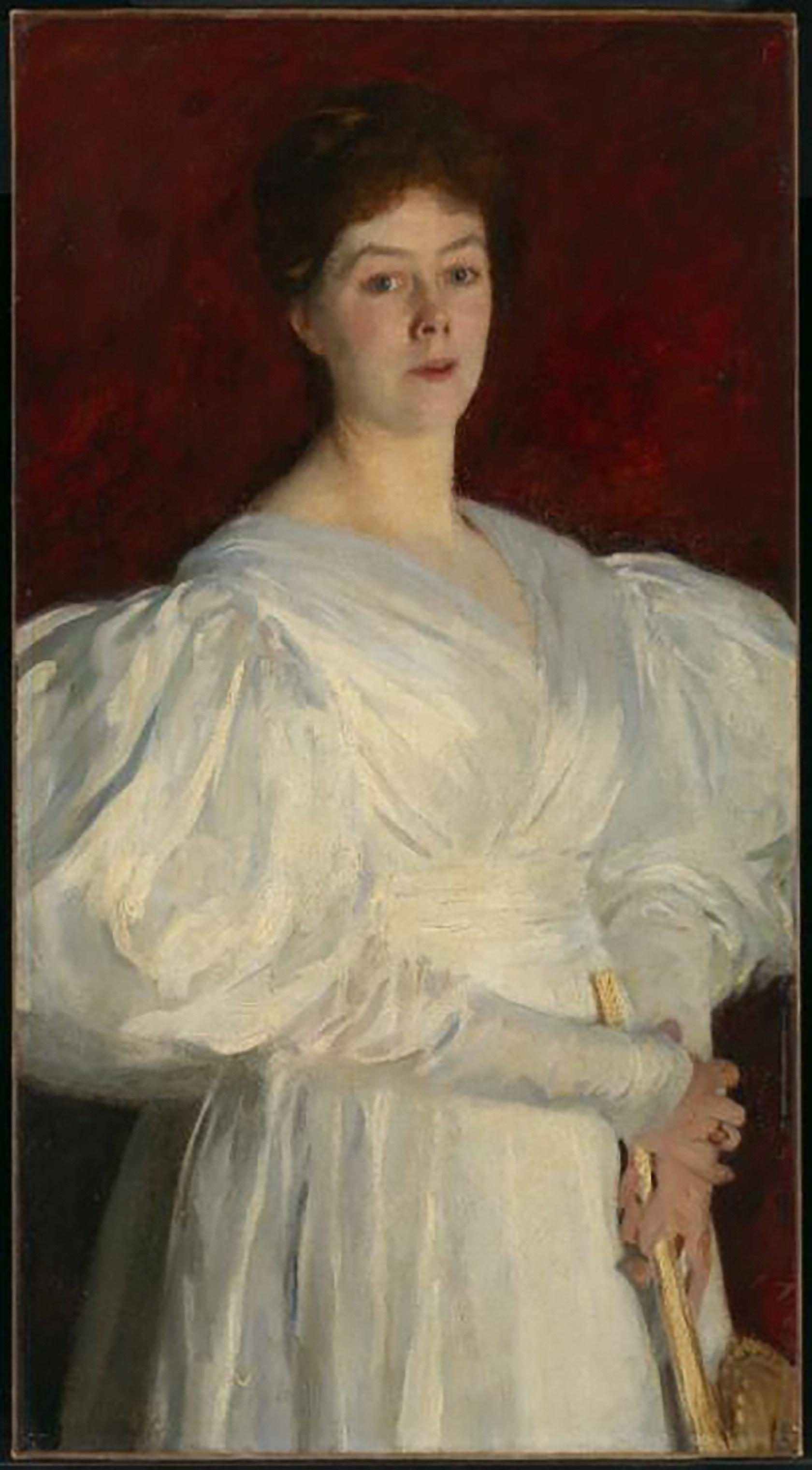
F A S N E W C A S T L E
September 2024
You are what you wear – or are you? Explore the wildest extremes of fashion through the ages.
With a focus on England, follow different fashions as revealed in paintings - look at dress and accessories and some of the more ridiculous fashions from the 16th to the 19th centuries.
Sumptuary Laws prescribed what you could wear and fashion was a reflection of social standing. If you were working folk forget about a wardrobe of reds, purples and golds.
Rosalind Whyte is a guide at Tate Modern and the Royal Academy and “a brilliant and captivating lecturer.”

4 November 2024
Remember the Circus – clowns, acrobats, lion tamers, bareback riders
The legendary Paris circus, from its beginning in 1875 until its closure in 1963, was integral to Parisian cultural life. It attracted writers, painters and poets who created works inspired by the circus. An look at the history of a circus through the eyes of the painters of Montmartre.
Paul Chapman is an Art Historian and Gallery guide delivering lectures in the UK and Europe. He has written on cultural crossovers and appropriations in 20th century painting.
More information on lectures and speakers is found at https://adfasnewcastle.org.au/
Both lectures take place at 6:30pm at the Hunter Theatre, Cameron St, Broadmeadow.
Guests are welcome ($30) – register on-line but if that’s not possible just show up on the night.
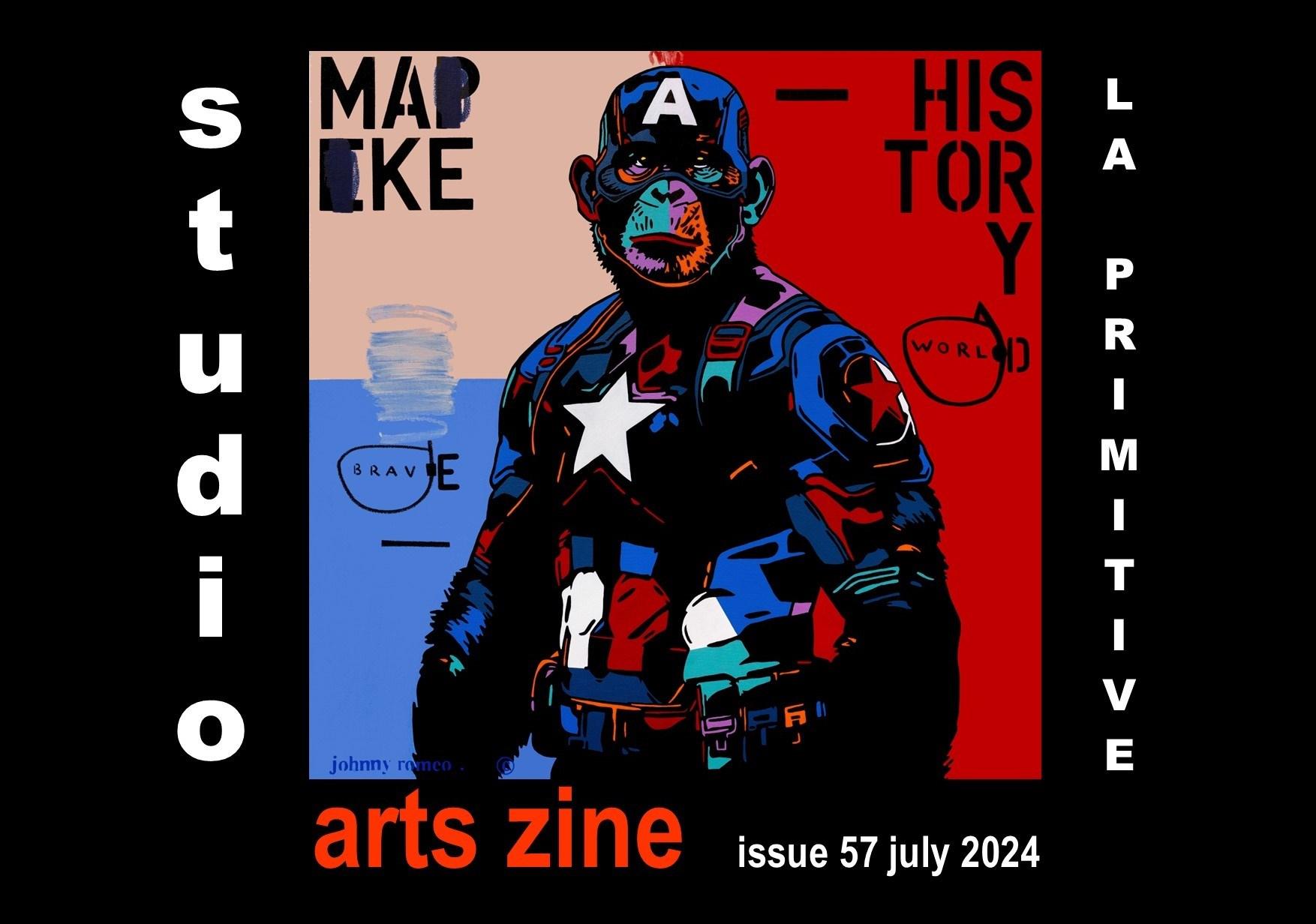
Click on cover to view the issue.
Previous publications of Arts Zine are available on www.studiolaprimitive.net and www.issuu.com and
Arts Zine is an online independent art and literary magazine, featuring artist’s interviews, exhibitions , art news, poetry and essays.
We have been publishing the Zine since 2013, featuring many high profile national & international artists – Blak Douglas, Wendy Sharpe, Kathrin Longhurst, Nigel Milsom, Loribelle Spirovski, Kim Leutwyler ,Matthew Quick, Braddon Snape, and many more. George Gittoes has been a wonderful supporter and contributor to the Zine.
The Zine is free, with no advertising from sponsors. It is just something Eric & I want to do for the Arts, which has been our lifelong passion.
Our extensive mailing list includes art collectors, art lovers and galleries.
Arts Zine in 2017 was selected by the NSW State Library to be preserved as a digital publication of lasting cultural value for long-term access by the Australian community.
- Eric & Robyn Werkhoven
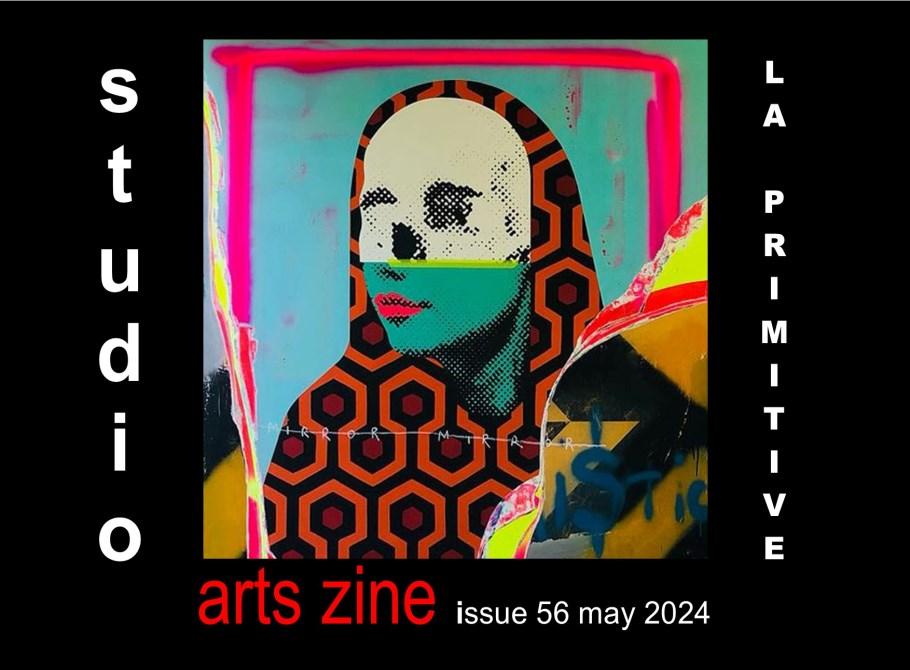
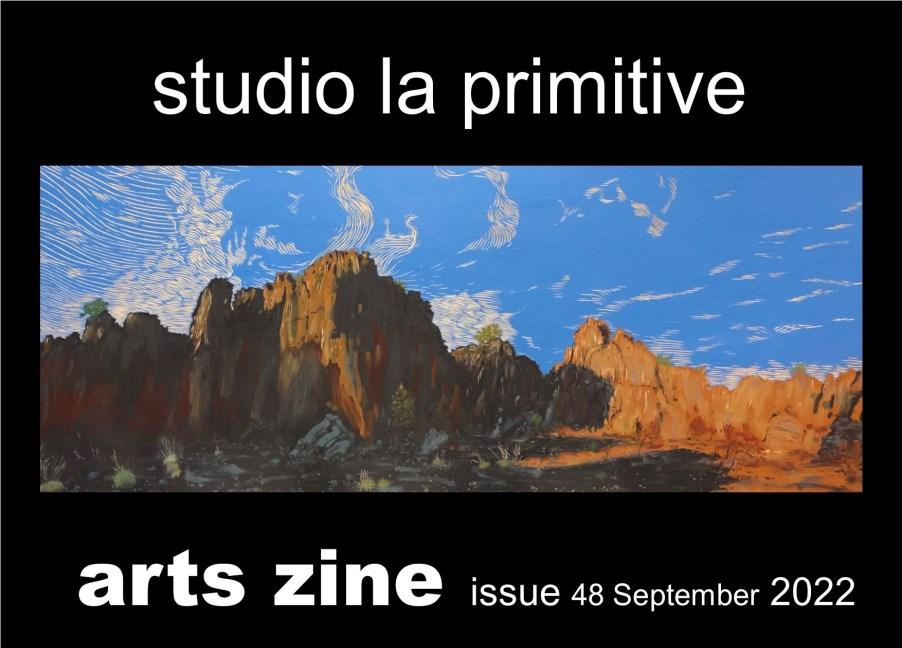
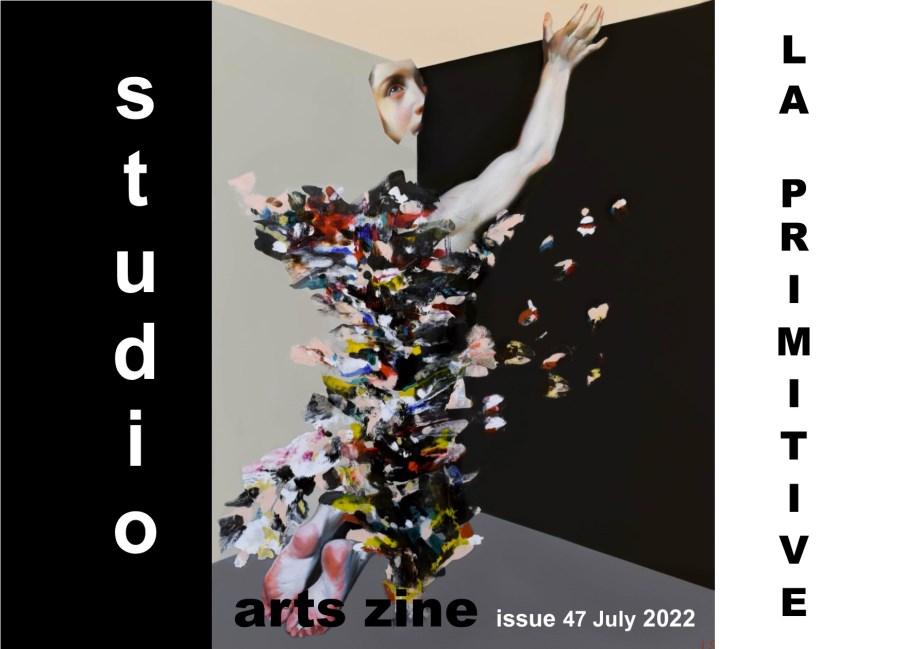
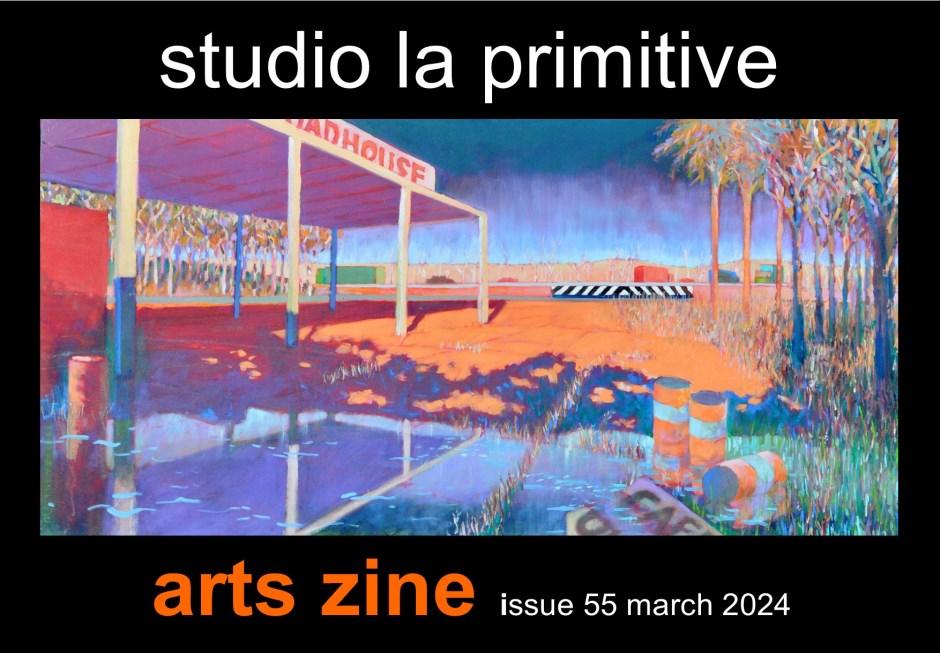
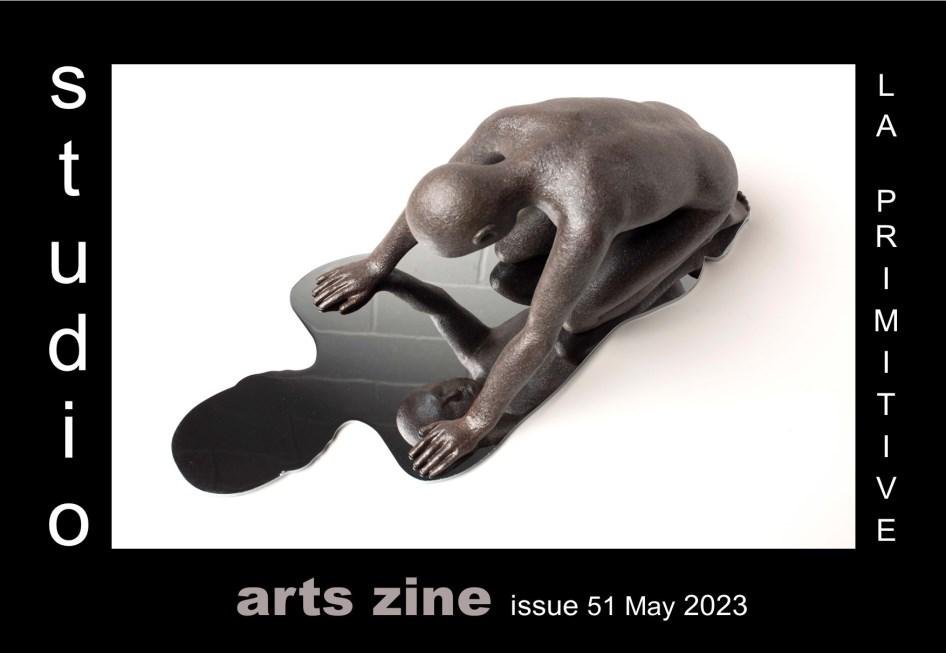
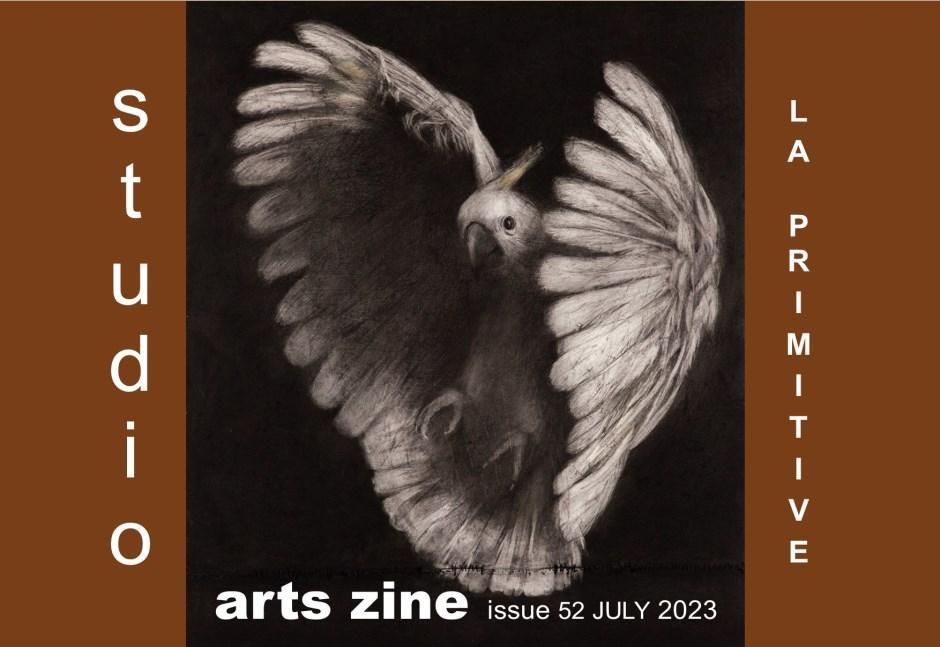
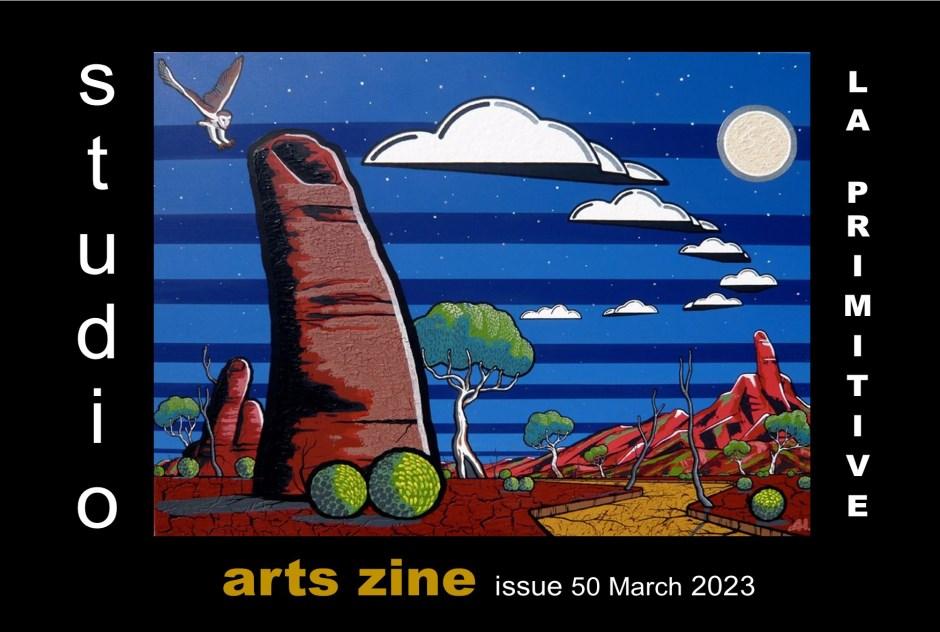
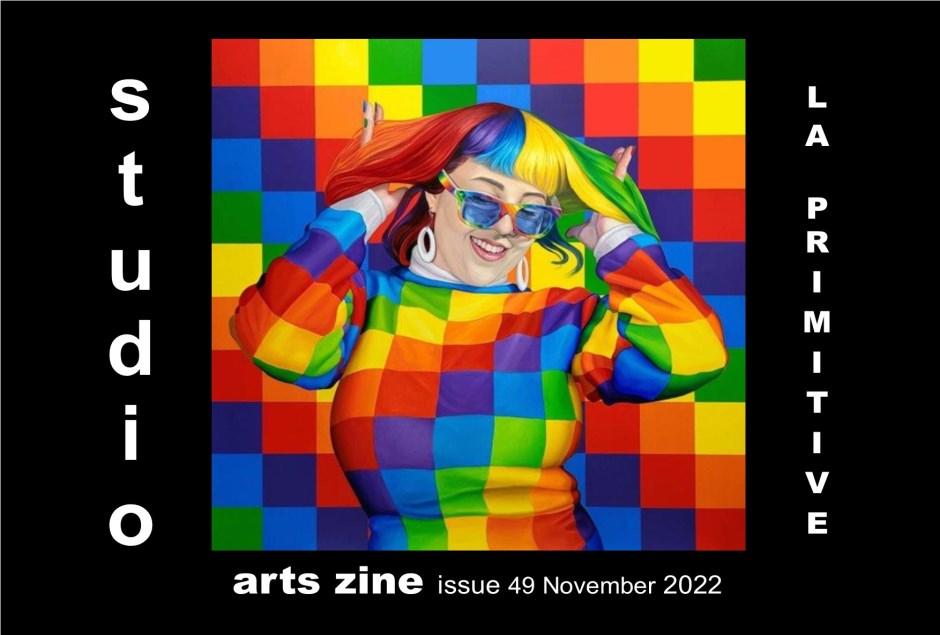
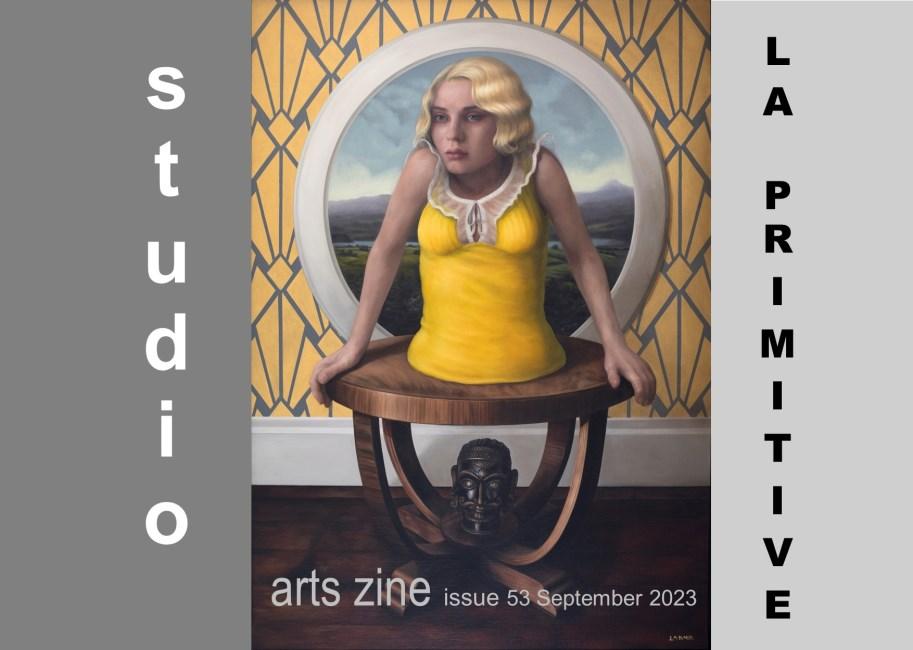

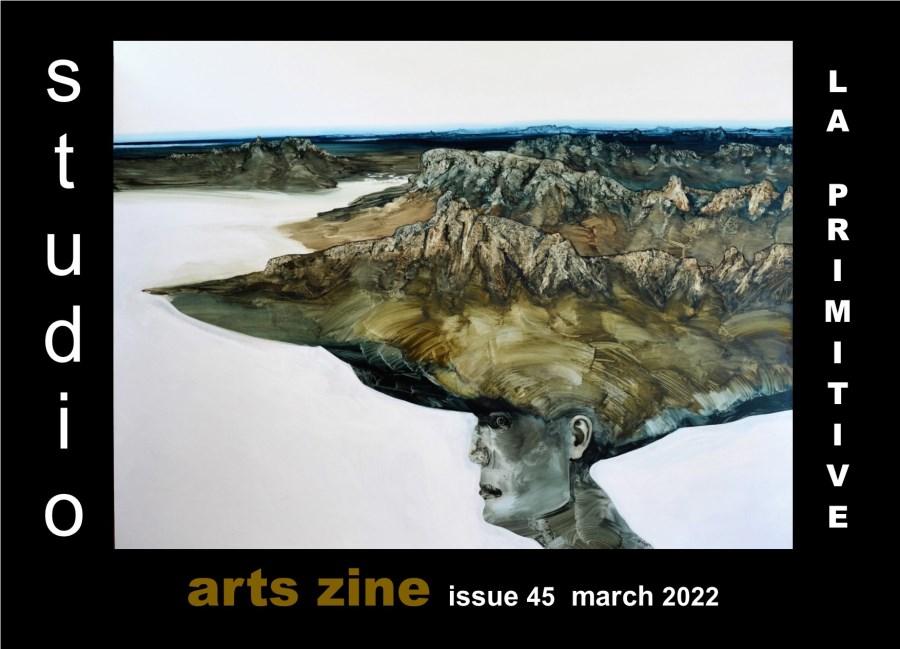



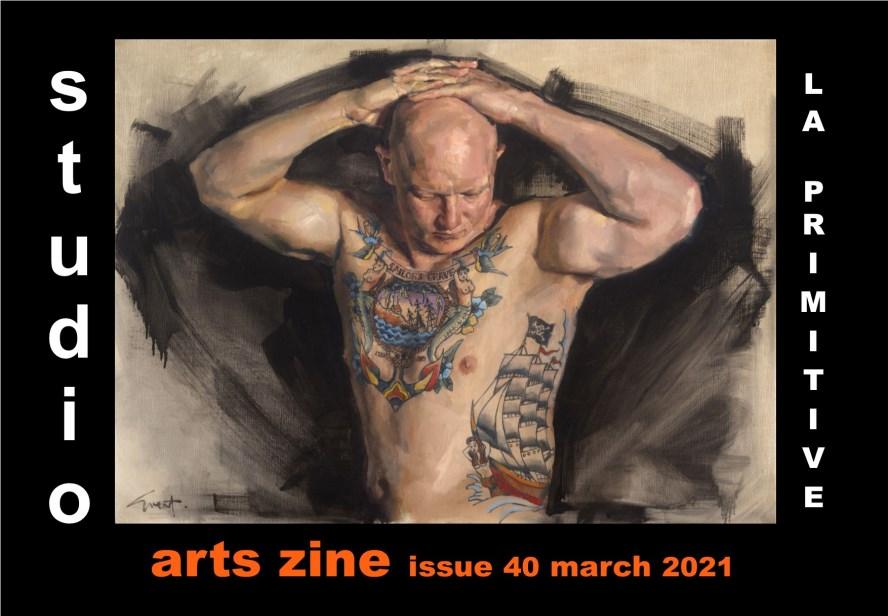

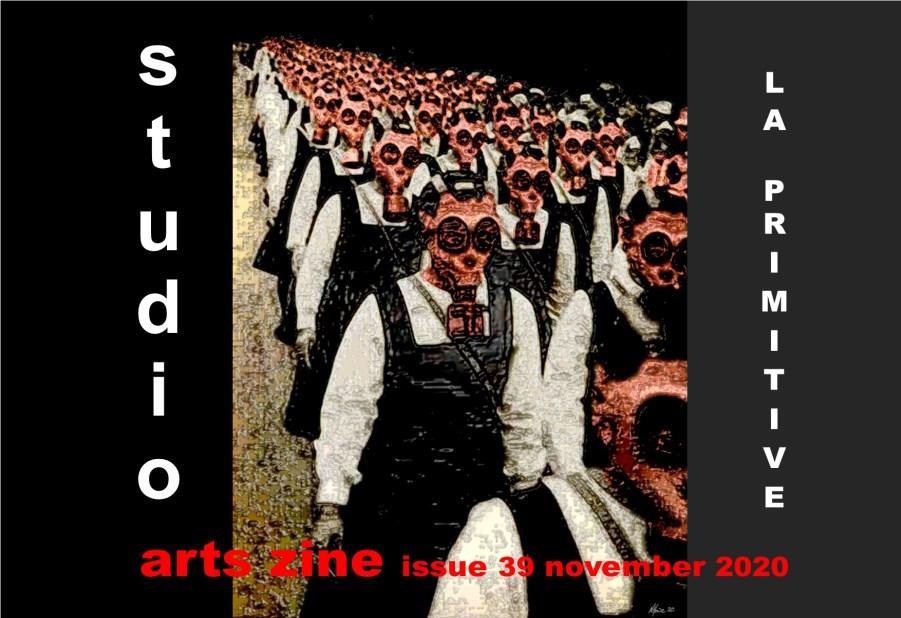

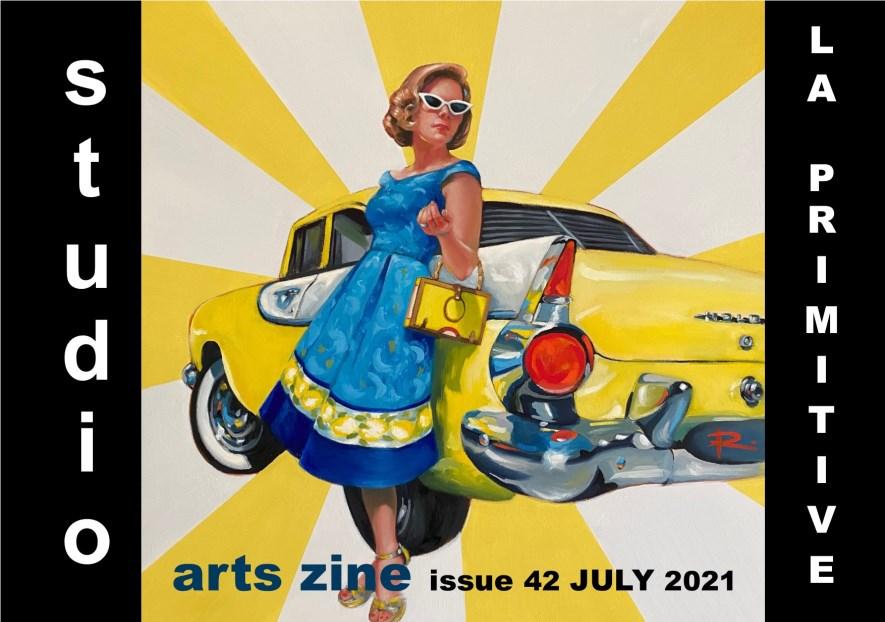


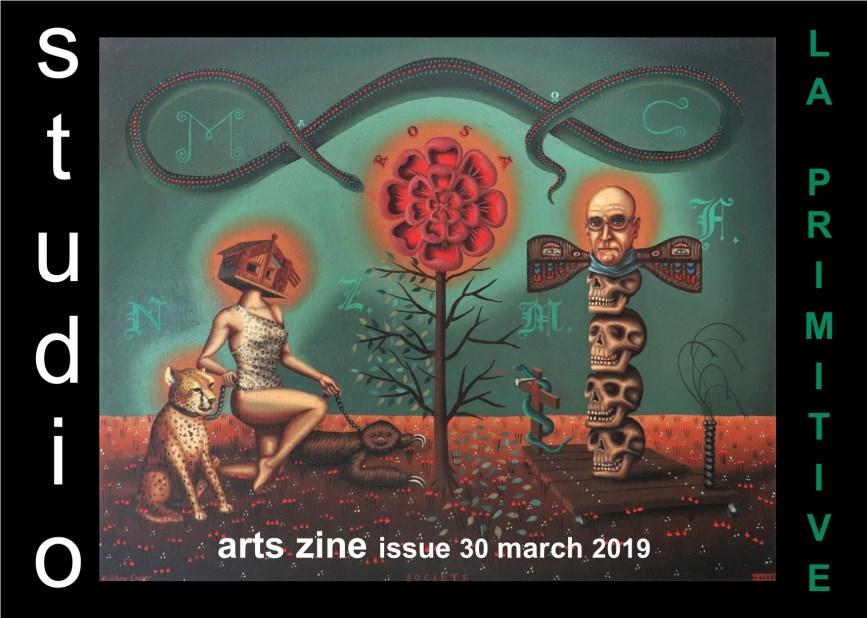


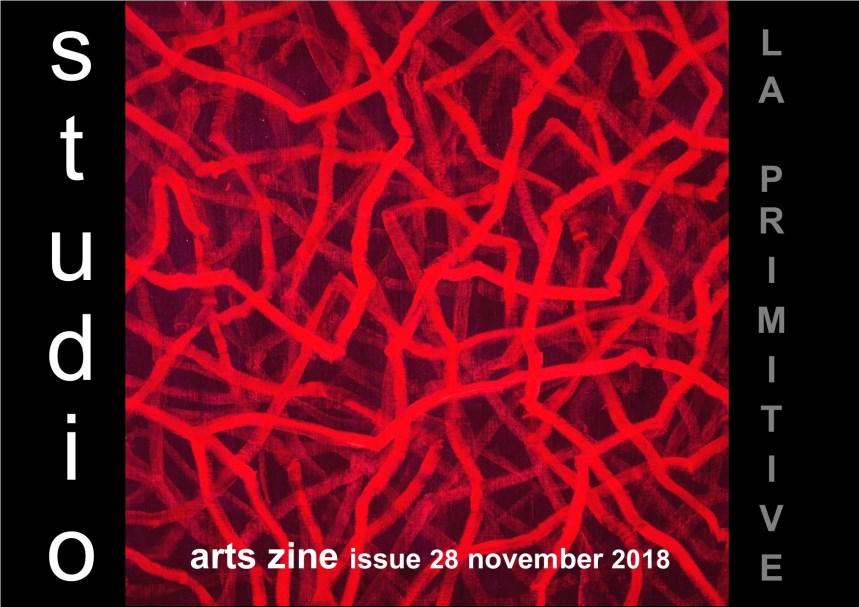
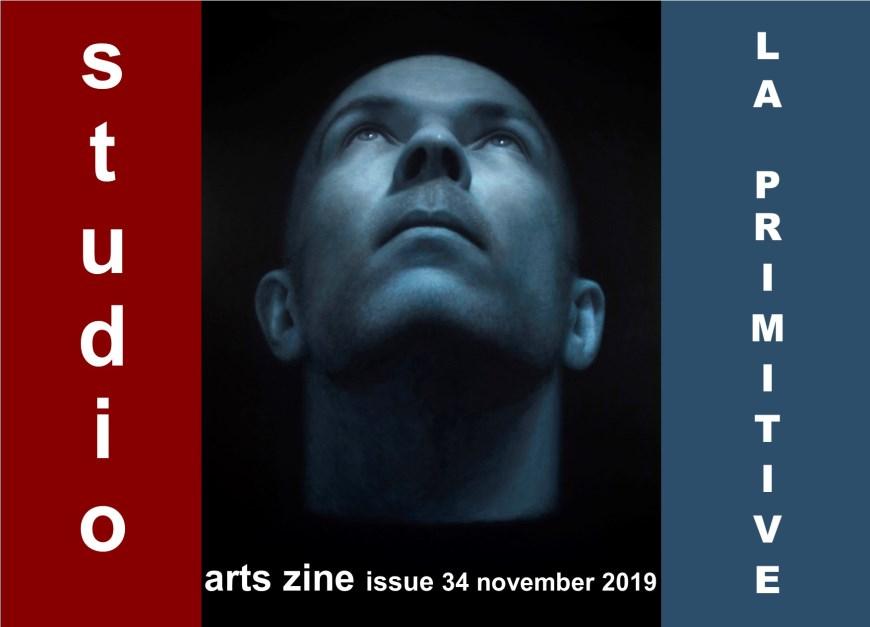
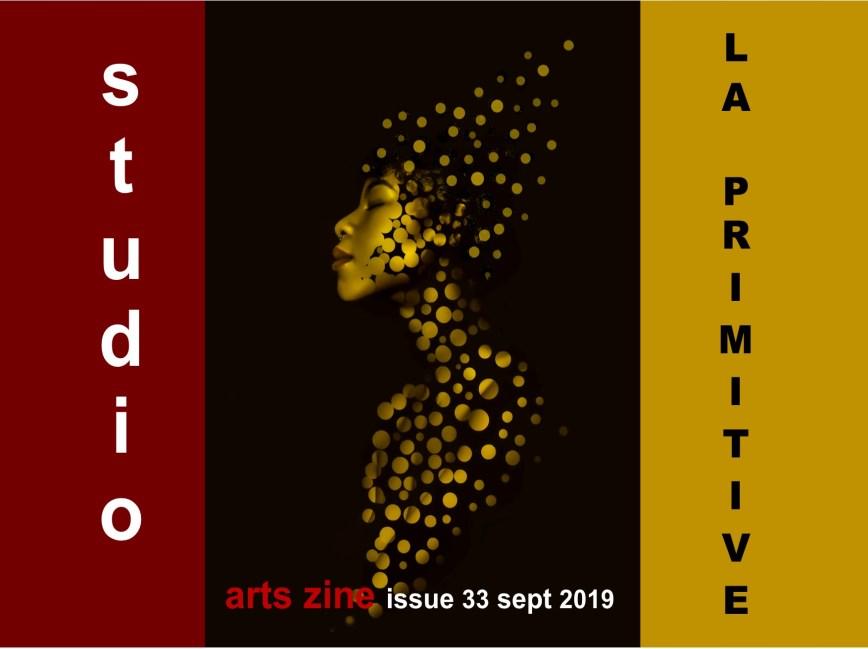
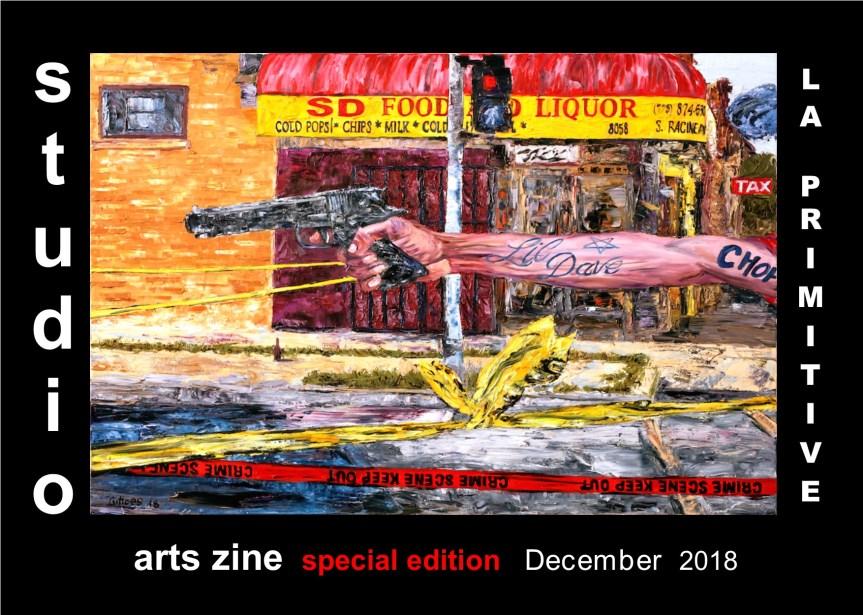
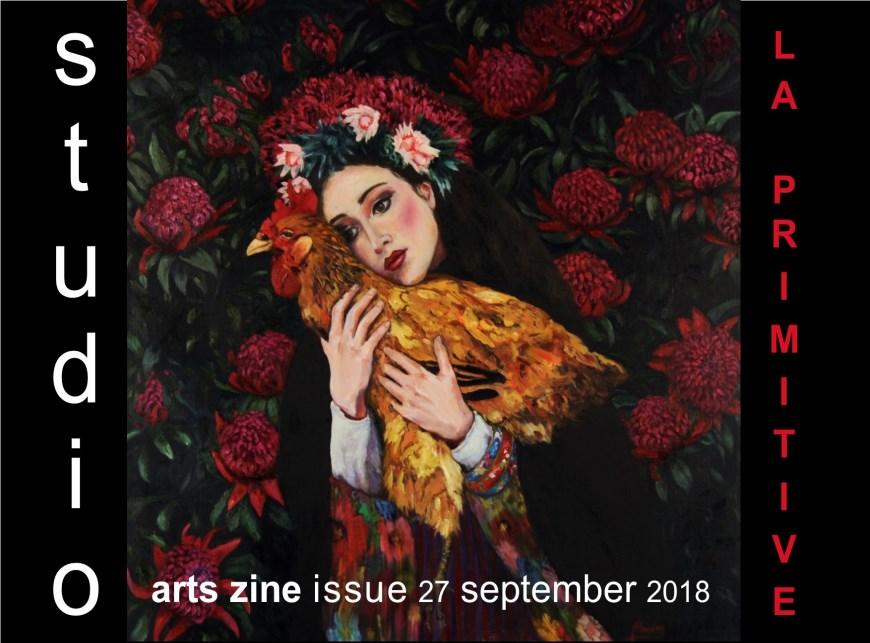

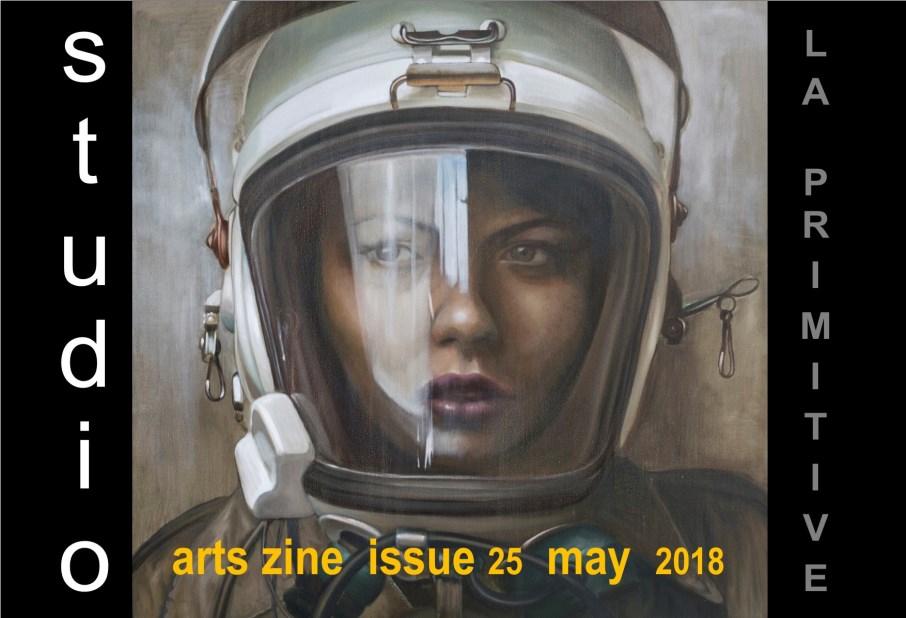
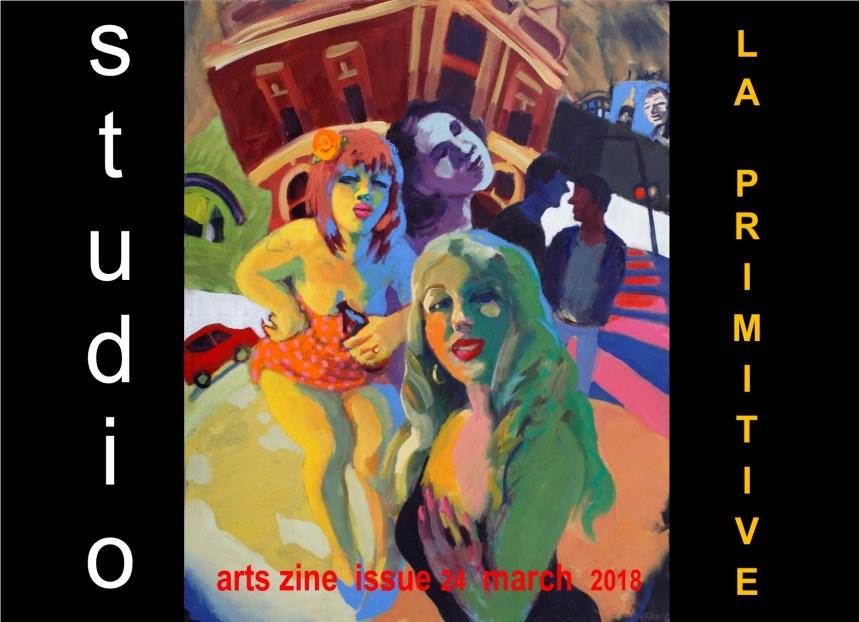
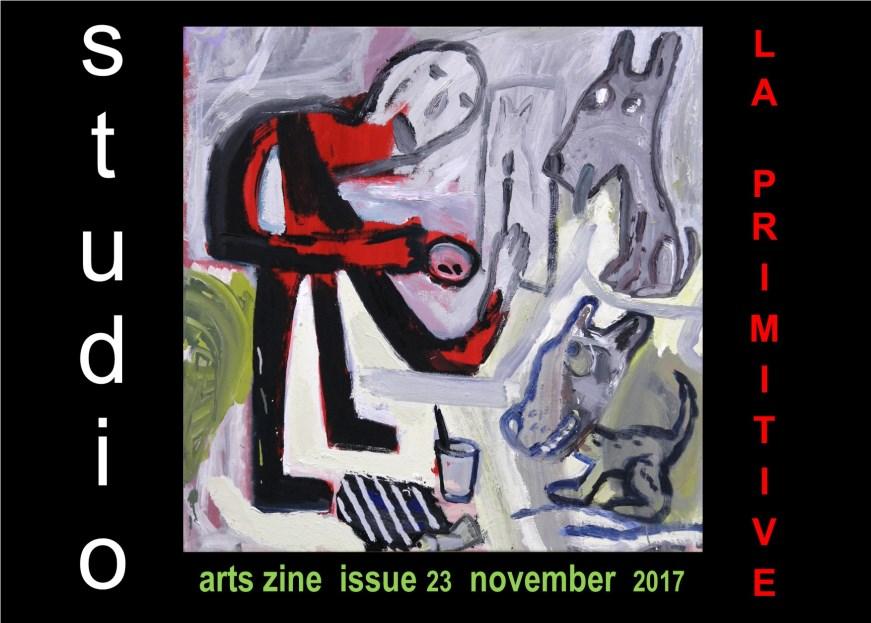

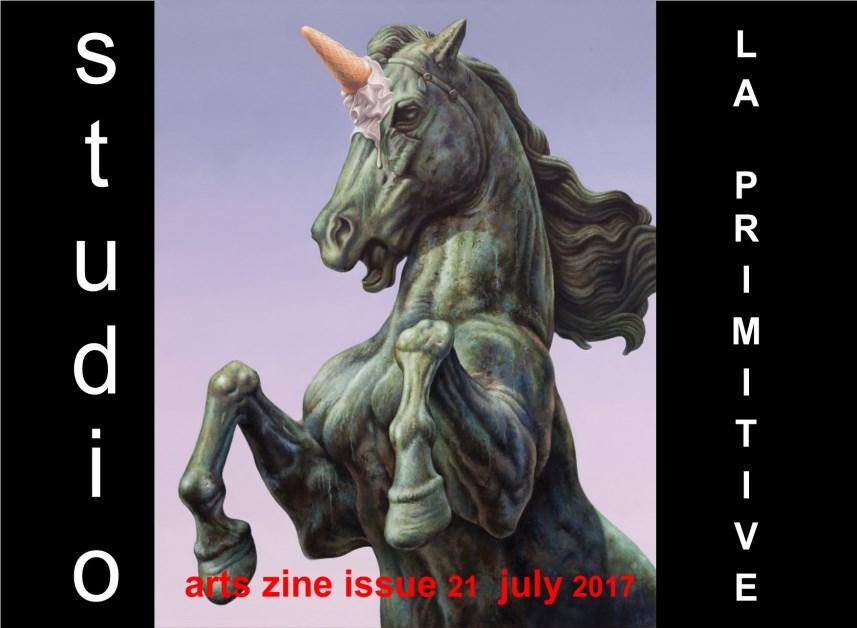
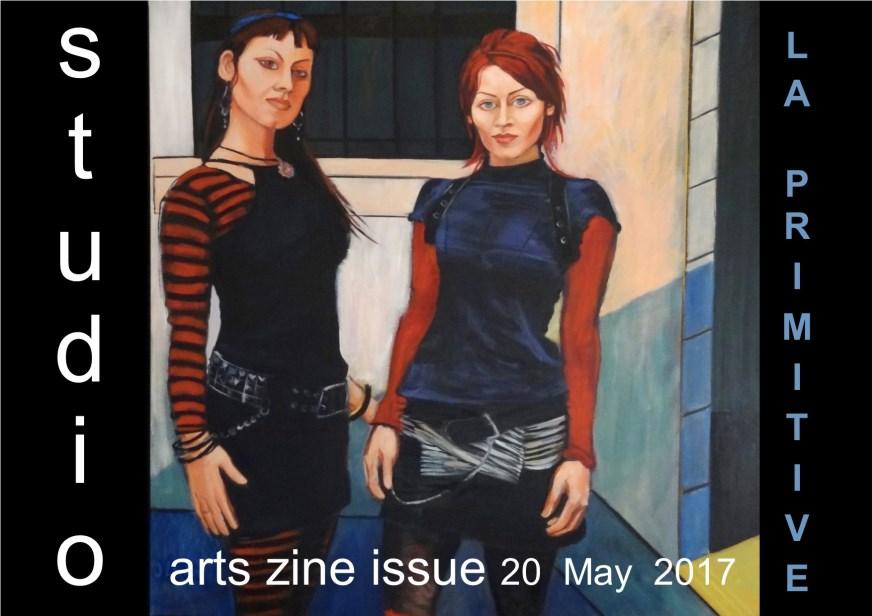

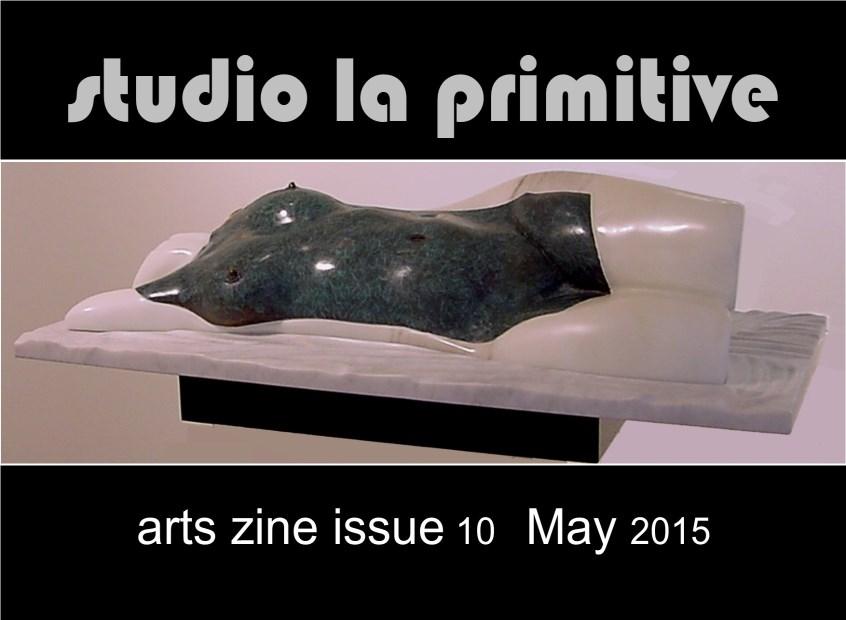

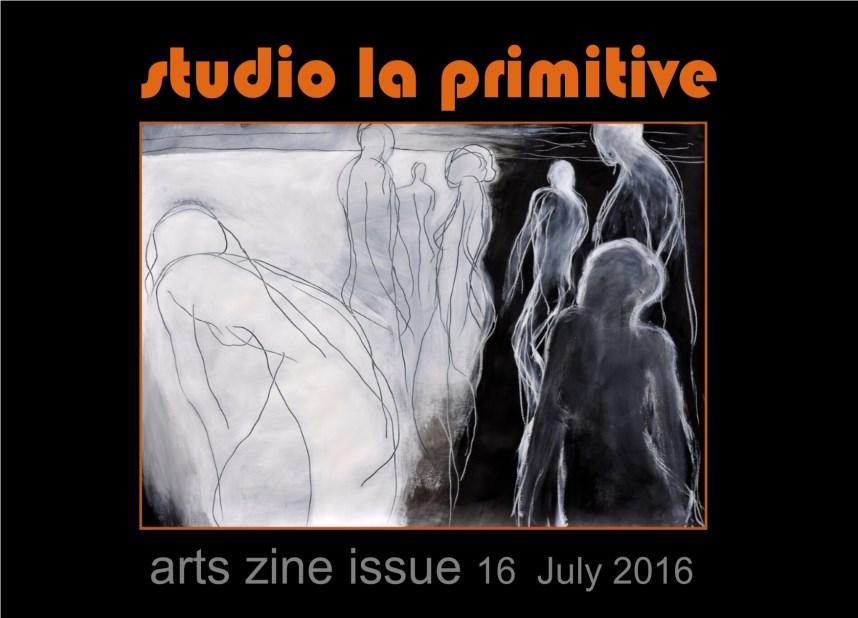
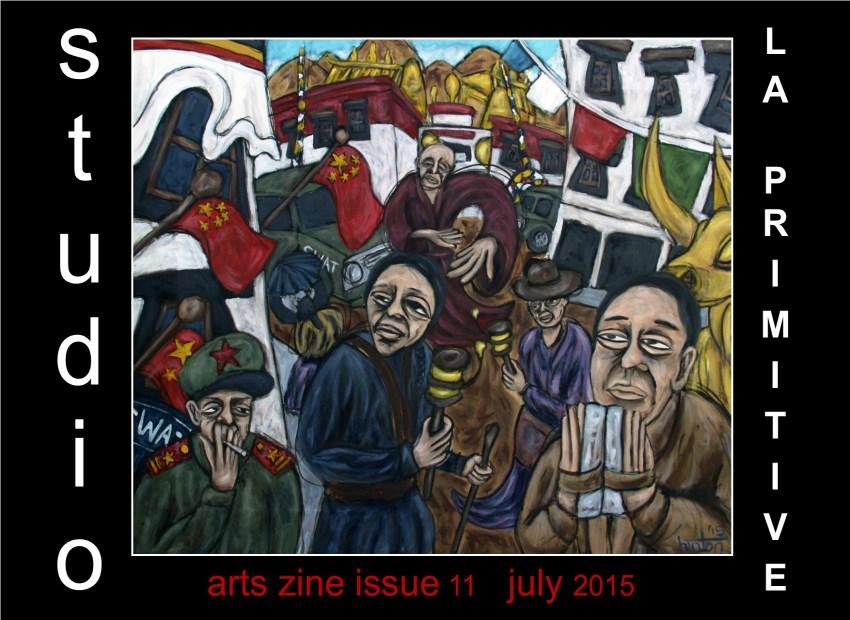
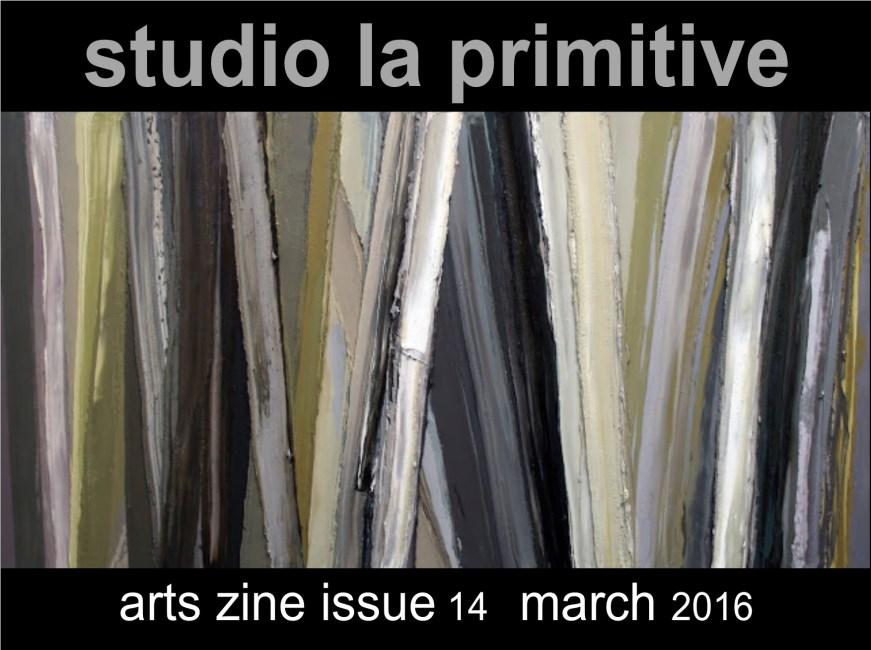


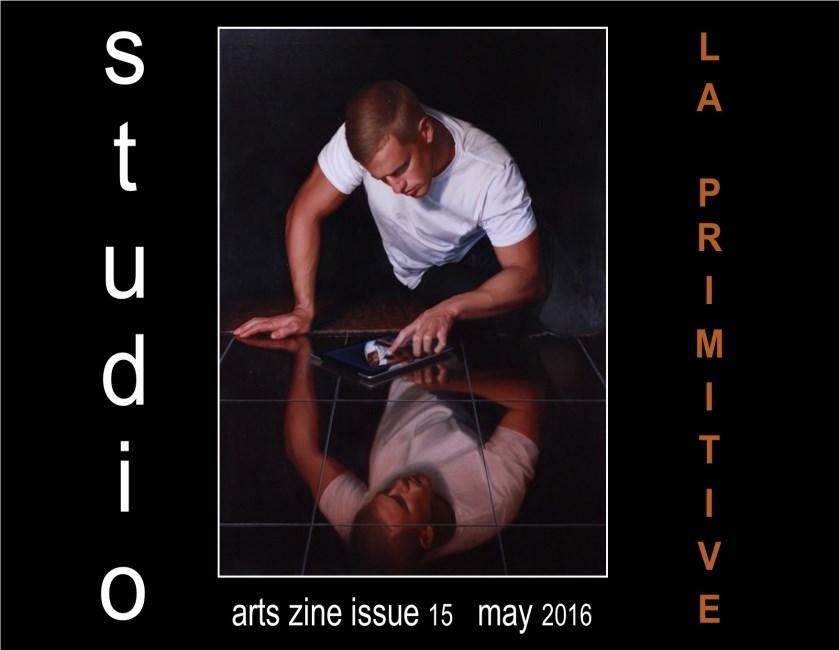
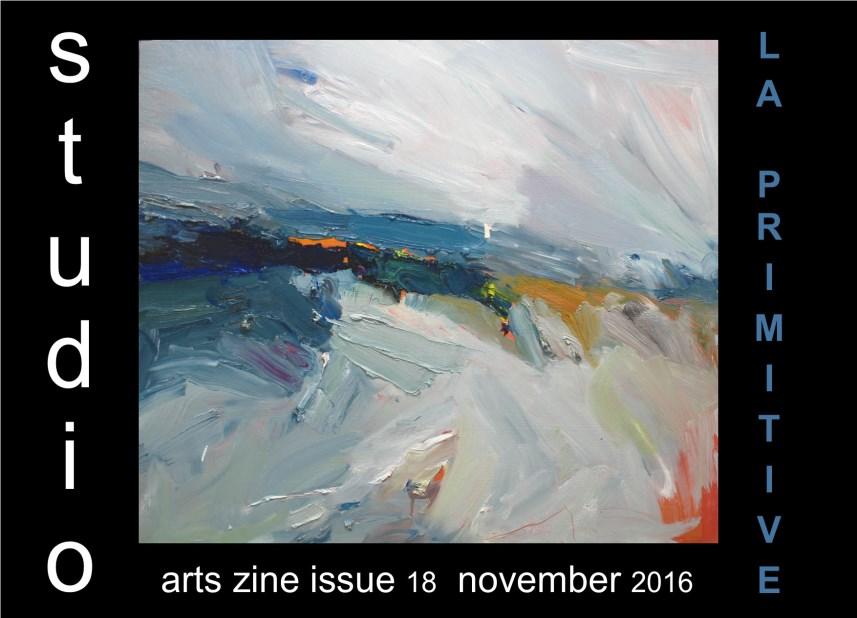
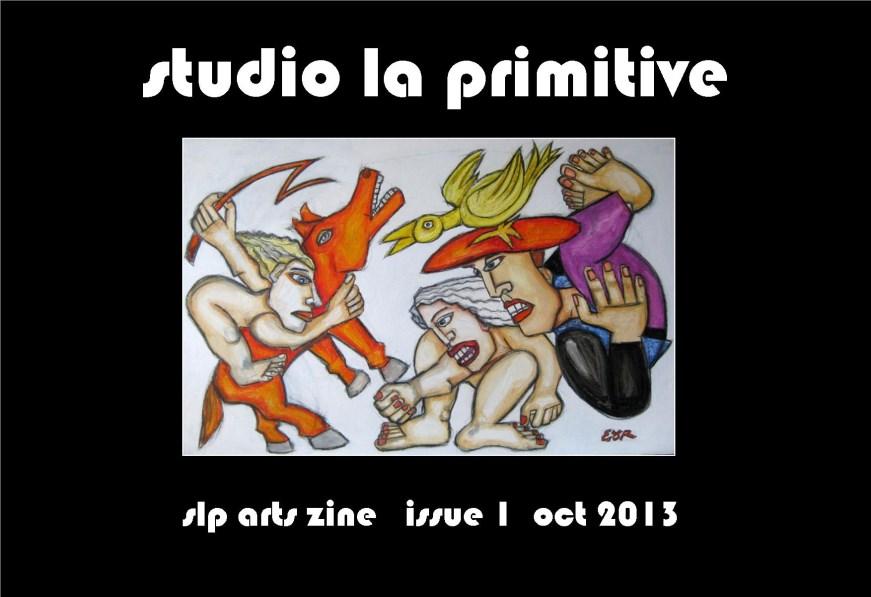


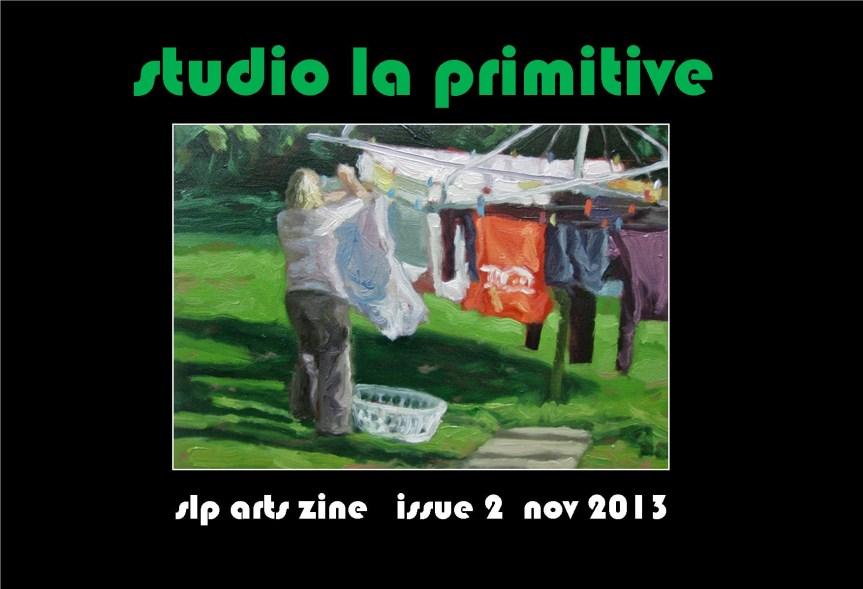
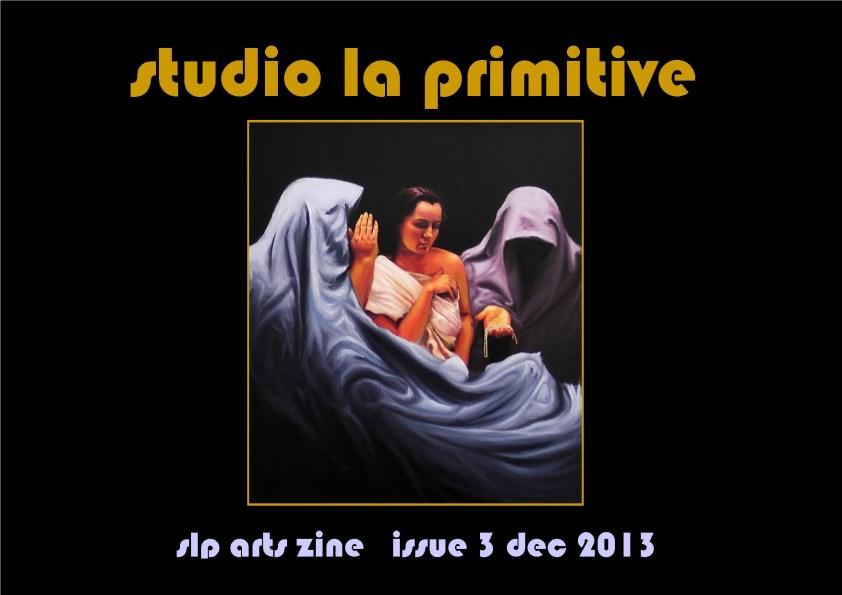
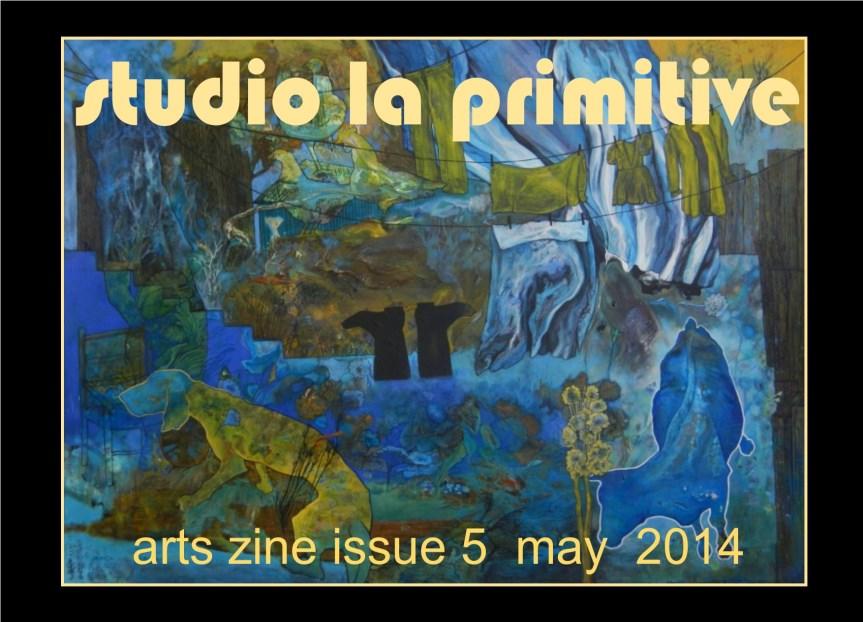
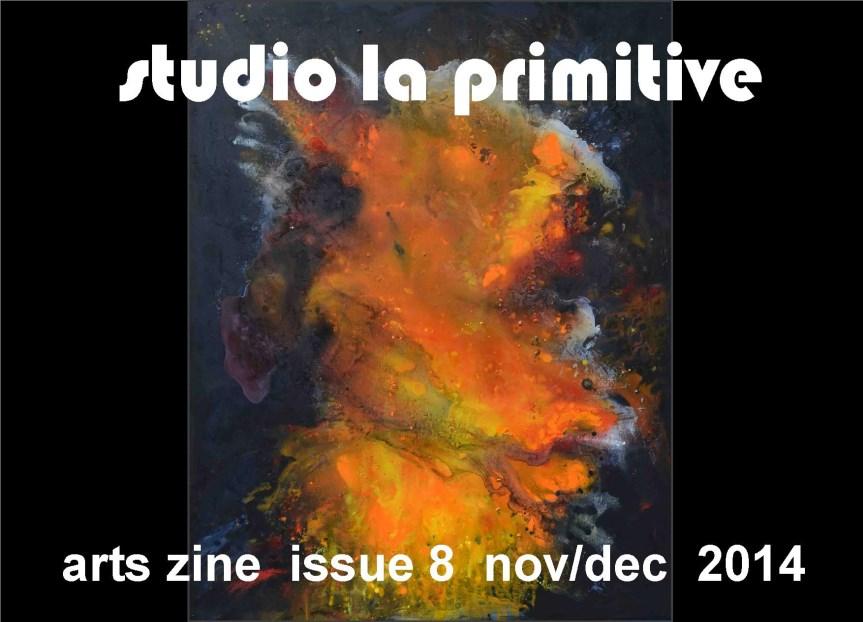

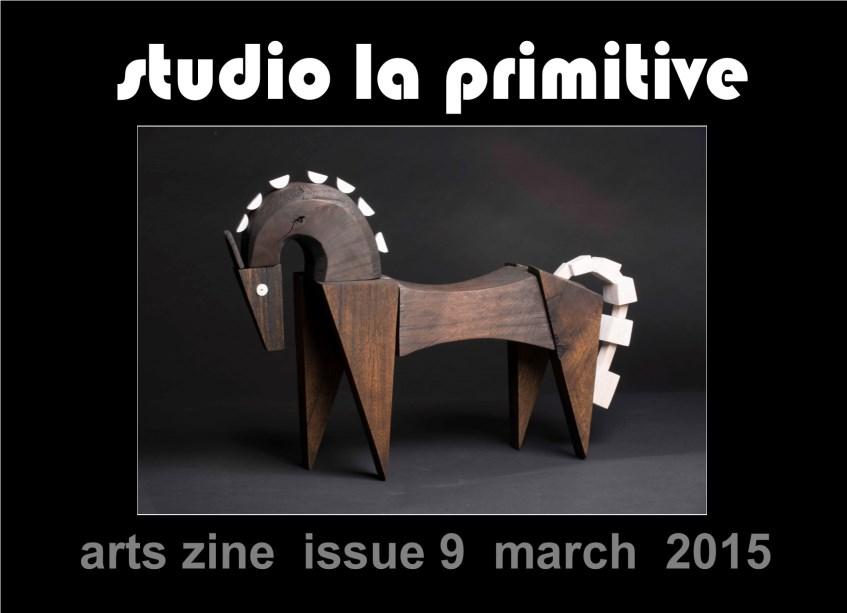
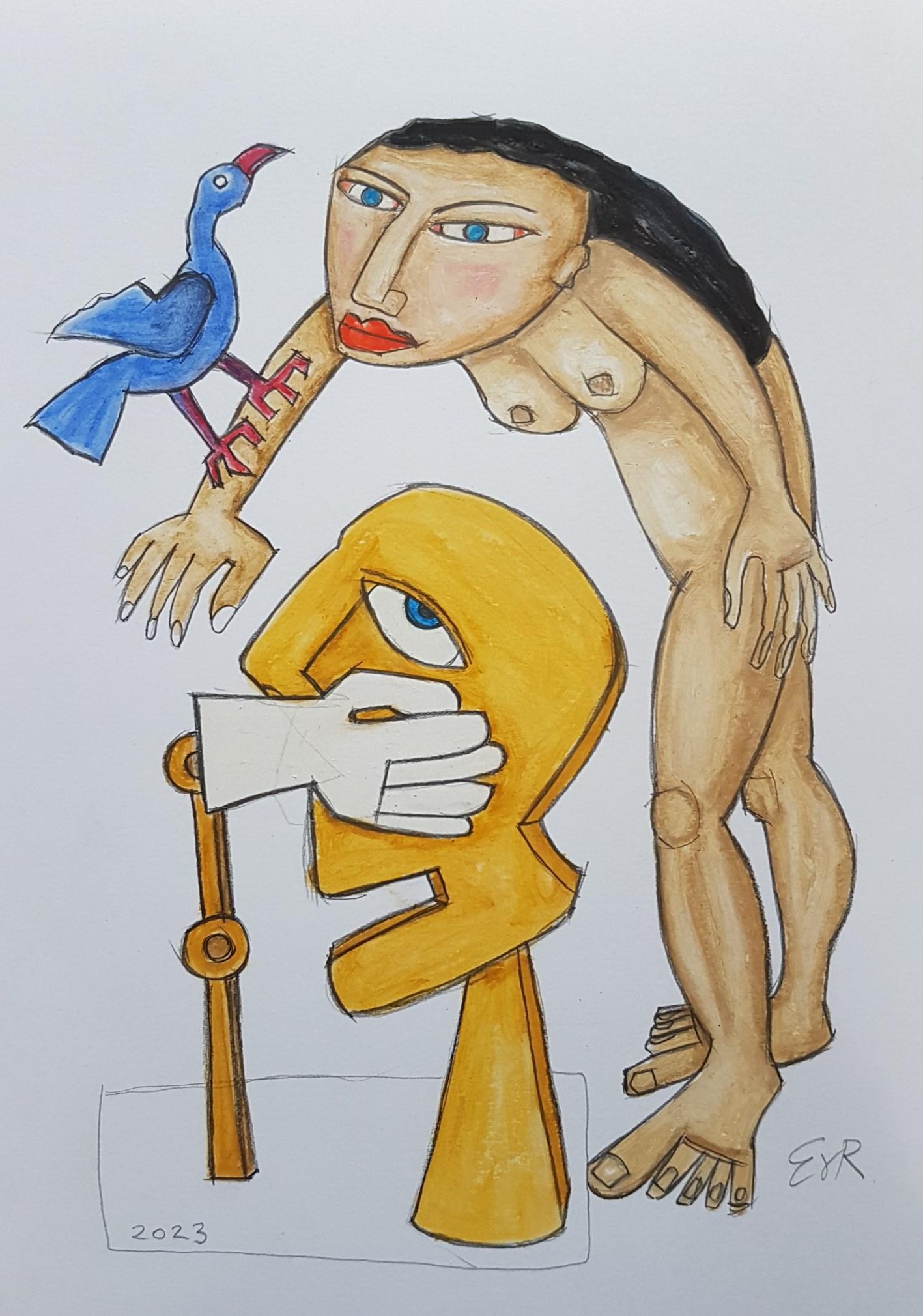
L A P R I M I T

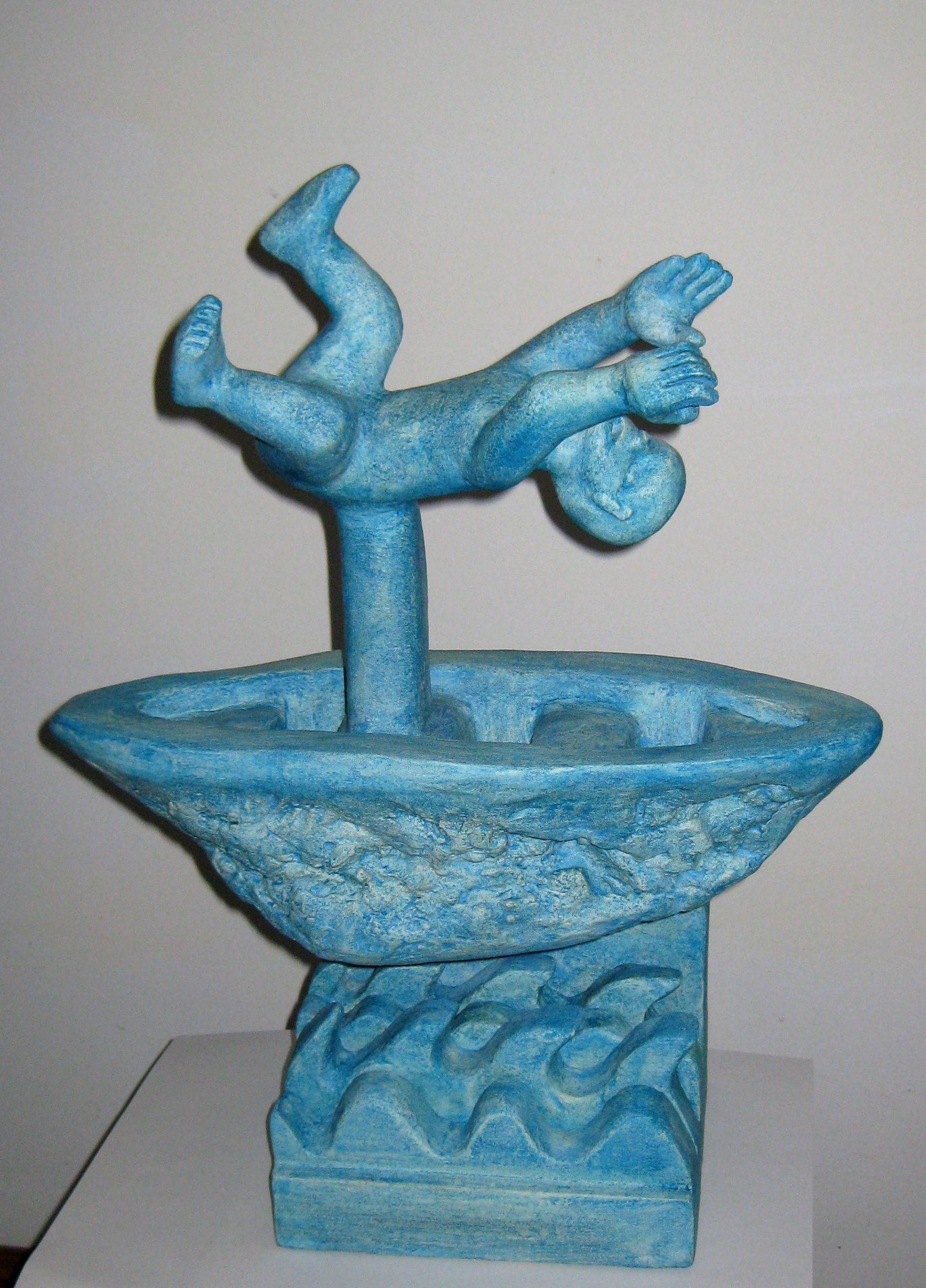
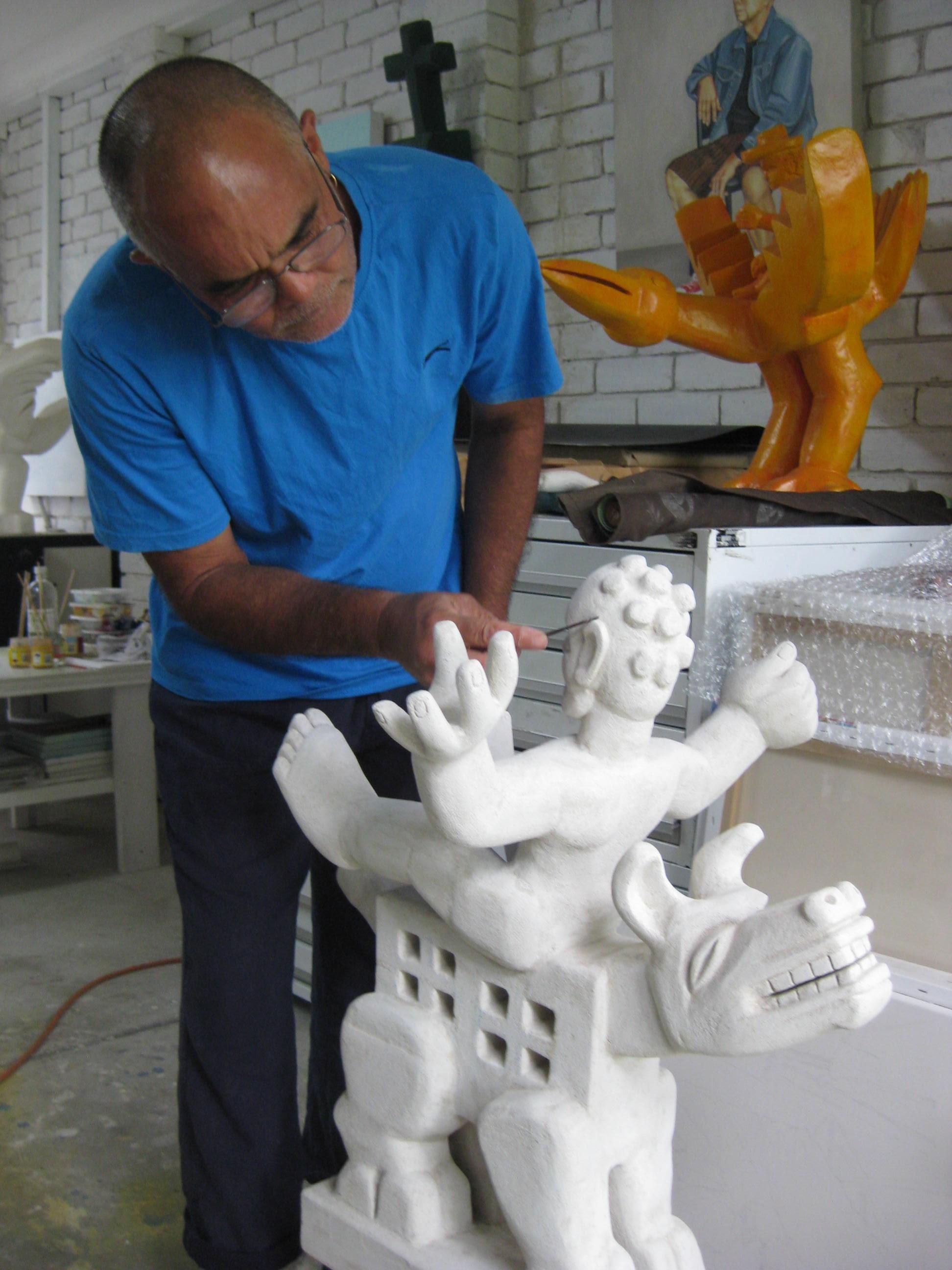


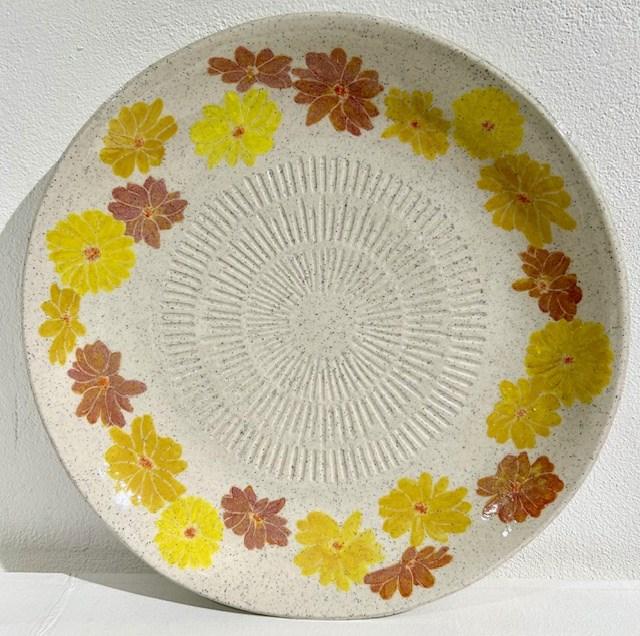
https://timelesstextiles.com.au/product

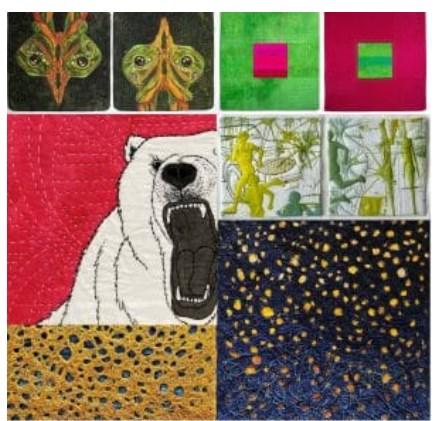
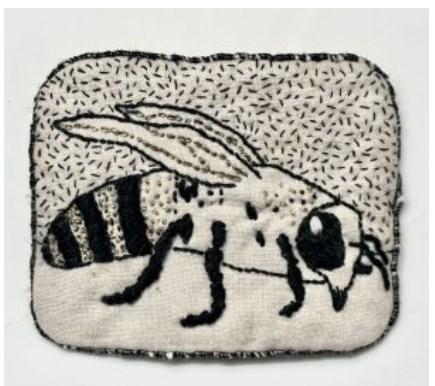

14 August - 16 September
Joining Threads: SAQA
18 September - 20 Oct
Wings and Friends with Lanny Bergner: Group show
23 October - 24 November
An Odyssey Into Stitch, Creativity and Mindfulness: Cathy Jack Coupland
27 November - 15 December
Brooching the Subject #8 2024
A L E N D A R

90 Hunter St. Newcastle, NSW. https://timelesstextiles.com.au/
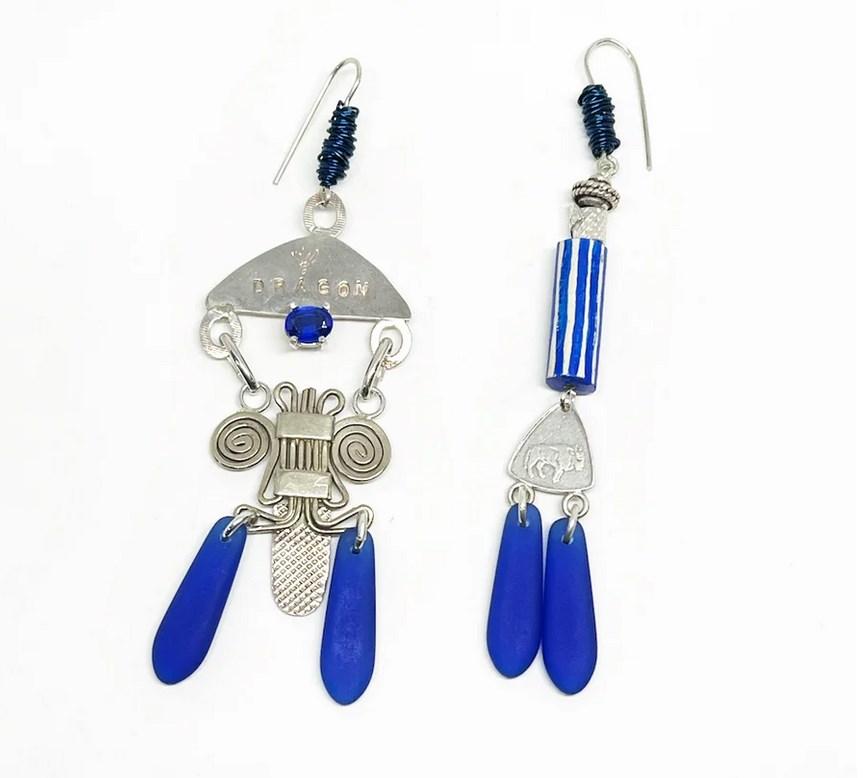
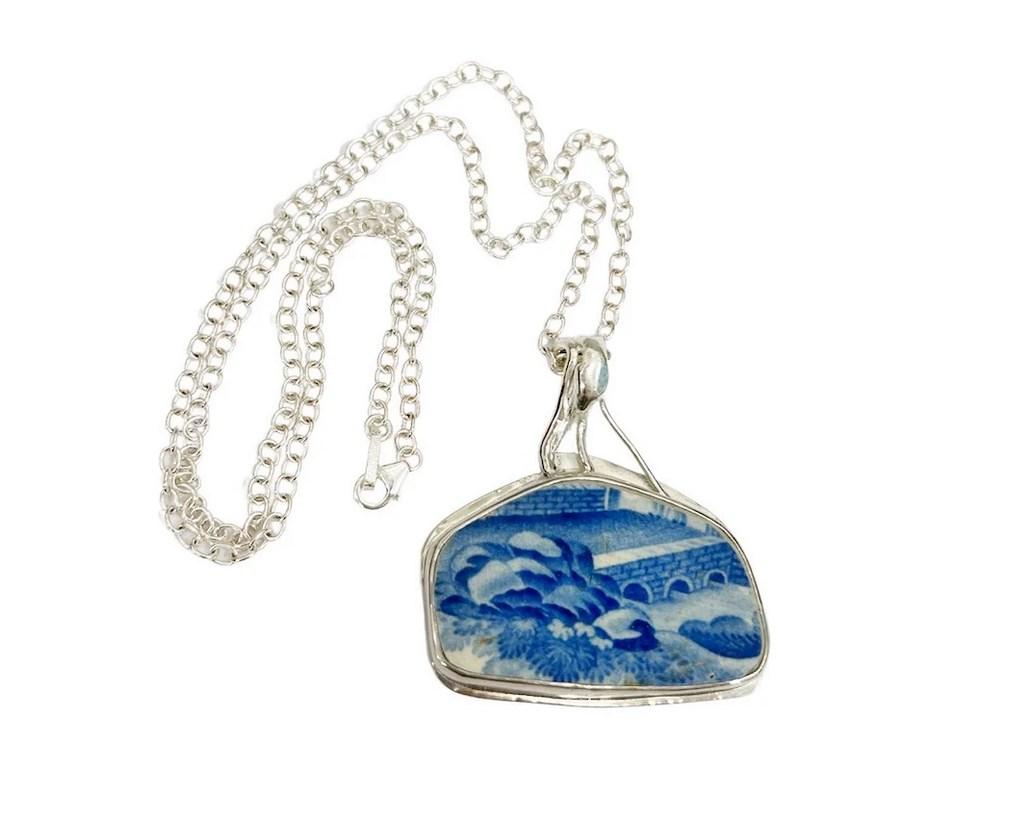
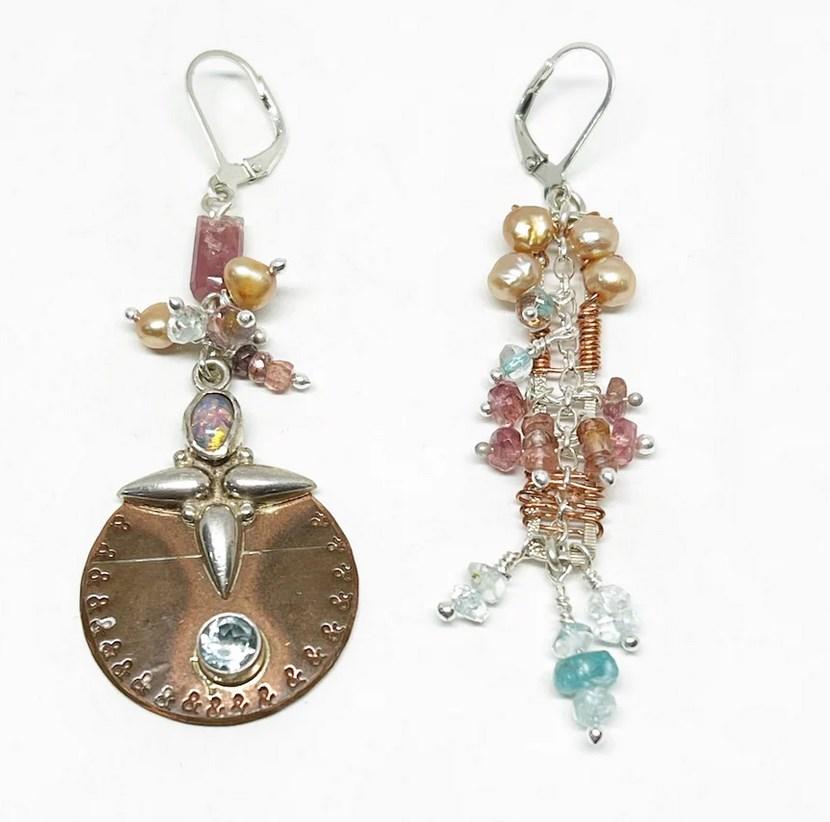




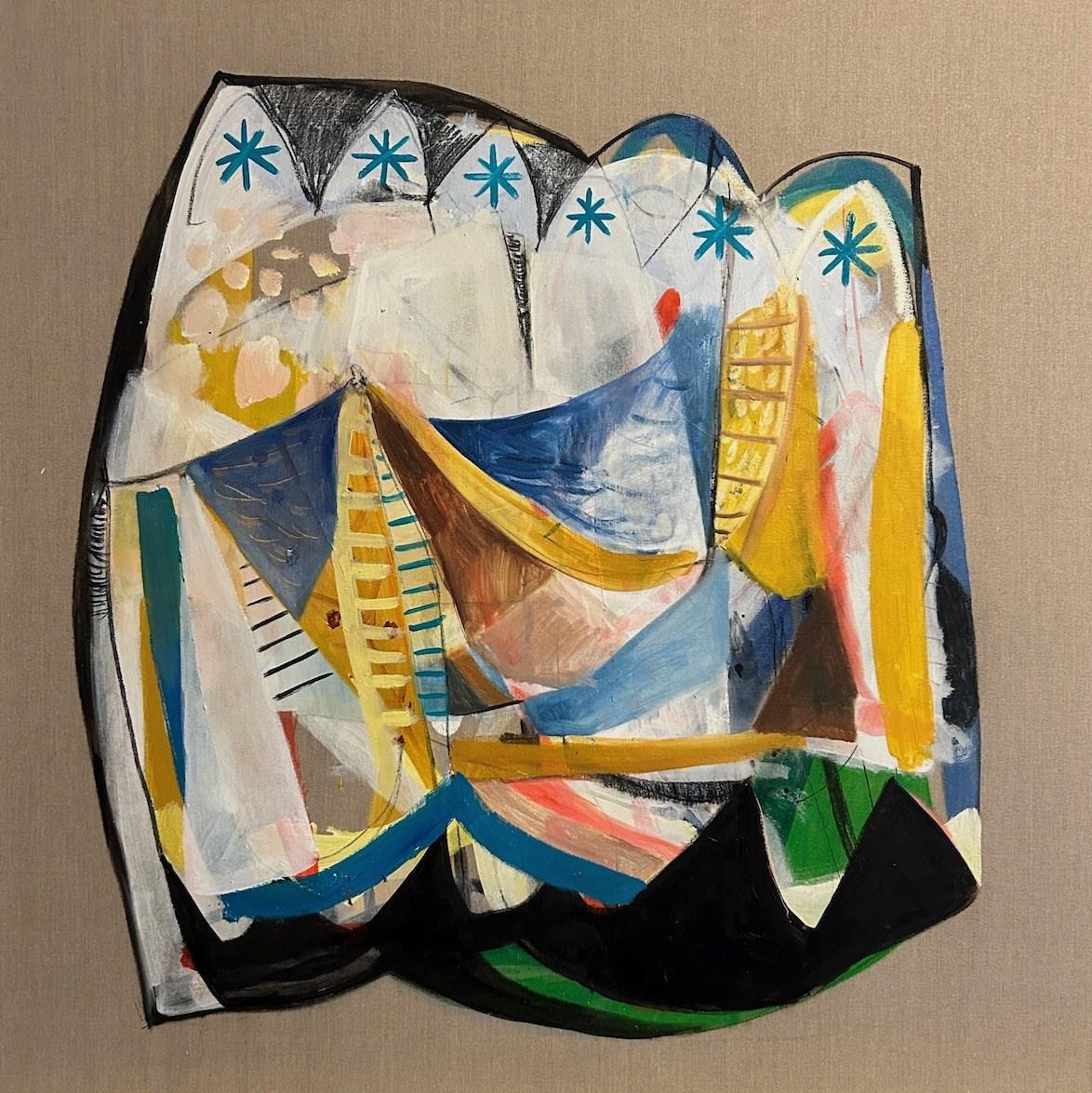
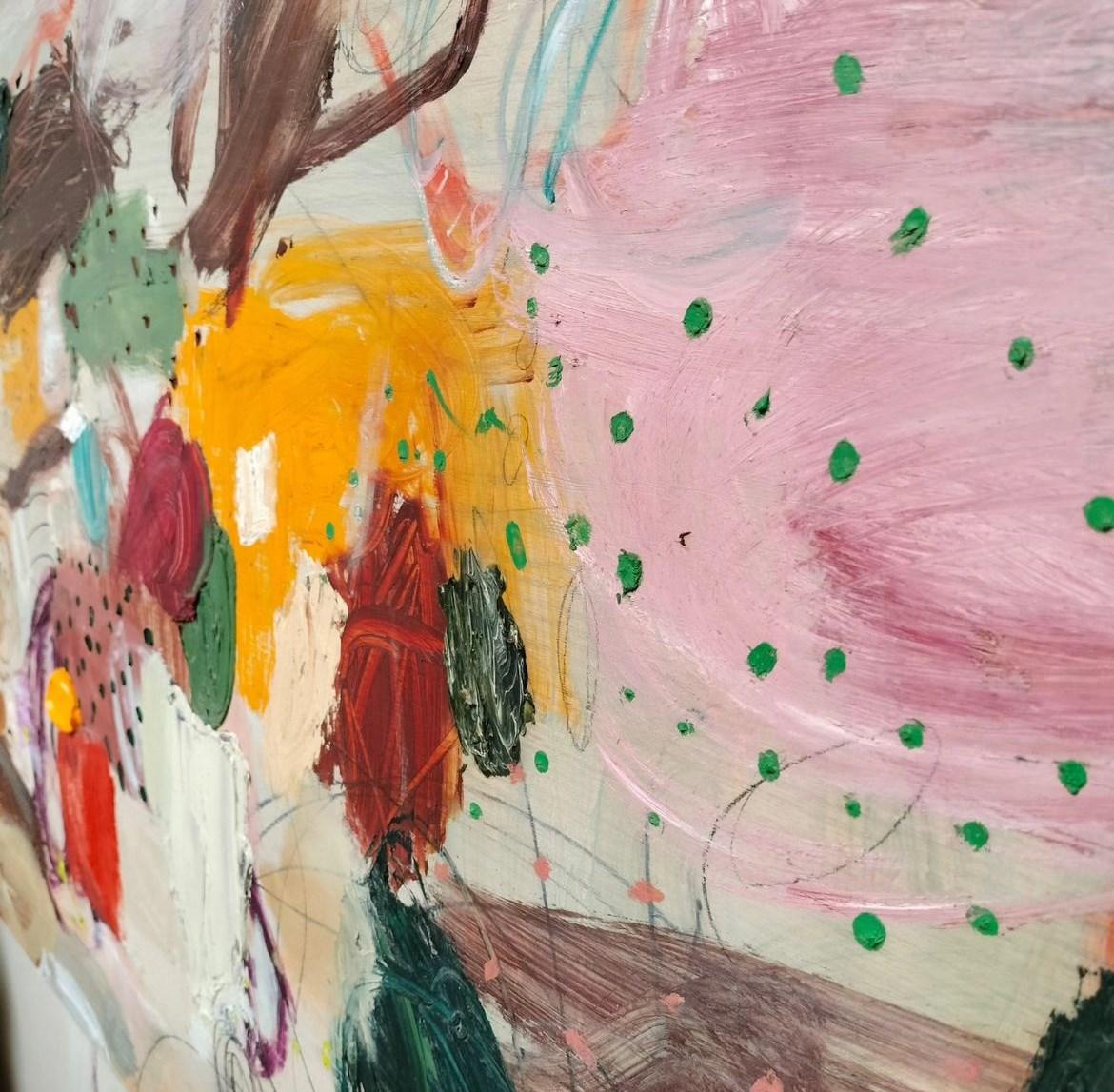
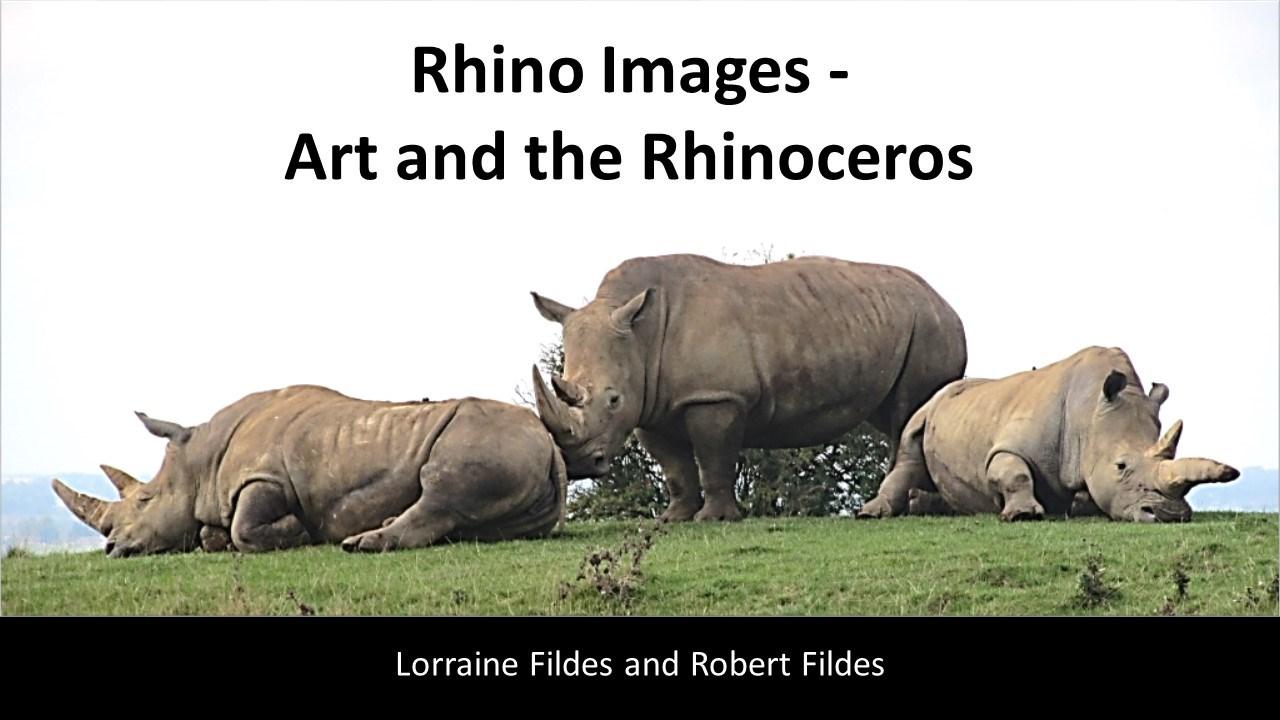
Lorraine Fildes and Robert Fildes.
Art and the Rhinoceros - There are over three hundred Rhino images in this book.
Whether in the ancient past or in the present the rhinos are always represented as huge, powerful and solitary animals. The book includes paintings, drawings, woodcuts, etchings, rock carvings and sculptures of the rhino all depicting the power of the animal.
These images of the rhino range from early civilisations such as in China, Roman Empire, Indus civilisation in Pakistan/ India area and from Southern Africa down to current day images of paintings and sculptures produced by modern day artists.
The text indicates where you may find these wonderful images as well as the websites of the artists concerned, the caves where the rhino images have been found and the places where posters use the rhino image.
There are very few of these magnificent wild animals left in the world, so unless they are protected and managed, artistic images will soon be the only viewing option.
Rhino Images – Art and the Rhinoceros, First Edition, 2017, is available for download at The Rhino Resource Centre web site.
Direct Link : http://www.rhinoresourcecenter.com/index.php?s=1&act=refs&CODE=ref_detail&id=1518479271
Page 218 : White Rhino crash at Whipsnade Zoo, England. Image: Robert Fildes © 2019.
C R A I G W I L E S

C R A I G W I L E S